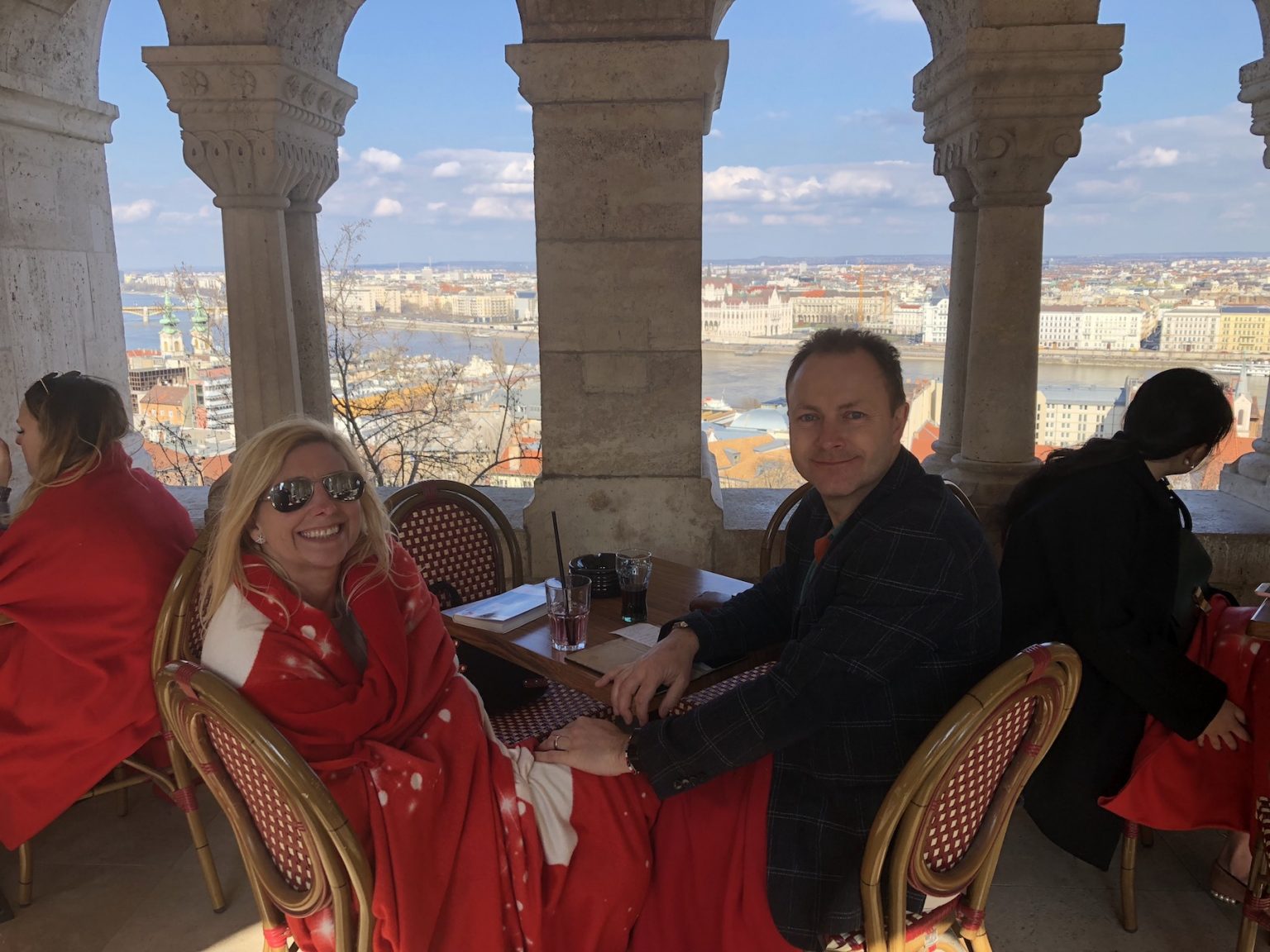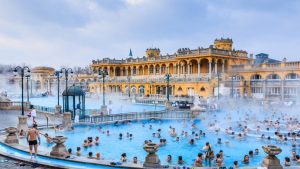🙂 LOVED this City break! Delicious street food, interesting history, hot baths and great for exploring on foot… highly recommended!
🙁 Nothing negative to report!
Paul and I had booked Budapest for an early 23rd wedding anniversary in 2018 over the Easter weekend. We took the early morning 2.5hour Ryanair flight from Stansted Airport. The currency is the Hungarian Forint but Euros are also widely accepted. We were highly excited for a few gastronomic experiences which we’d pre-booked! The taxi service from the airport to our hotel was incredibly efficient and pre-paid from a booth within the airport. Our selected accommodation, the imposing Danubius Hotel Gellért overlooking the Danube River is housed in the same building as the hot Gellért Baths and has starred in several Hollywood films. We were delighted to be assigned with an enormous suite which has hosted an American President and the Dutch Queen in the past as well as always being reserved for a renown local concert pianist! We had great views across the river from our balcony. Very special. It felt like we had taken a step back in time to the communist era…
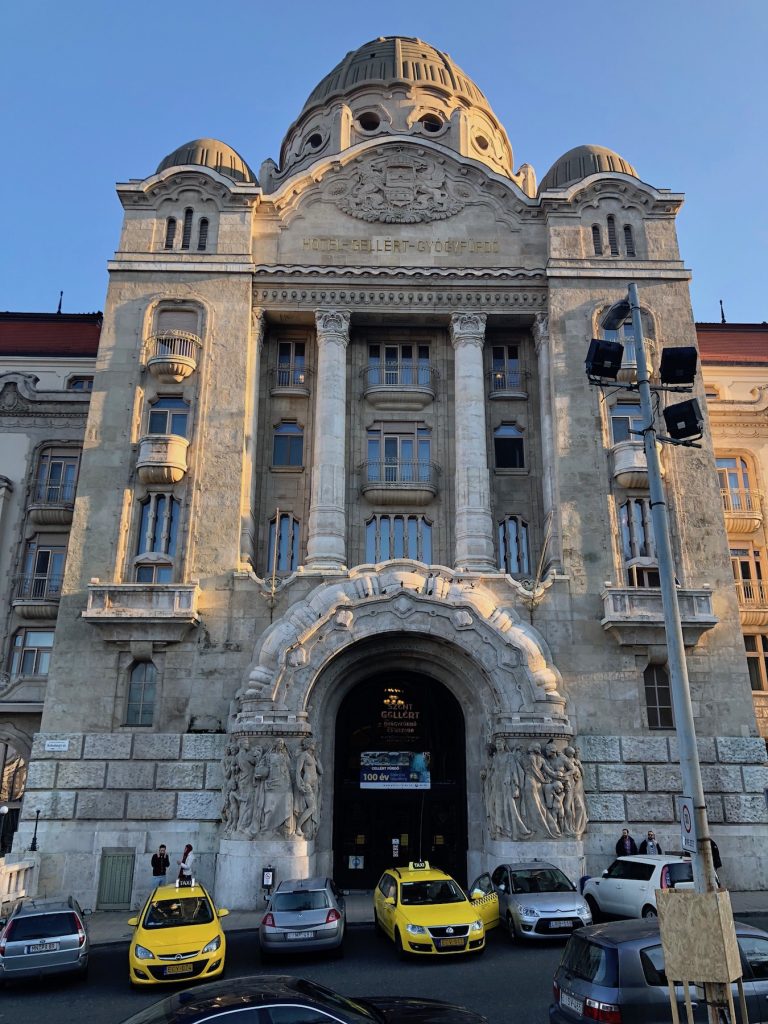
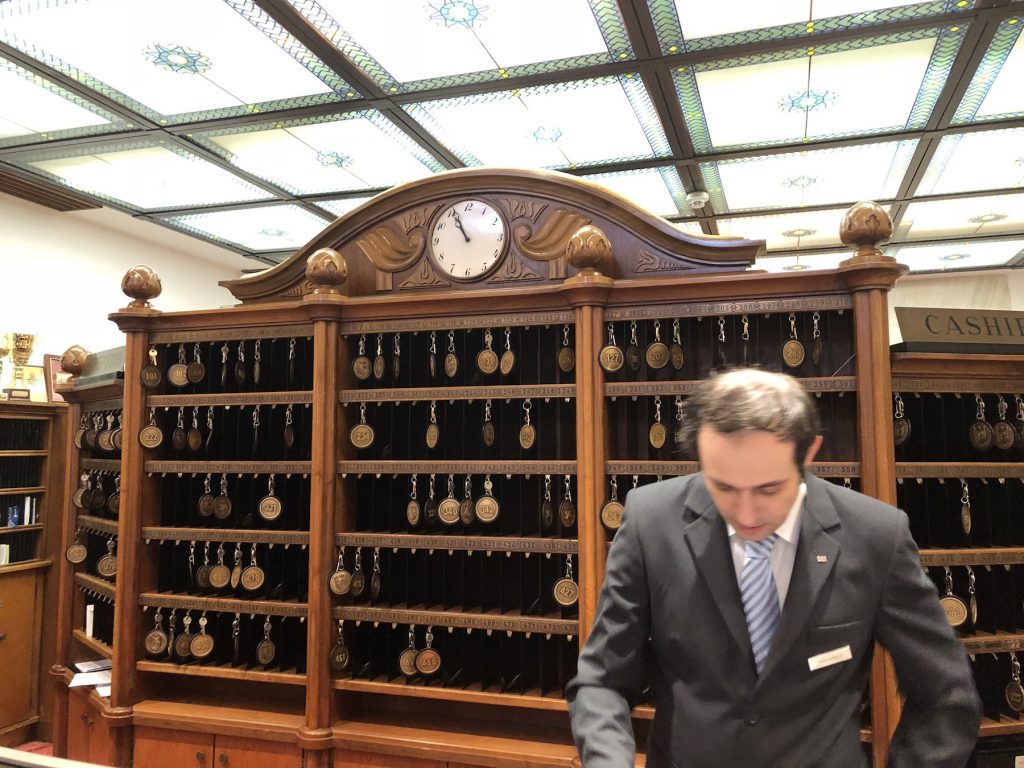
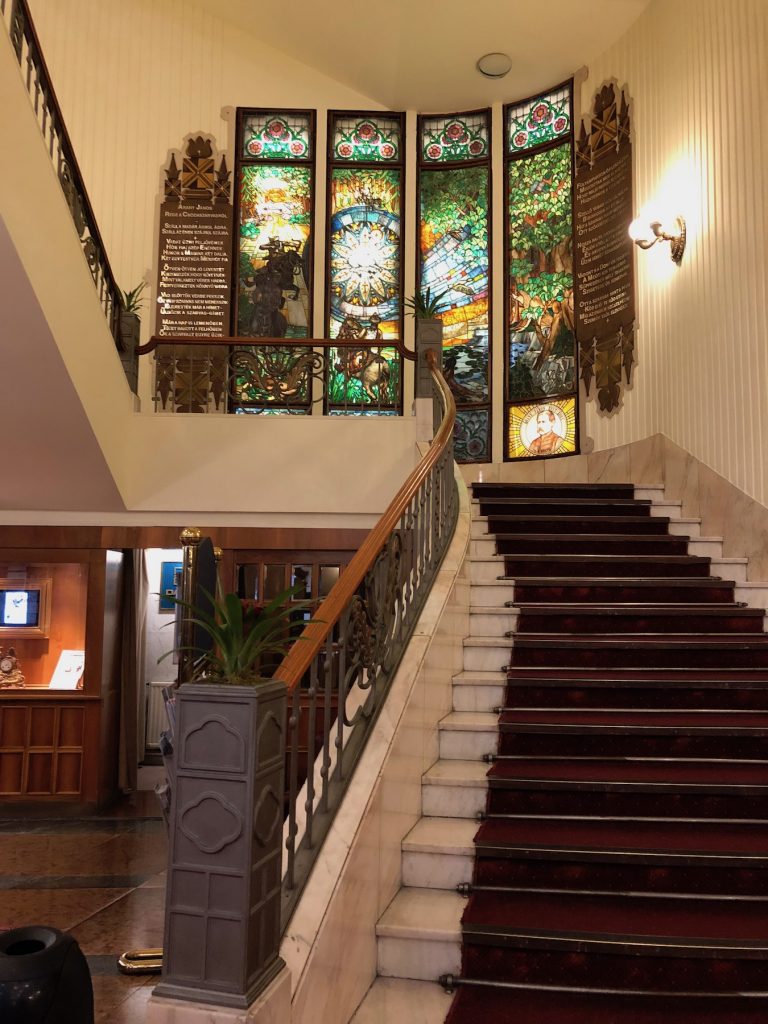
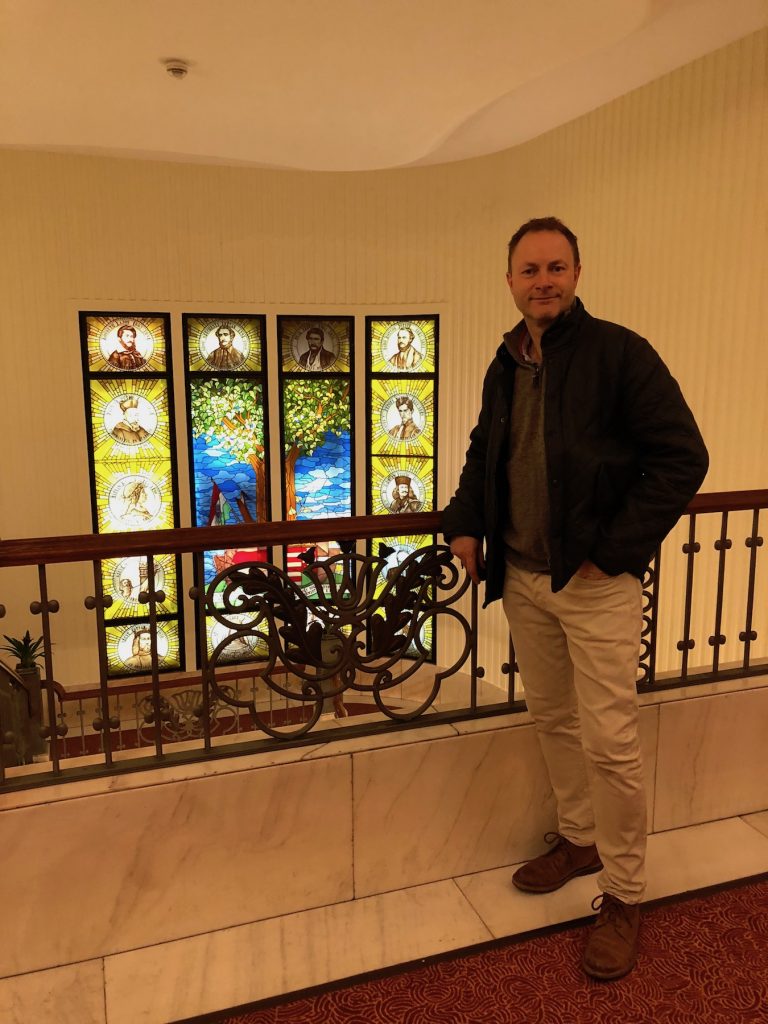
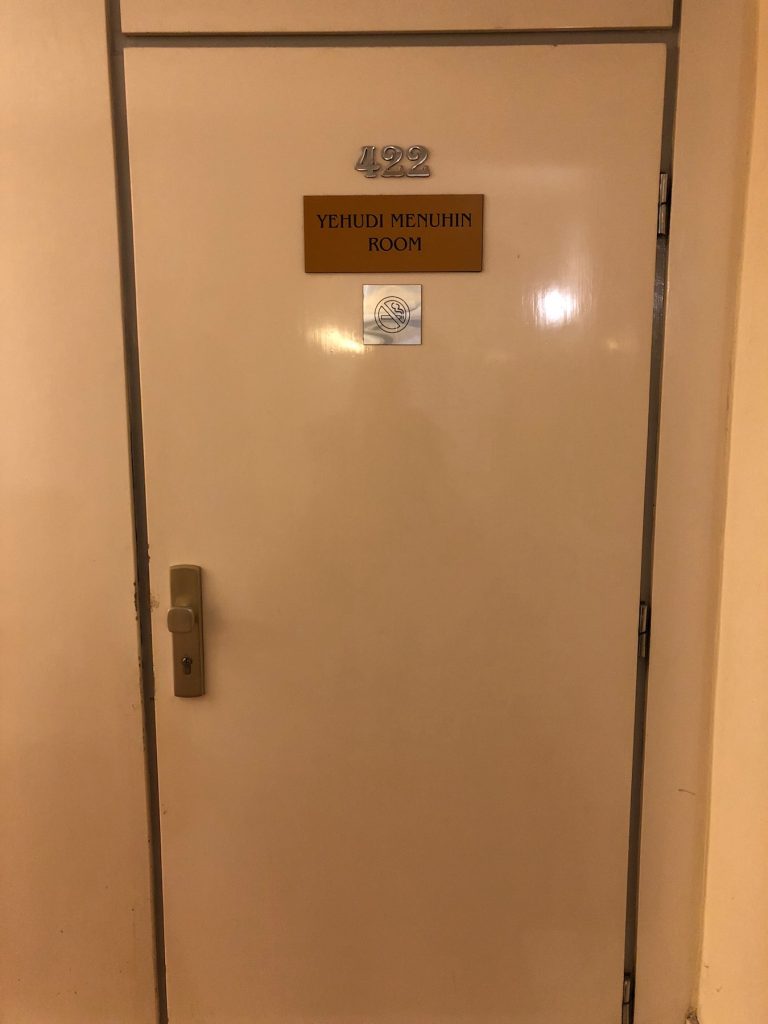
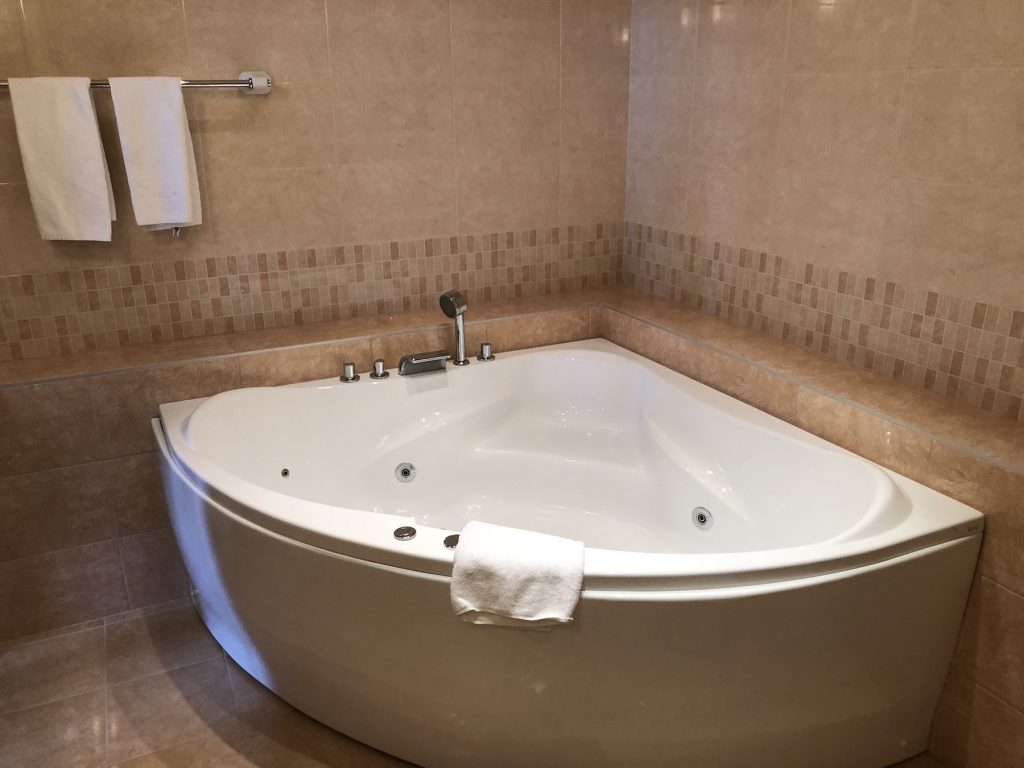
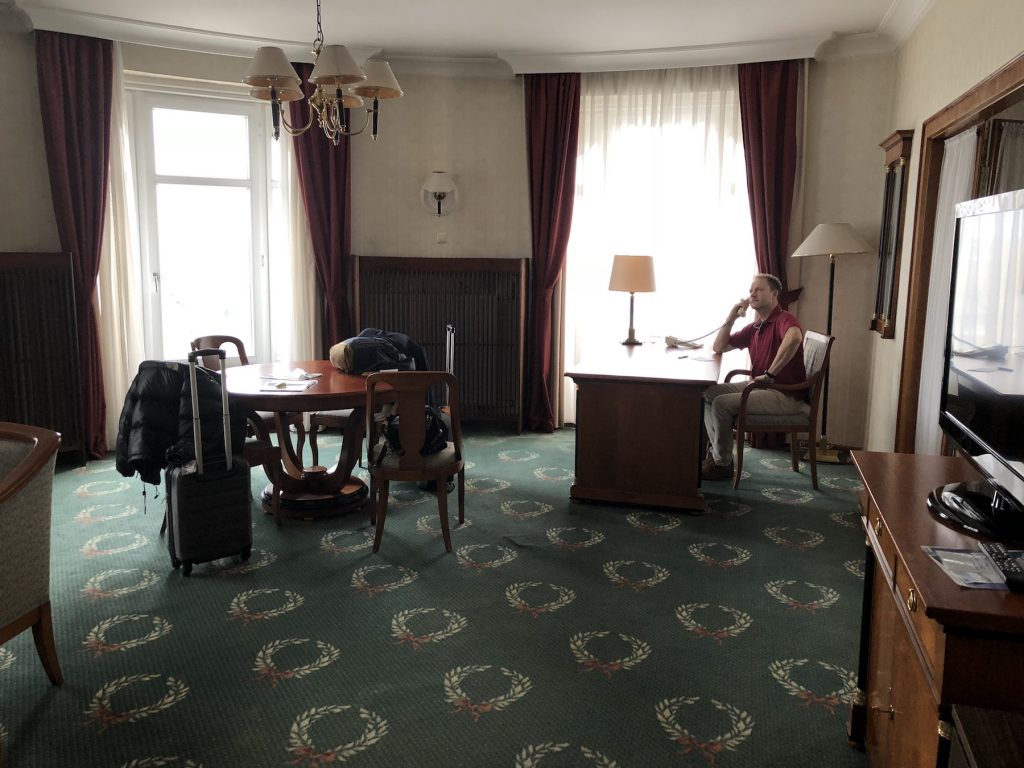
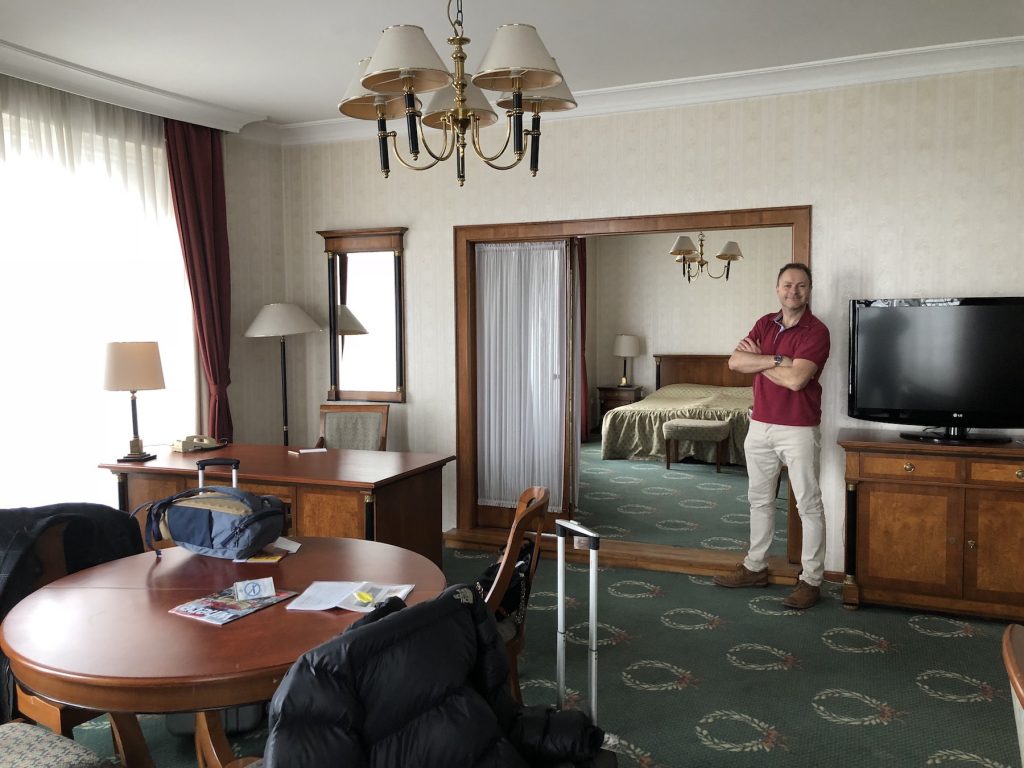
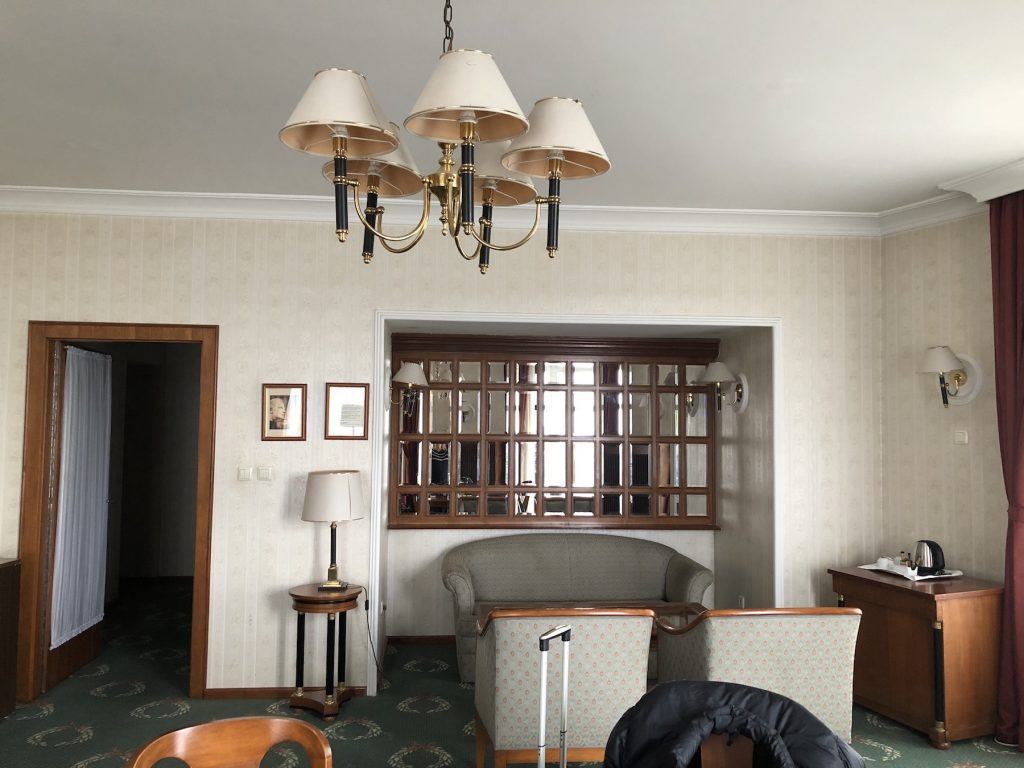
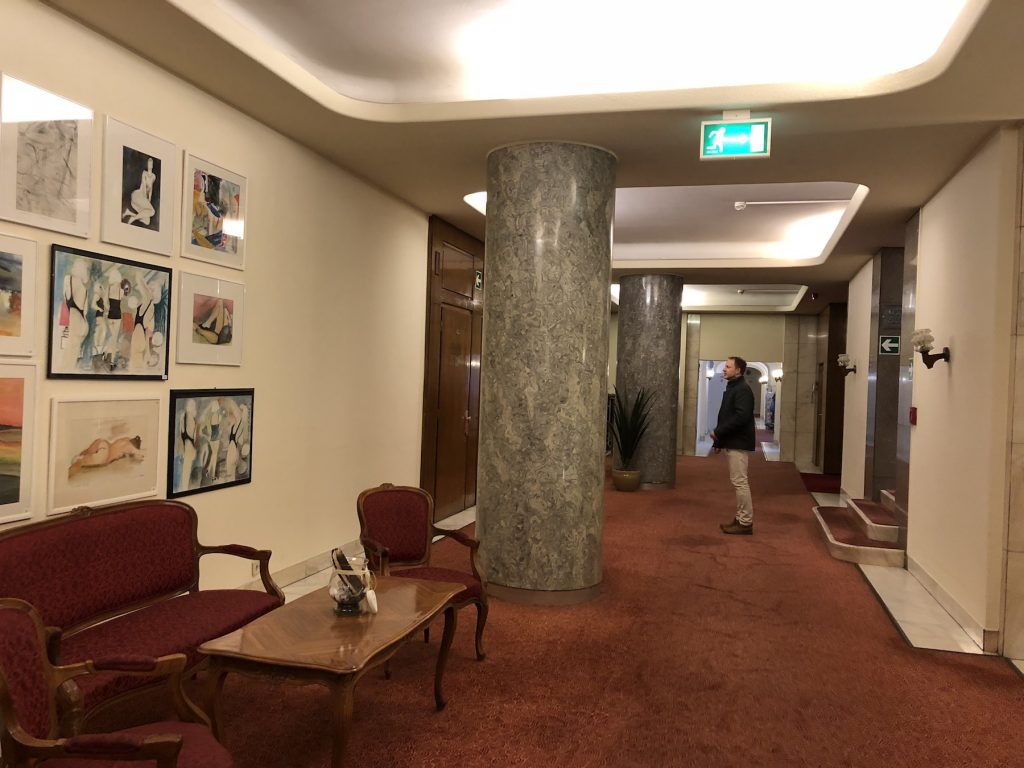
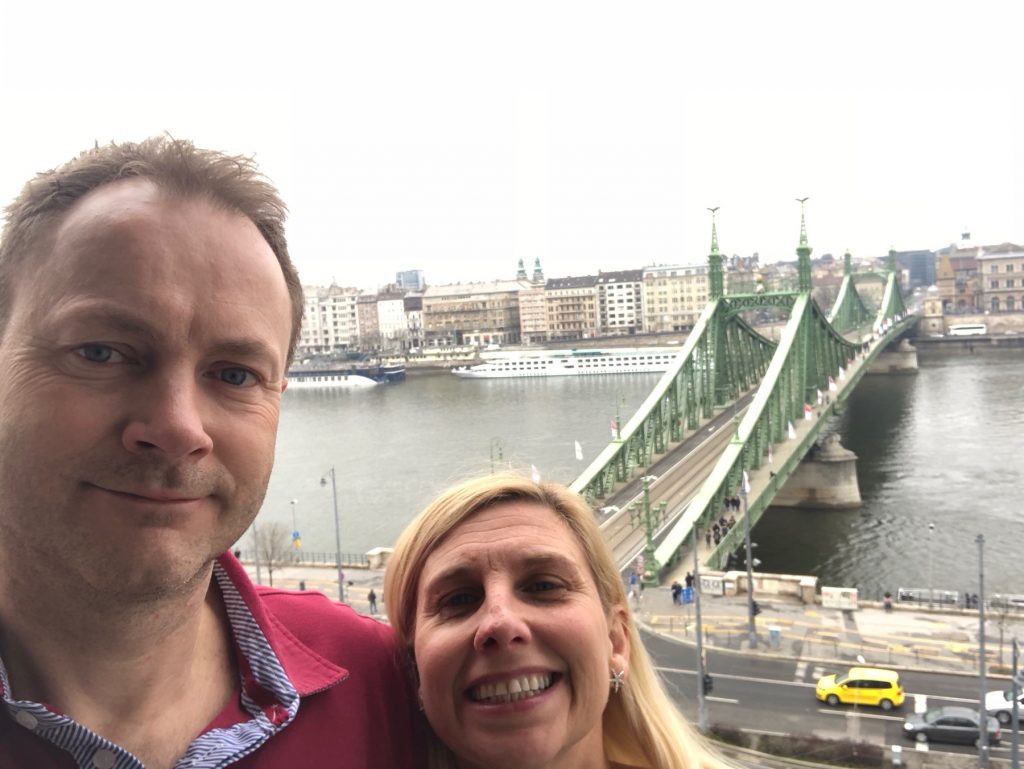
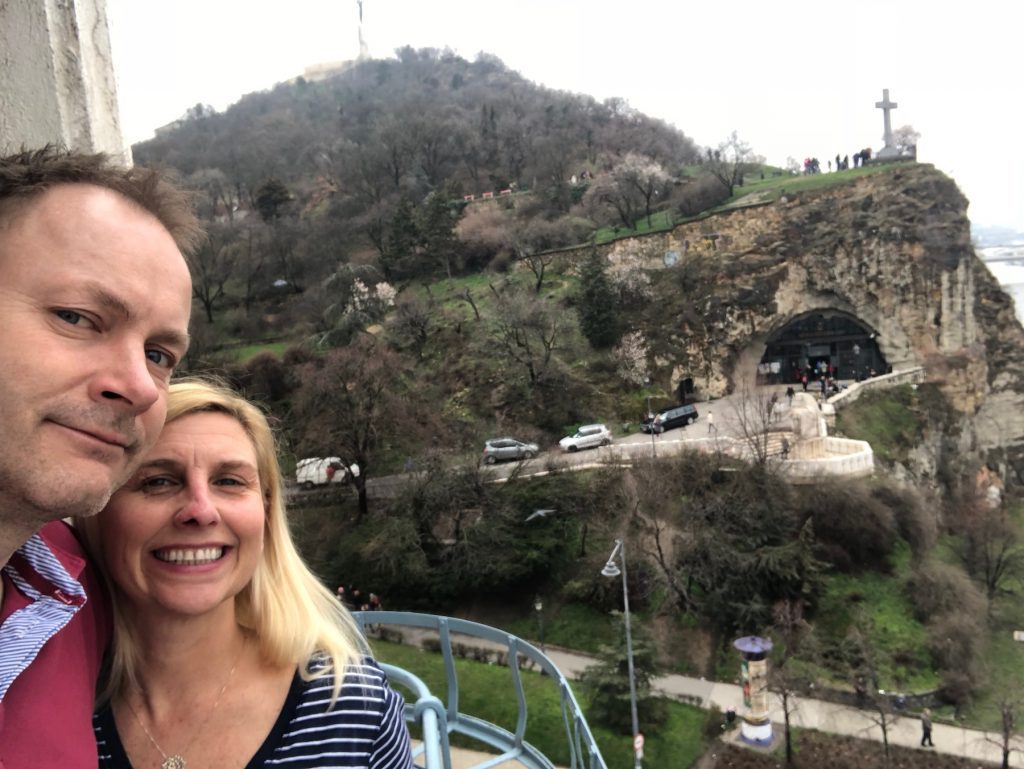
Once we had got over how amazing our hotel room was we set off to do some exploring. We found ourselves stopping every few metres just to take photos of the interesting sights.
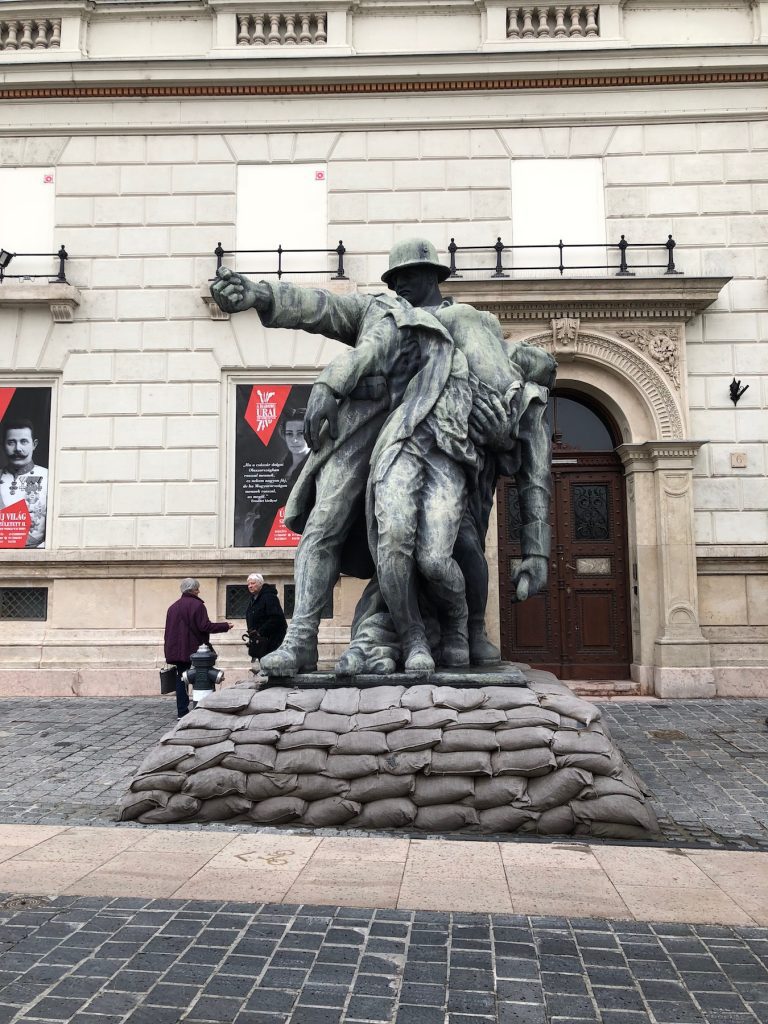
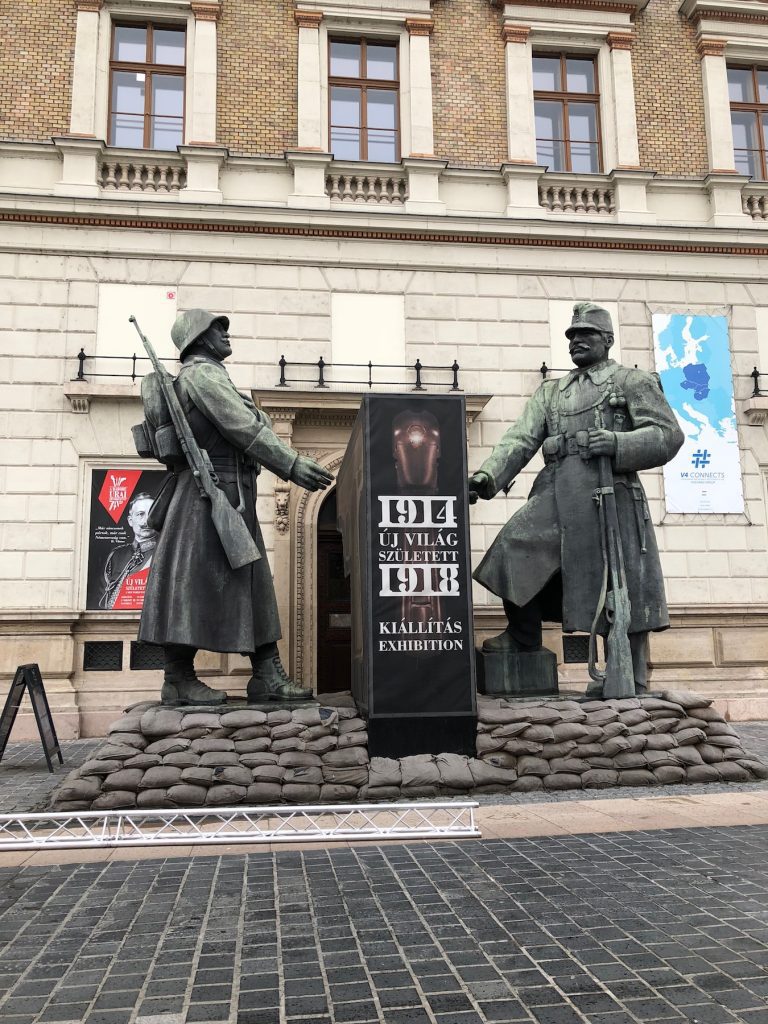
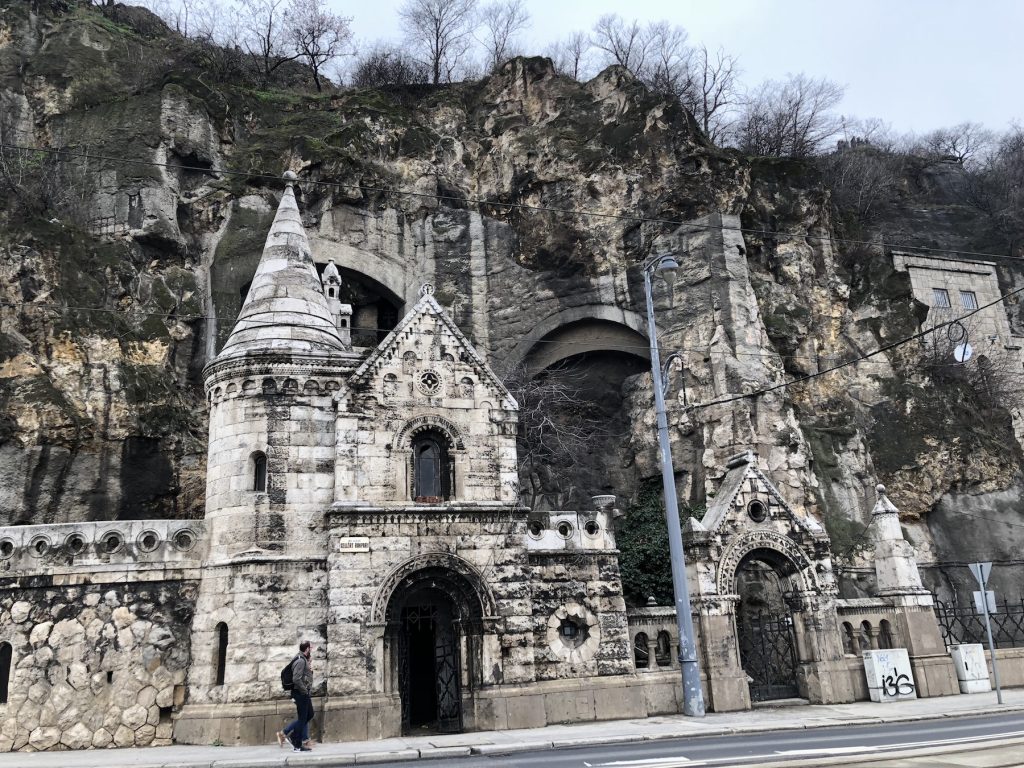
We headed to the Buda Castle Venicular but there was a big queue so we decided to walk. The Fisherman’s Bastion is one of the best known monuments in Budapest. Its 7 turrets represent Hungary’s 7 tribes. It was protected by the Guild of Fisherman in the Middle Ages, hence the name. There is a wonderful cafe where you can sit and take in the stunning views and people watch.
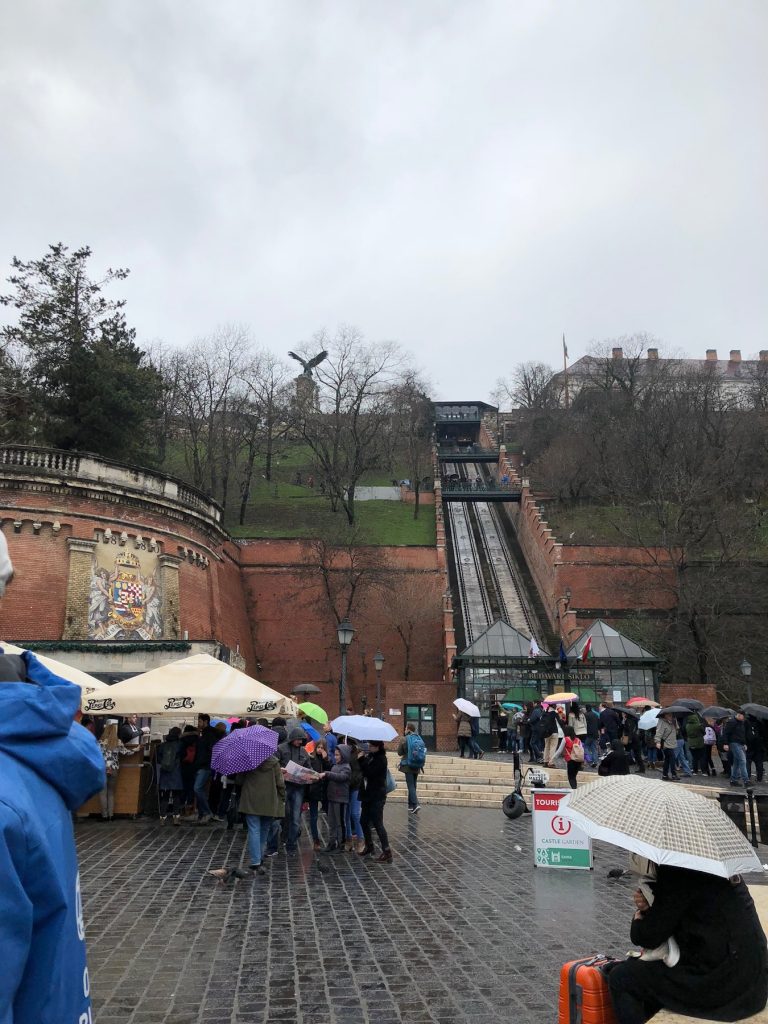
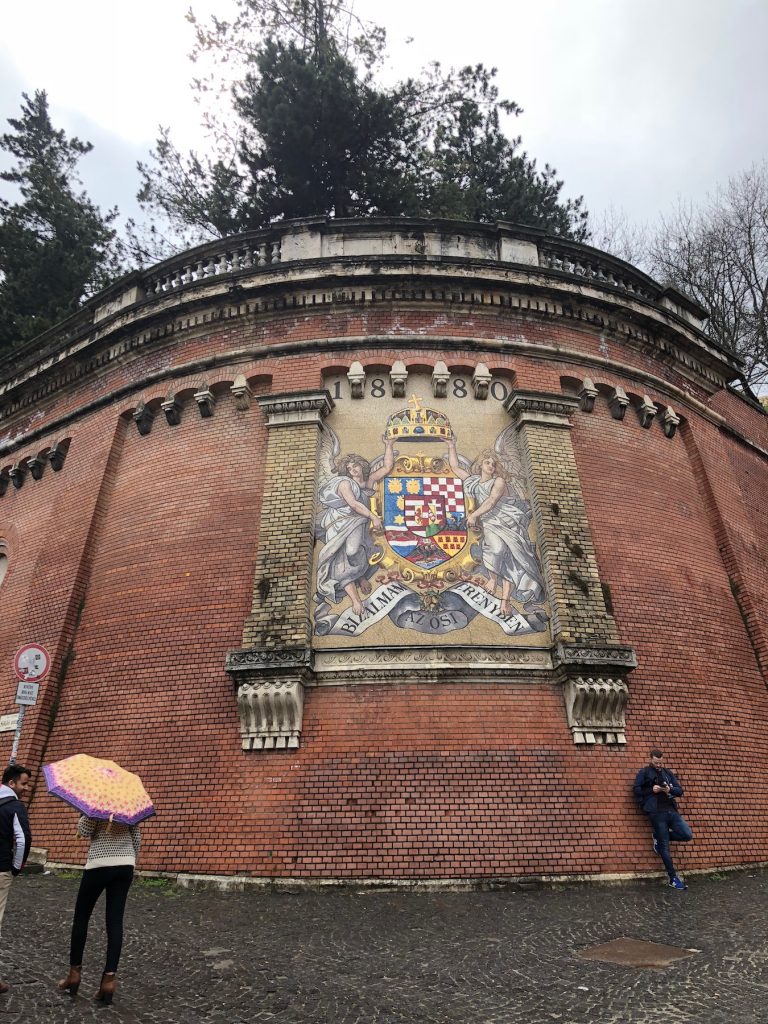
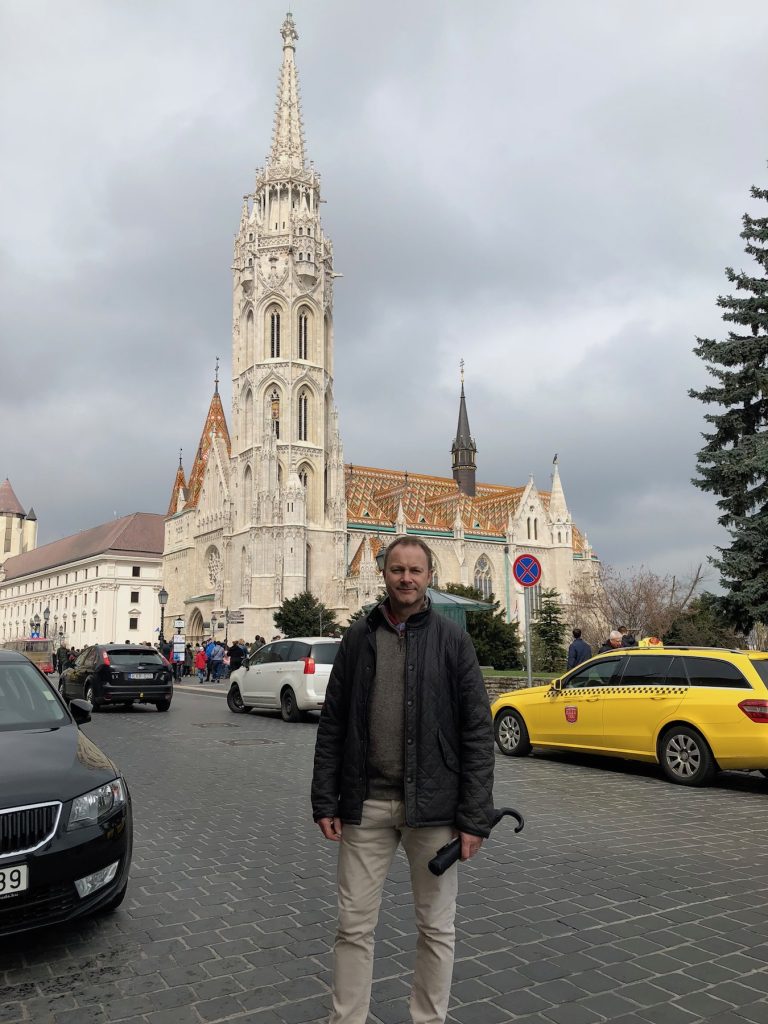
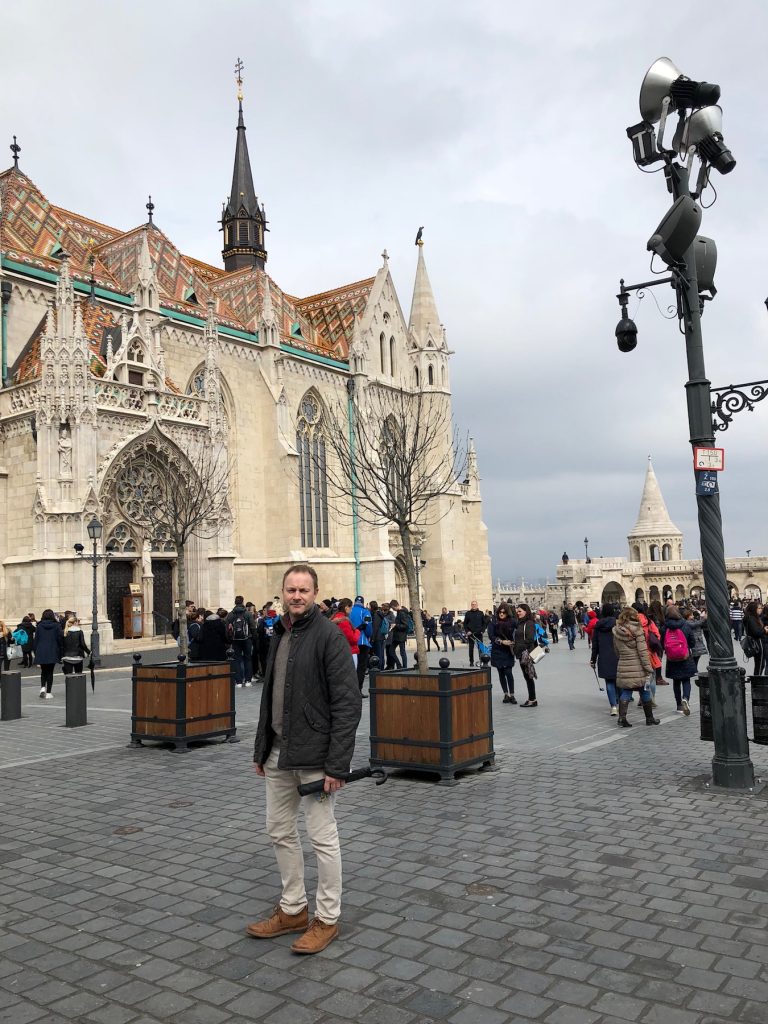
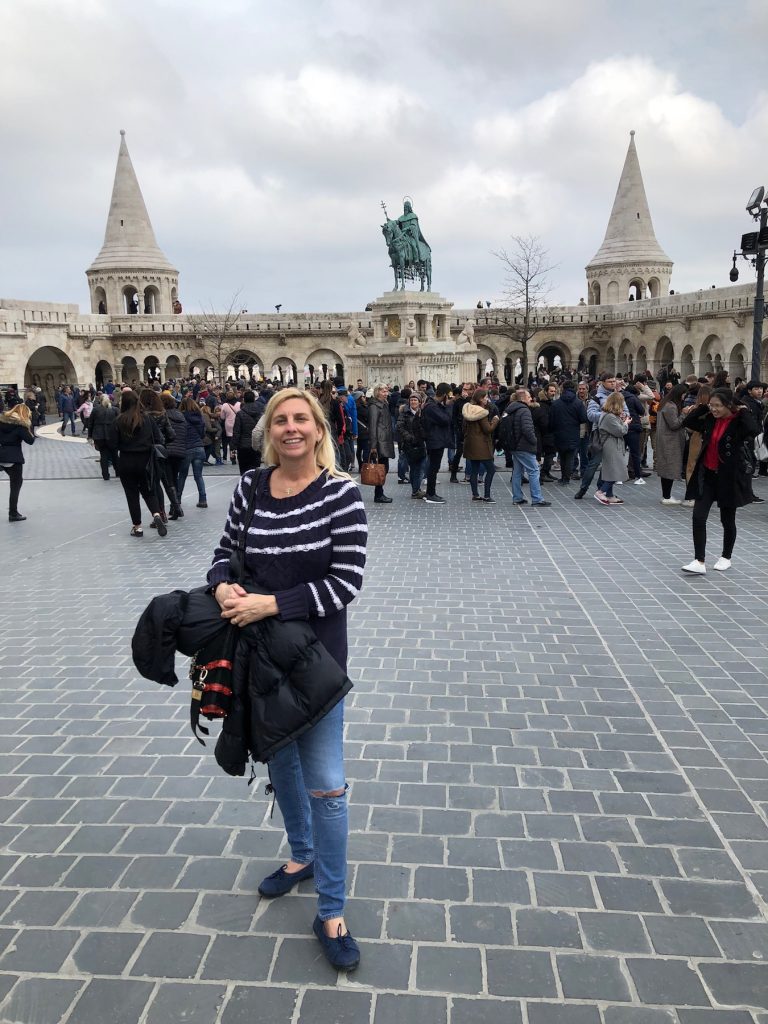
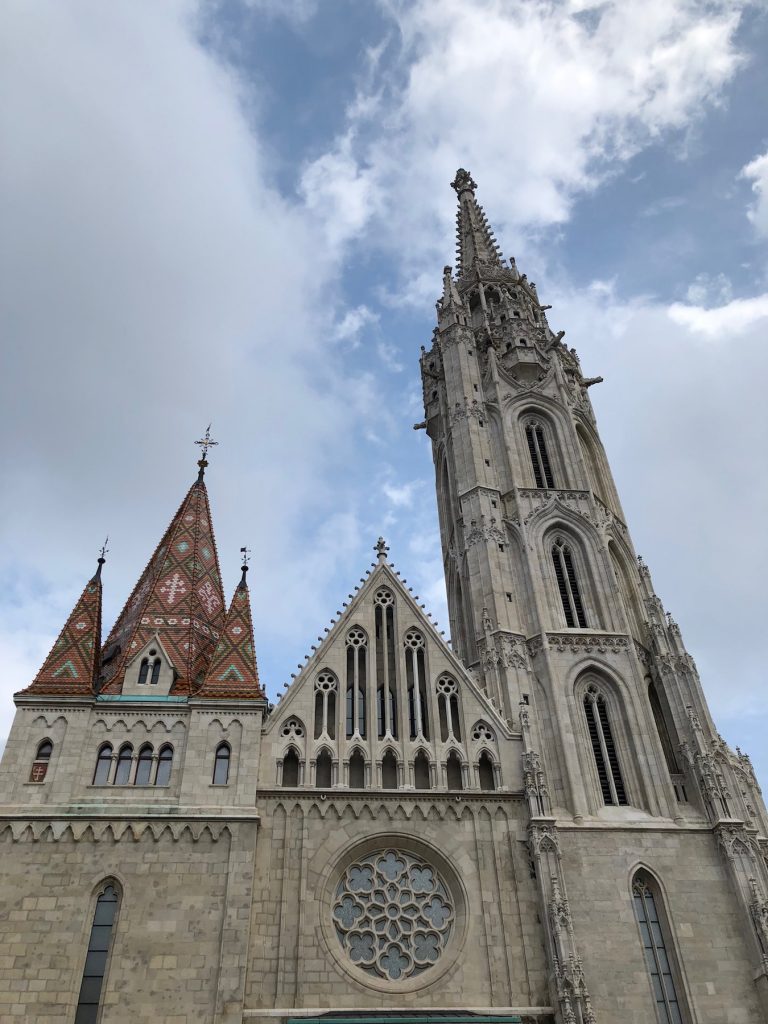
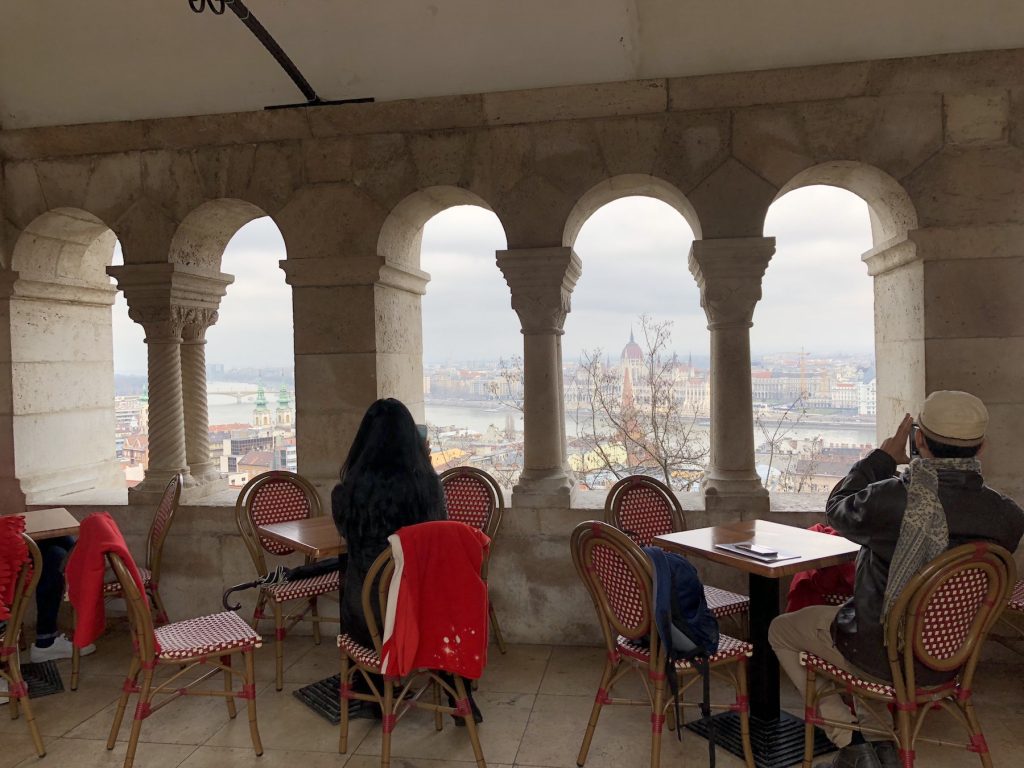
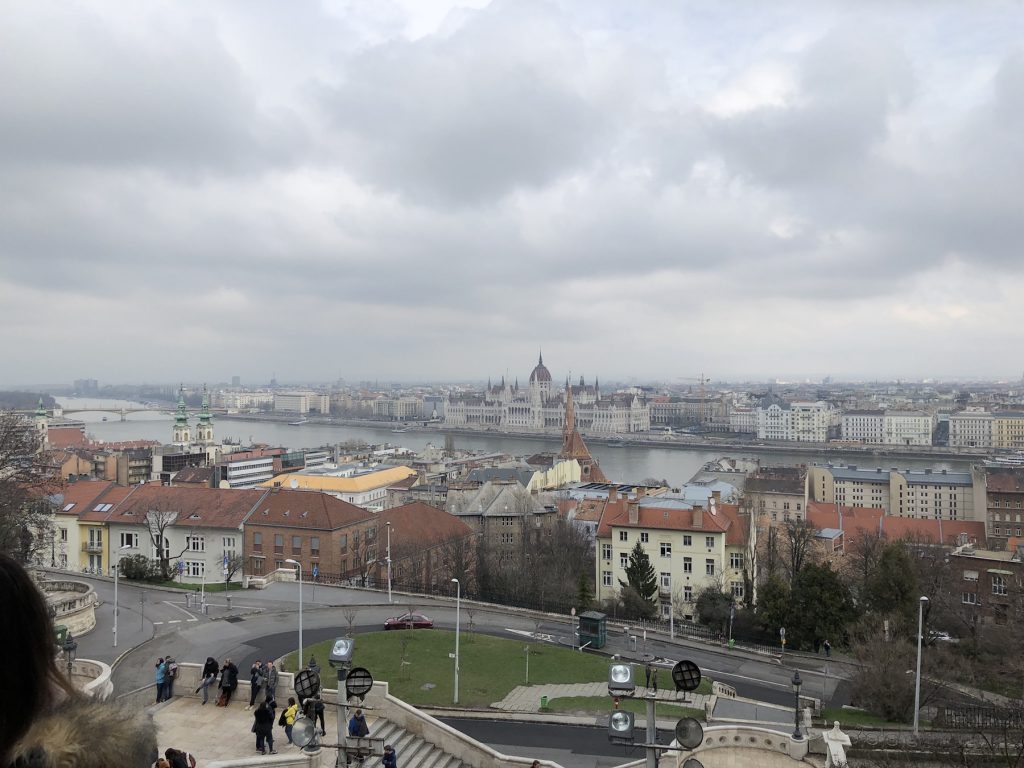
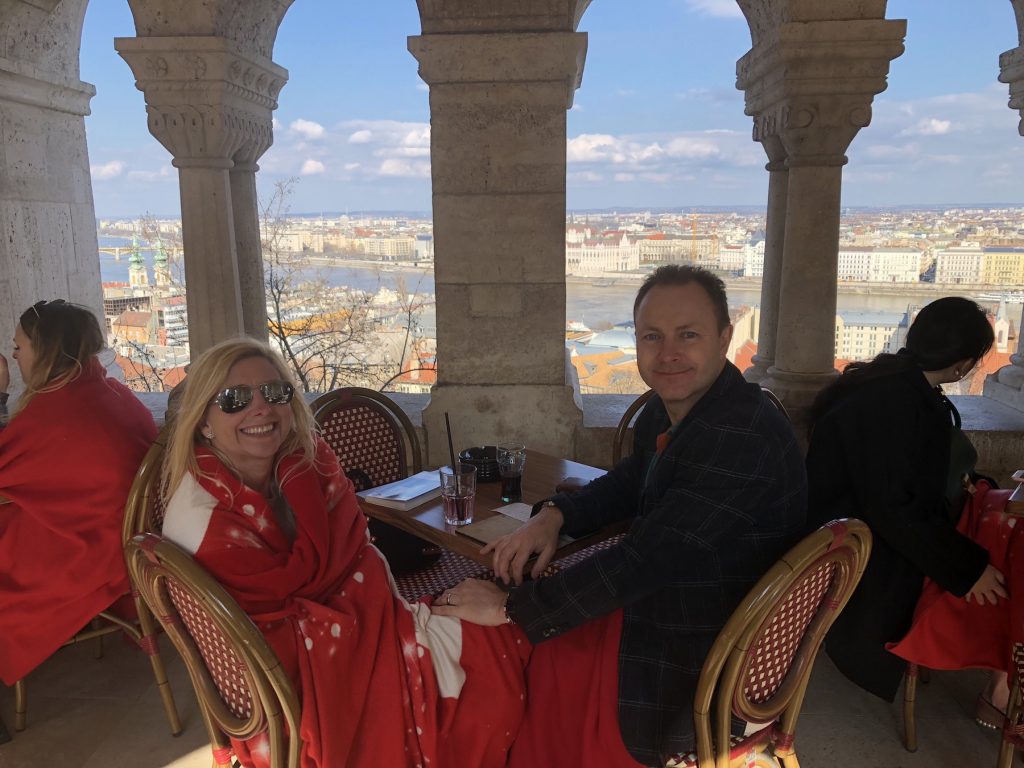
We had booked a wine tasting at Faust Wine Cellar. We enjoyed sampling the six Hungarian wines on offer accompanied by cheese scones as a palate cleanser.
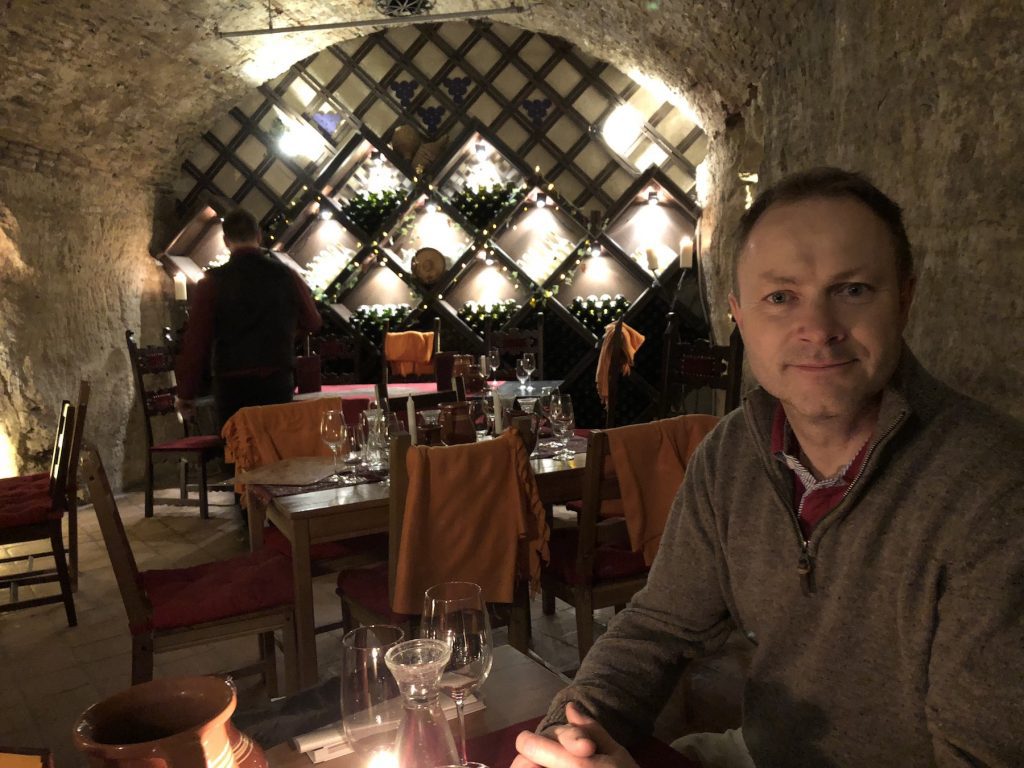
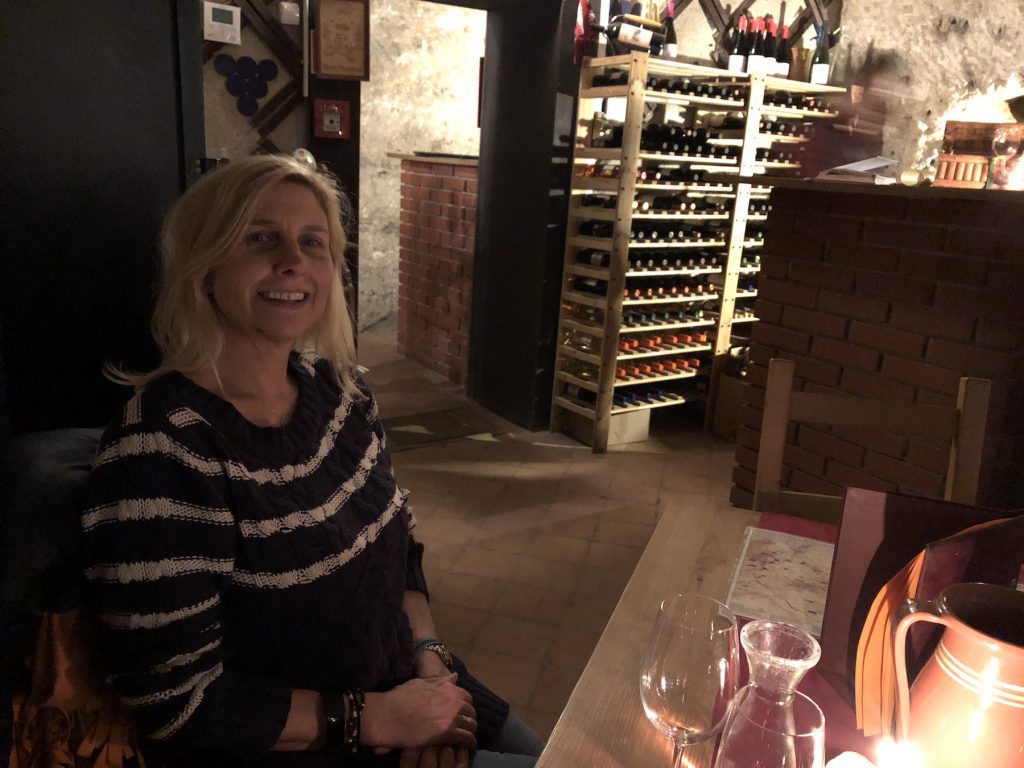
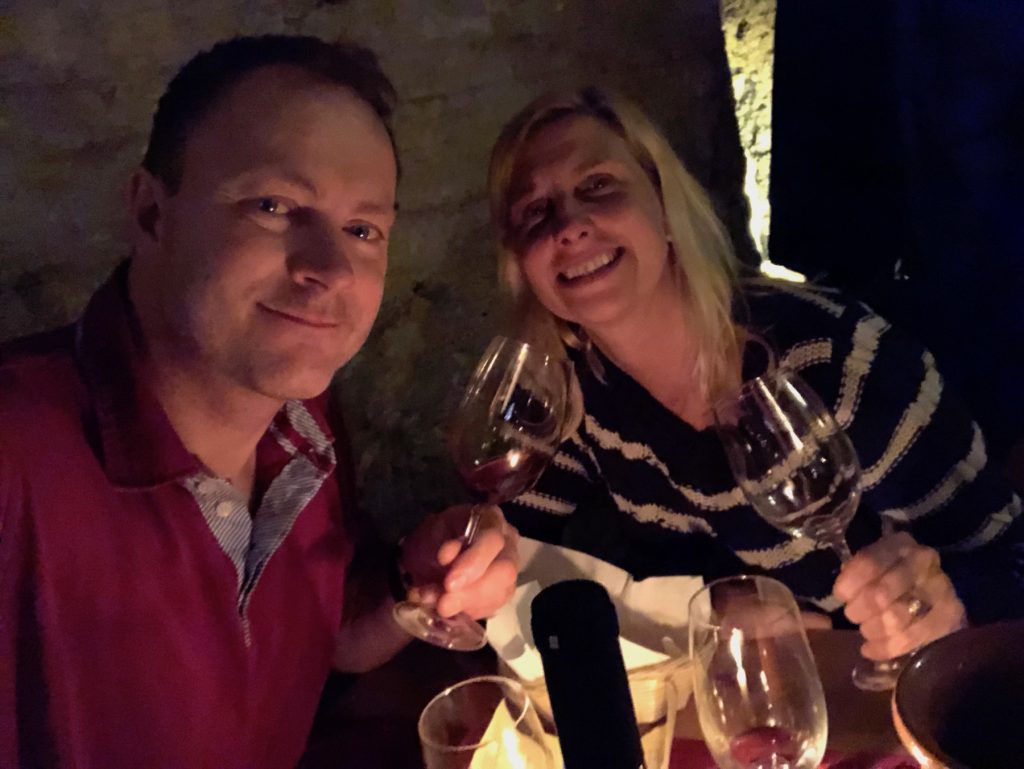
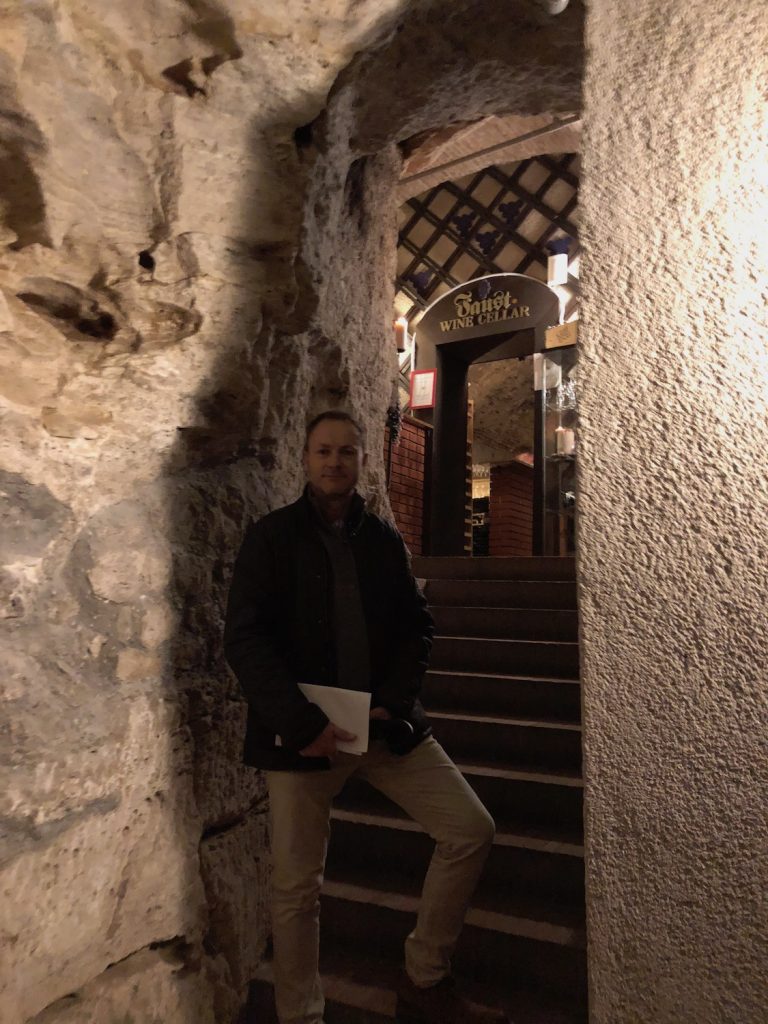
We headed off to do some more exploring and found ourselves visiting the House of Houdini! He was born in Budapest in 1874 and the museum houses many of his artefacts from his magic shows. Afterwards young aspiring magicians treat you to a few tricks. Fun!
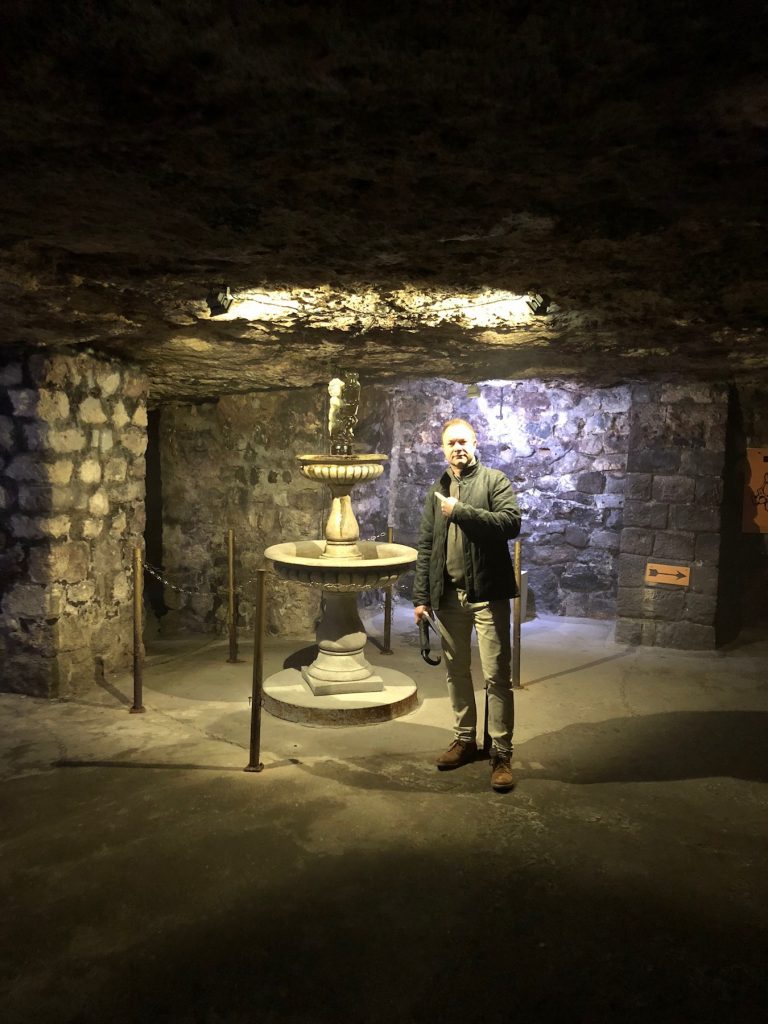
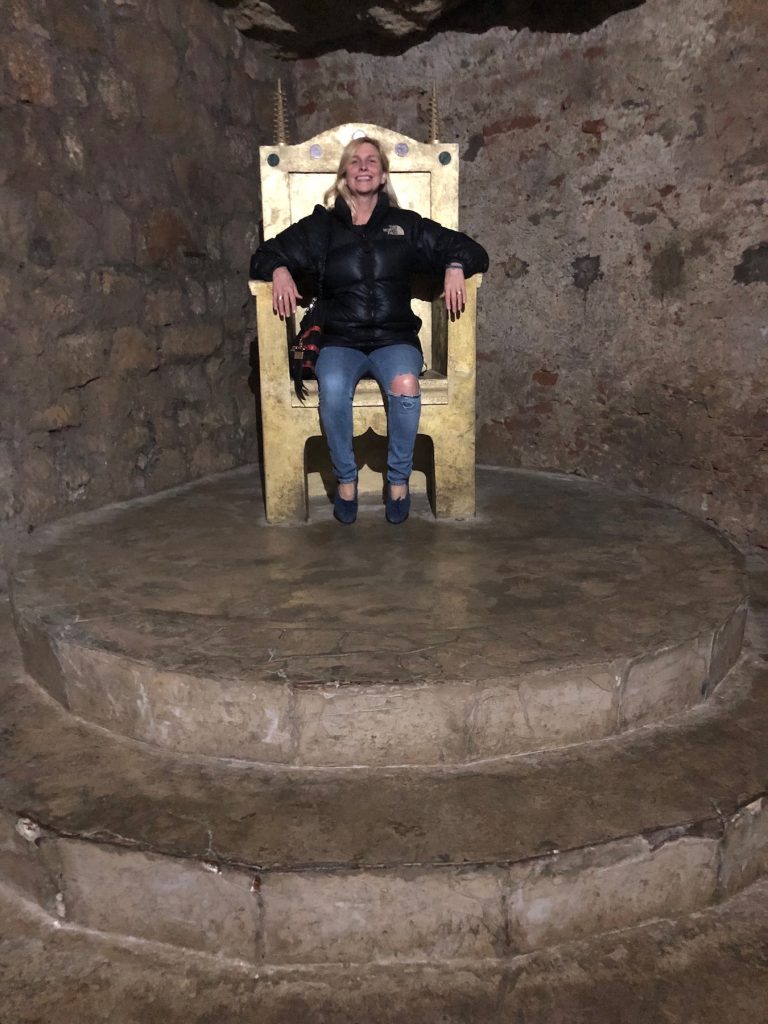
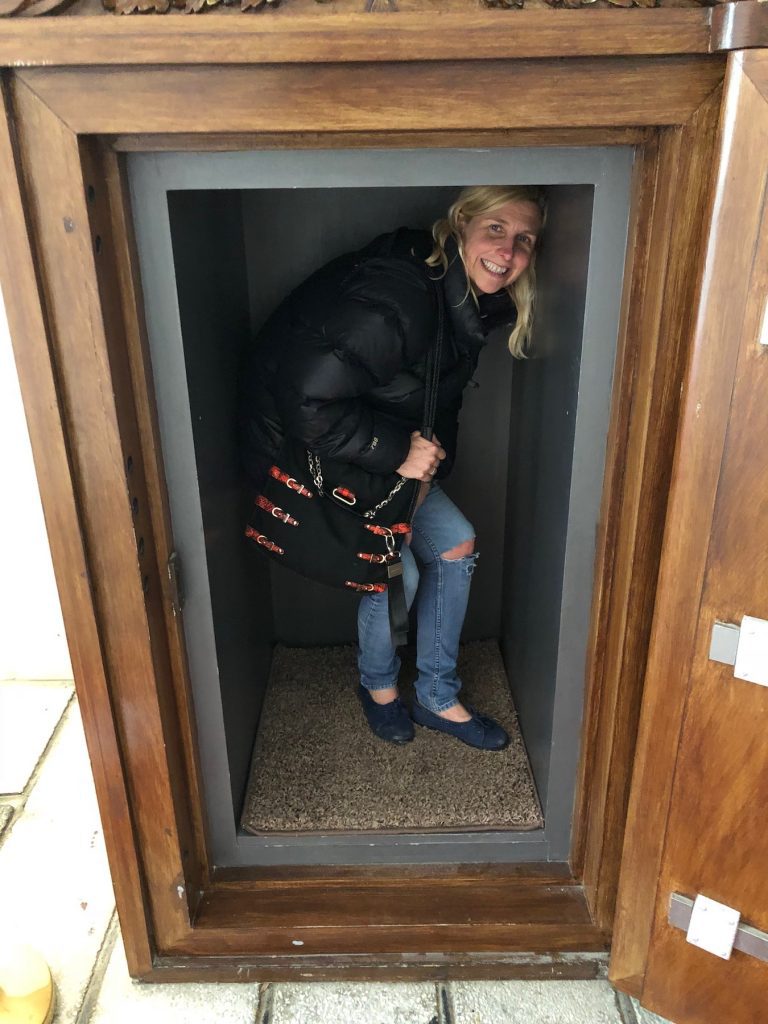
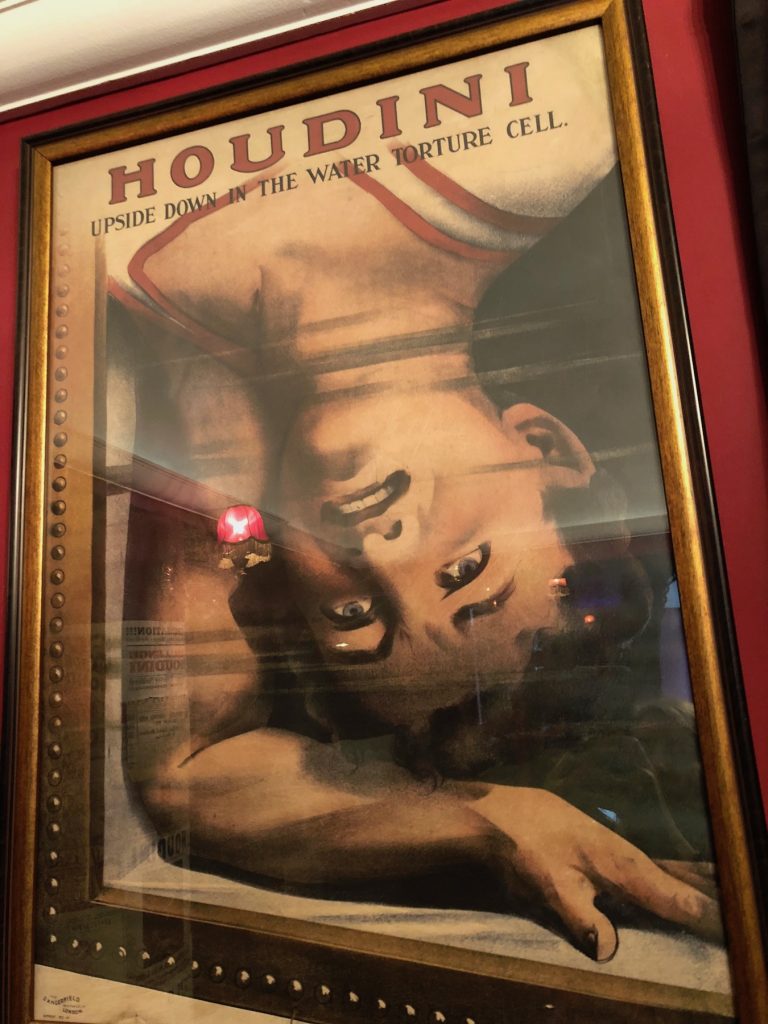
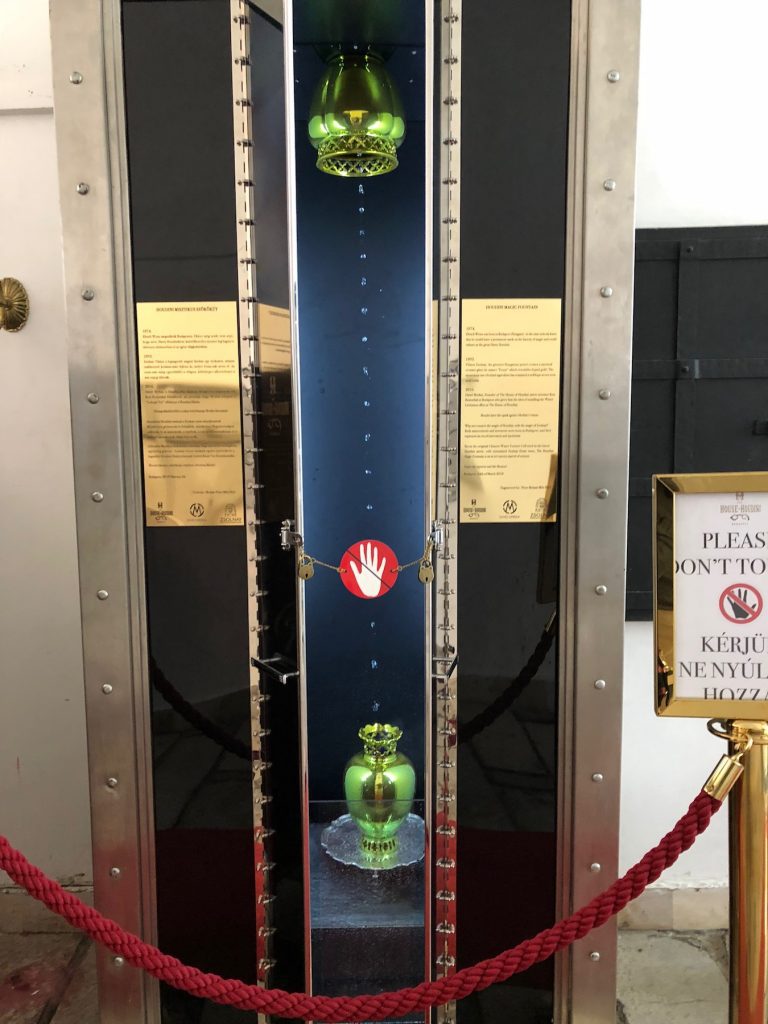
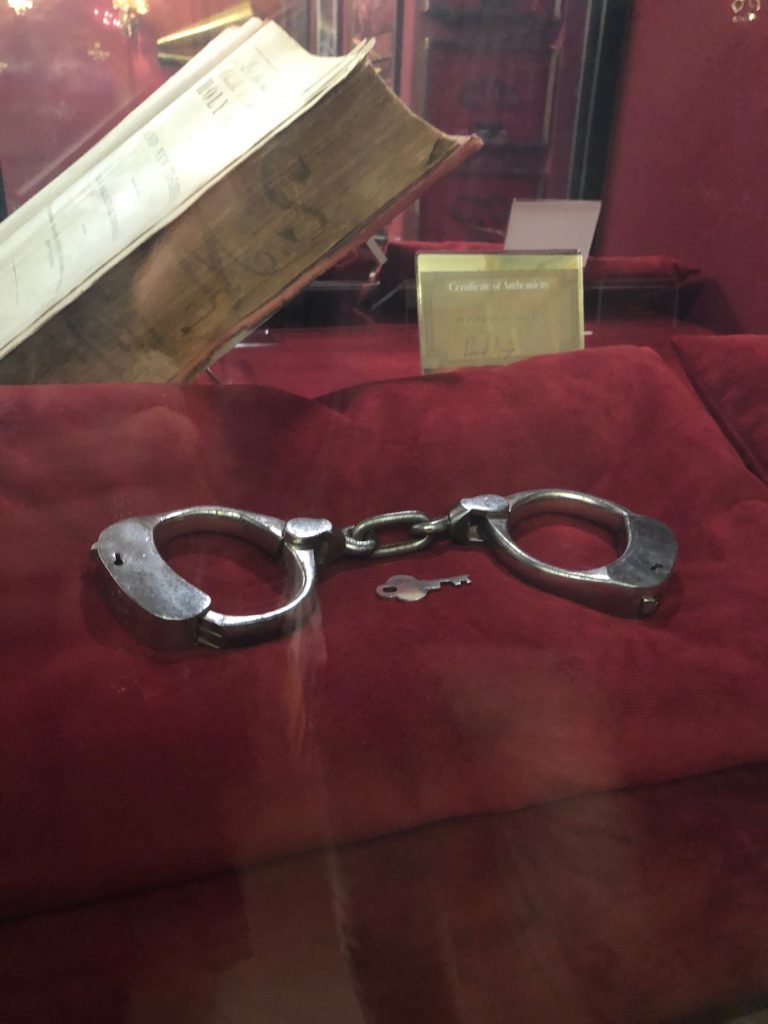
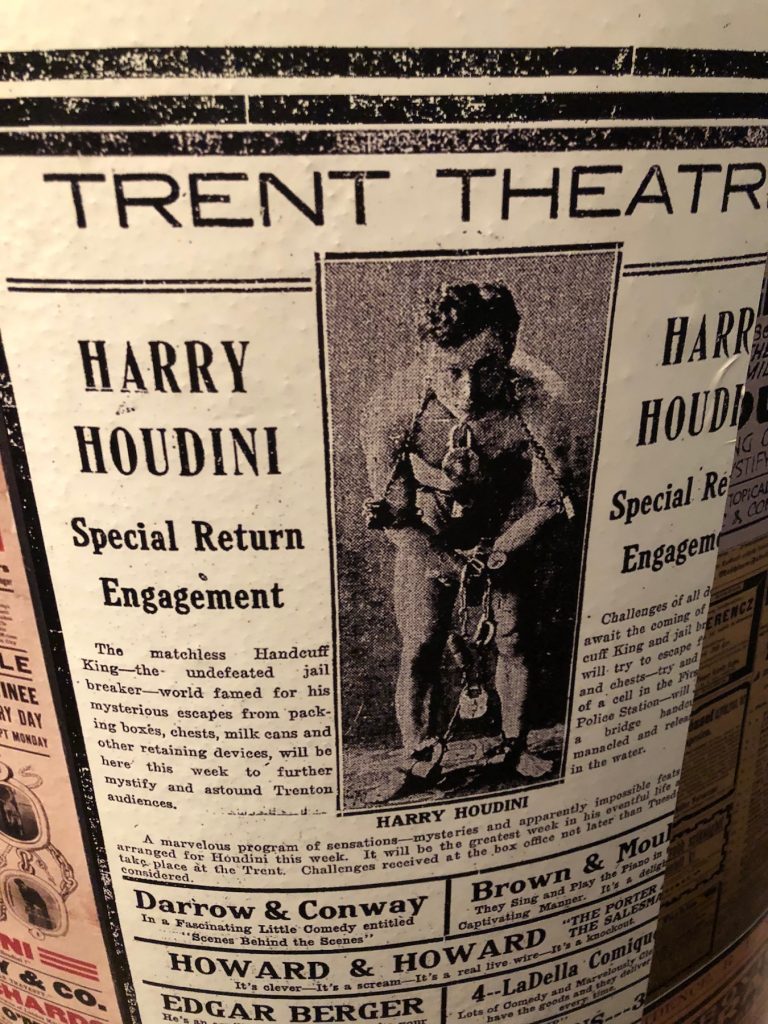
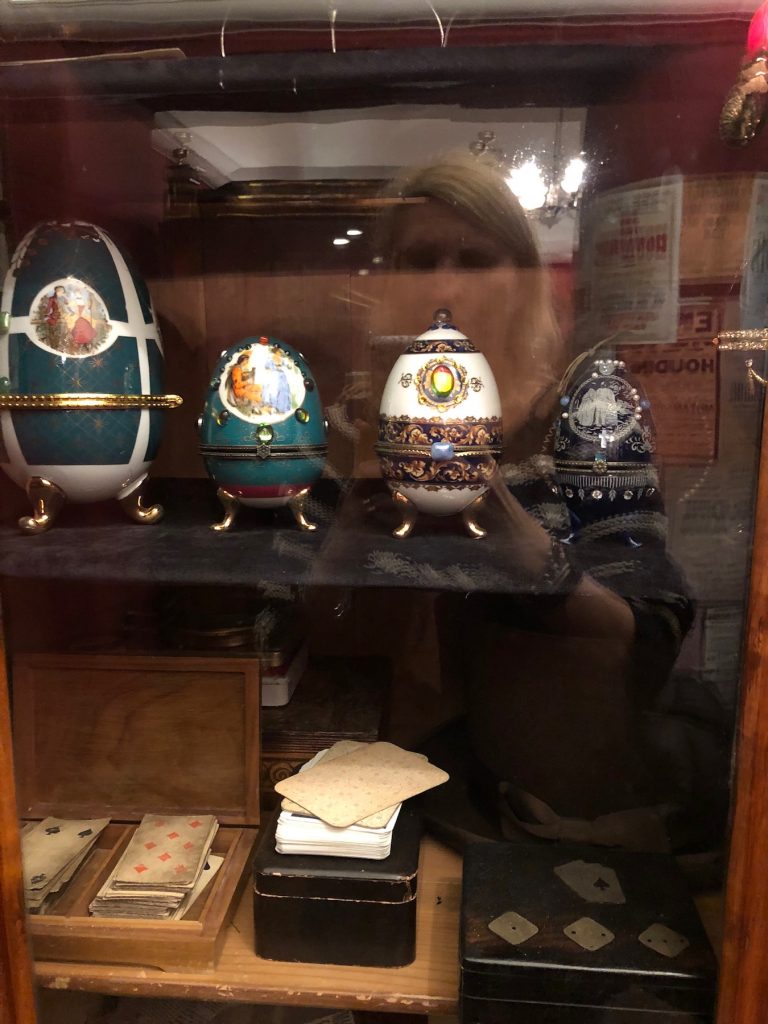
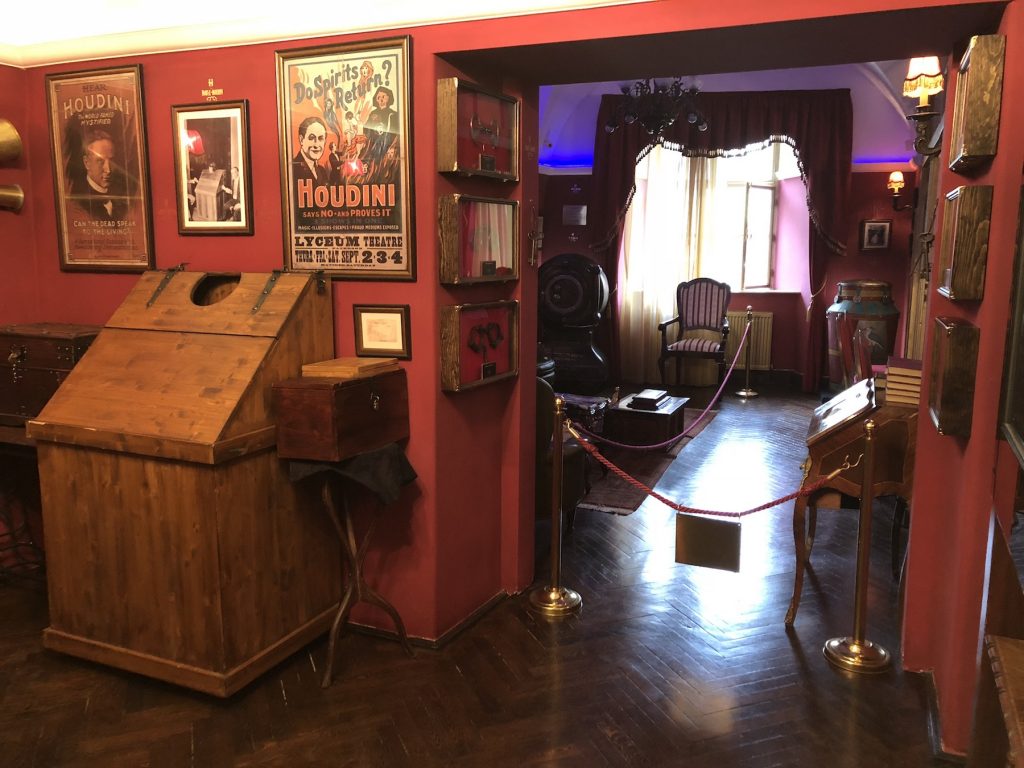
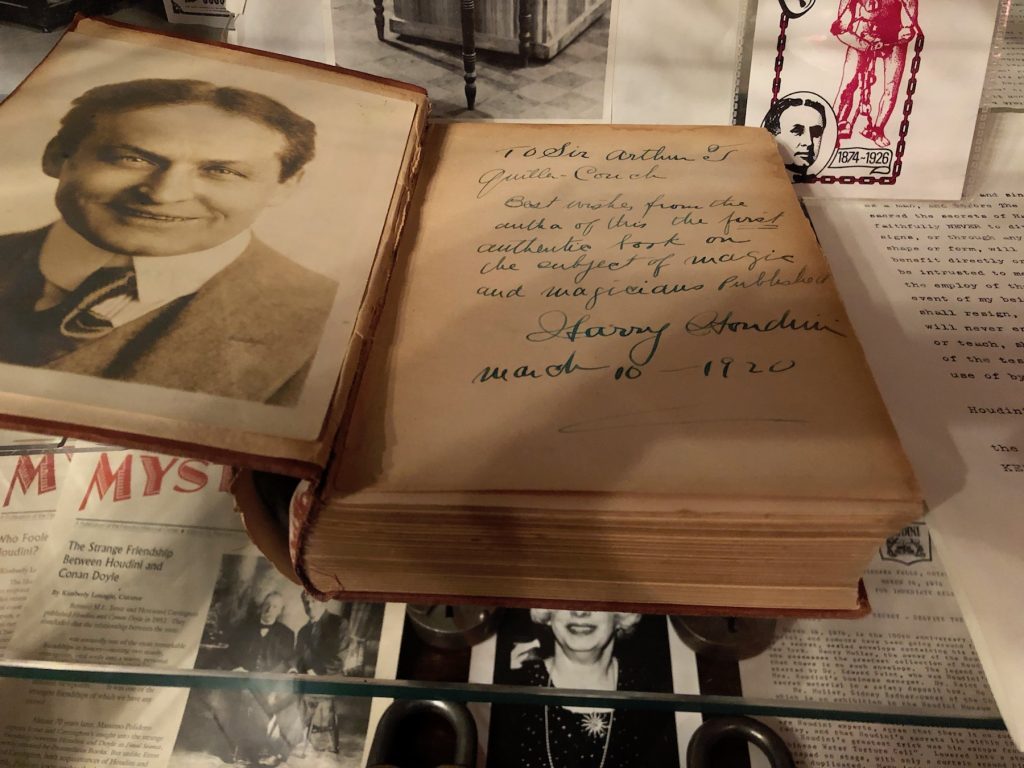
Budapest is such an attractive City.
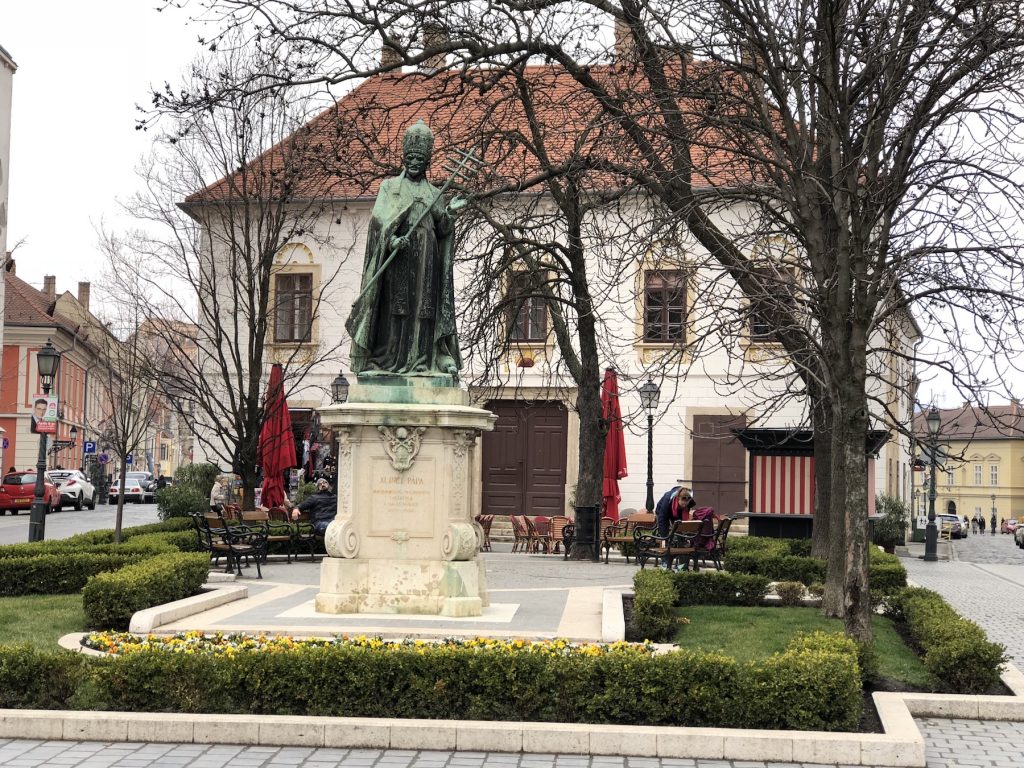
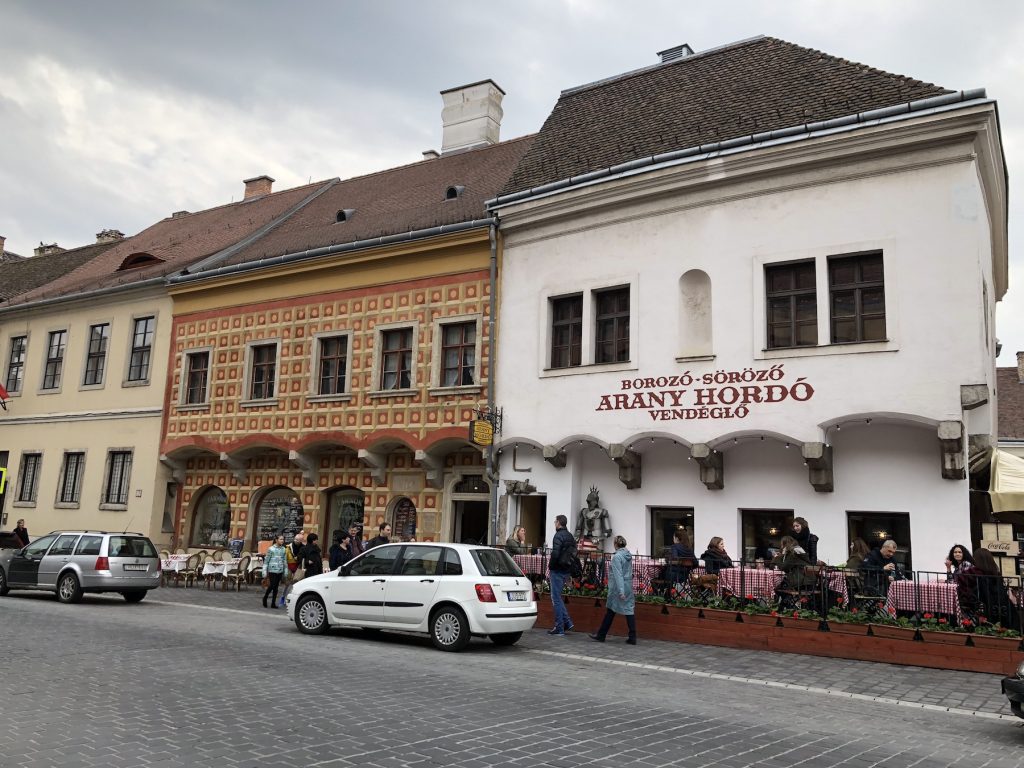
We had booked to dine at the Michellin star Onyx Restaurant – and we were so glad we did. The food, staff and service were all exceptional. I will let the photos do the talking of the 6 course tasting menu and paired wines … sublime and divine.
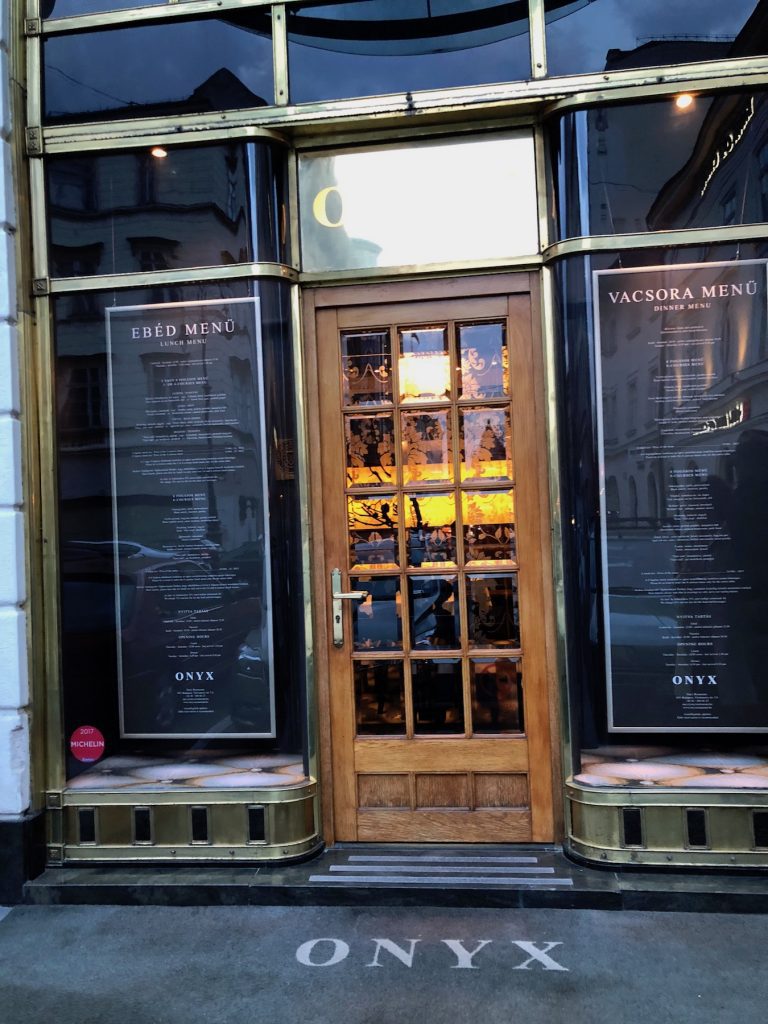
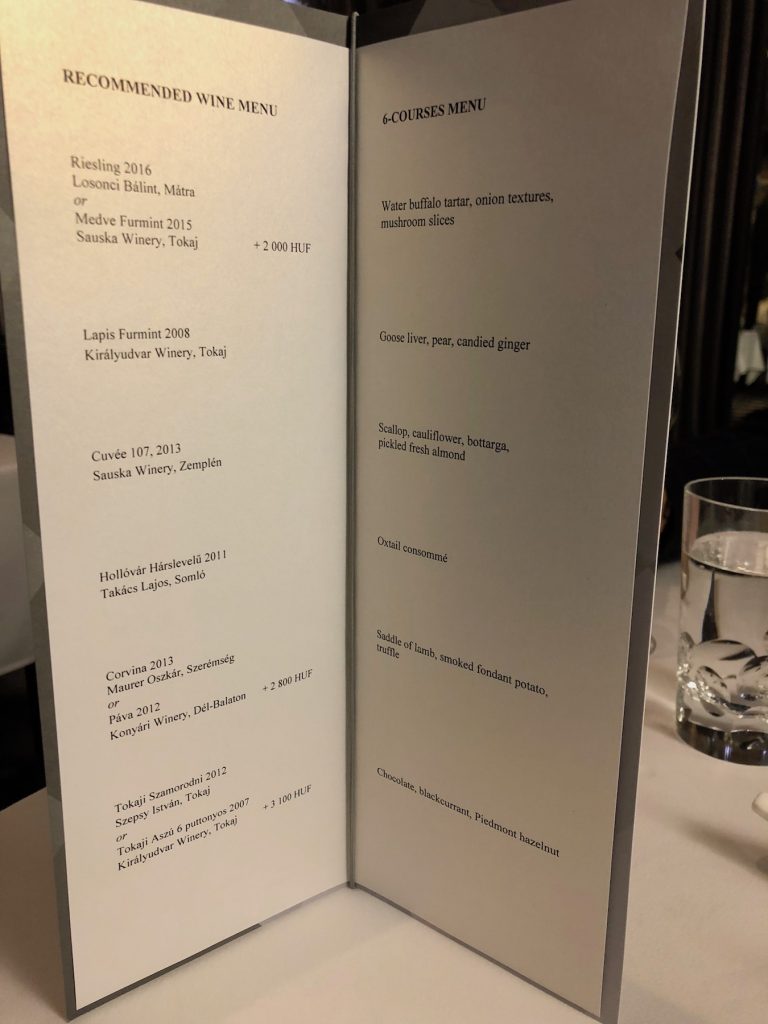
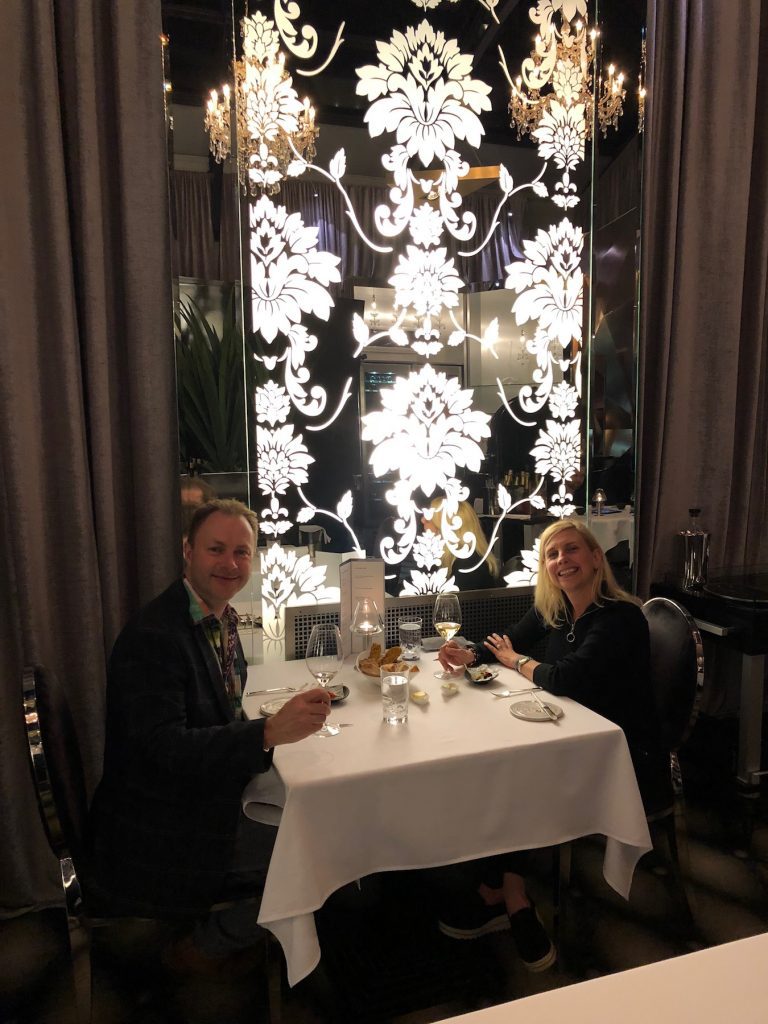
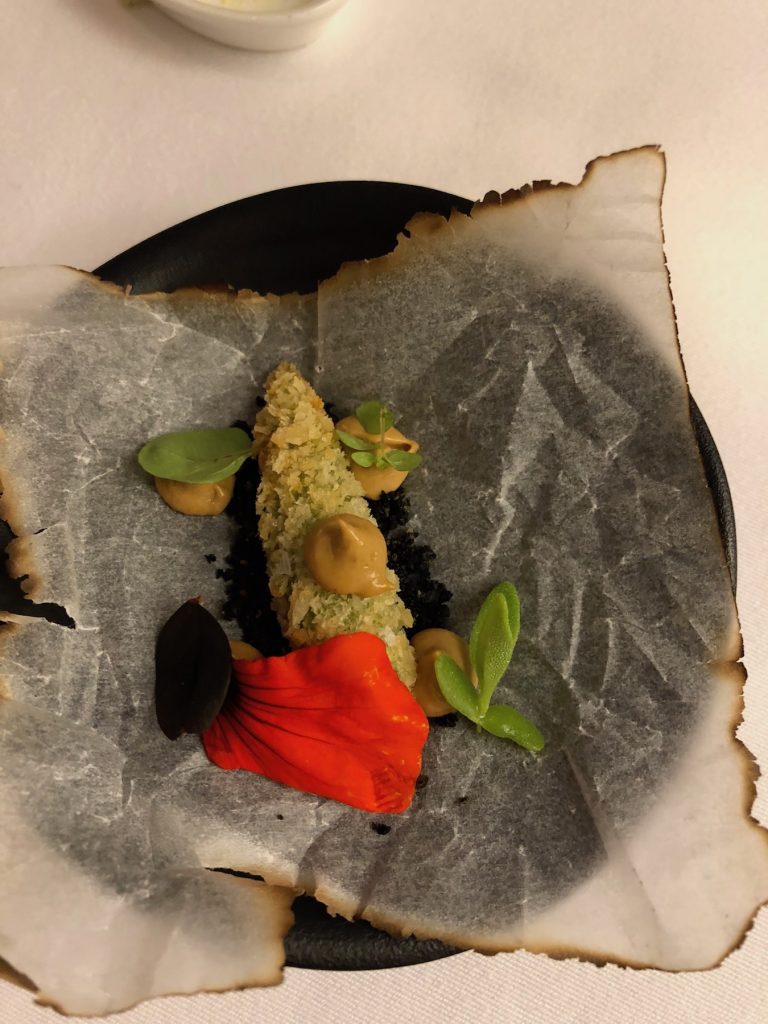
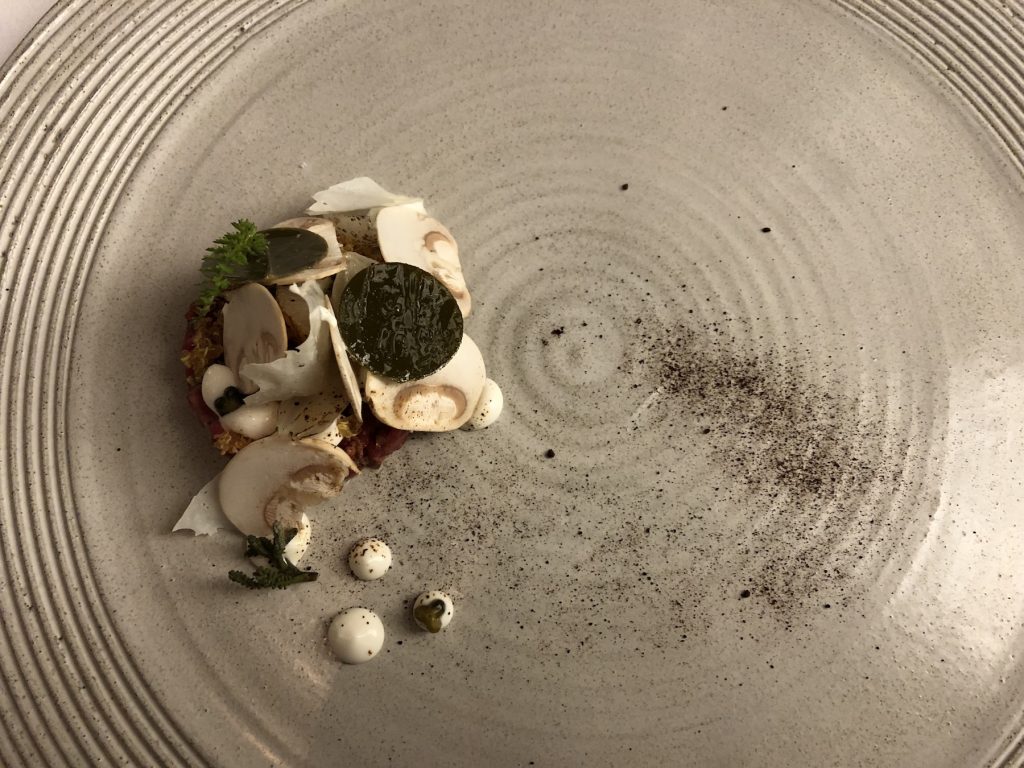
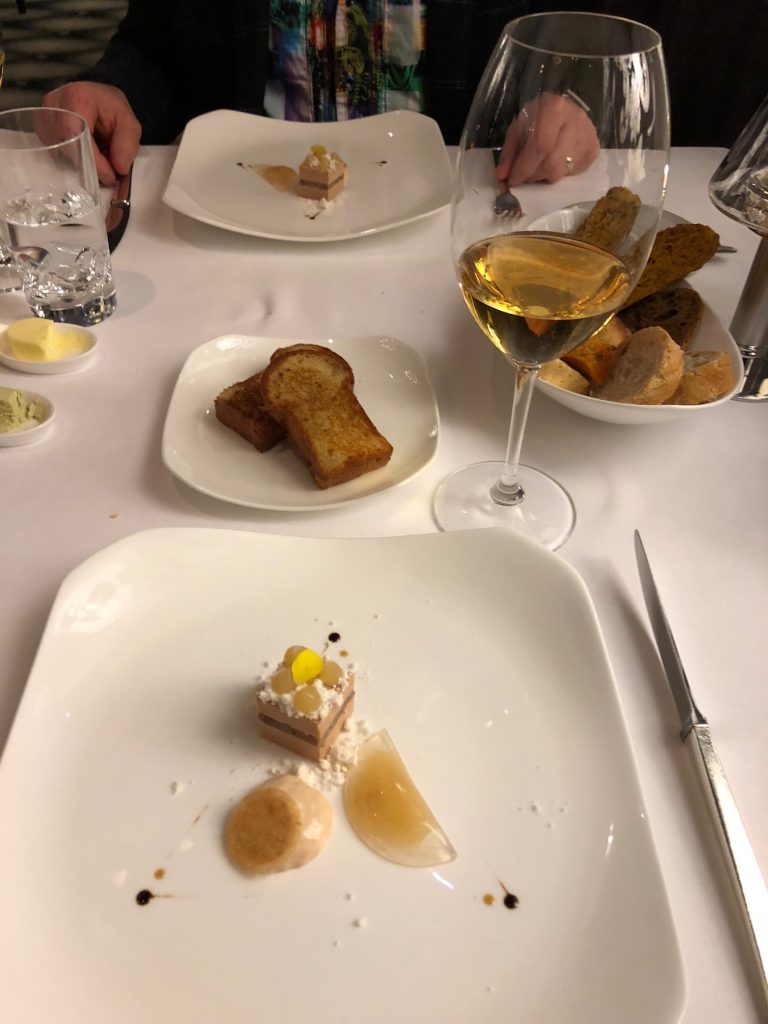
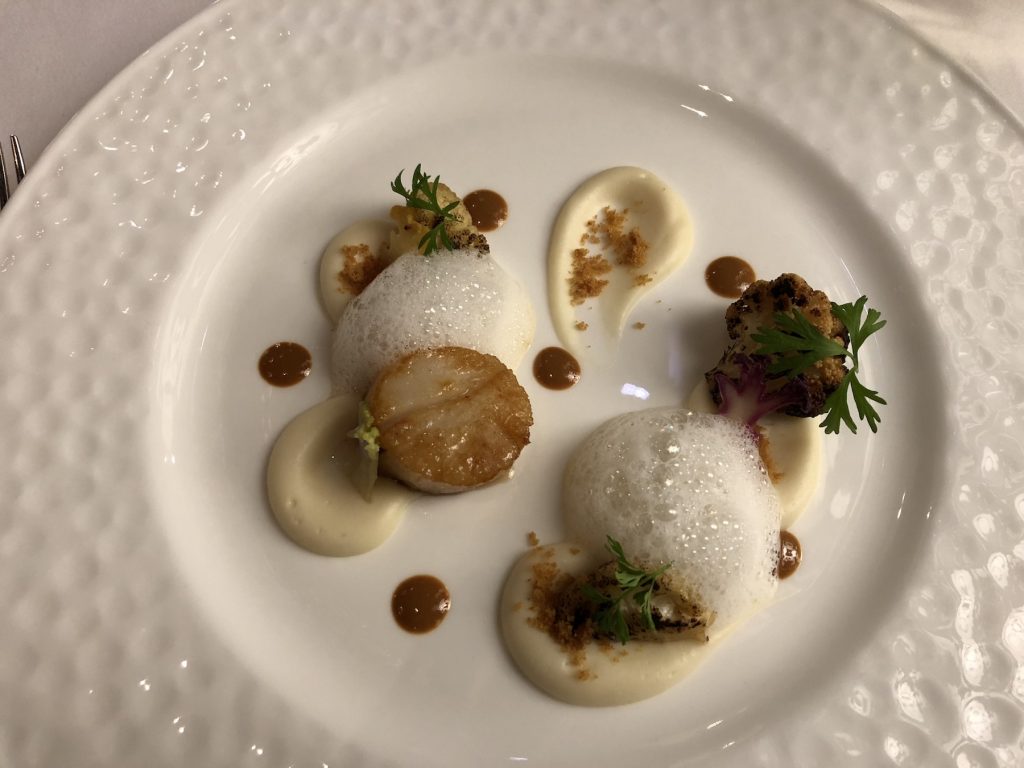
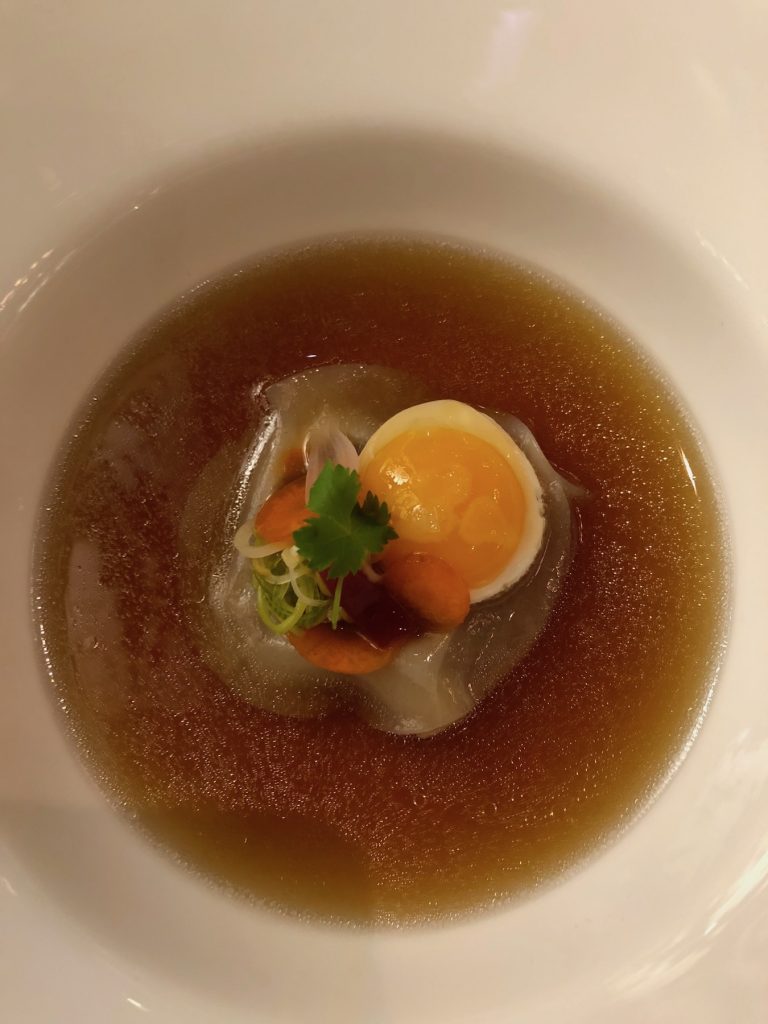
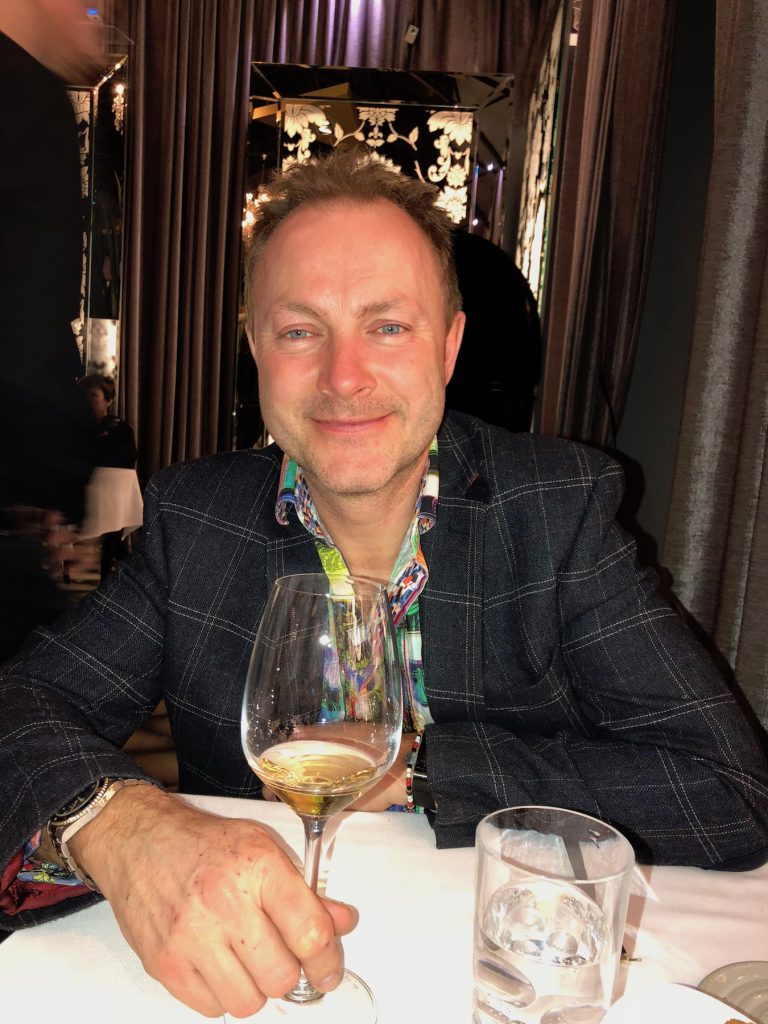
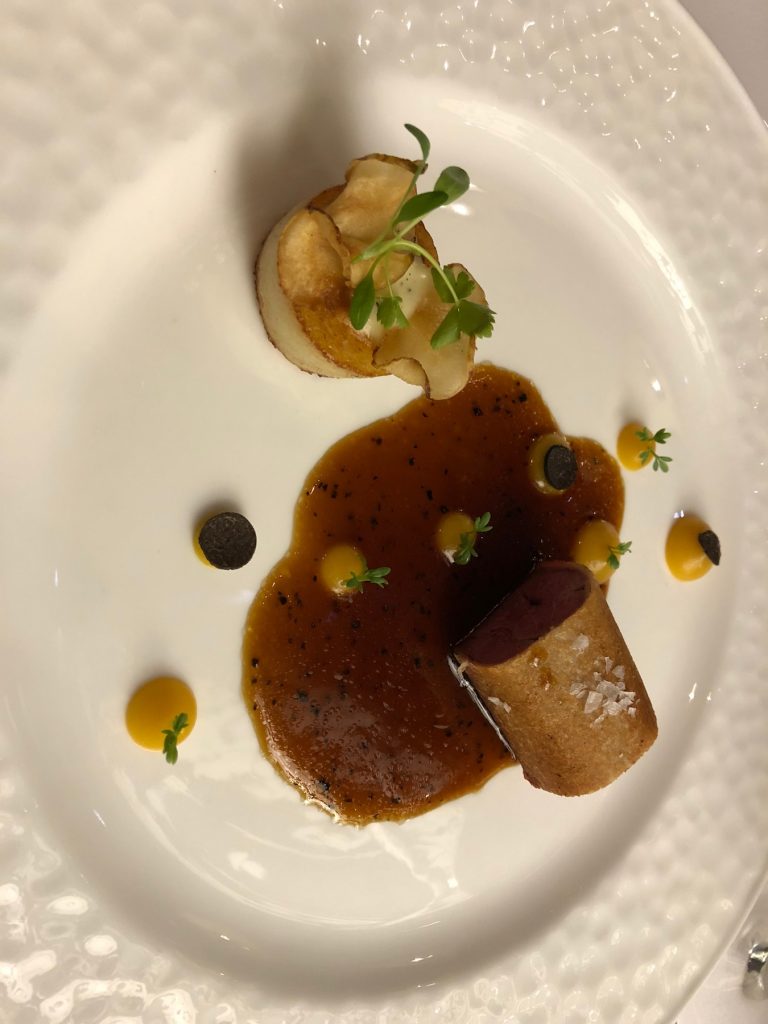
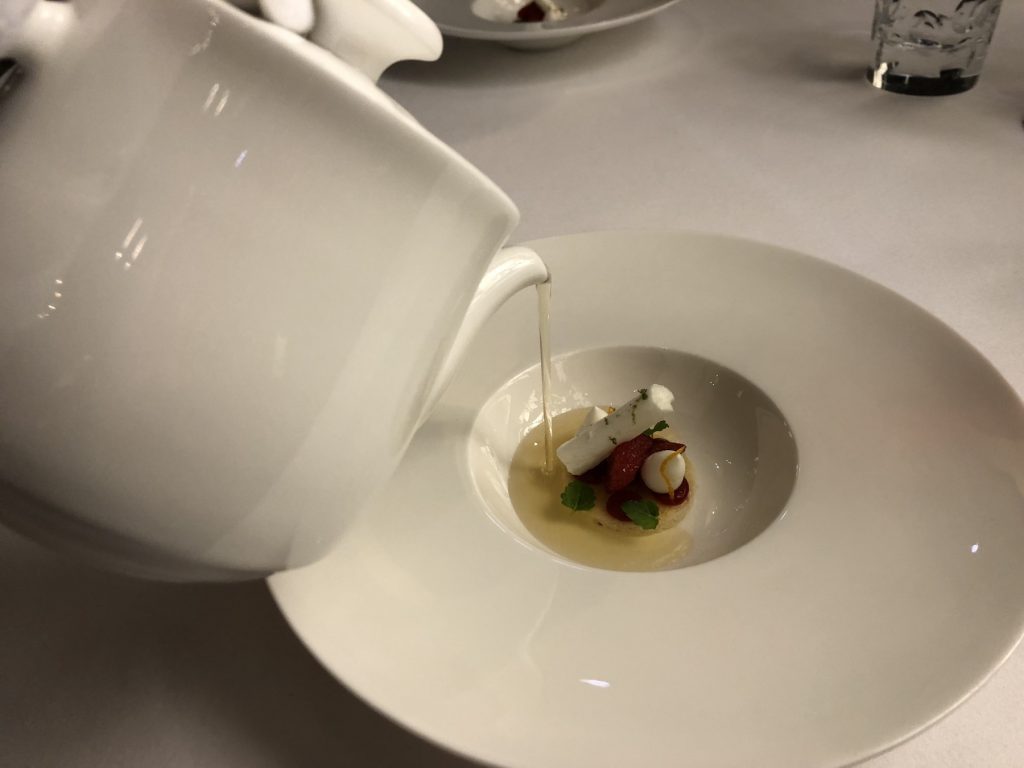
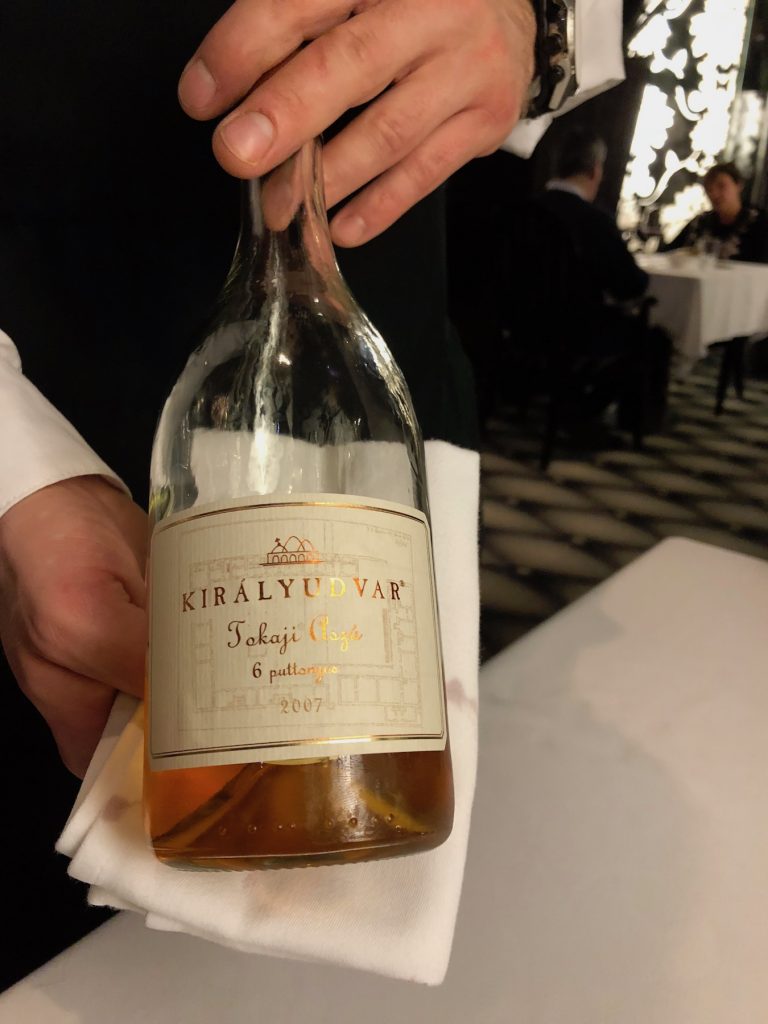
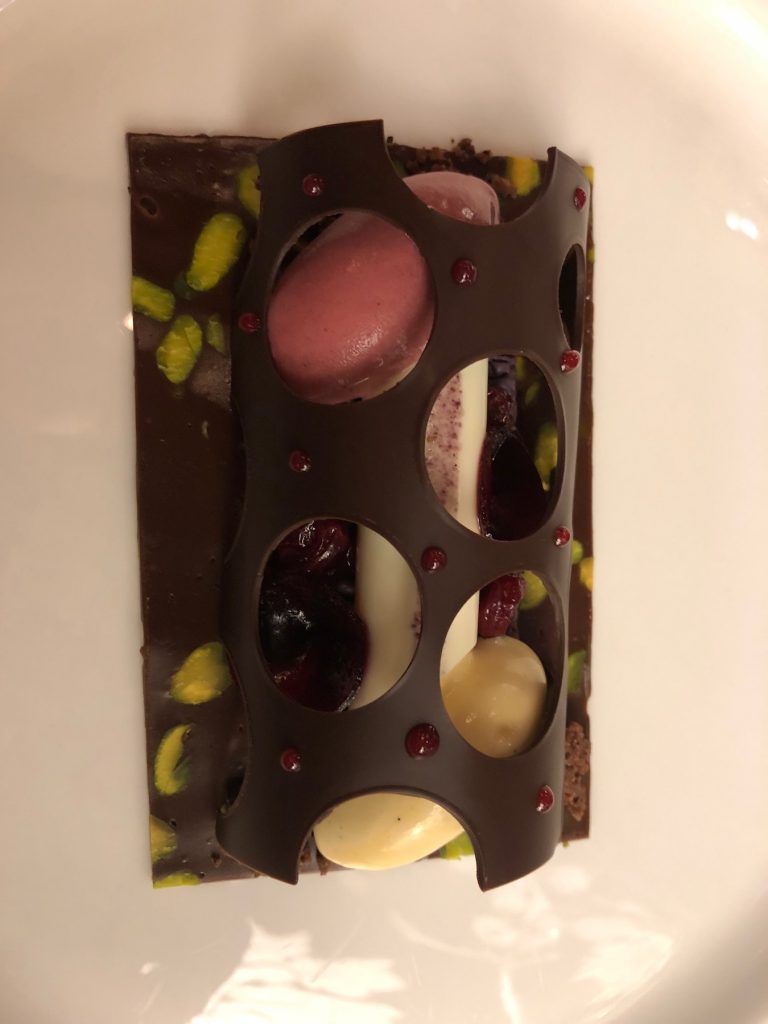
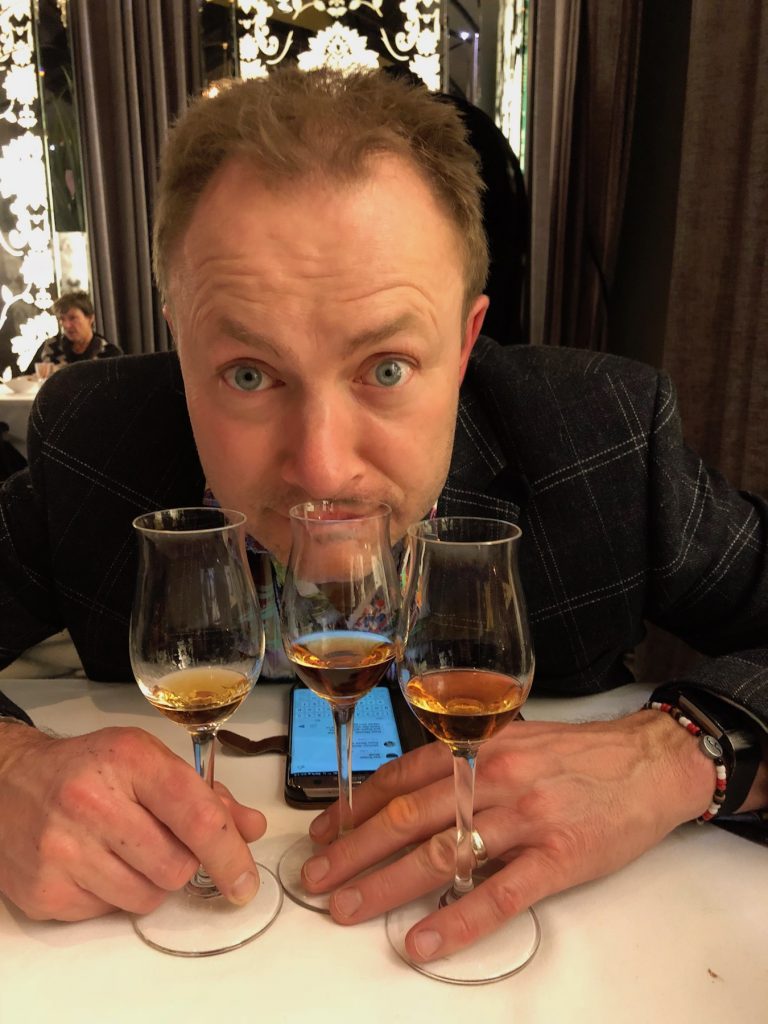
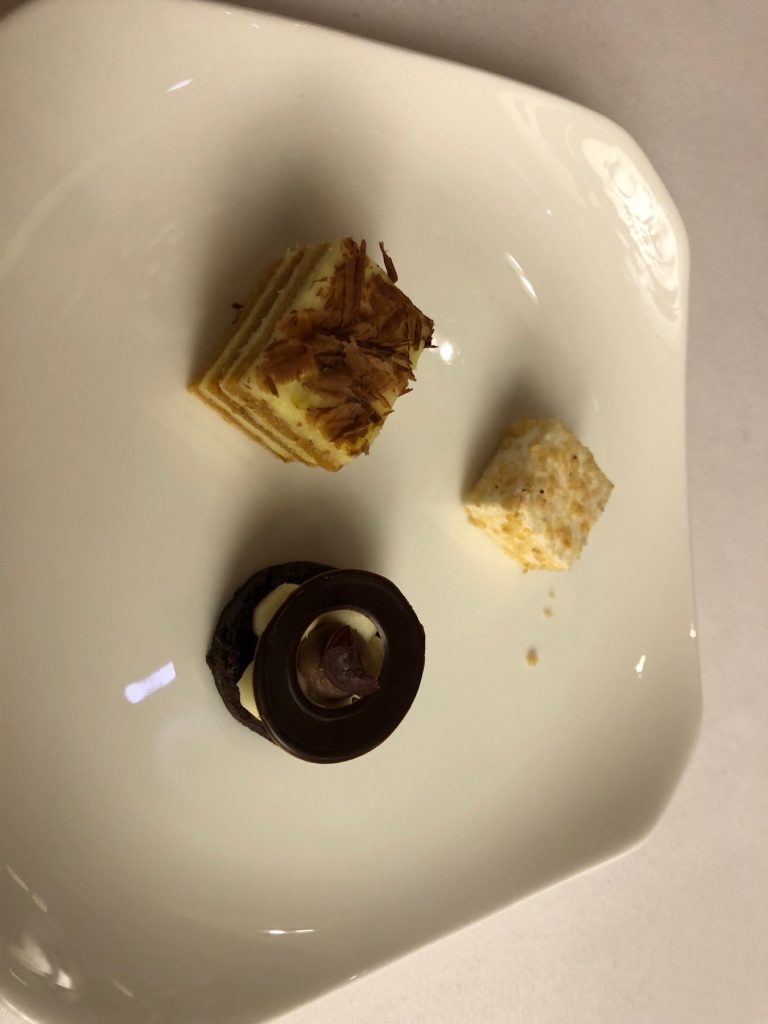
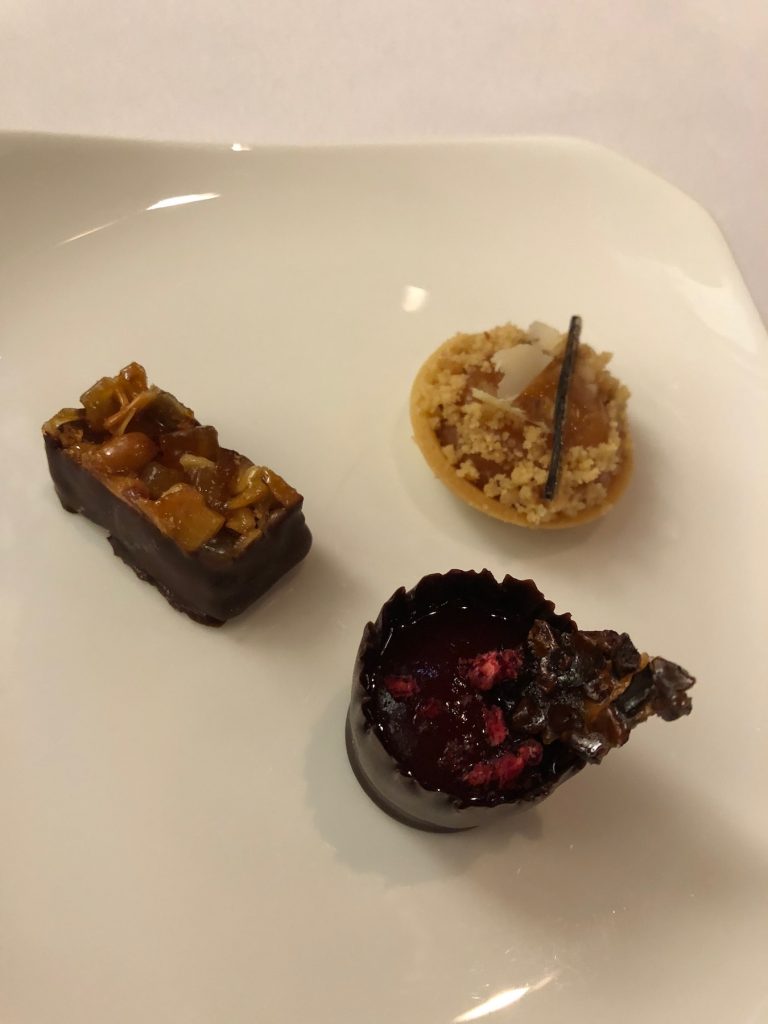
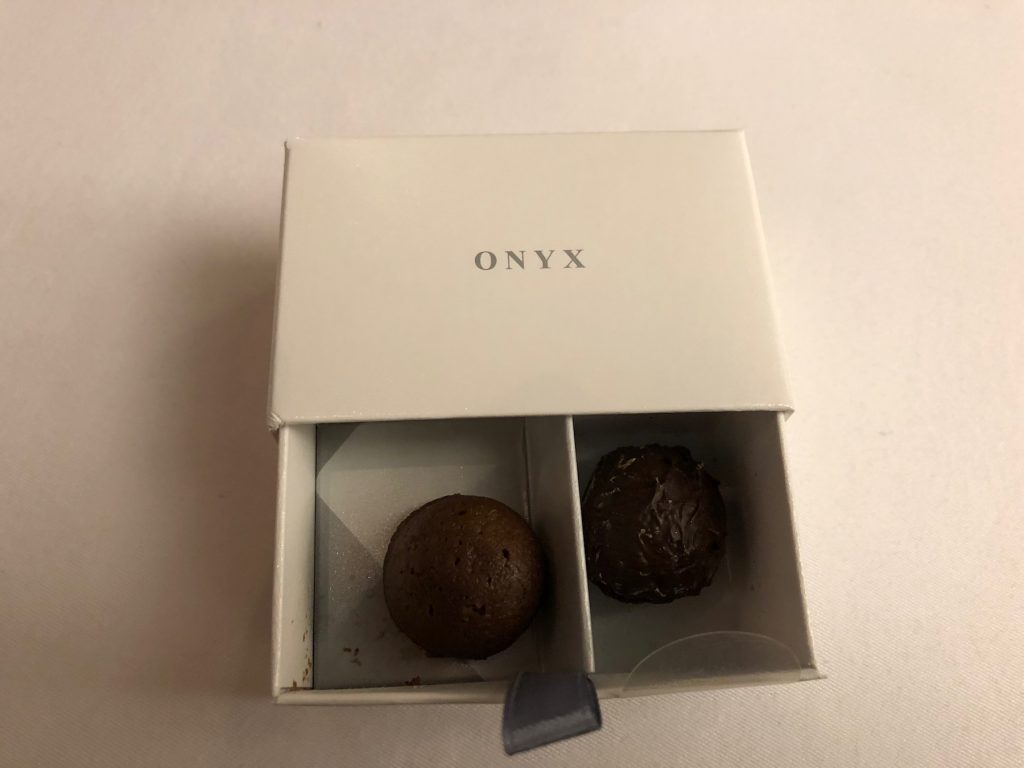
We walked back to our hotel feeling wonderful! We sat on our balcony and enjoyed the views…
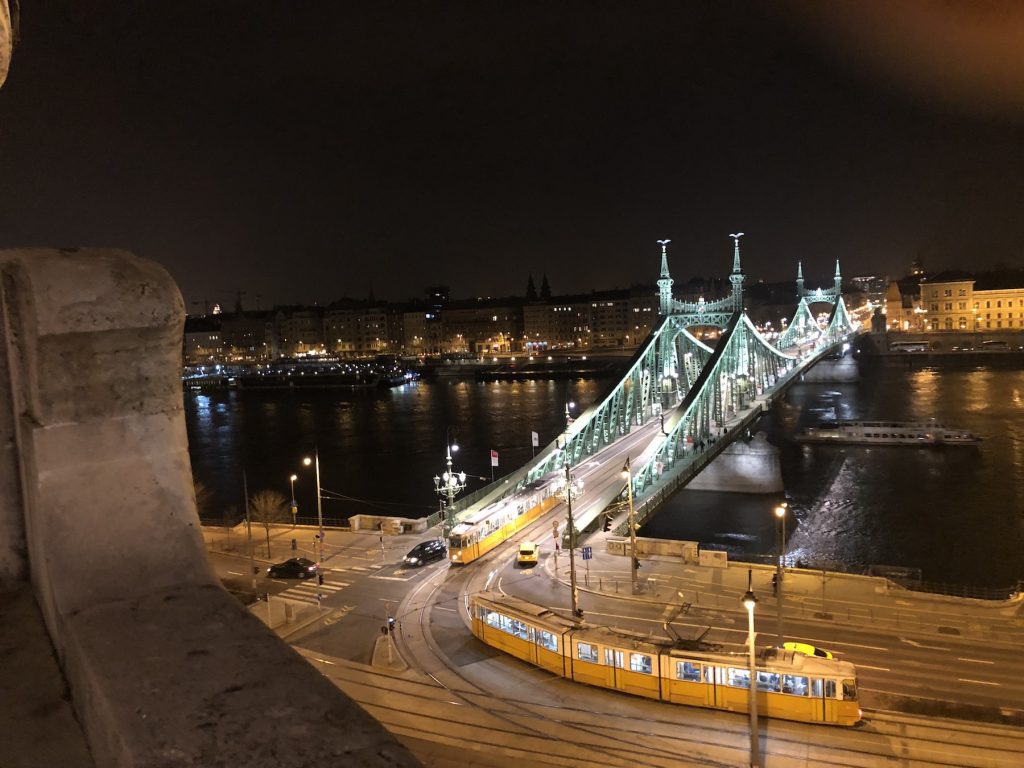
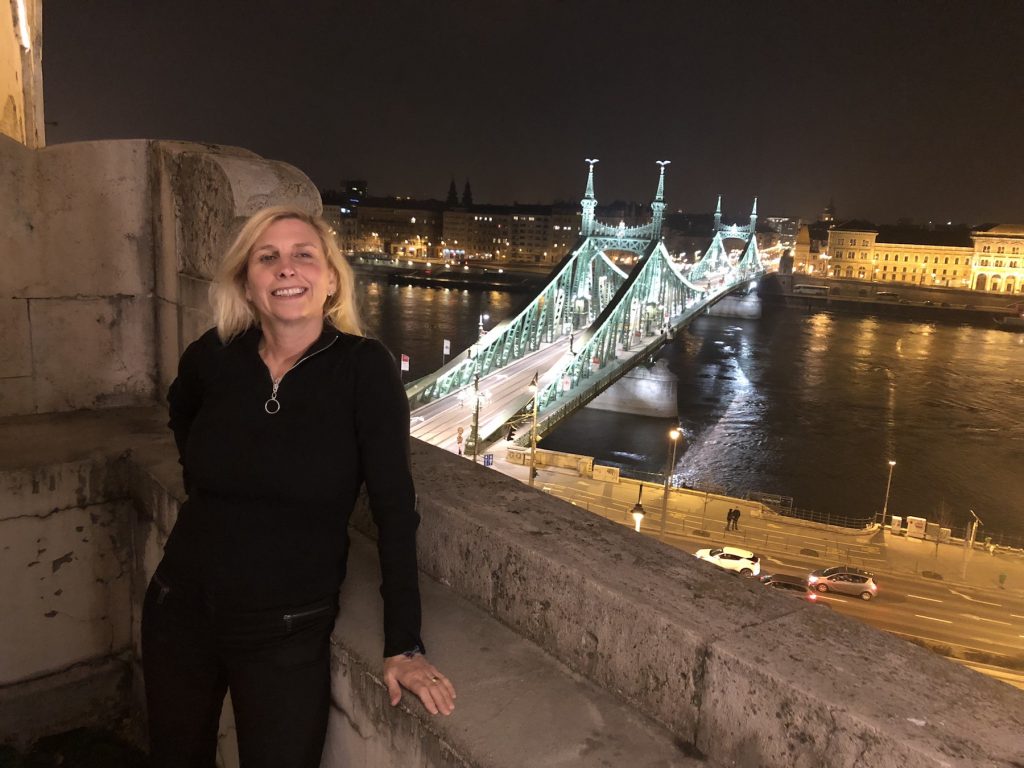
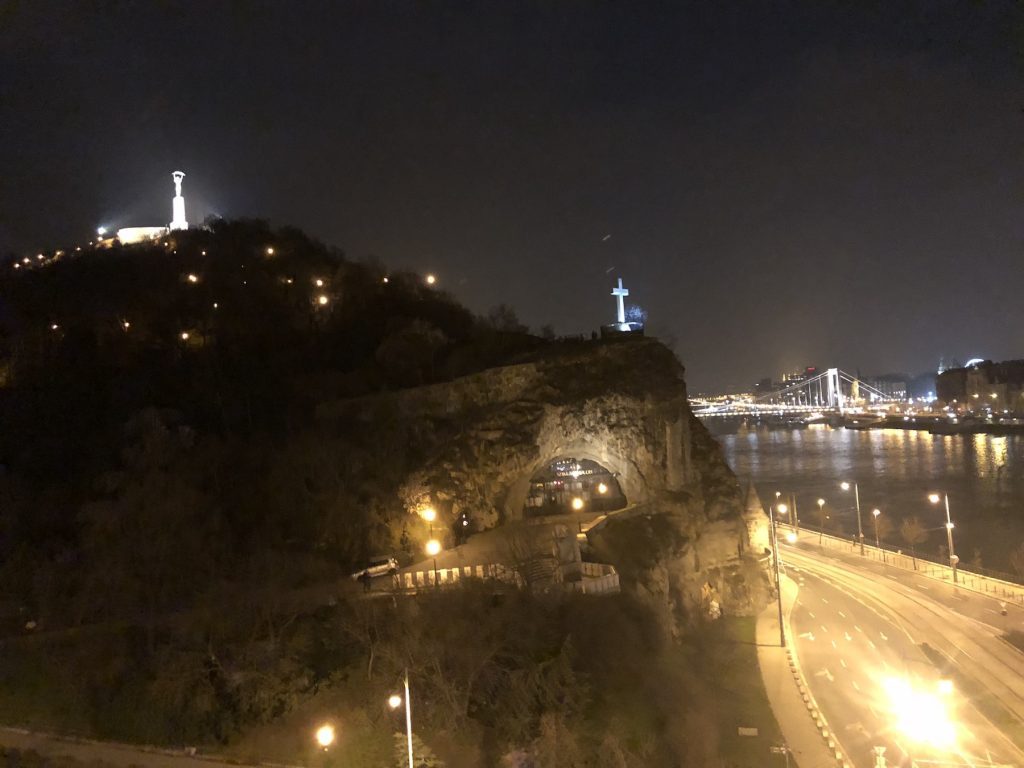
We decided to start our morning by utilising the Baths in our hotel. We were very silly as we ended up buying plastic slip slops for £10 instead of making us of the flip flops that were actually in our hotel room! Budapest is named after the three merged cities of Buda, Obuda, and Pest. It is believed that ‘Buda’ comes from the Slavic word voda (meaning water). The city is home to over 100 natural geothermal springs, which feed more than 160 bathhouses across the country and is the reason that Budapest was dubbed the City of Baths in 1934.
Bath culture is deeply rooted in the region’s history. From the 1st to 4th centuries, present-day Hungary was part of the Roman province of Pannonia and a city called Aquincum stood where Budapest now sprawls. Bathing was a central part of Roman culture, for cleansing the body and soul as much as social interaction. By the Hungarian middle ages, thermal springs were primarily used for healing purposes. Built in 1918, Gellért is one of Hungary’s most photographed baths – its stunning facilities were constructed in an Art Nouveau fashion. Light filters in through stained-glass windows and skylights while tall columns line the rectangular lap pool. Mosaic tiles of sea blue, sage green, and earthy ochre accentuates the turquoise pool while a porcelain fountain is the focal point of many selfies. It was a relaxing way to spend the morning.
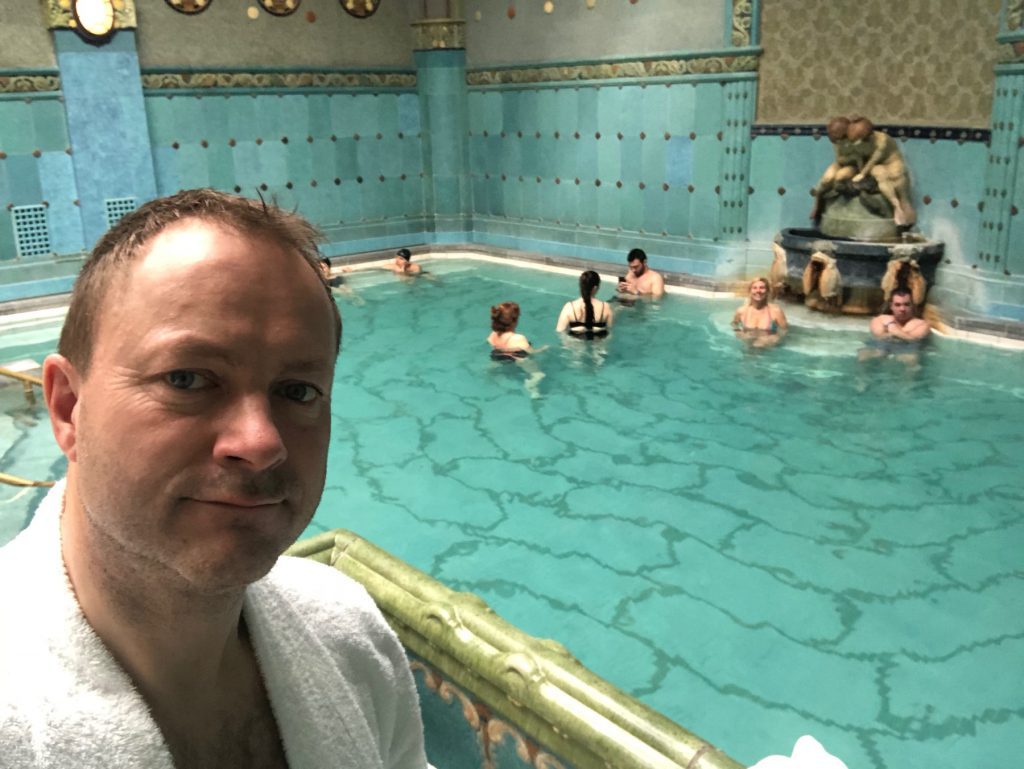
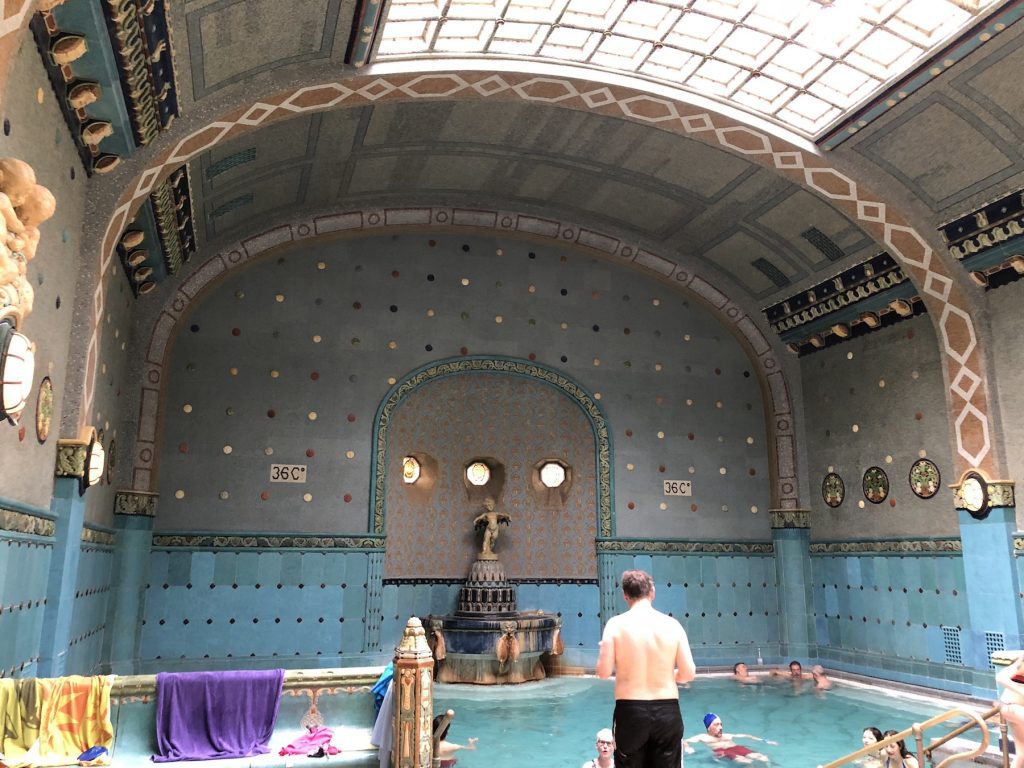
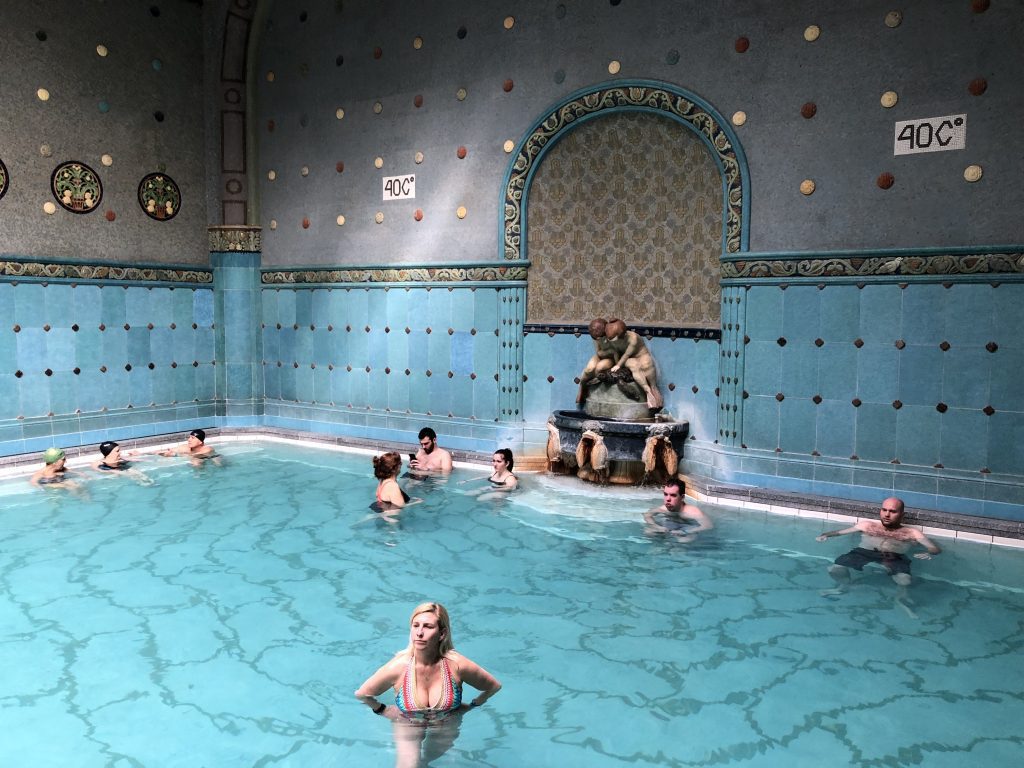
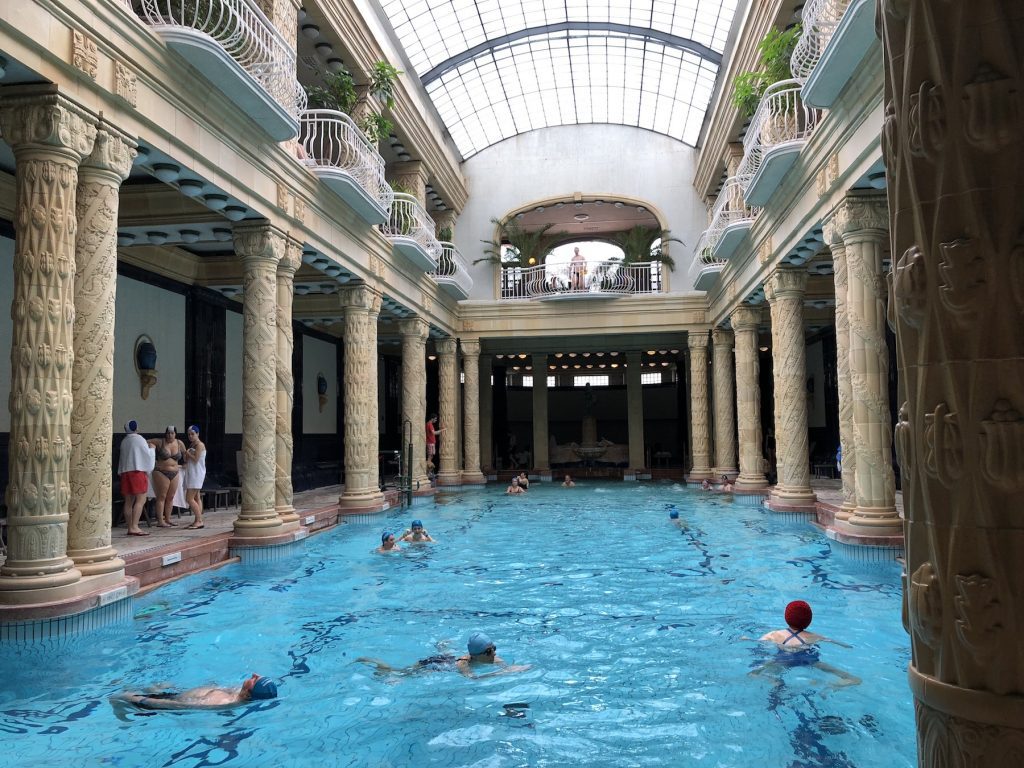
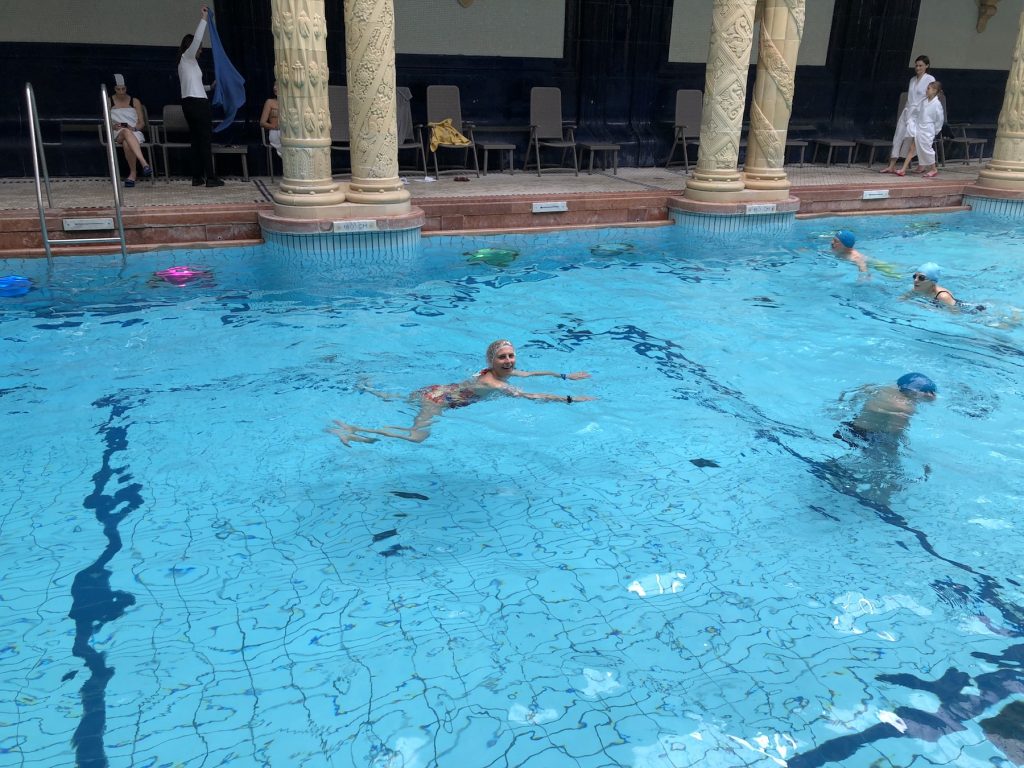
After working up an appetite in the Baths we were excited for our food tour which we’d booked via: withlocals.com. Adrienne met us at the fantastic Great Market Hall. The fusion of Magyar, Turkish, Austrian, Balkan and even French influences have made Hungarian cuisine one of the most interesting and flavourful in central Europe. Our first item of the day was traditional Hungarian sausage – delicious! The market was incredibly popular and got very busy very quickly.
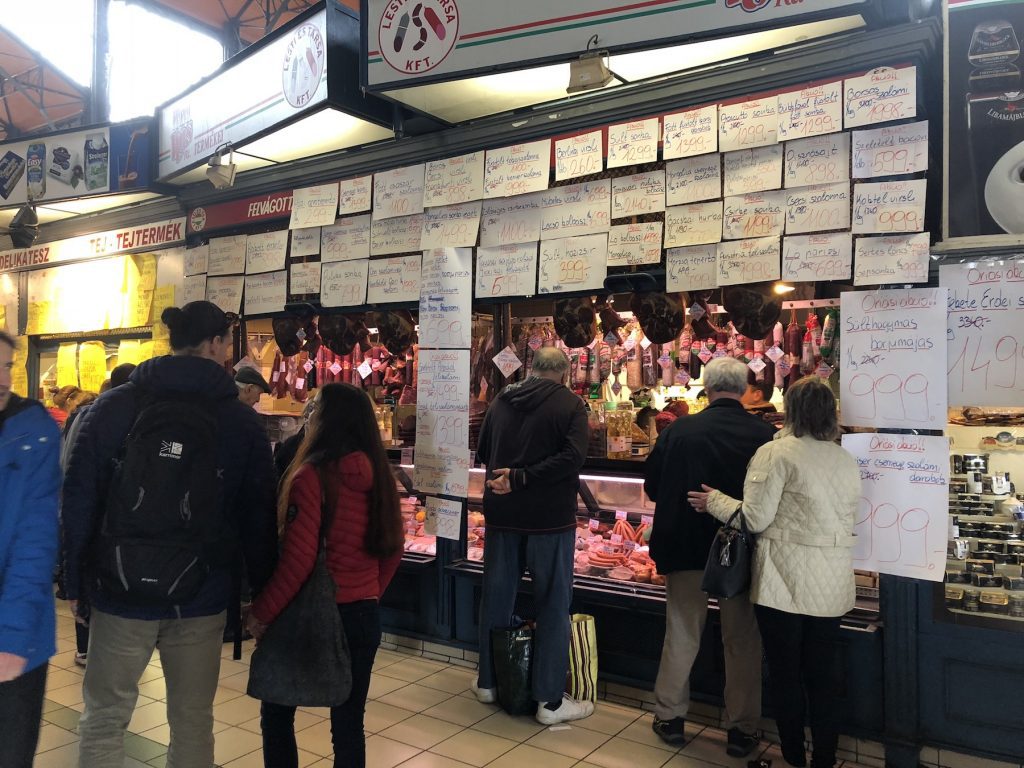
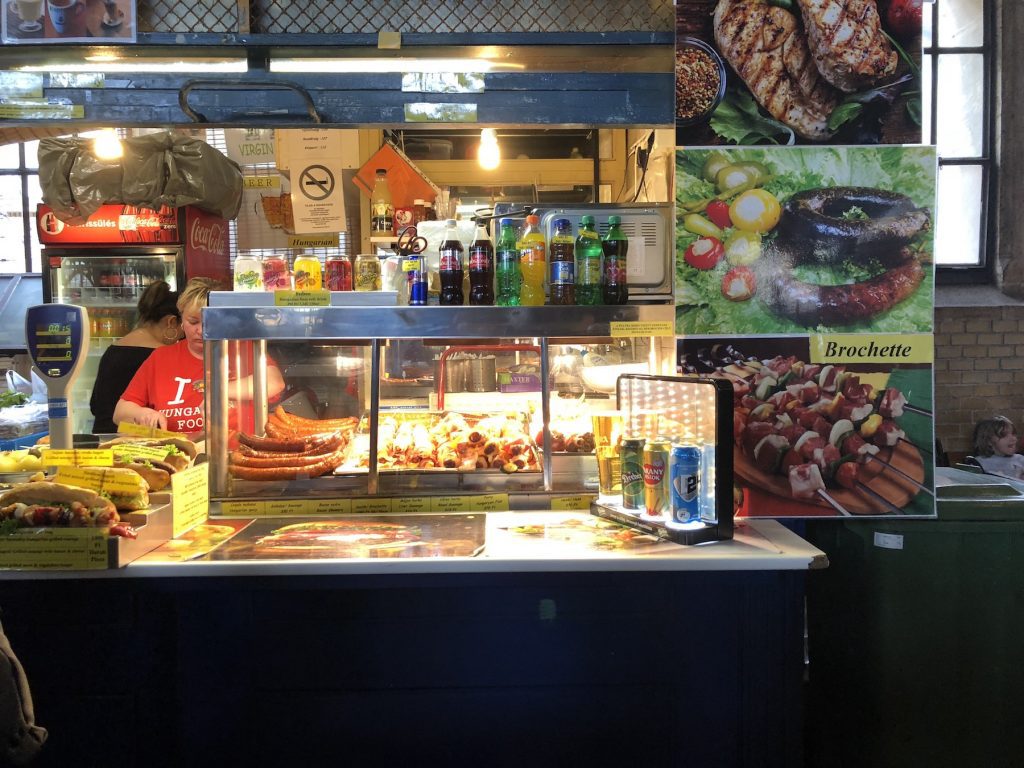
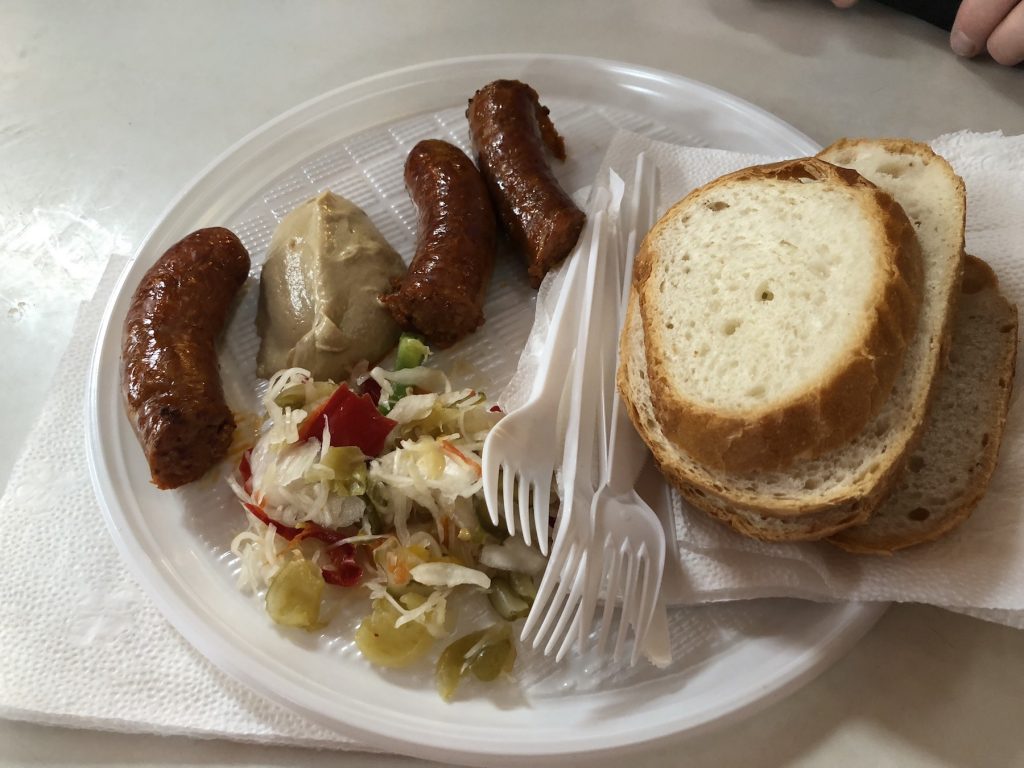
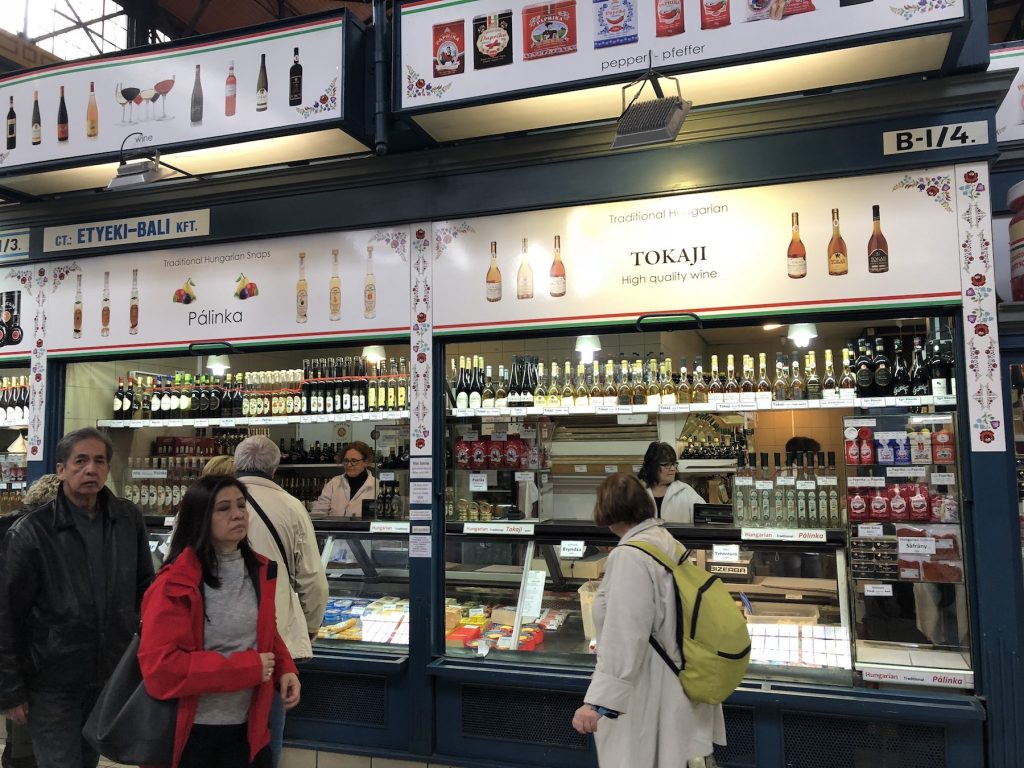
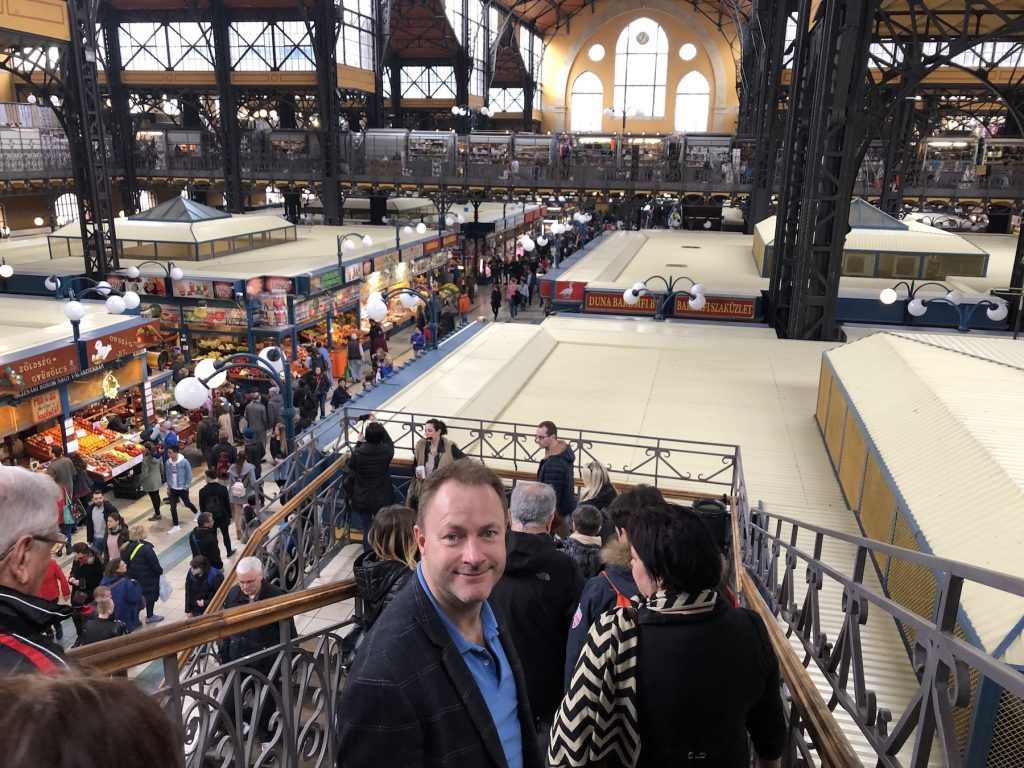
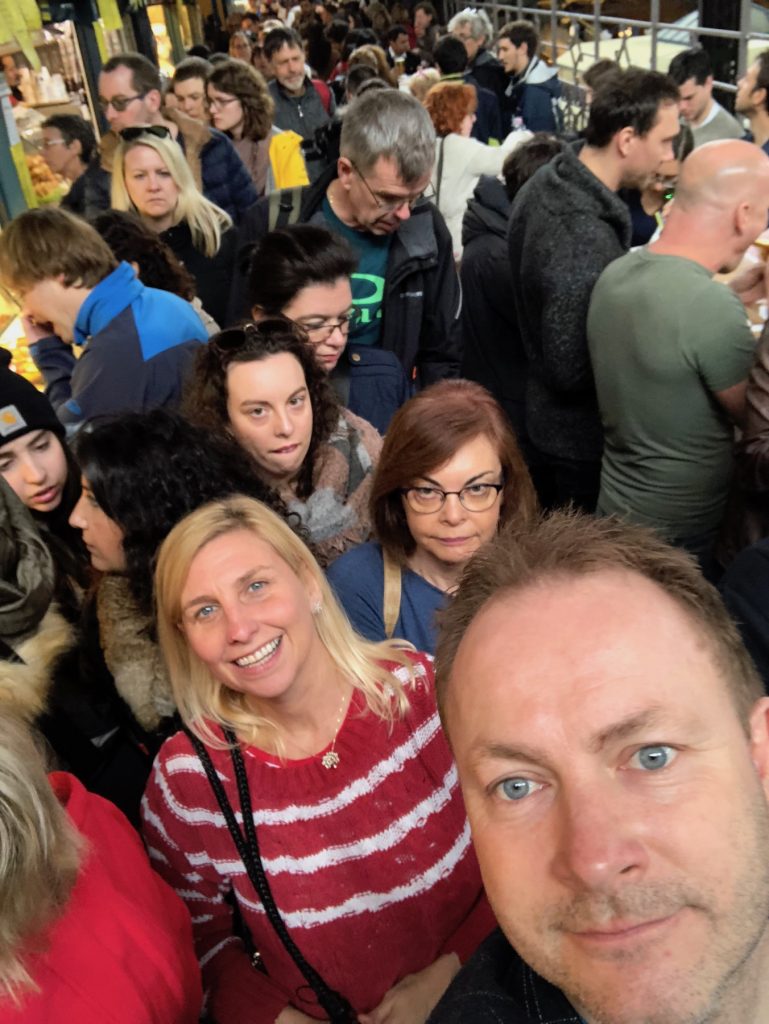
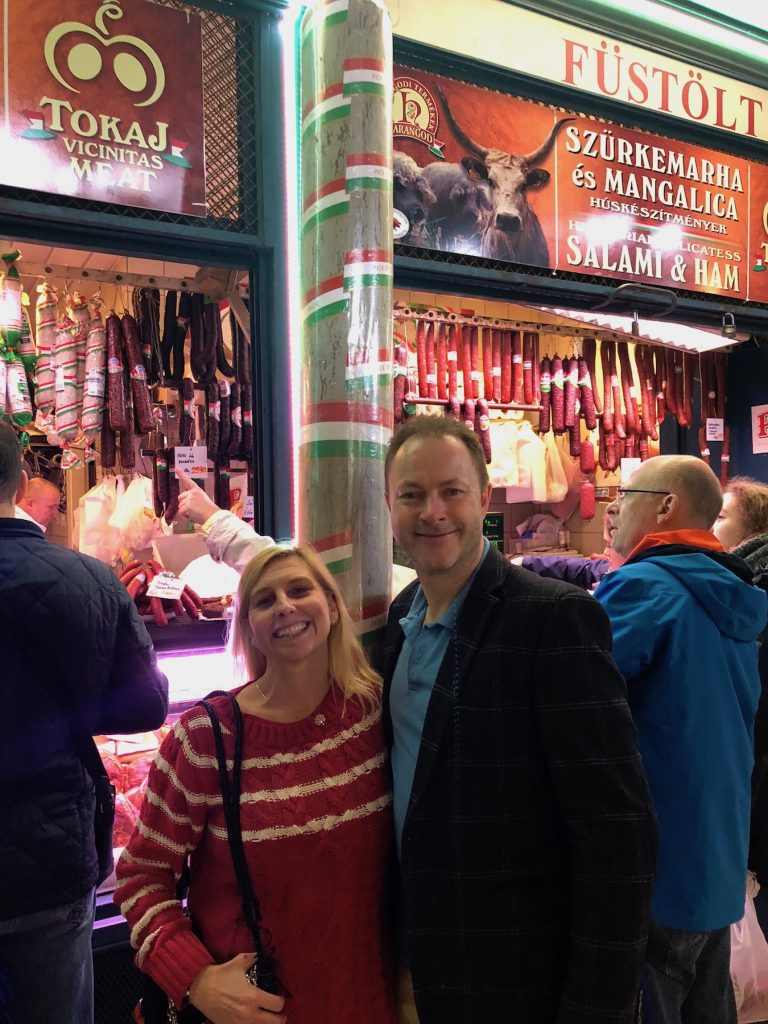
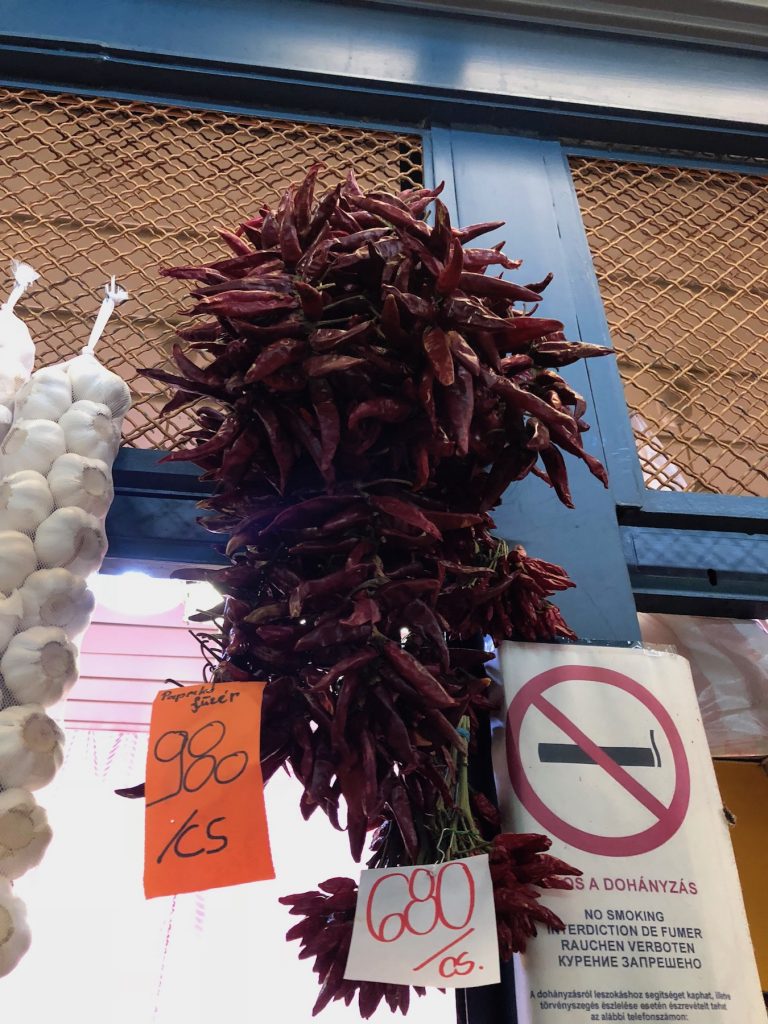
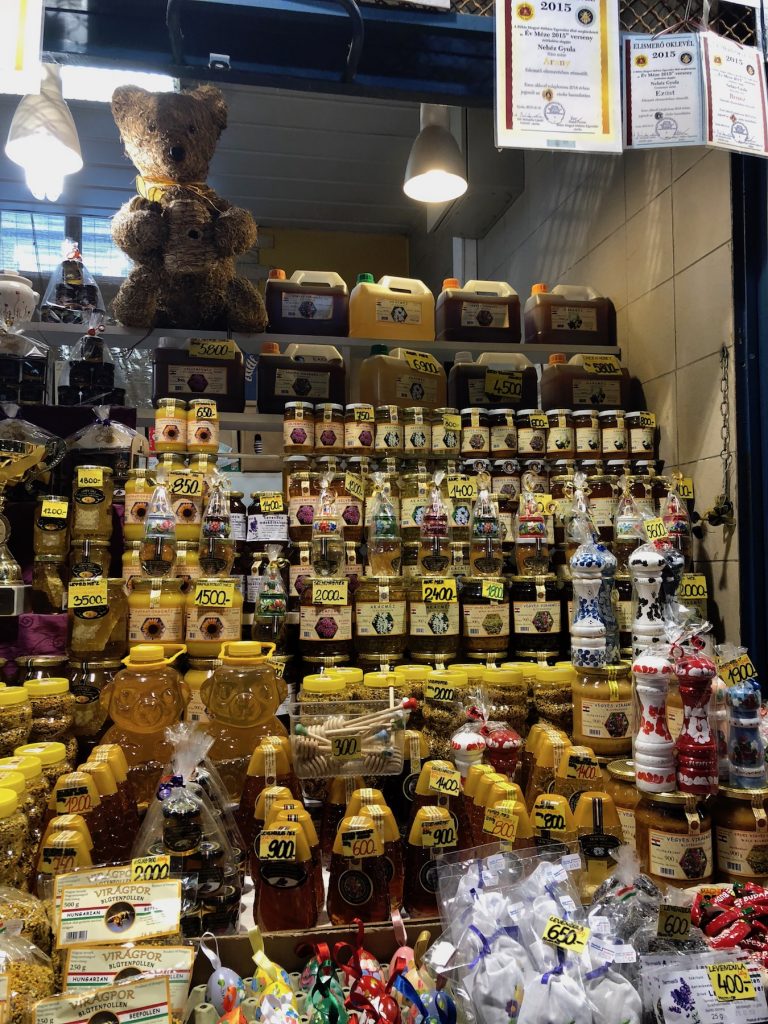
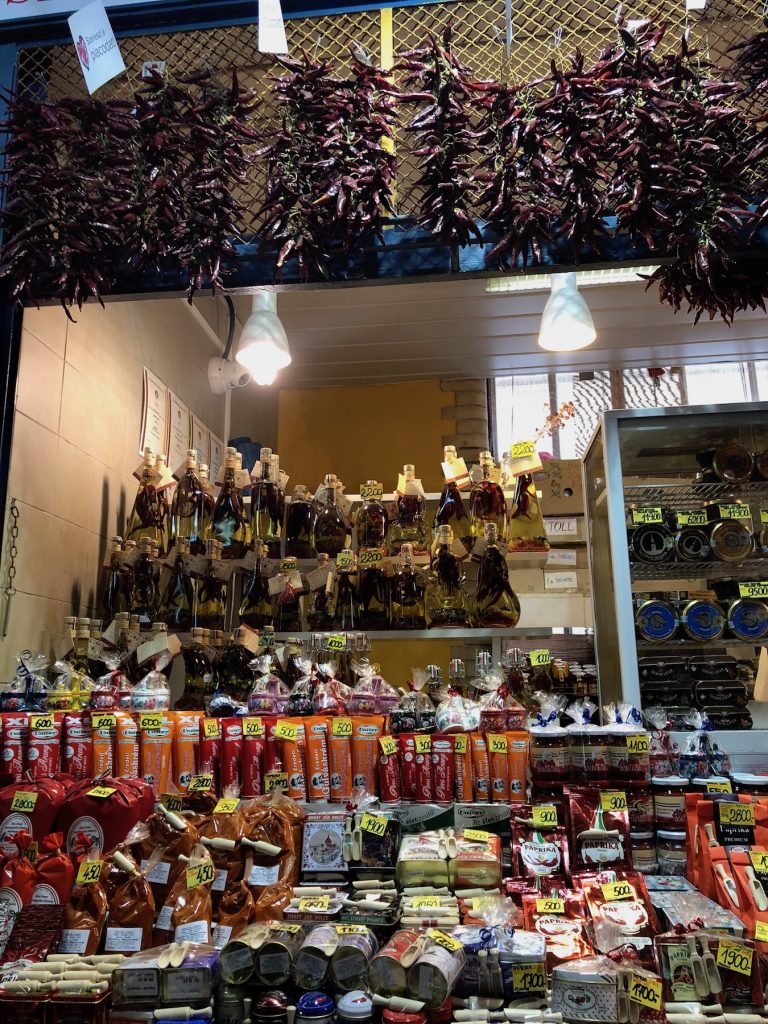
We hopped on a bus to go in search of our next delicious dish of the day… Our next dish Csirkepaprikas, a chicken ragout in a sauce made from paprika and sour cream – delicious! This was washed down with Palinka – this alcoholic drink is distilled from fruit grown on the Great Hungarian Plain, 100Km east of Budapest. It comes in a variety of flavours: we sampled barak (apricot) and csereszyne (cherry). It takes your breath away!
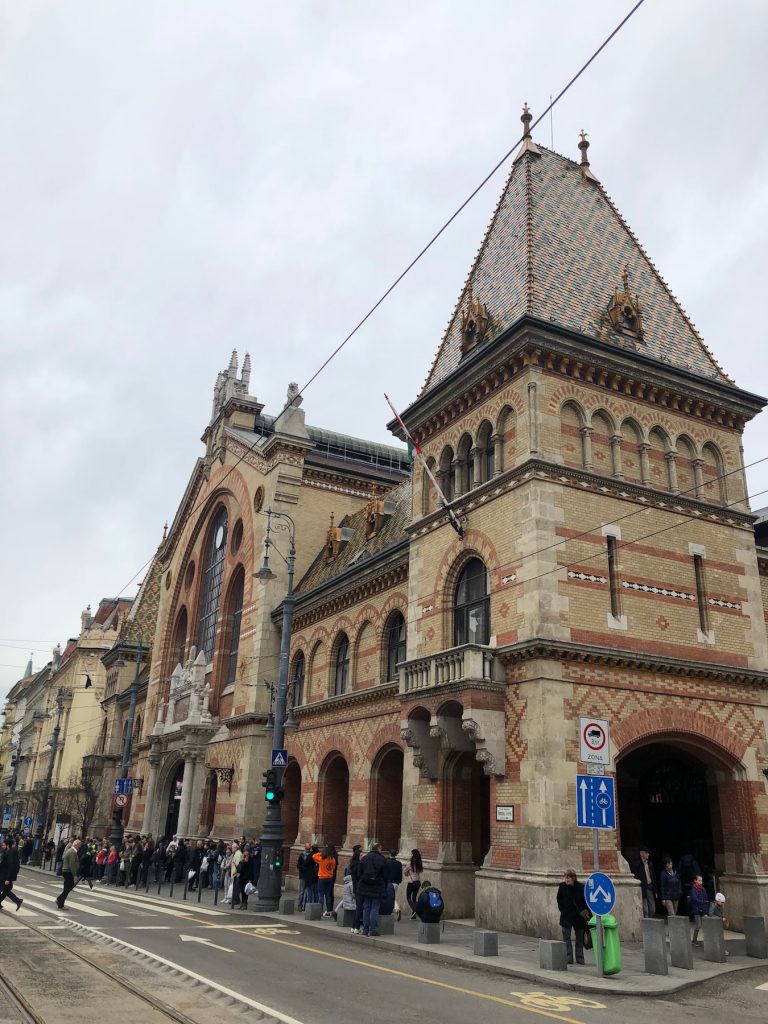

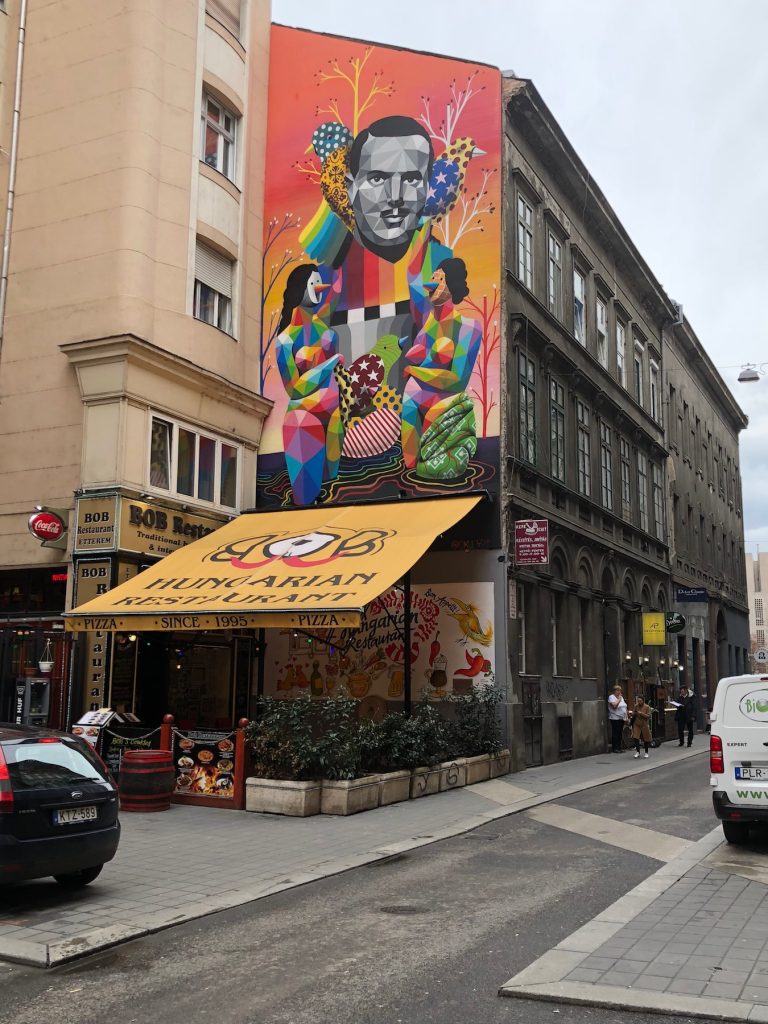
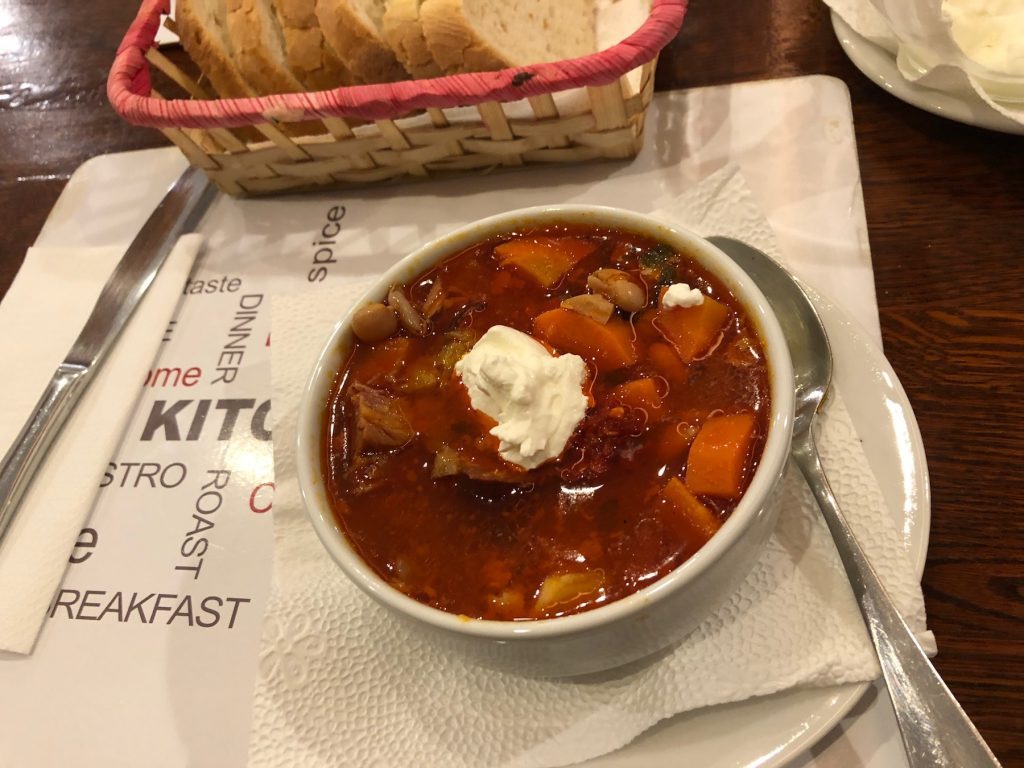
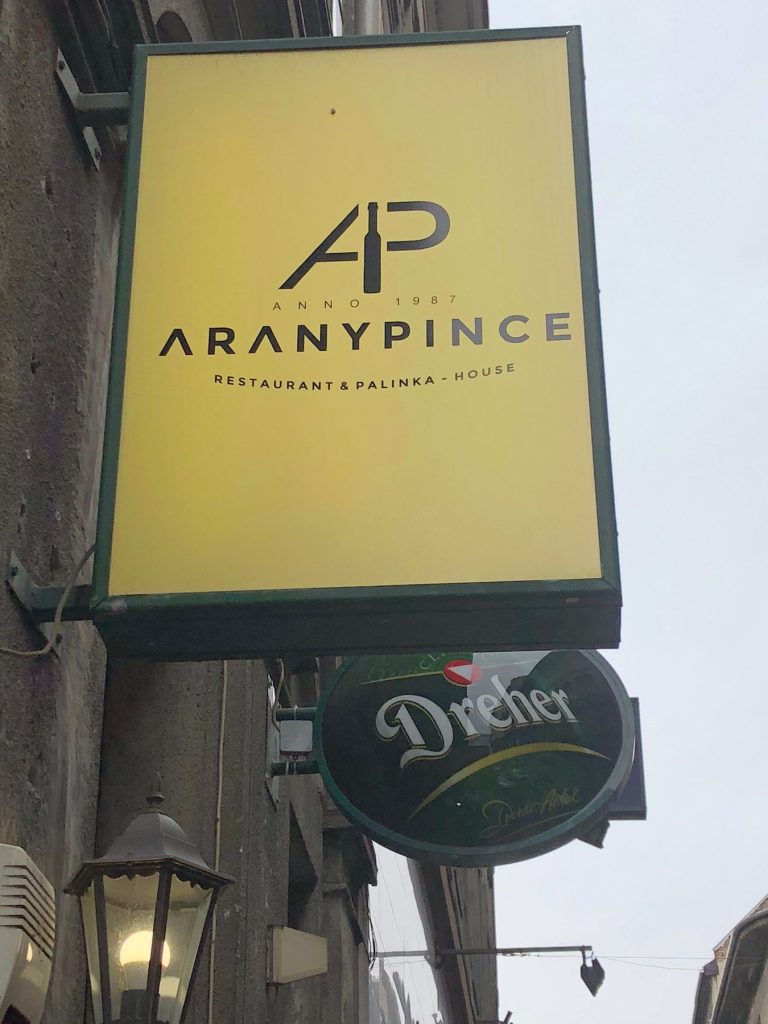
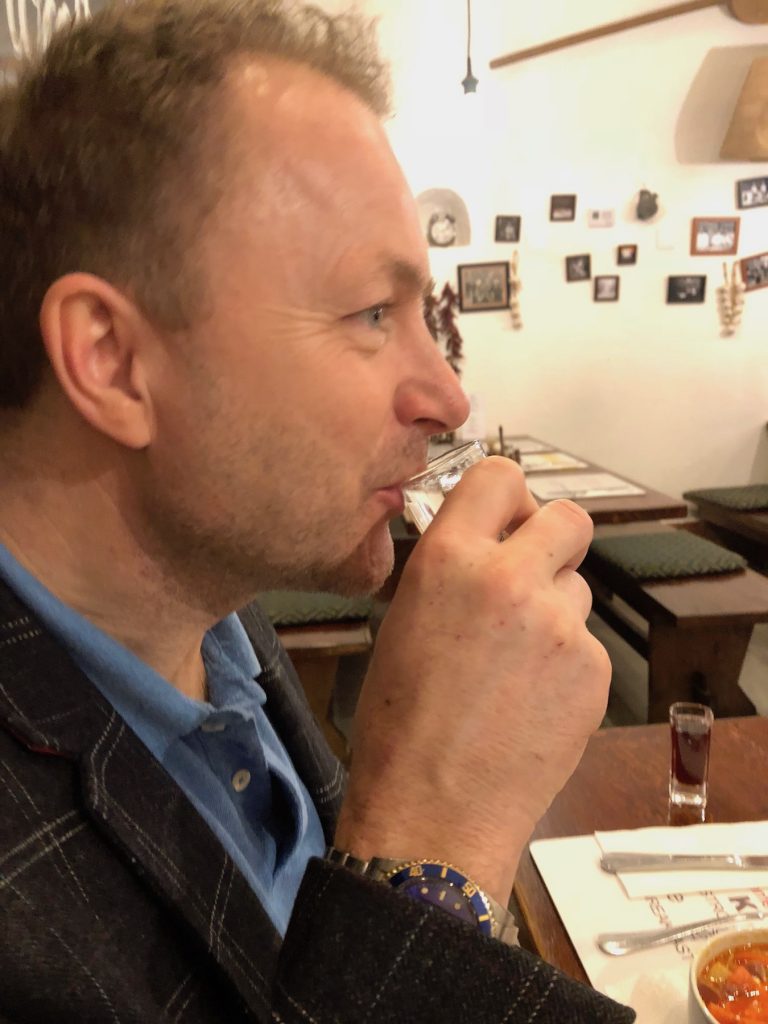
Adrienne continued to show us various sites around town. Including this wall mural commemorating 25 November 1953 England v Hungary football match at Wembley Stadium, which became known as the Match of the Century when Hungary beat England 6-3.
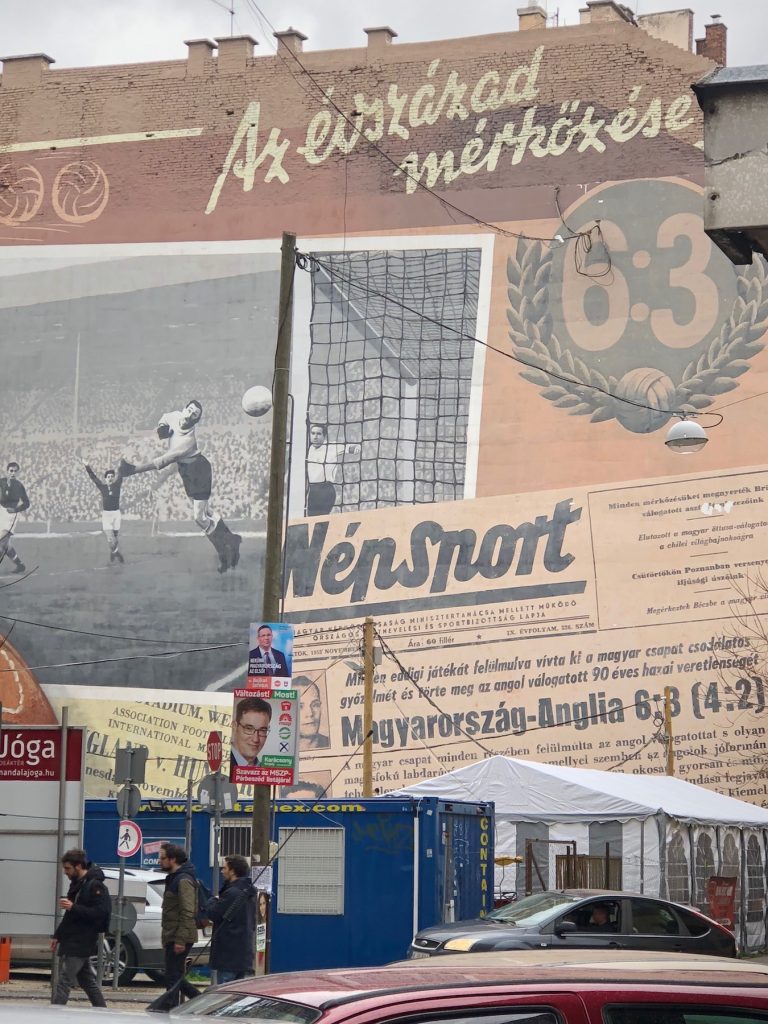
Next up was street food – and what was about to become our favourite snack – Langos! It is a deep fried flatbread, mashed potatoes and you add cheese and sour cream – DIVINE!! Traditionally, when Hungarian people used to bake bread in communal brick ovens, they’d save a piece of dough and bake it off in the morning for breakfast. This piece of breakfast bread gradually evolved into a deep-fried snack like those found in other countries that share cultural backgrounds with Hungary like Turkey, Serbia, Slovakia, Romania, the Czech Republic, and Austria.
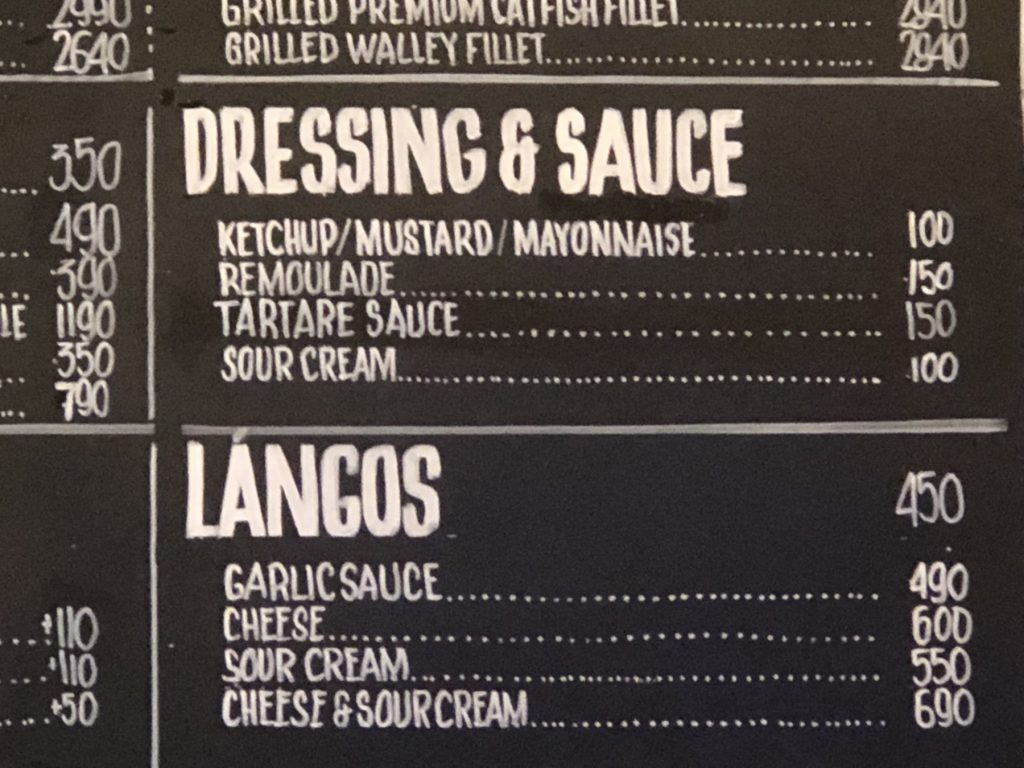
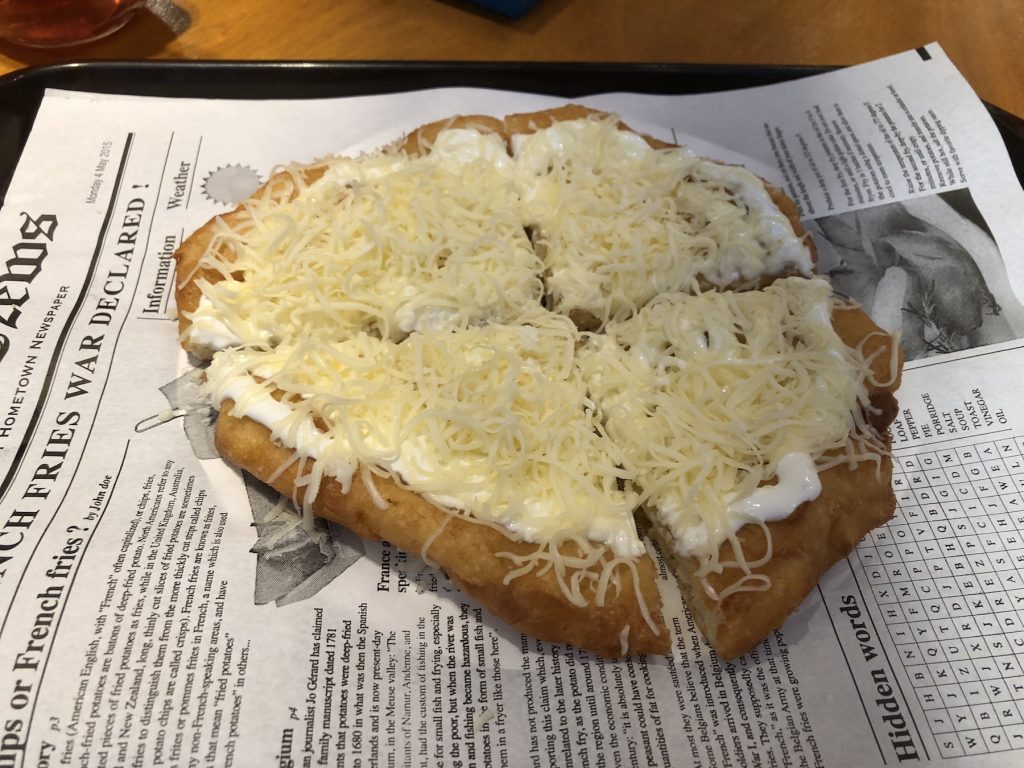
Sticking with the theme of street food, our next delight was KÜRTŐSKALÁCS, or Chimney Cake. Its main ingredients are flour, sugar, eggs, milk, butter, yeast and salt. The sweet dough is wrapped around a cylindrical baking spit. Before placing above the hot charcoal, they roll the dough in sugar, so it’ll be golden brown outside and the scent of the caramelised sugar will attract you. The last step is to choose a coating. The most common ones are cinnamon, vanilla, cacao and walnut. DELICIOUS!
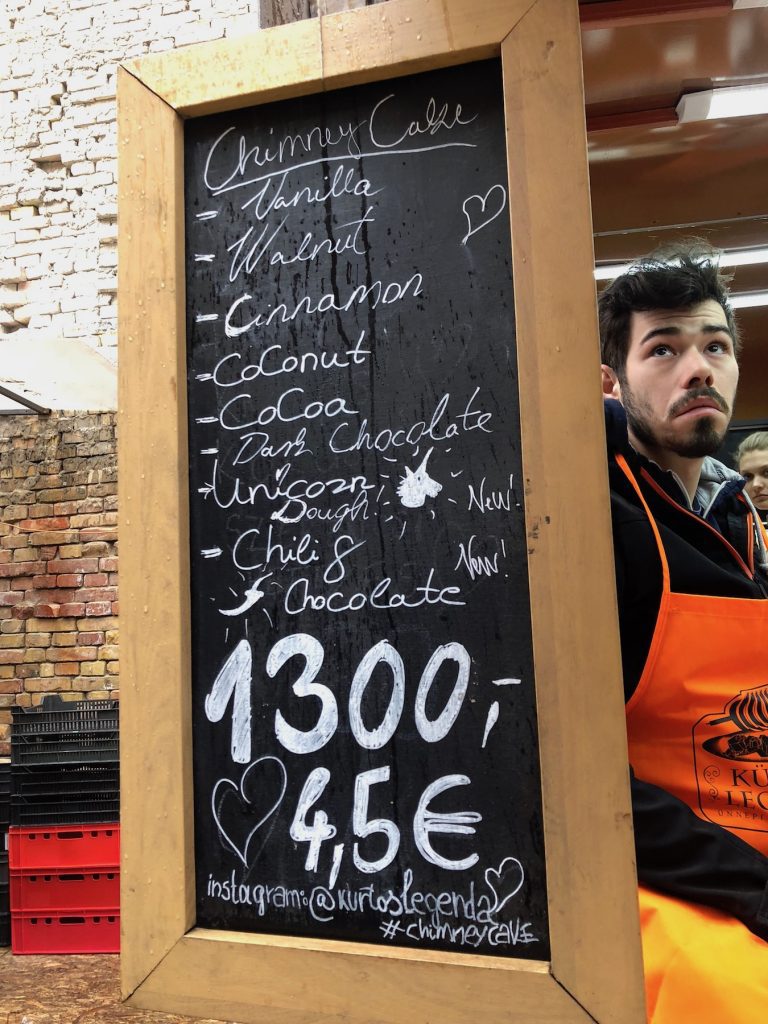
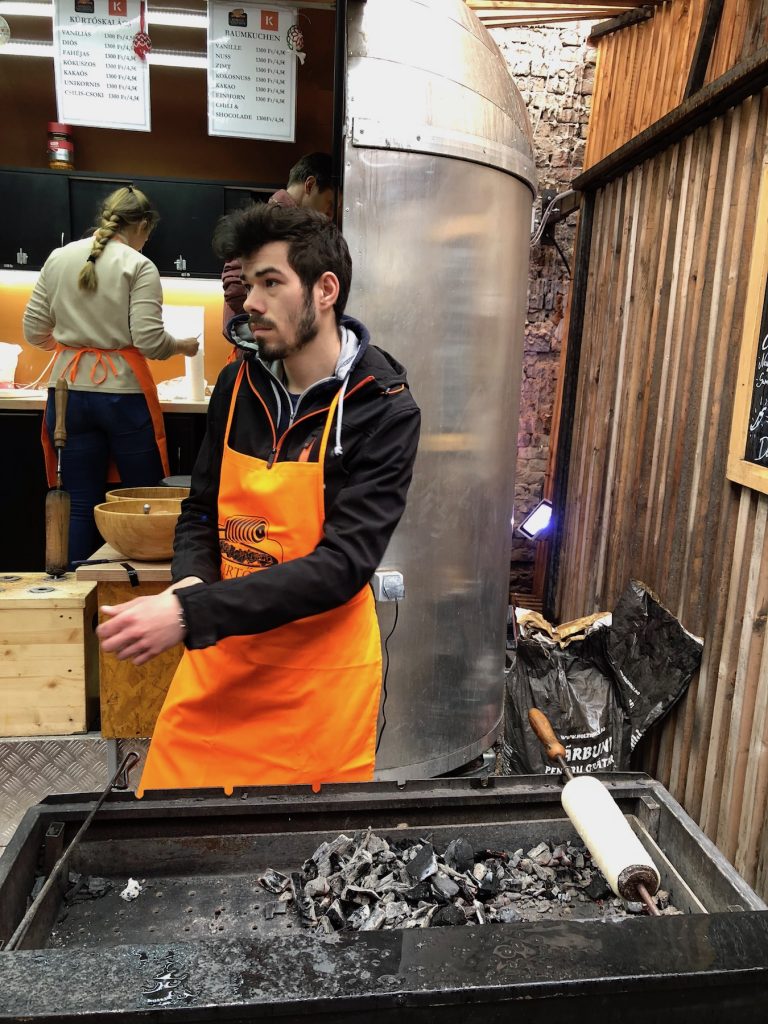
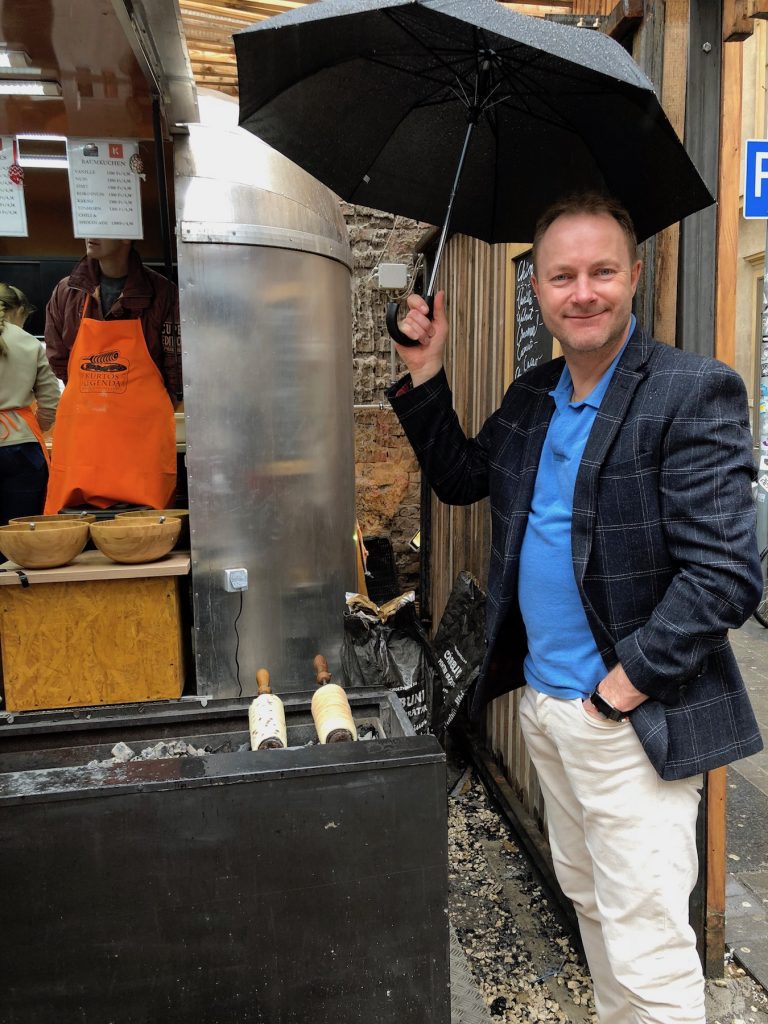
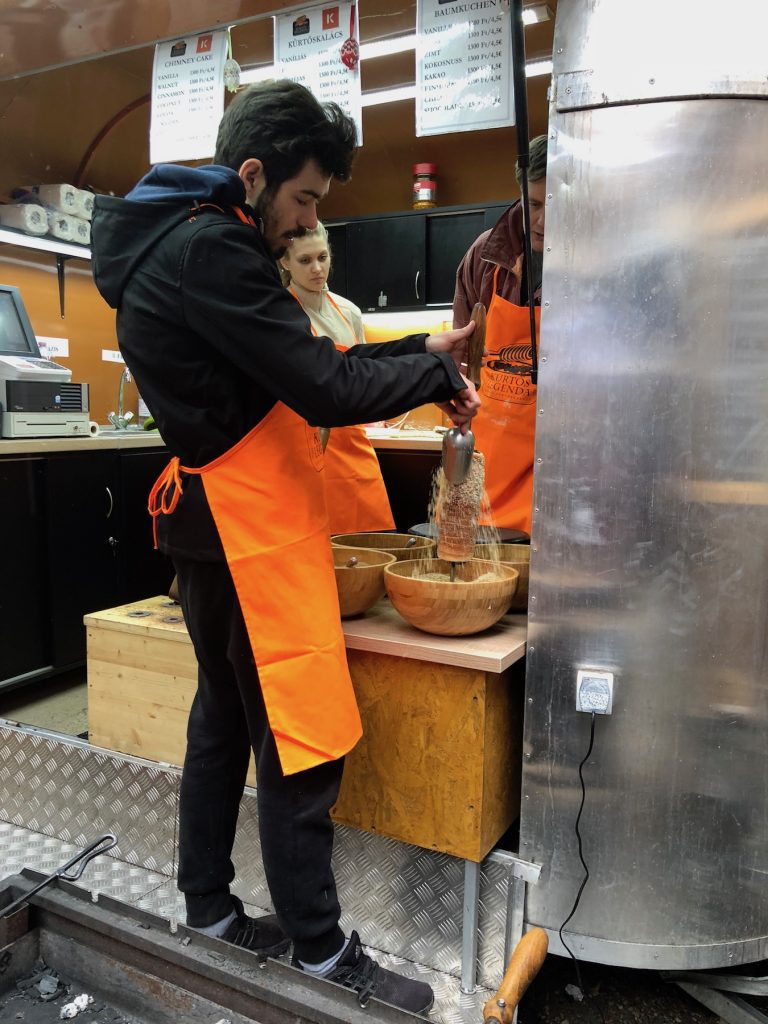
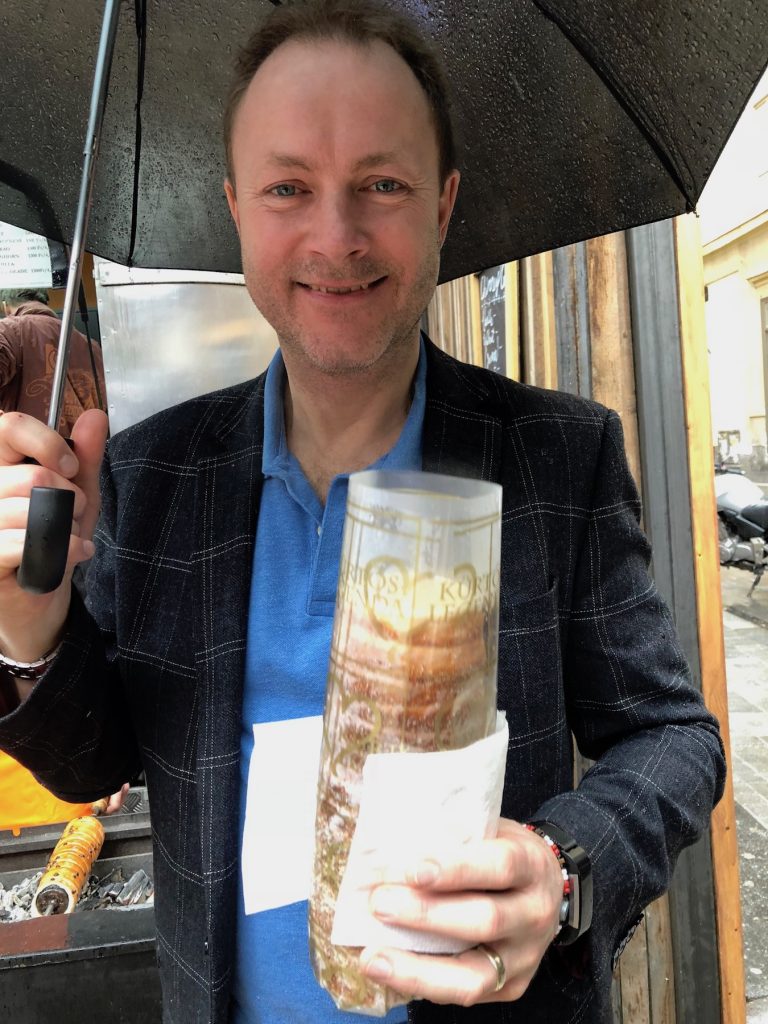
One of the most unique aspects to contemporary Budapest is the concept of Ruin Bars – incredibly cool drinking joints set in neglected pre-war buildings.
We started at Simpla Kert, which pioneered the genre in 2004. It was a run down building on Kazinczy Street in District VII which was saved from demolition by a group of entrepreneurs looking to open up a bar/community space. Rather than redeveloping they chose to work with the building’s ramshackle state, adding quirky furniture and decorations, creating a mix’n’match aesthetic and making use of a space otherwise destined for ruin. The venture was a success and provided the template for a new generation of bars set in the Jewish Quarter. Although popular at night, they also provide community space during the day – Szimpla Kert holds a weekly farmer’s market on Sunday mornings, while Anker’t screens films and holds markets. We absolutely loved the buzz!
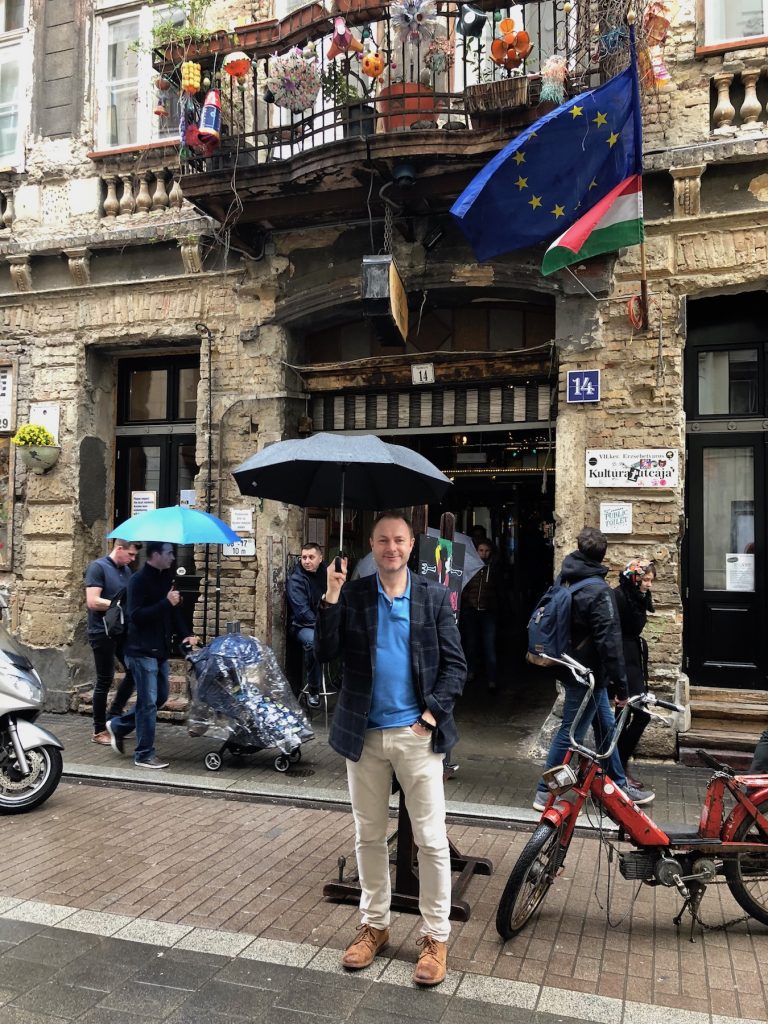
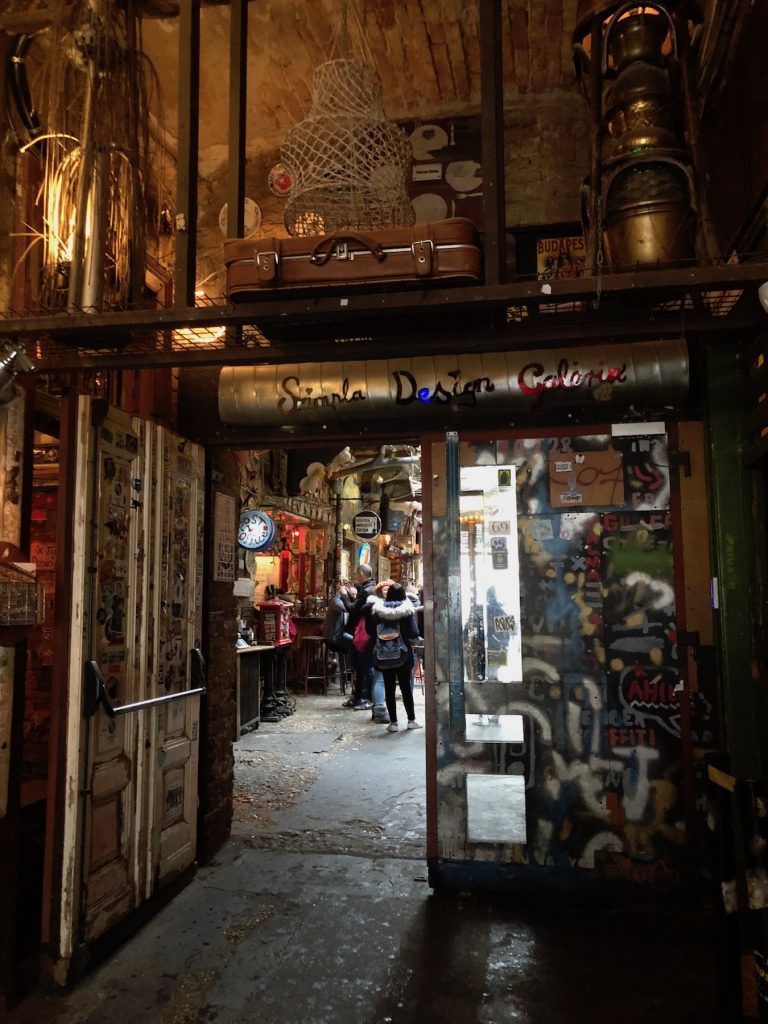
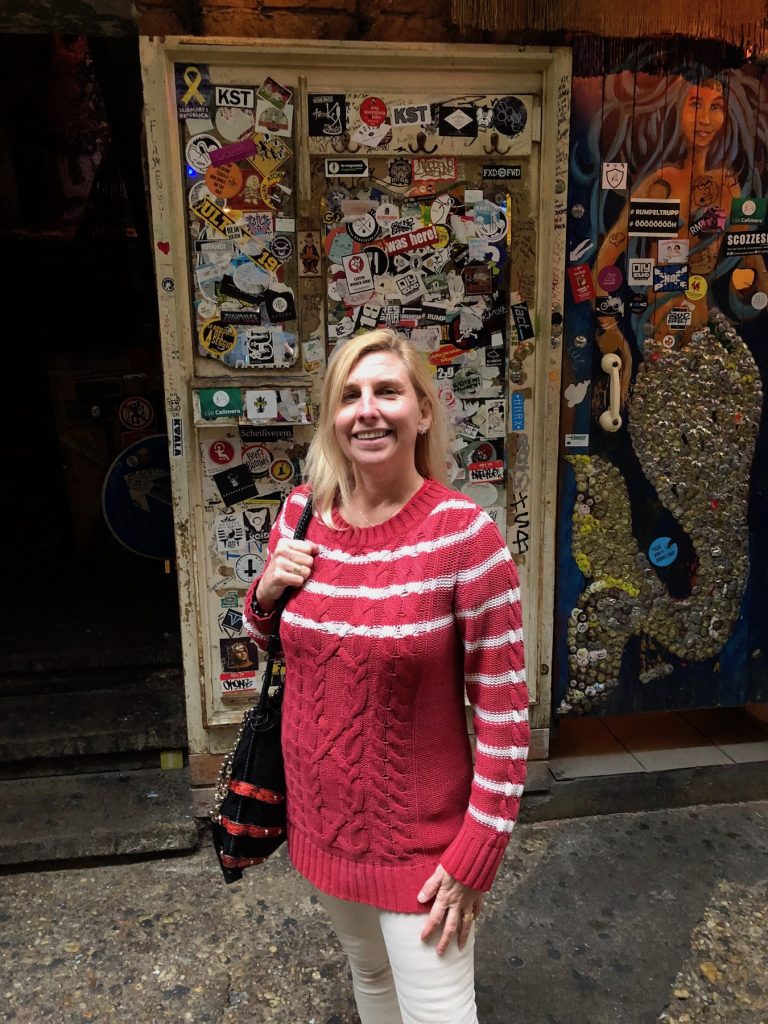
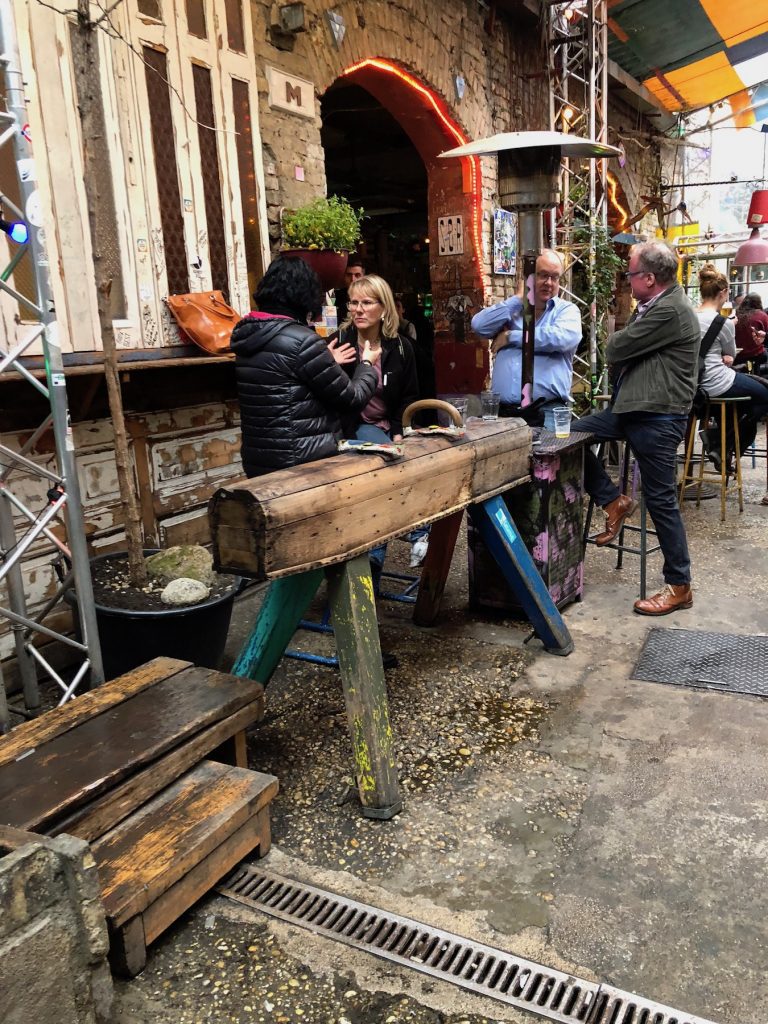
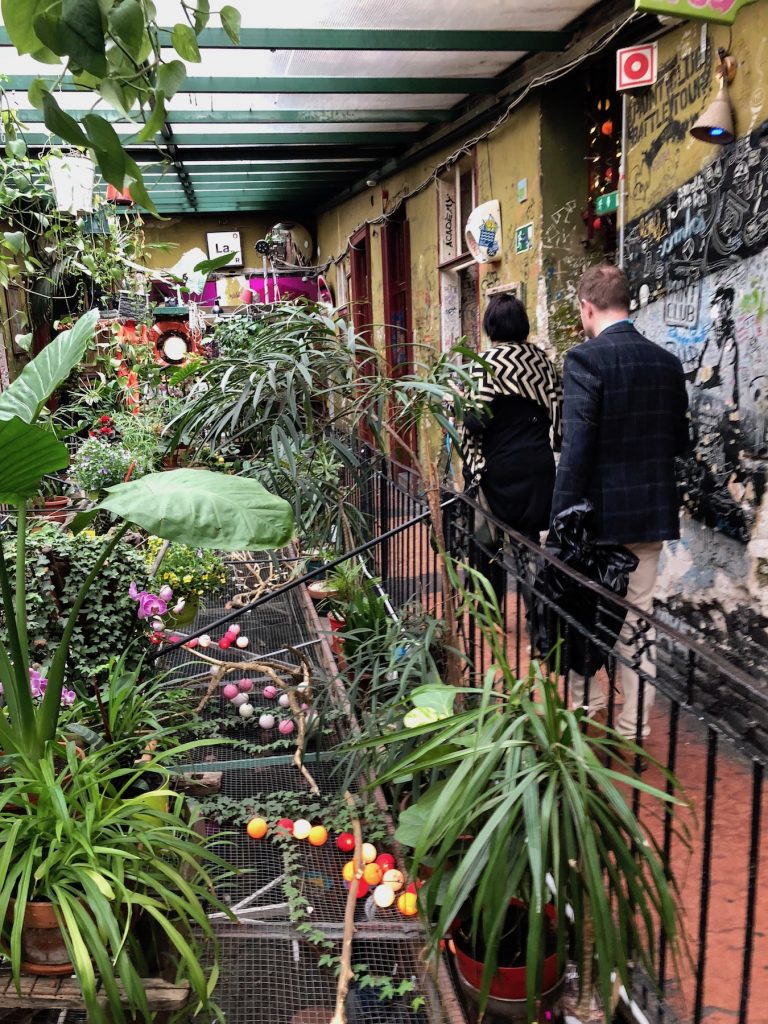
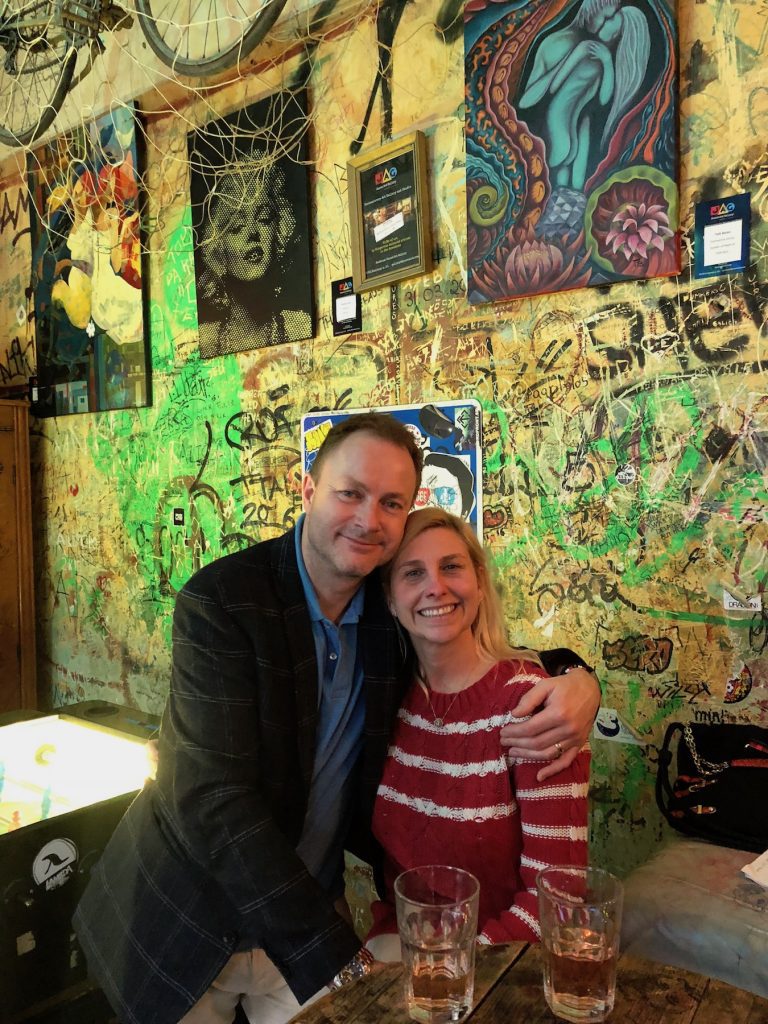
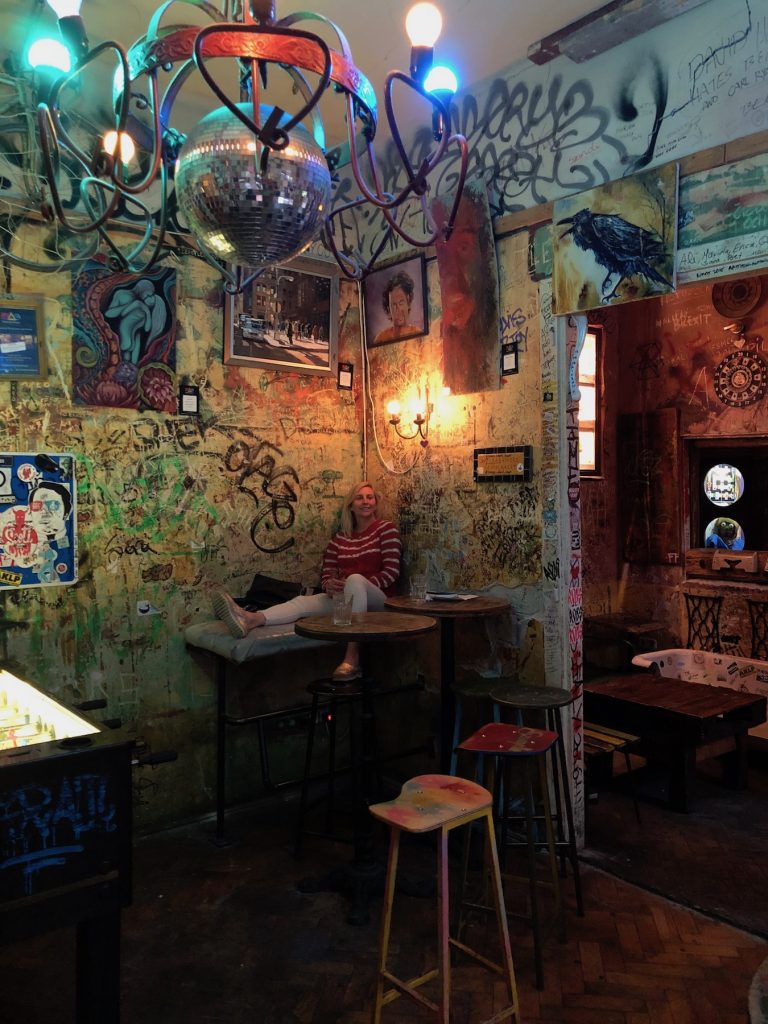
After this our food tour concluded – absolutely highly recommended! We then queued in the rain to visit the House of Terror. Once you finally get to the point of being able to purchase your ticket the staff are extremely rude, which was unfortunate and did not help to set the scene. If you are not Hungarian you will need the audio, or else be prepared to read reams of A4 literature. We felt that although some aspects provided an interesting perspective with regard to the involvement of Hungary, compared to other similar museums it was disappointing – it felt more arty and lacked substance.
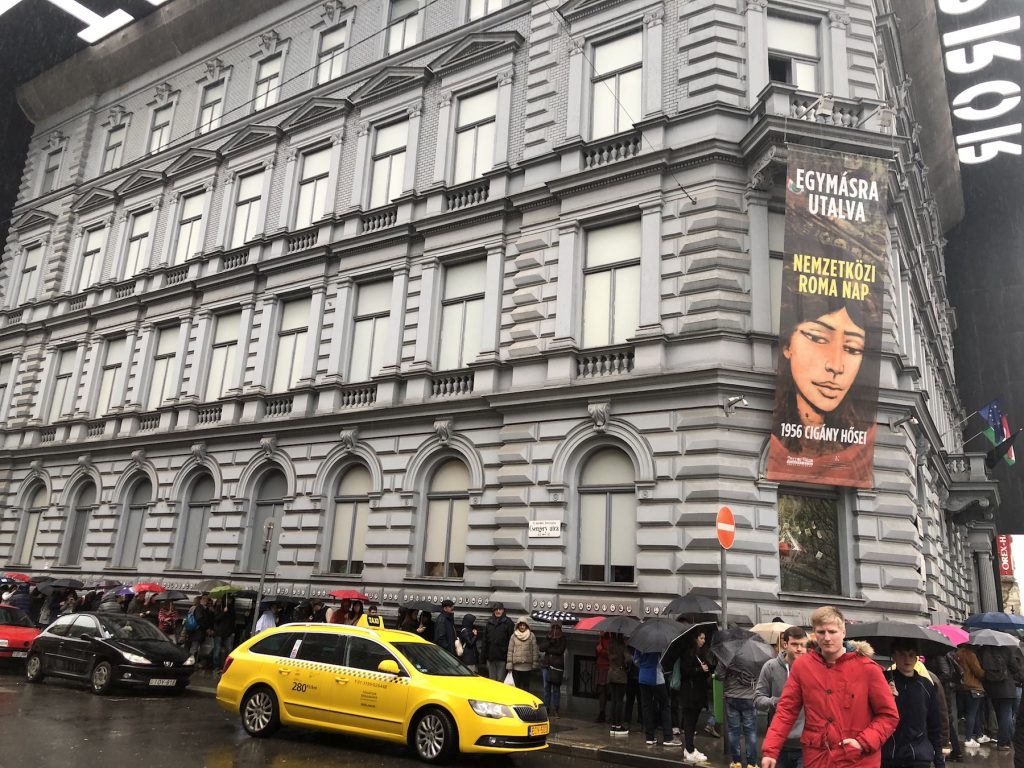
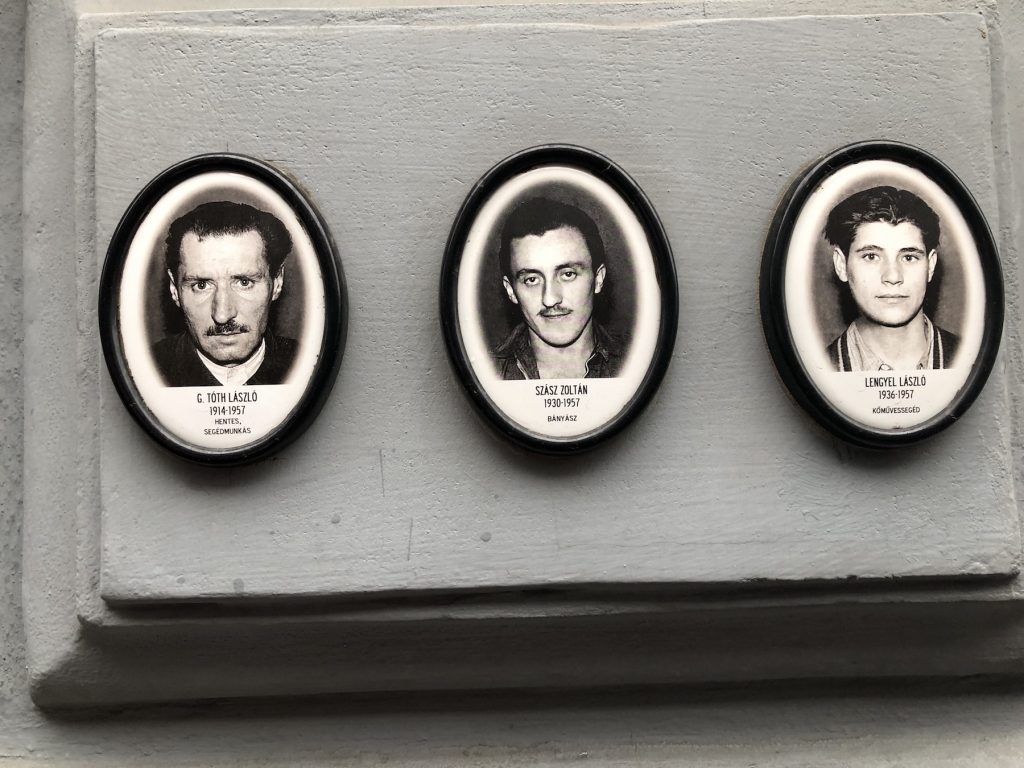
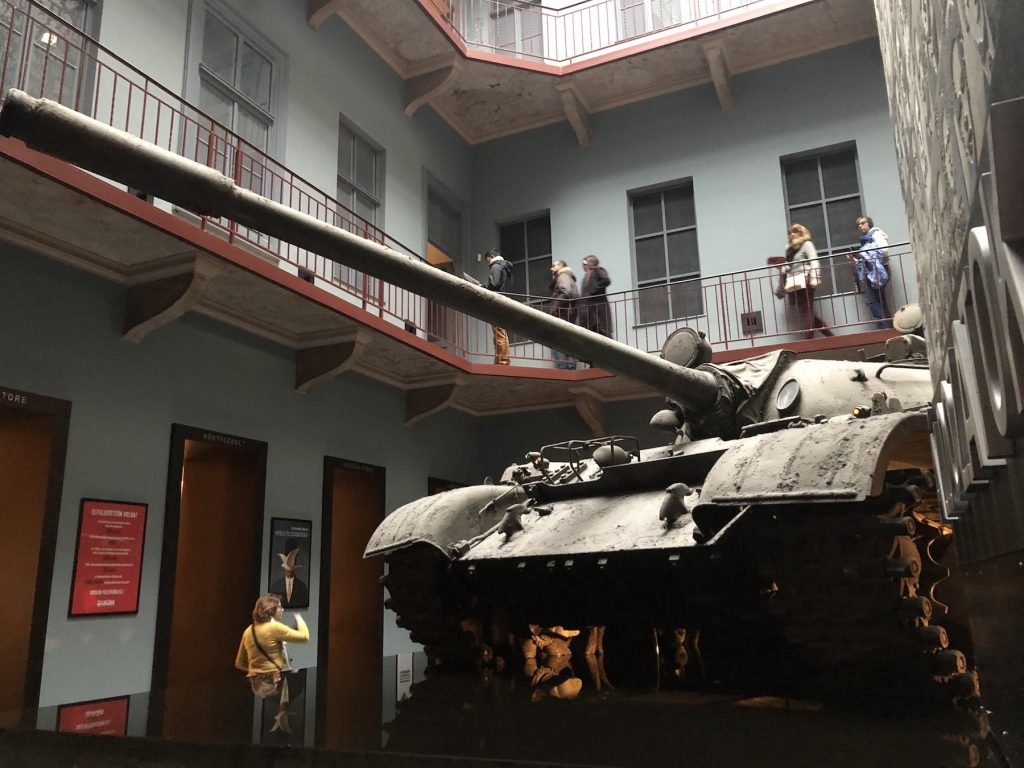
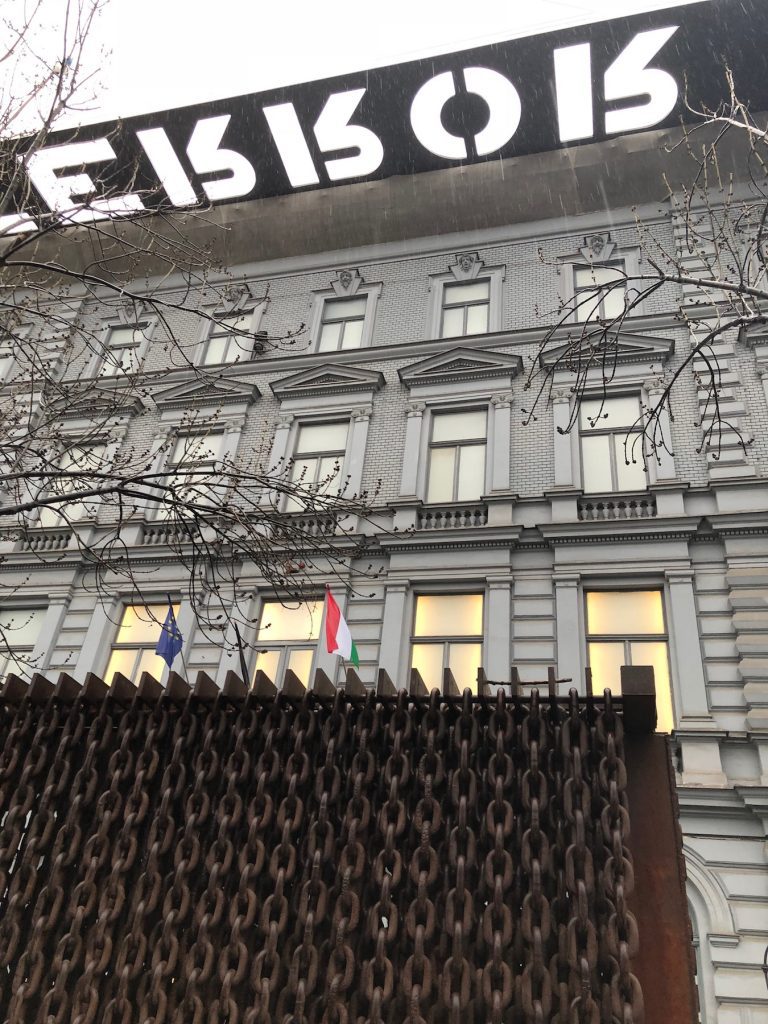
We headed back to our hotel, sneaked in a cheeky cocktail and got ready for dinner. Barak had been recommended to us. We went for the tasting menu again with paired wines – AMAZING. The food was creative and outstanding. The photos will do the talking!
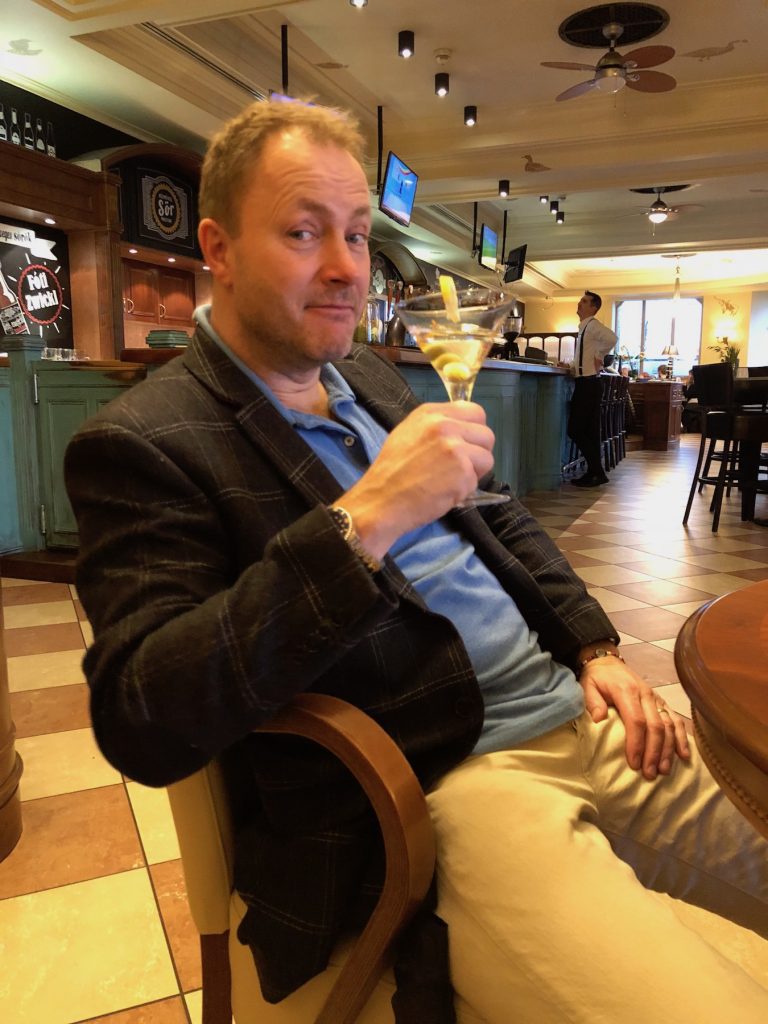
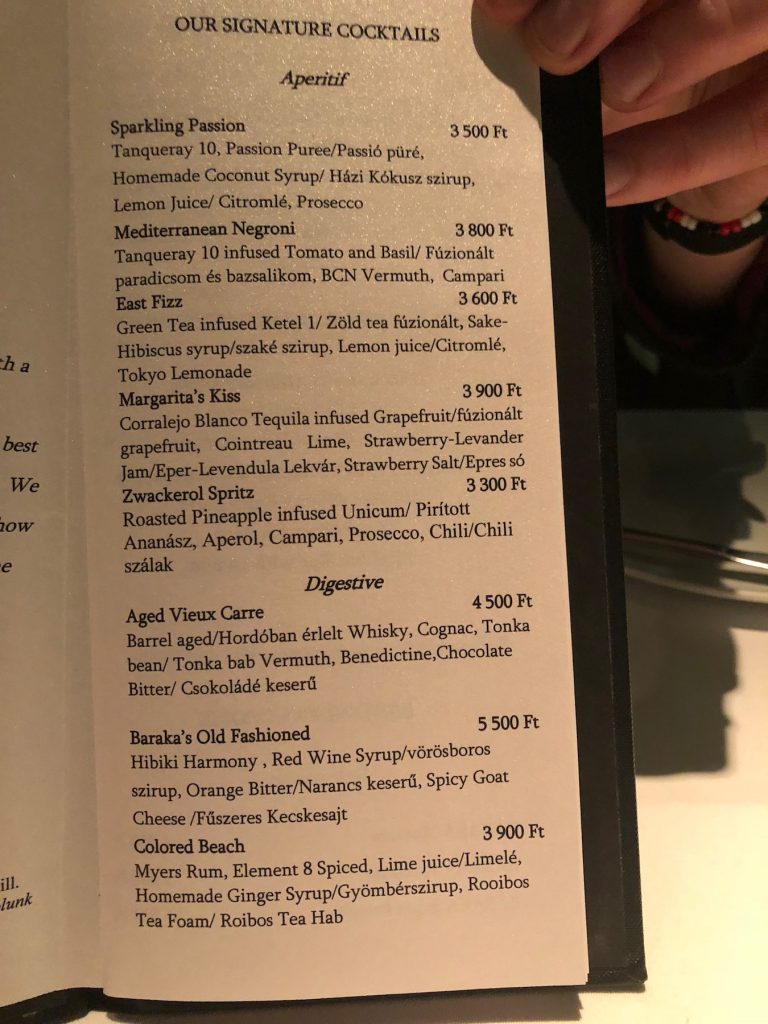
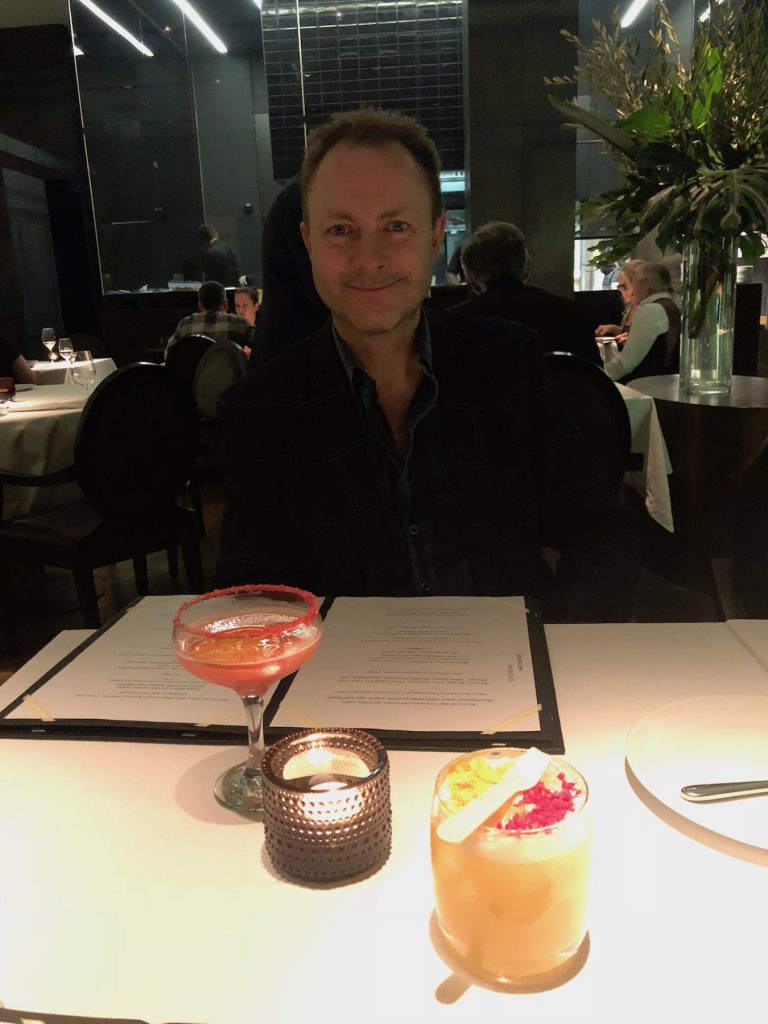
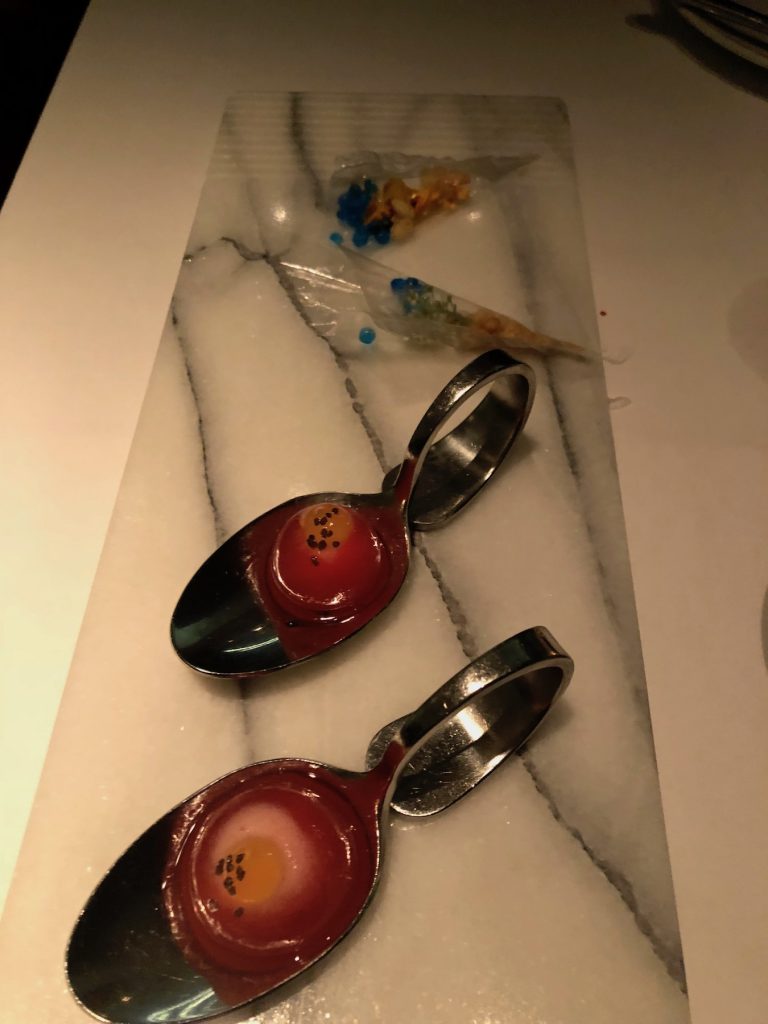
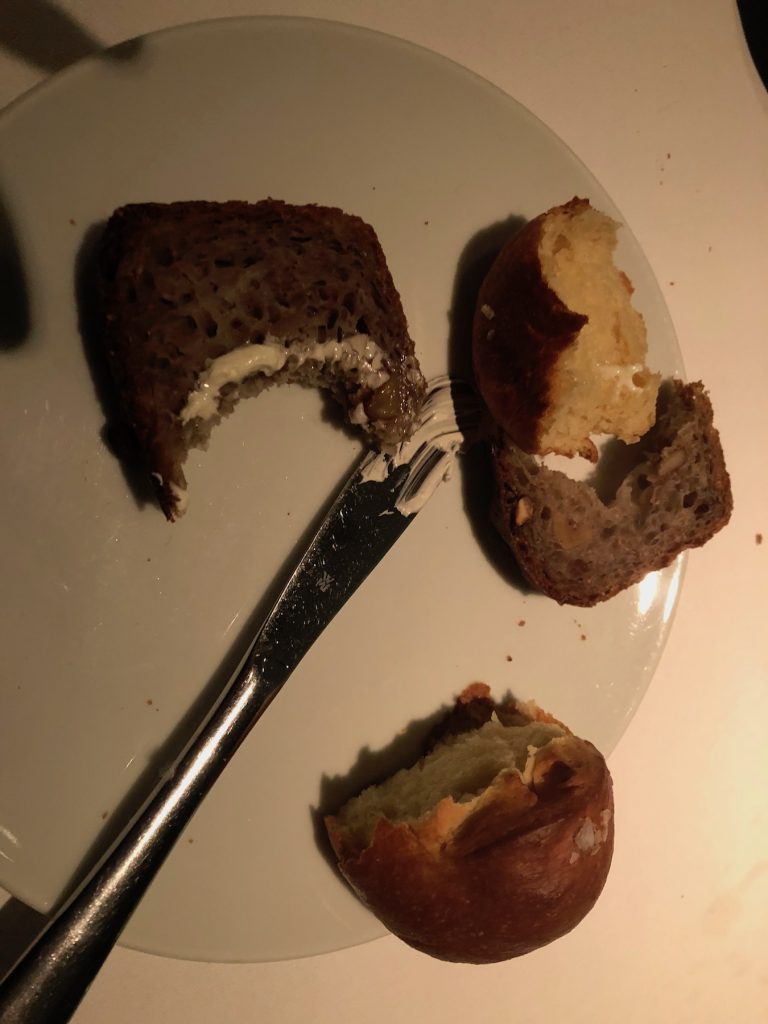
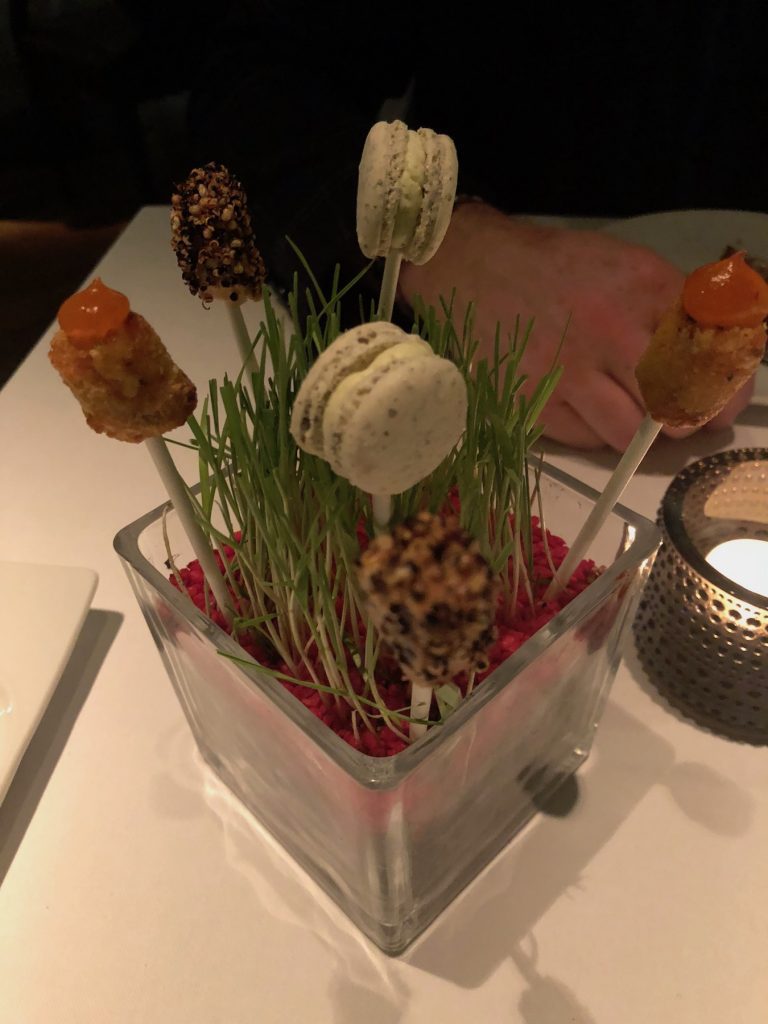
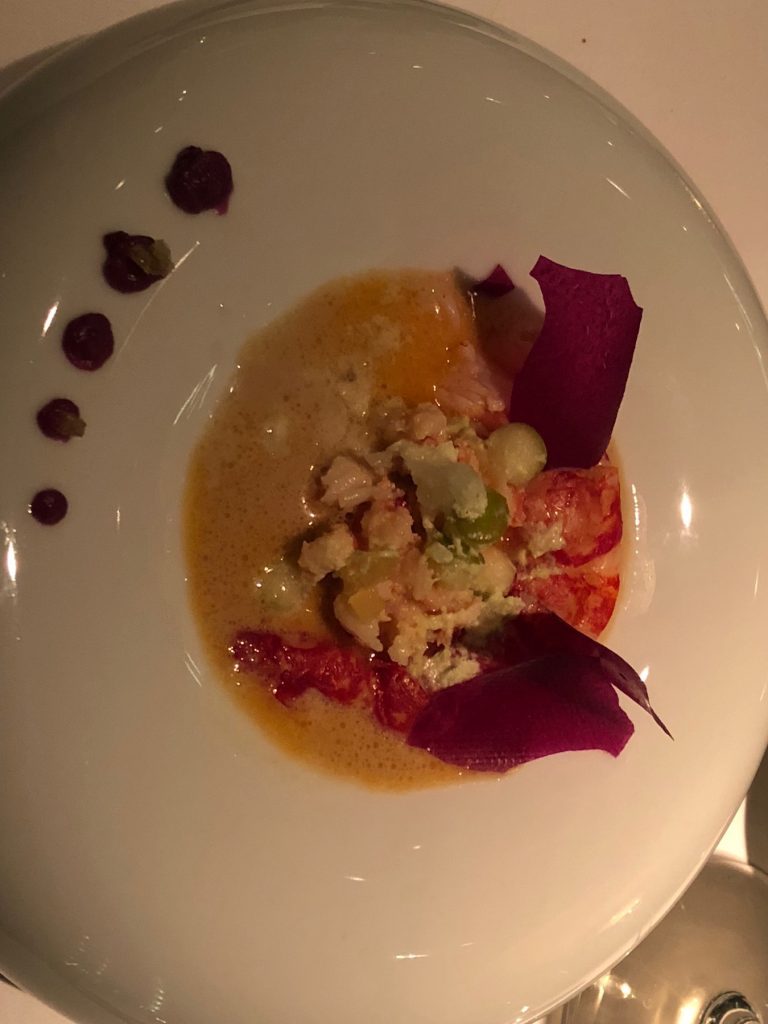
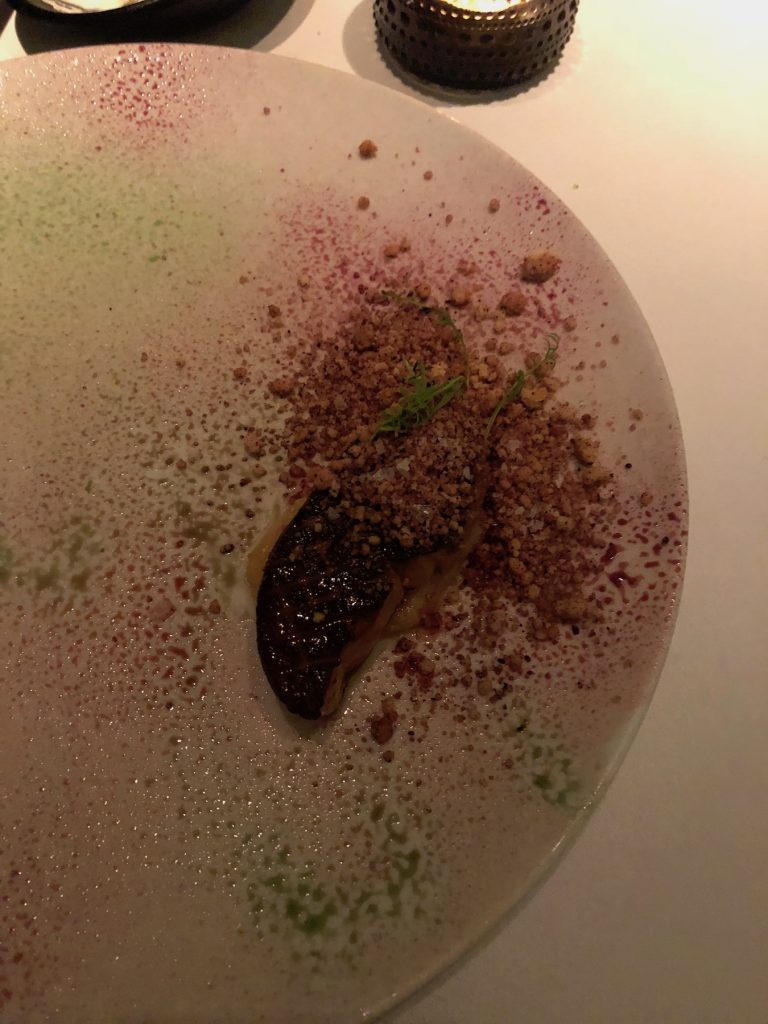
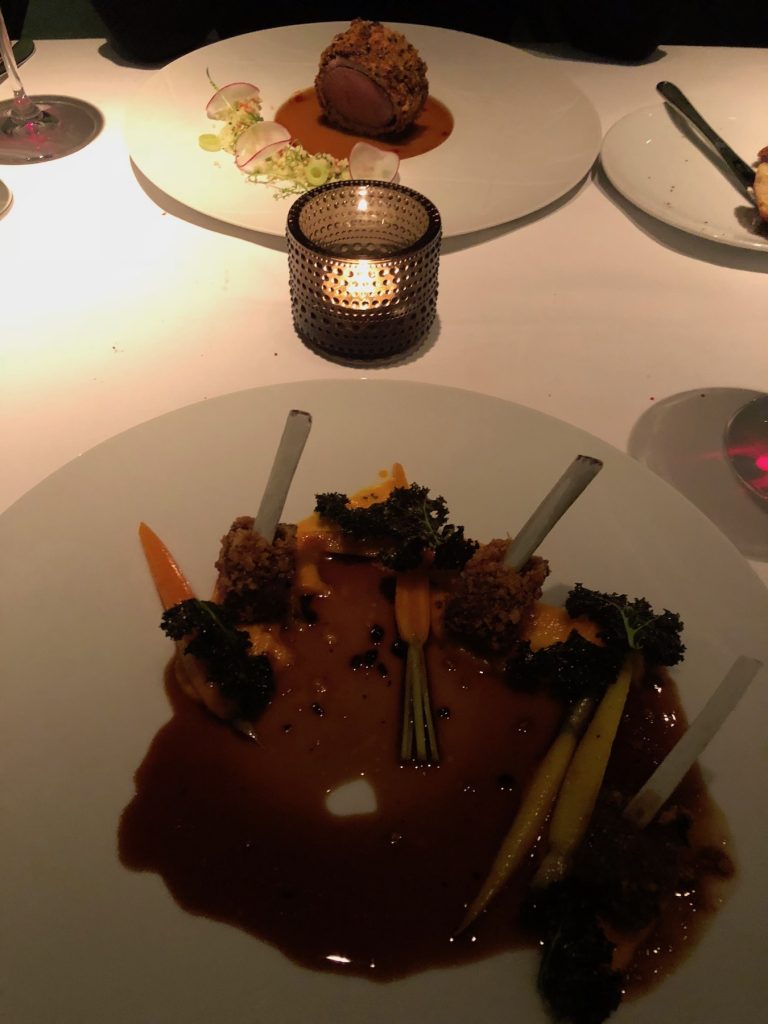
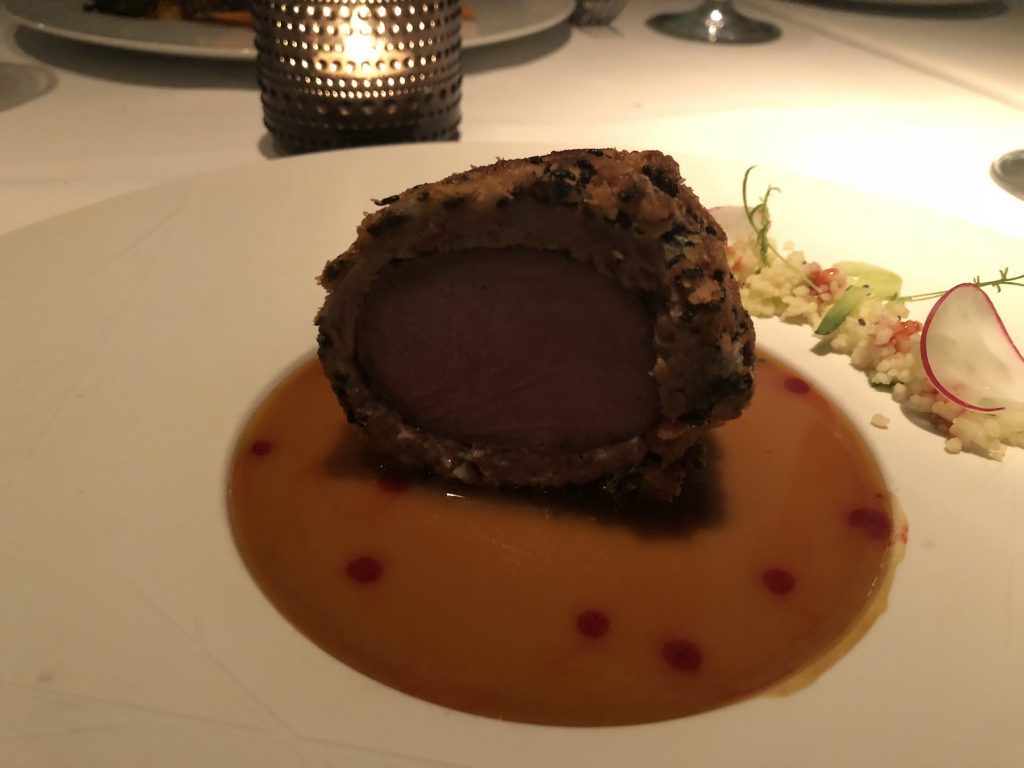
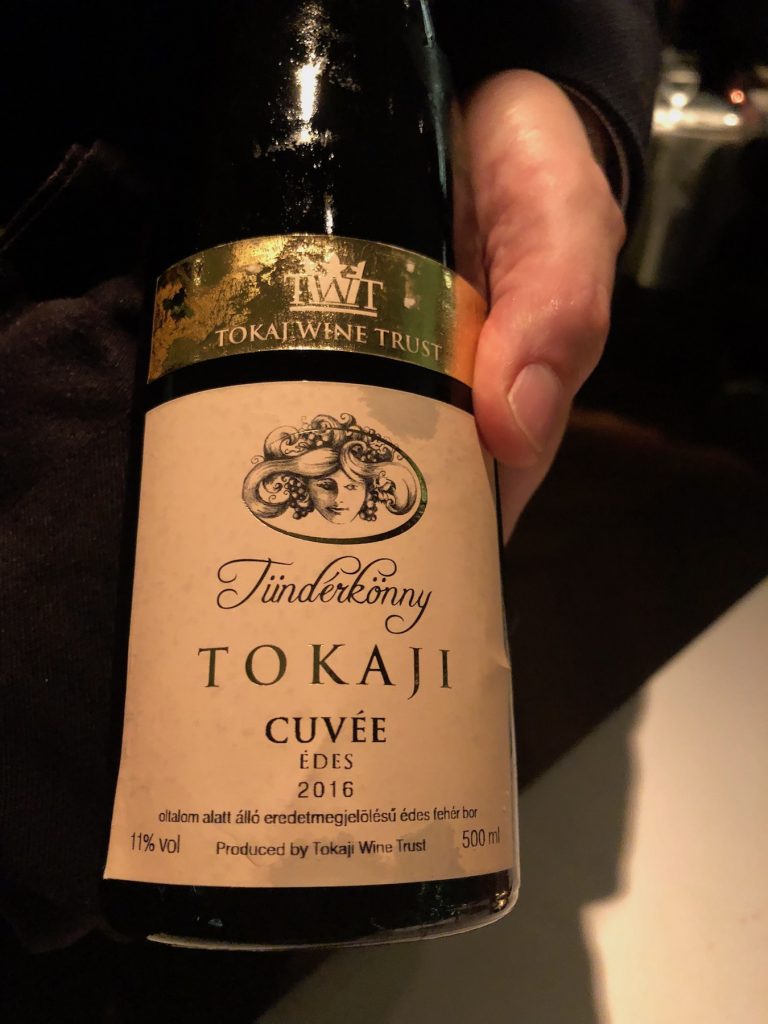
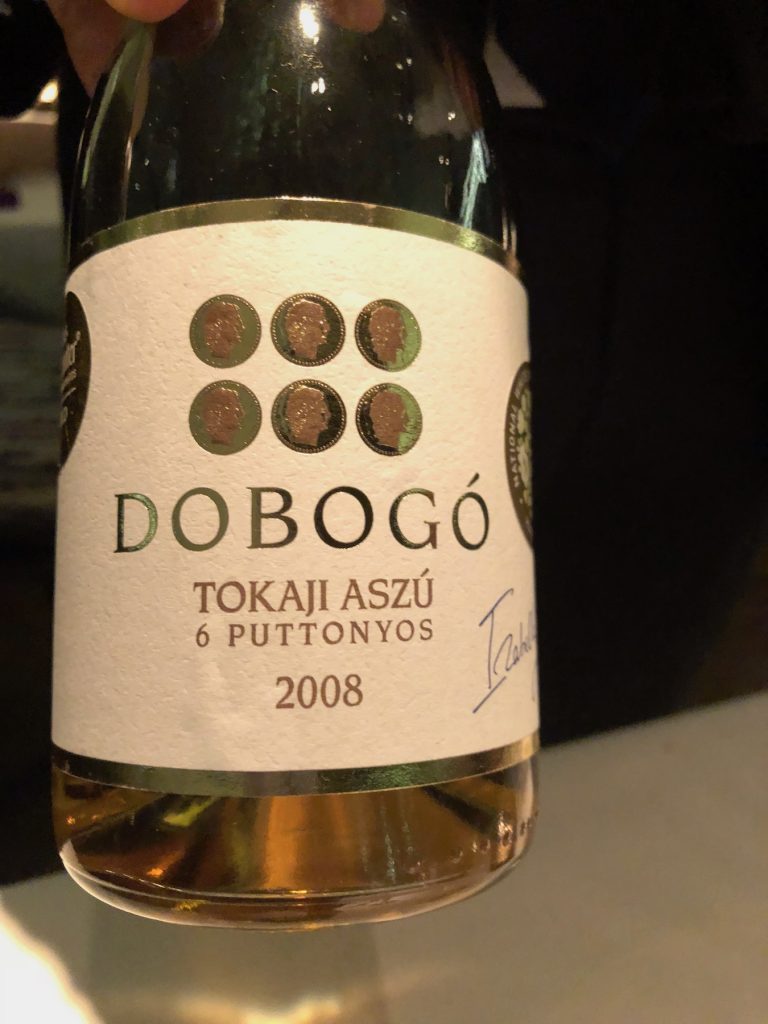
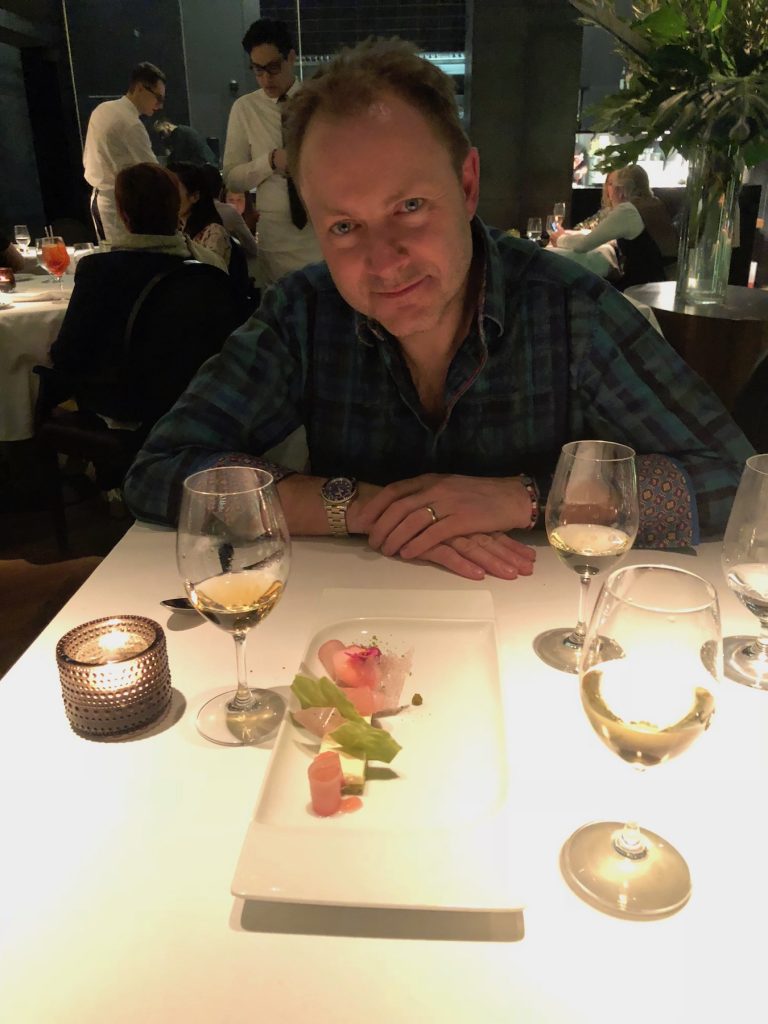
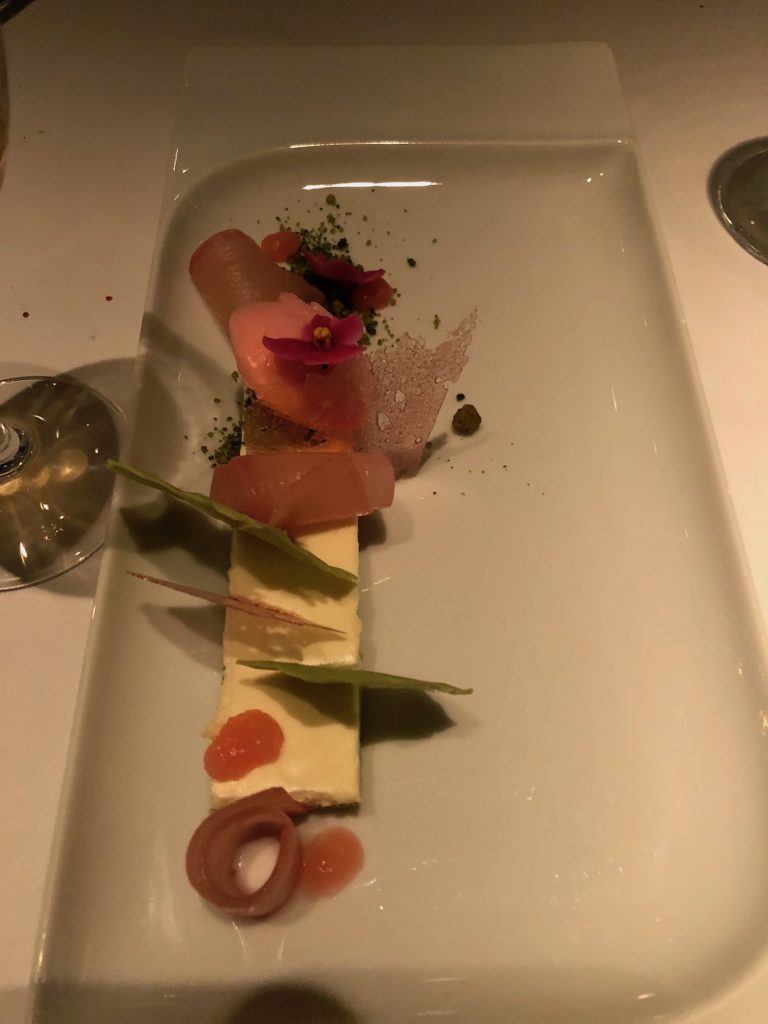
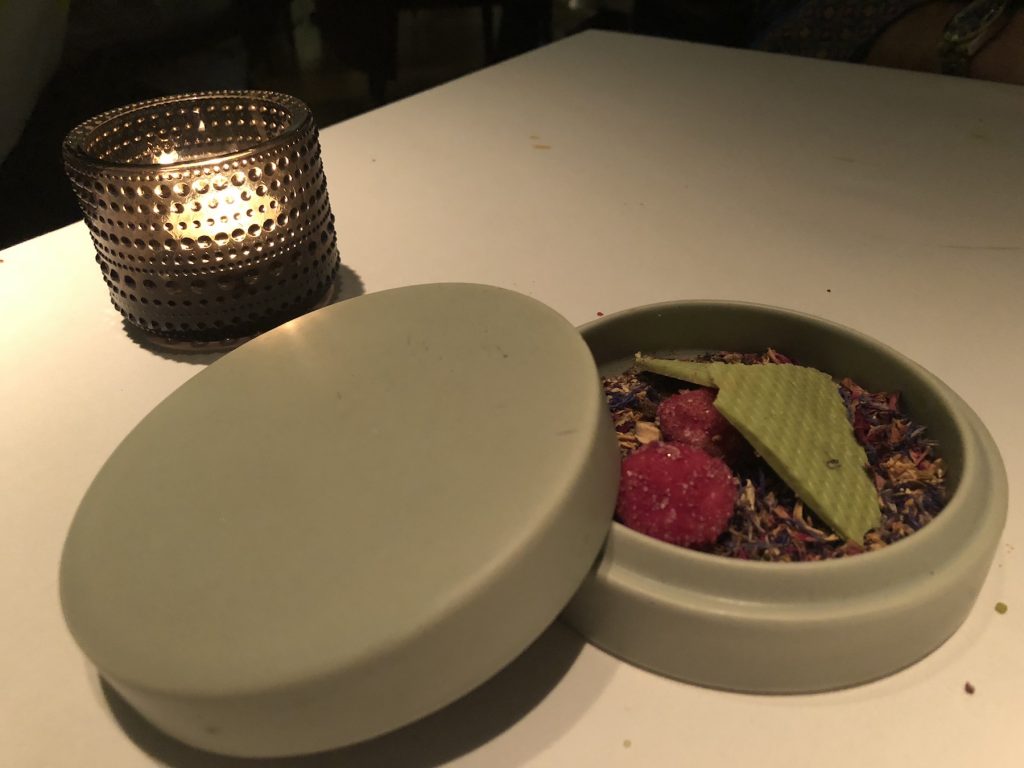
Our walk back to the hotel was spectacular – the views on the Danube are always amazing, but particularly so when lit up at night.
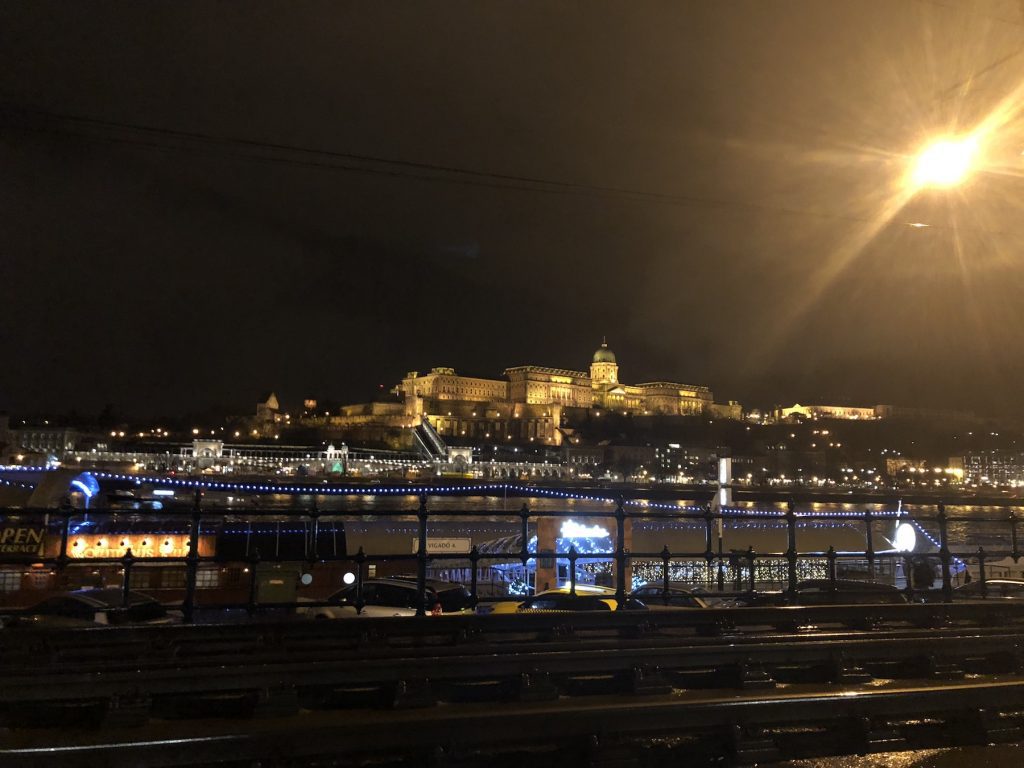
We started the morning by exploring some ruins at Aquincum Museum…The Aquincum Mithraeum (of Victorinus) is a temple to the Roman god Mithras. The temple (known as a mithraeum) was built within a townhouse in the Roman city of Aquincum, now in Óbuda on the outskirts of the modern city of Budapest.
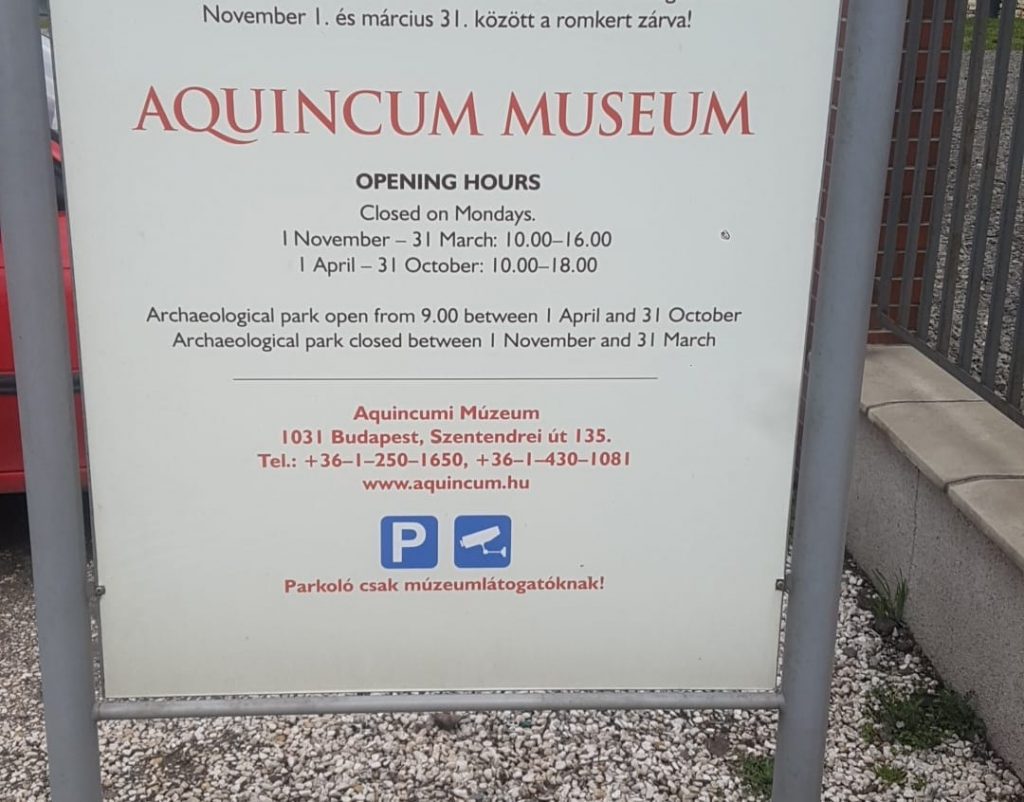
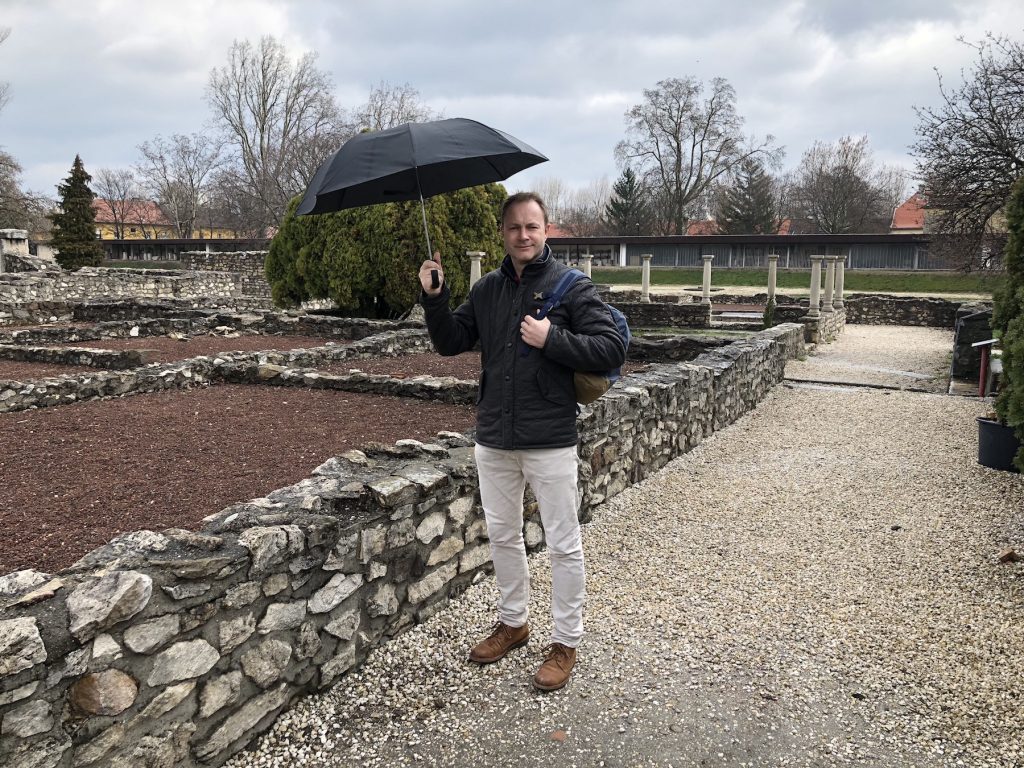
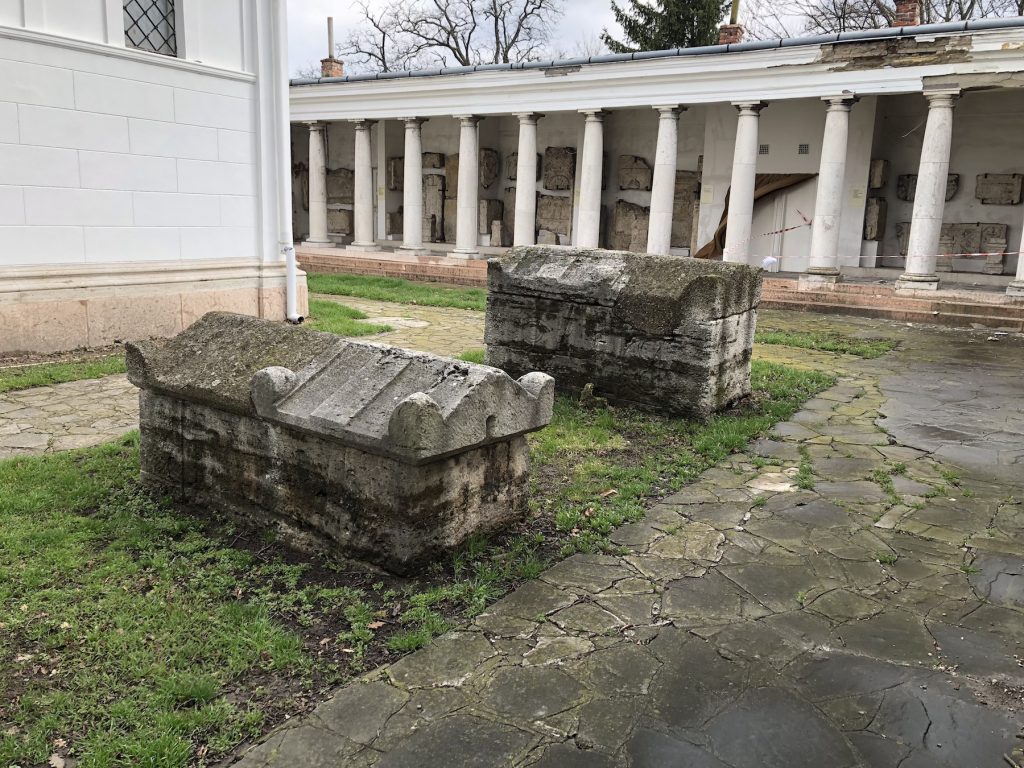
We then made our way to the most famous of all the Baths in Budapest: Széchenyi. First built in 1881, the original Artesian baths were originally a marble structure on the small Nador Island inside the City Park lake. The yellow Neo-Renaissance bathhouse of today first opened its doors in 1913. It endured re-construction after the destructive Siege of Budapest during WWII. This has to be the most confusing system we have ever encountered. It took us a full 30minutes to establish where our changing room was located in the maze of lockers across several floors. We then bought a beer to relieve our stress once we were finally in the water and joined the many other people in the Baths also enjoying their beverages. We were immediately singled out like naughty children and told to get out of the Baths with our drinks! Oh well, the weather was not great anyway so we decided to call it a day – disappointing experience but I think we had hyped it up in our heads – maybe something to try again on another trip?
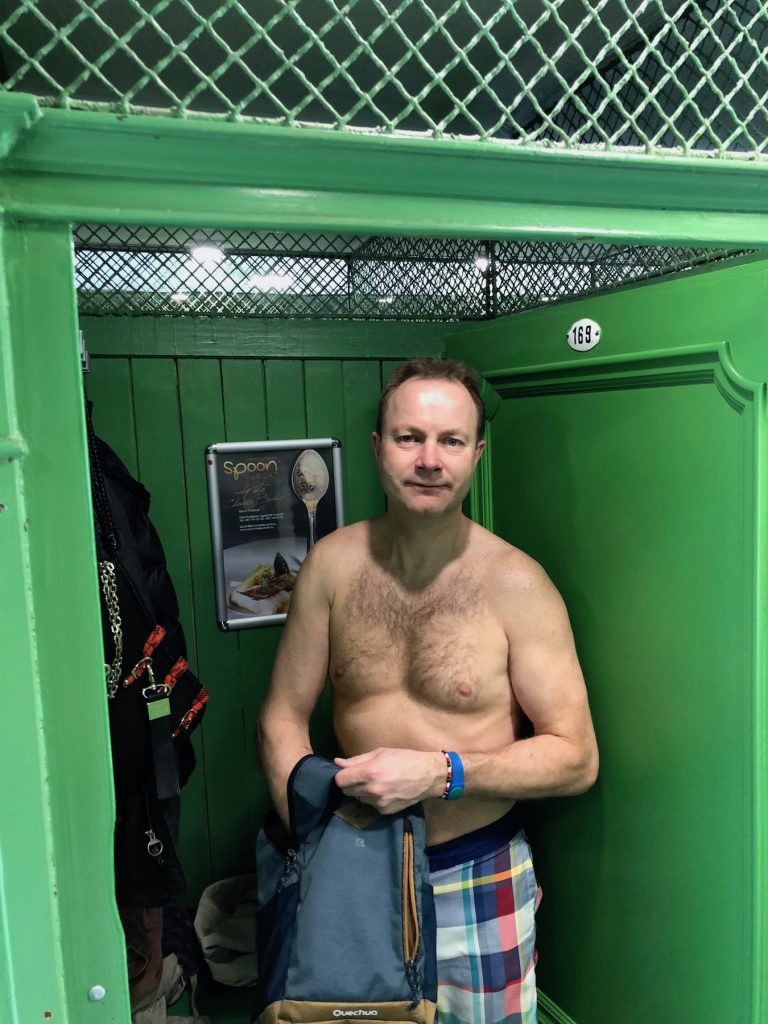
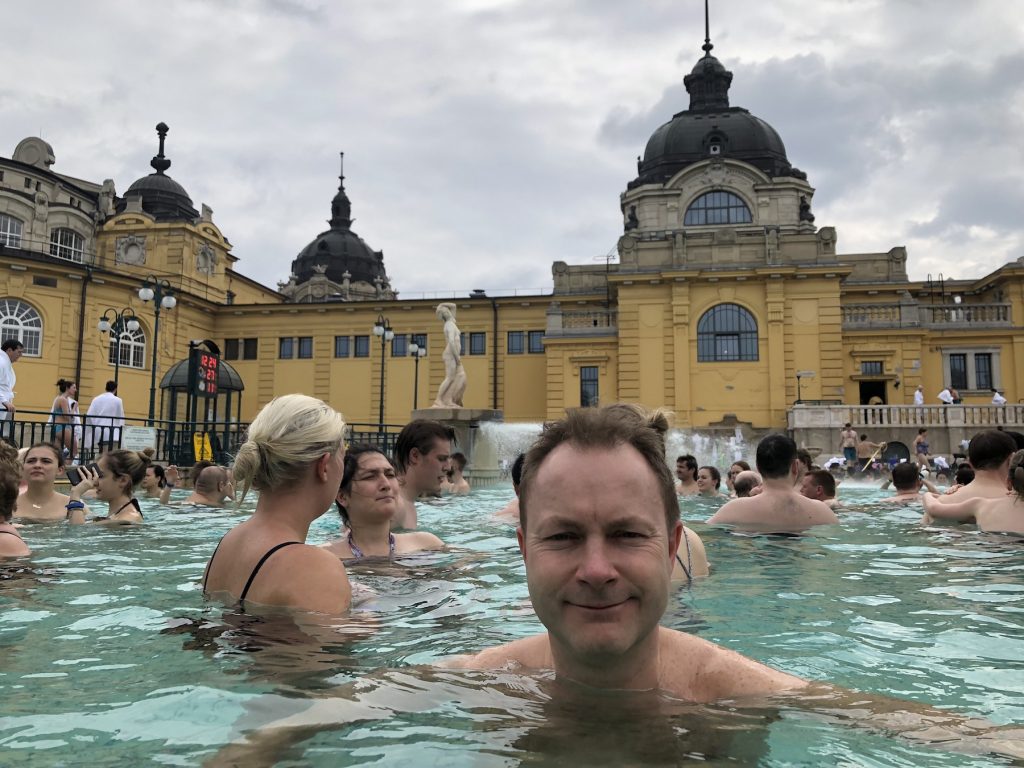
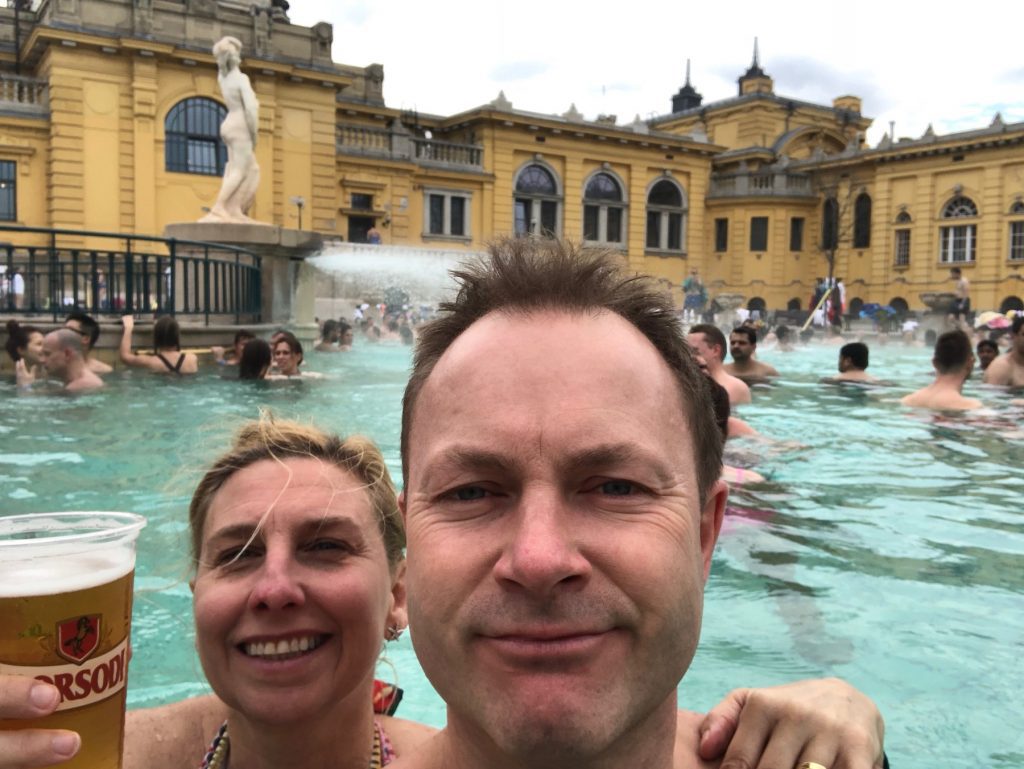
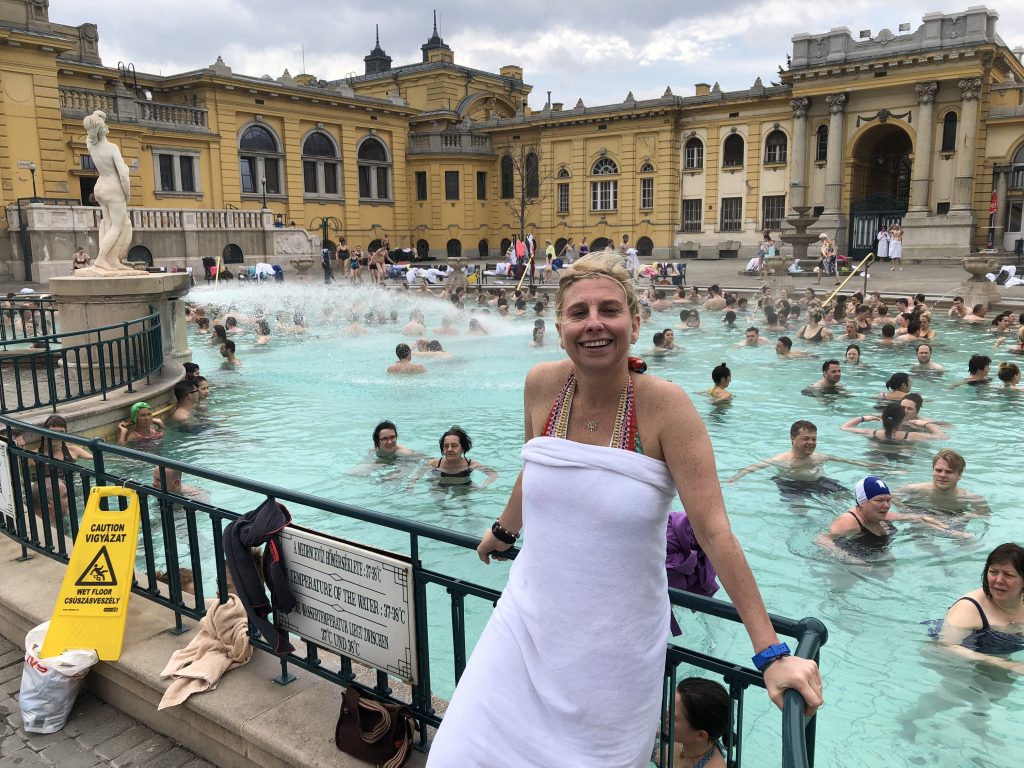
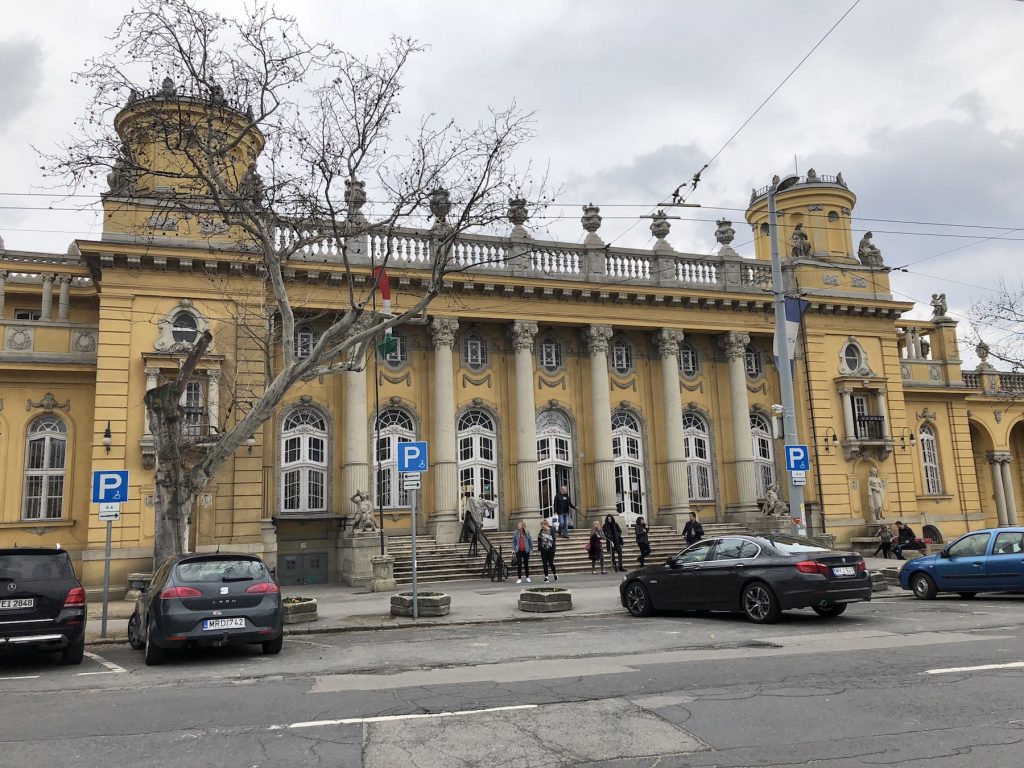
A short stroll away was Vajdahunyad Castle. Originally, it was made from cardboard and wood, but it became so popular that it was rebuilt from stone and brick between 1904 and 1908. The castle contains parts of buildings from various time periods, it displays different architectural styles: Romanesque, Gothic, Renaissance and Baroque, which are fun to explore on foot.
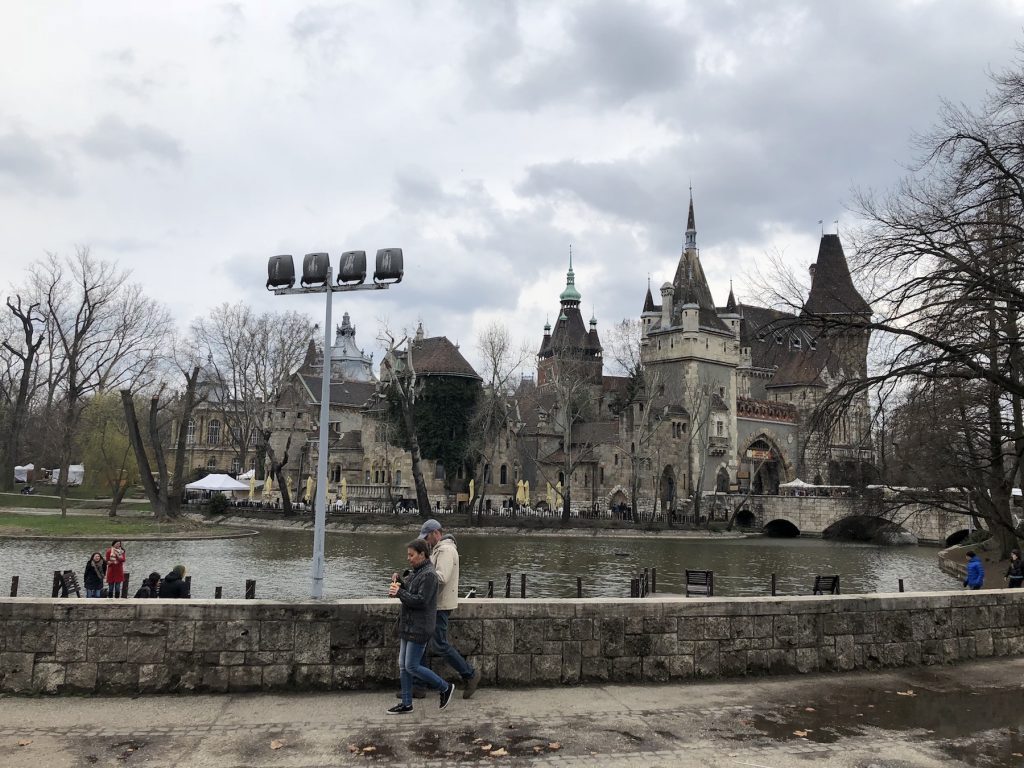
Just a few hundred years ago, Budapest was actually two cities – Buda on the west side and Pest on the east – divided by the formidable Danube River. While a pontoon boat transported passengers from bank to bank for part of the year, it was impossible to cross the river during the winter months. The nearest permanent river crossing was in Vienna, which today is a three hour drive from Budapest. William Tierney Clark, a British engineer with extensive experience designing span-style bridges, was contracted and the Széchenyi Bridge, affectionately called “The Chain Bridge,” was finished and opened to the public in 1849. Today it has lovelocks attached representing couples and their commitment to each other.
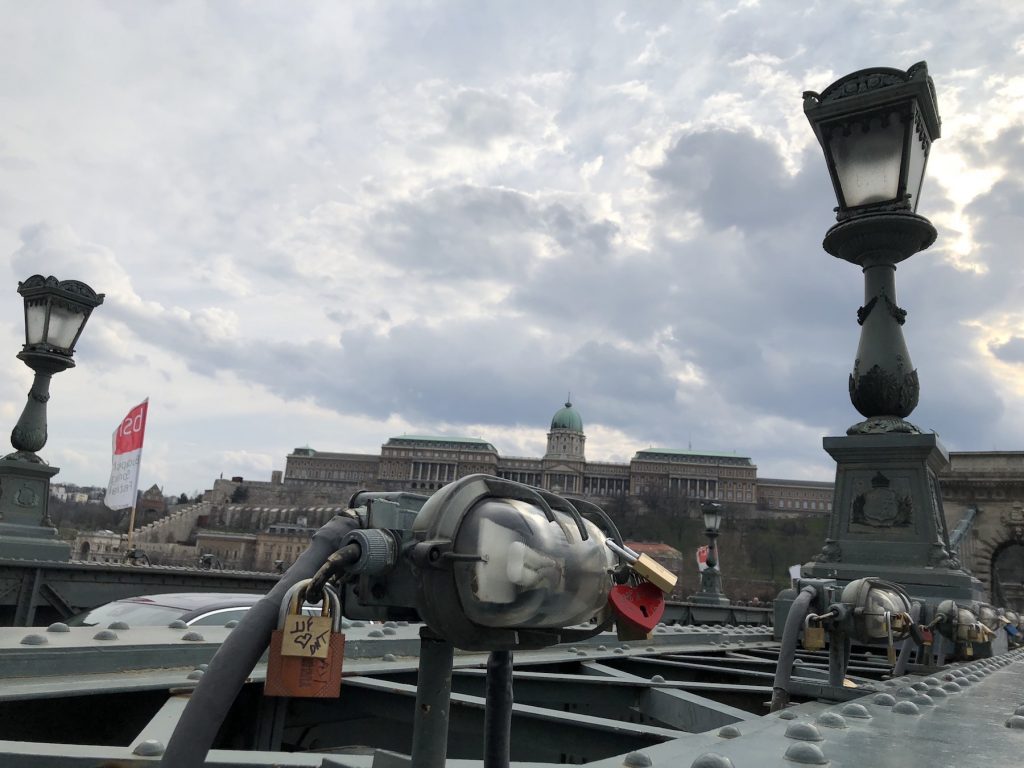
We walked along the length of the magnificent Danube, we paused to enjoy the fabulous views of Buda Castle, the Citadel, Gellért Hill and the city’s bridges. The promenade is also known for its numerous sculptures, including carvings of William Shakespeare, Hungarian politician Count István Széchenyi and József baron Eötvös de Vásárosnamény, a Hungarian writer and statesman.
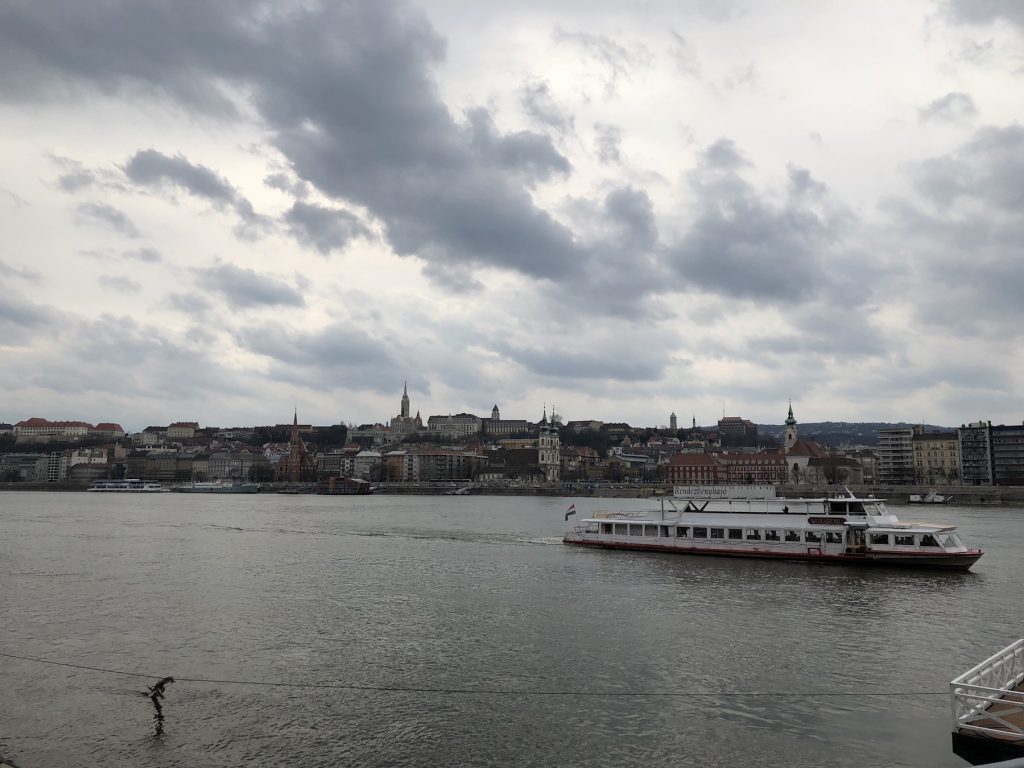
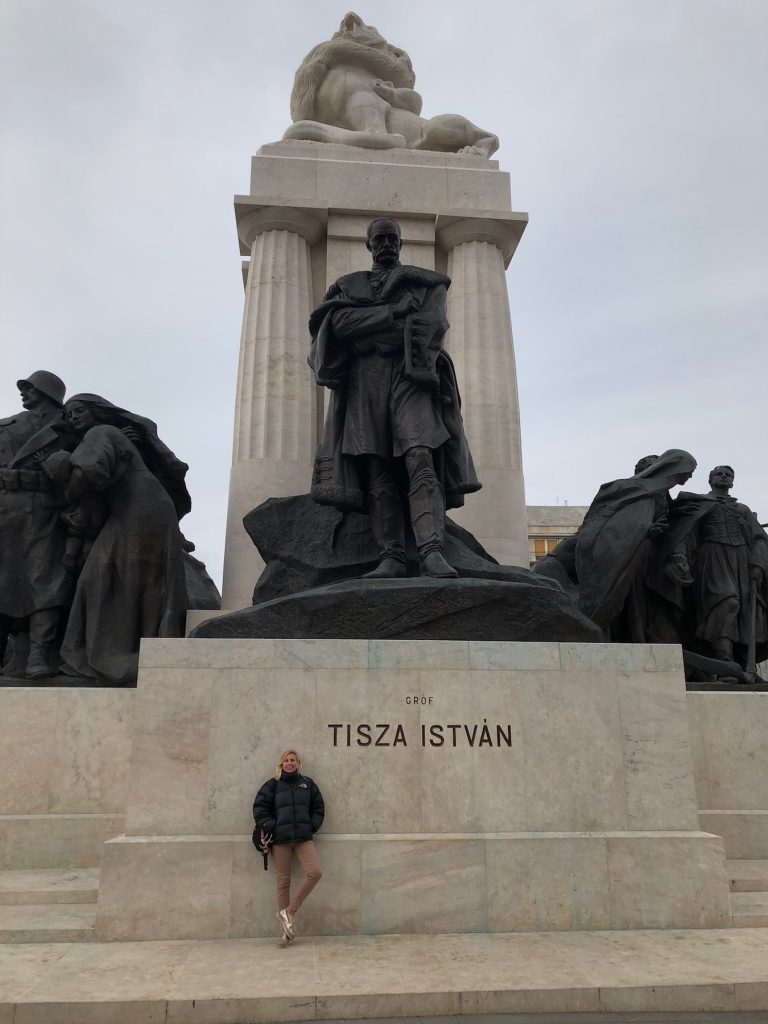
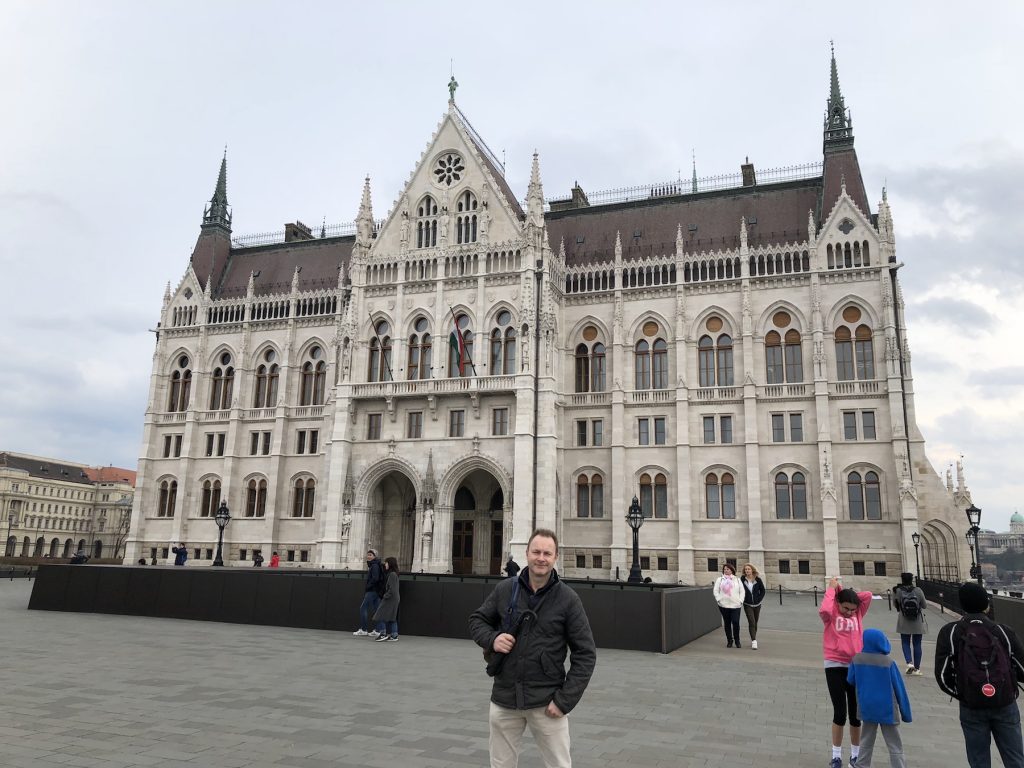
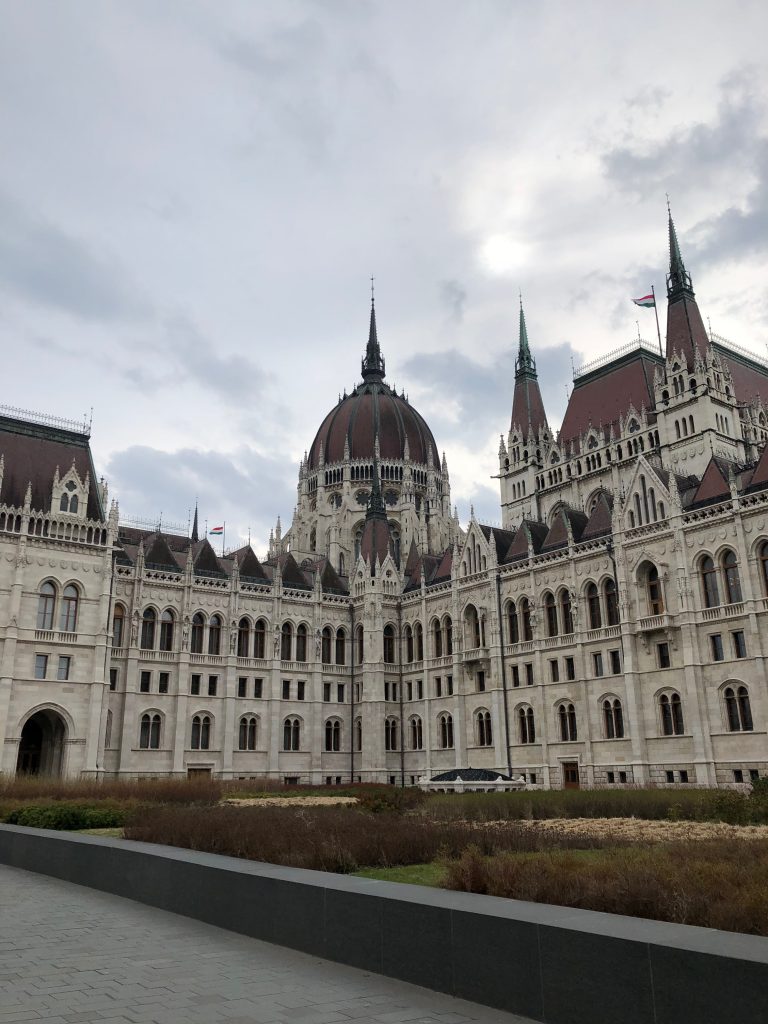
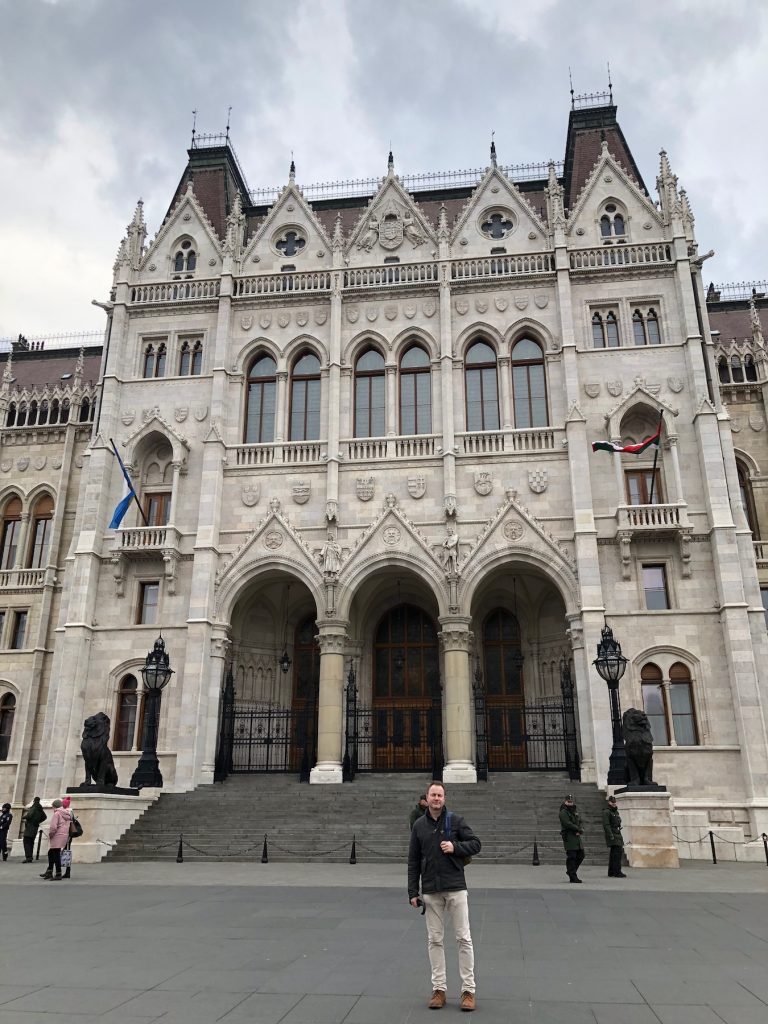
The most poignant memorial on the walkway is the shoe sculptures which honour the Jews who were executed by the fascist Arrow Cross militiamen during World War II. The victims were ordered to take off their shoes before they were shot by the water’s edge.
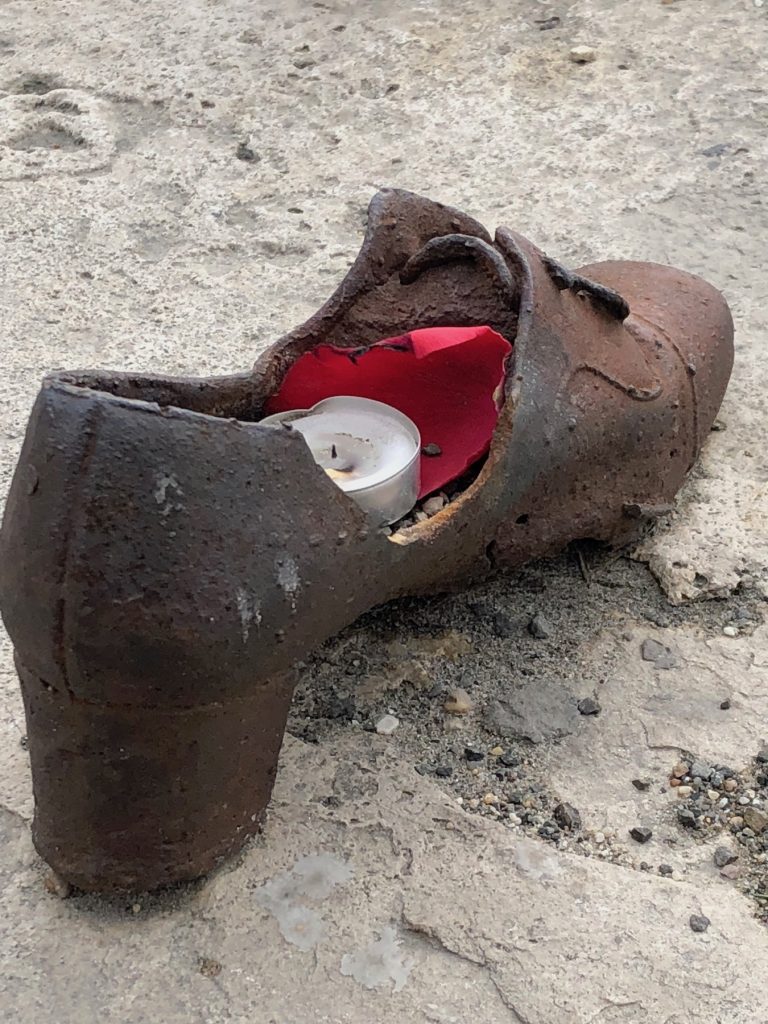
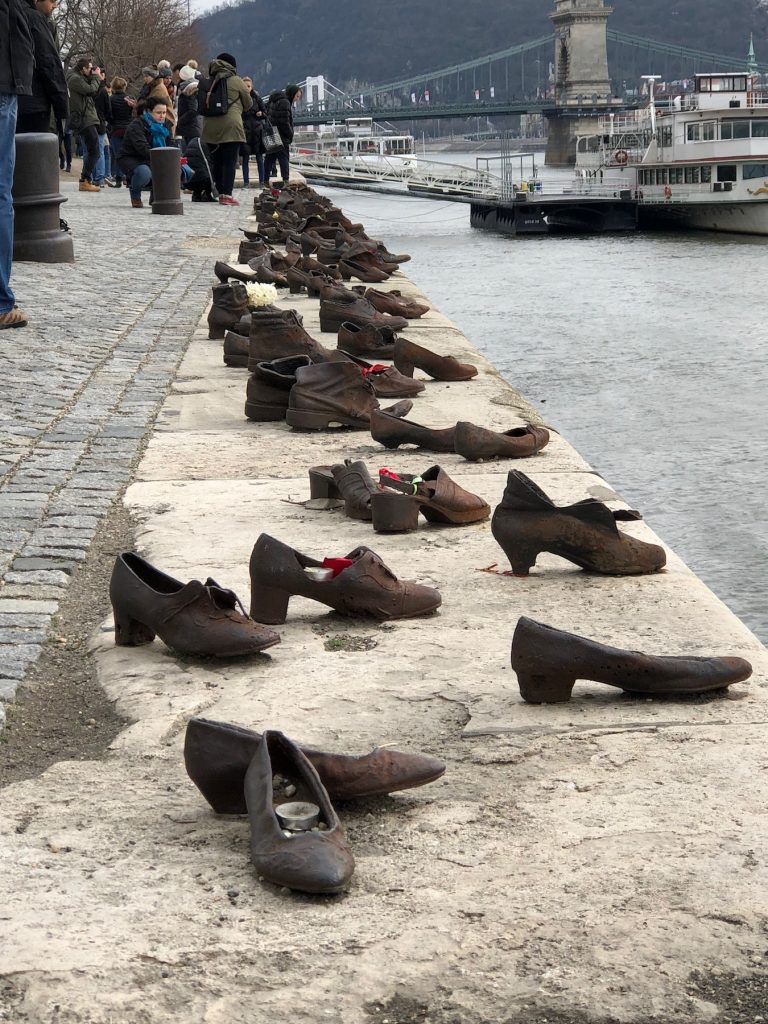
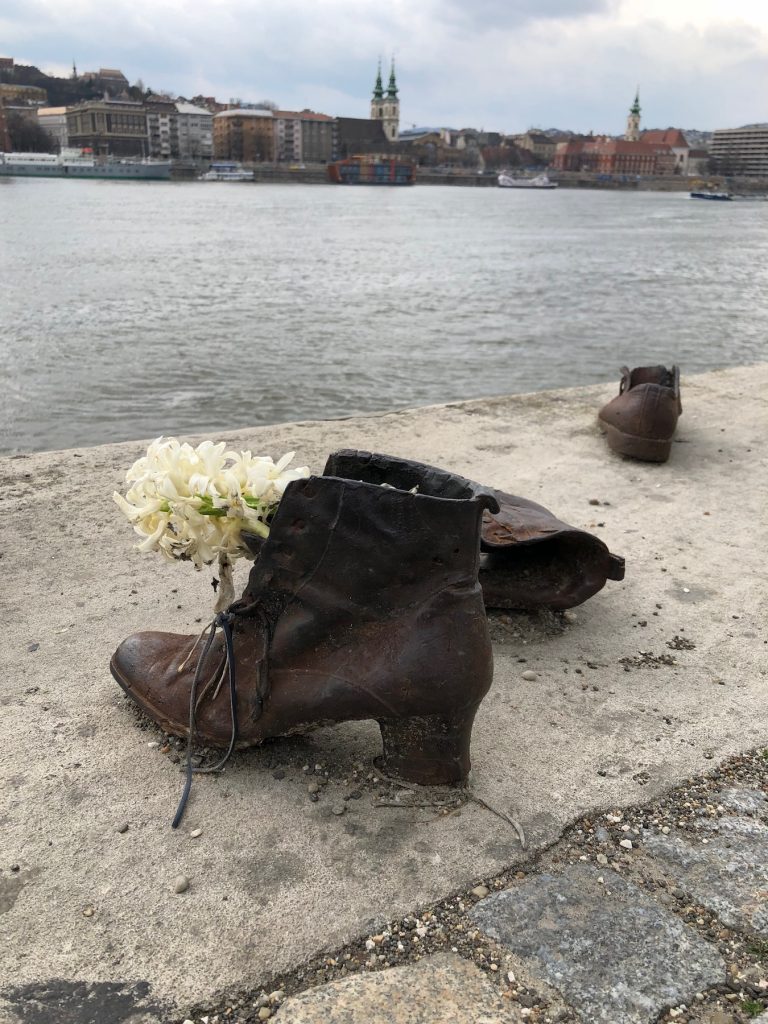
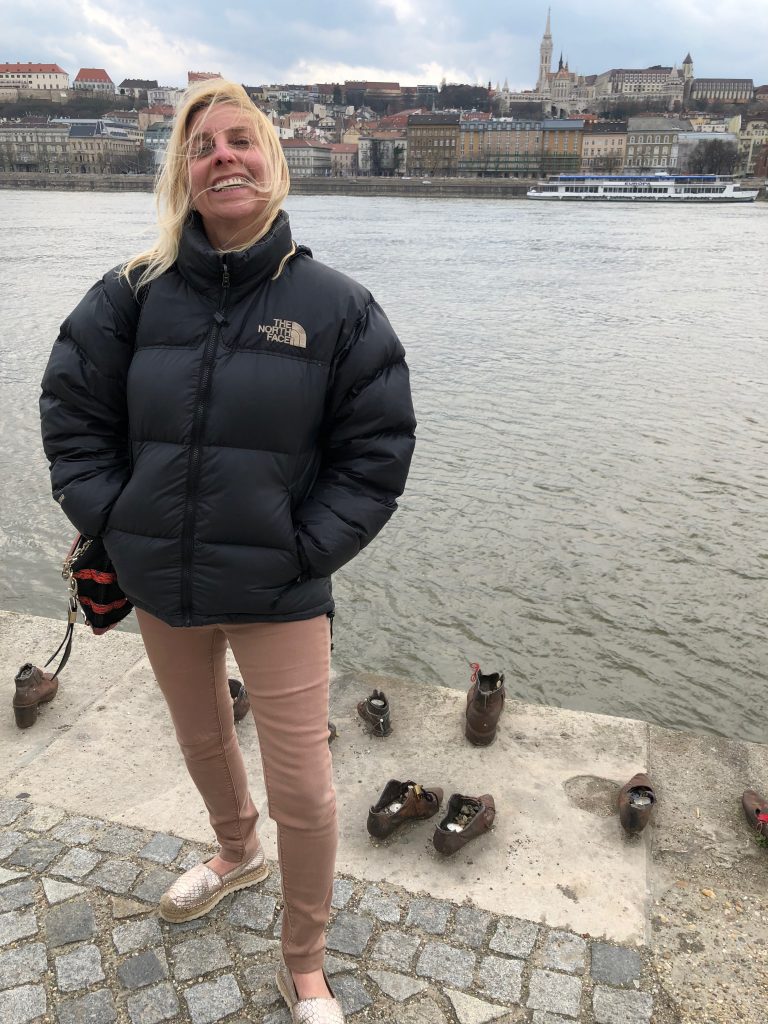
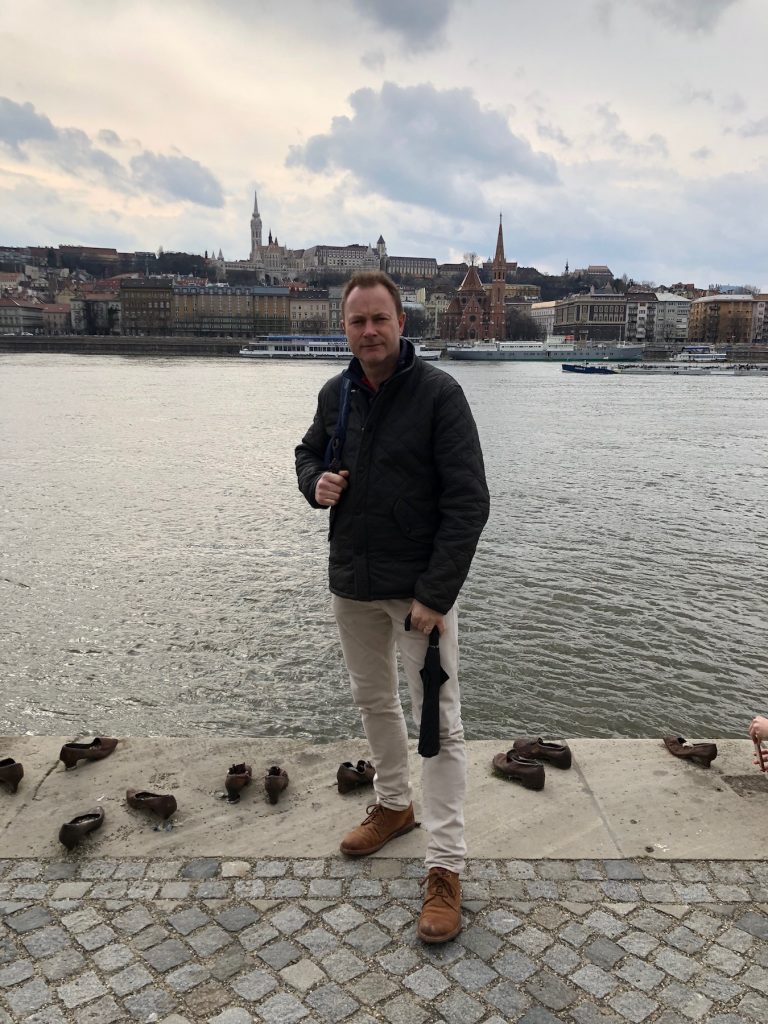
Our exploration continued… beautiful churches and delicious hot chocolate.
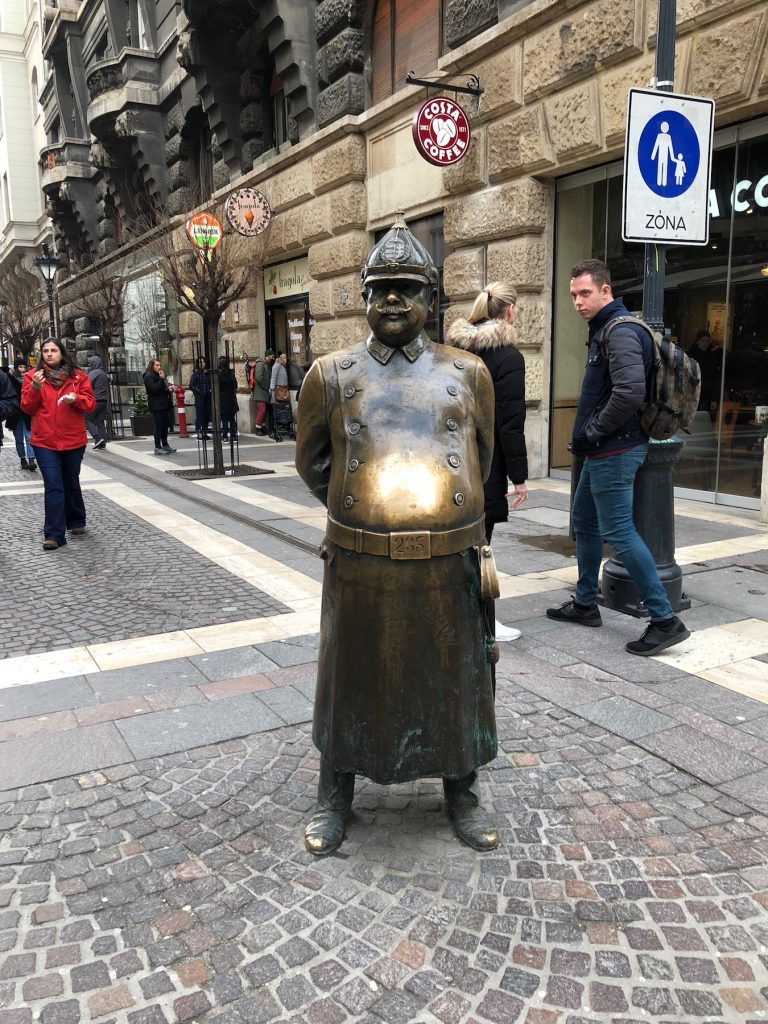
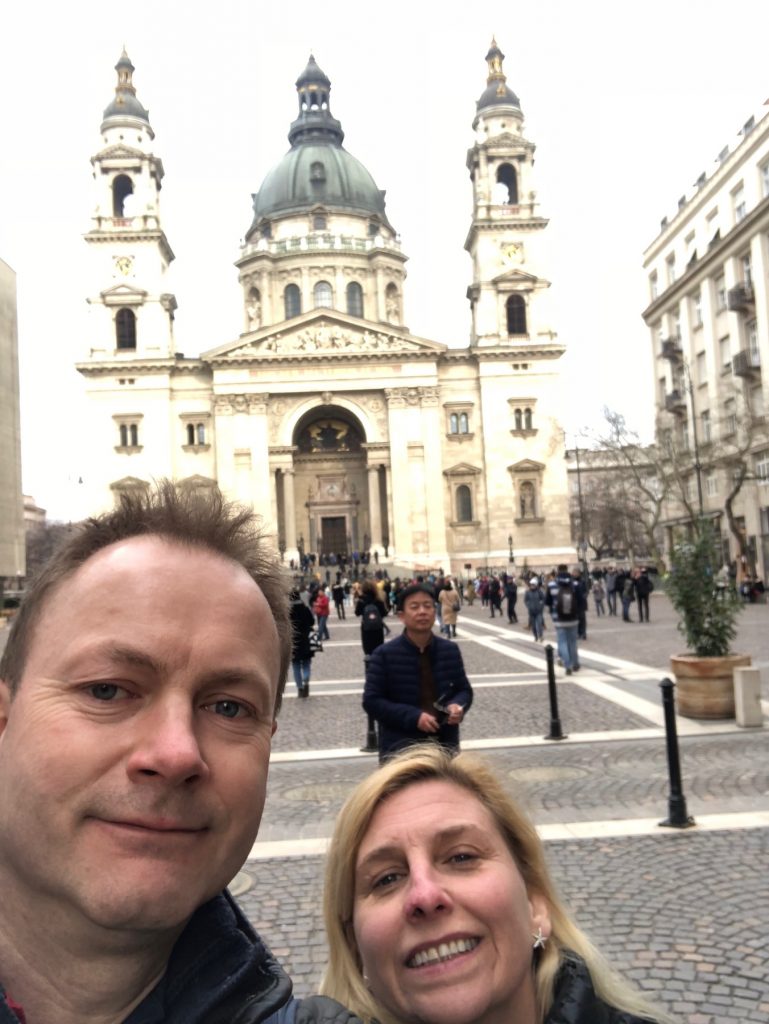
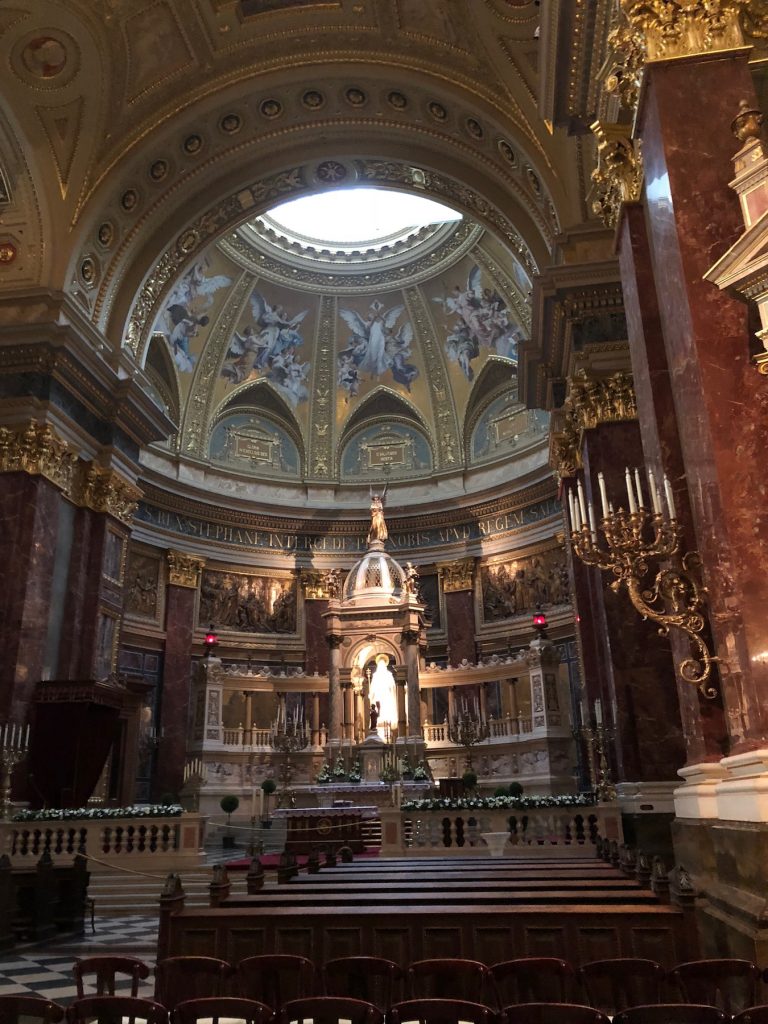
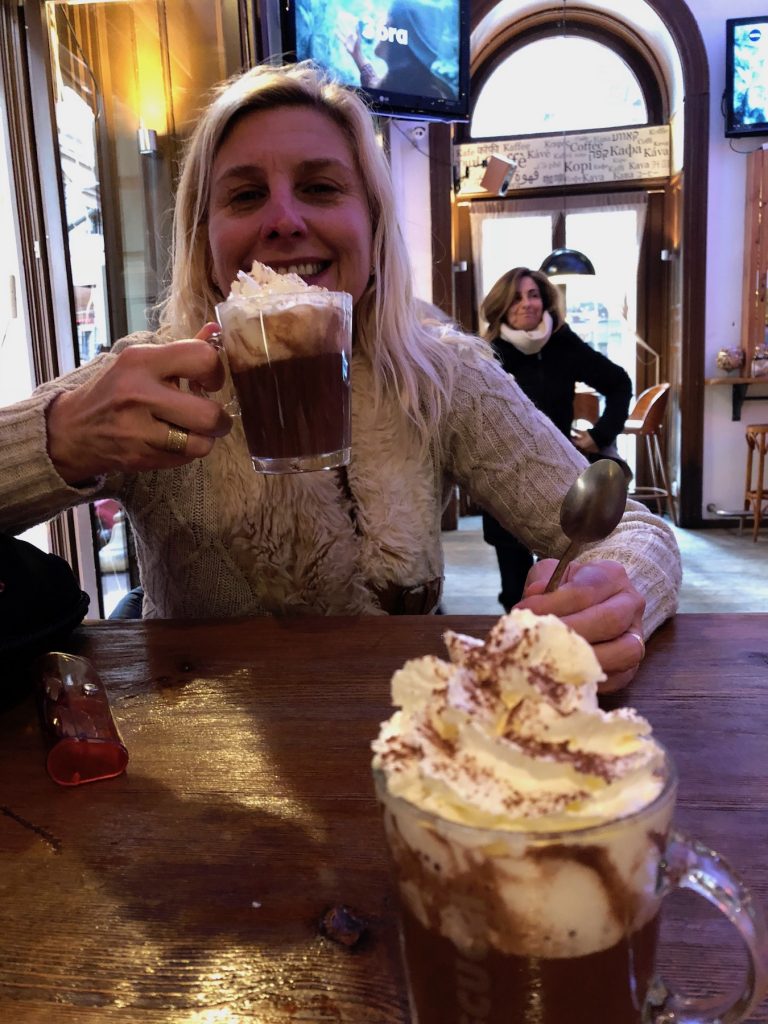
By now we had worked up an appetite and were very excited to take up our reservation at the New York Cafe, Budapest. New York Cafe Budapest holds the title for being the world’s most beautiful cafe… in Italian Renaissance-style, with sparkling chandeliers dangling from high ceilings adorned by spectacular frescoes, it’s one of the oldest cafes in town dating back 125 years and on its busiest days it welcomes 2,000 customers! The resident band plays classical melodies – a MUST DO while in Budapest. The tea and pastries were to die for.
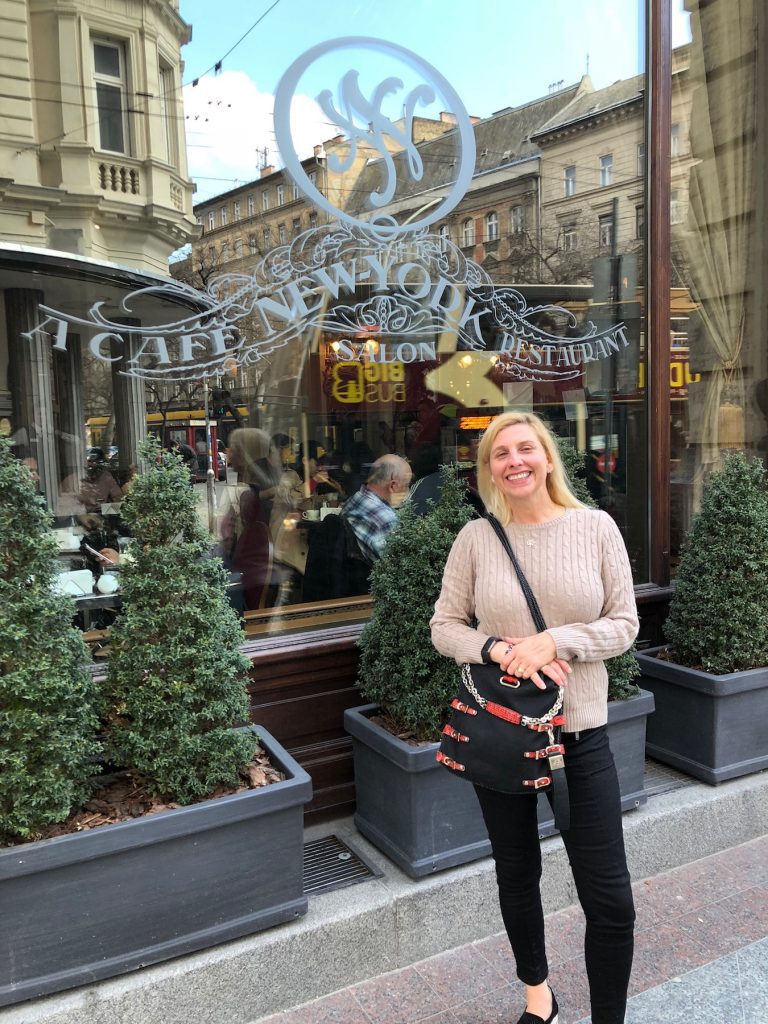
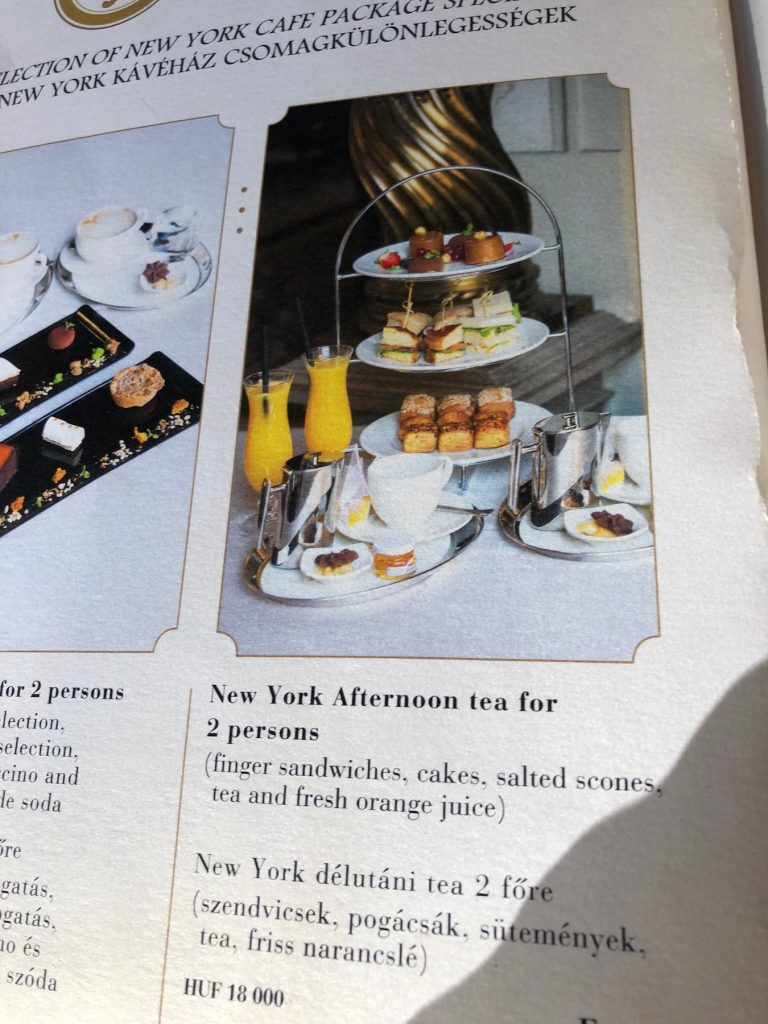
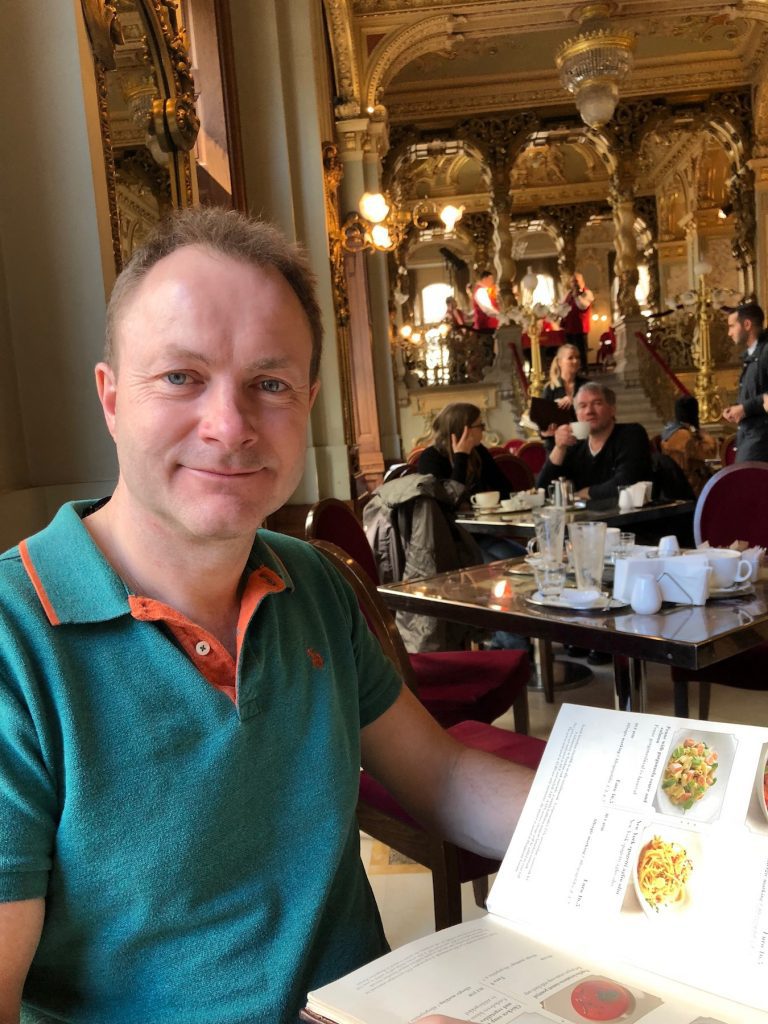
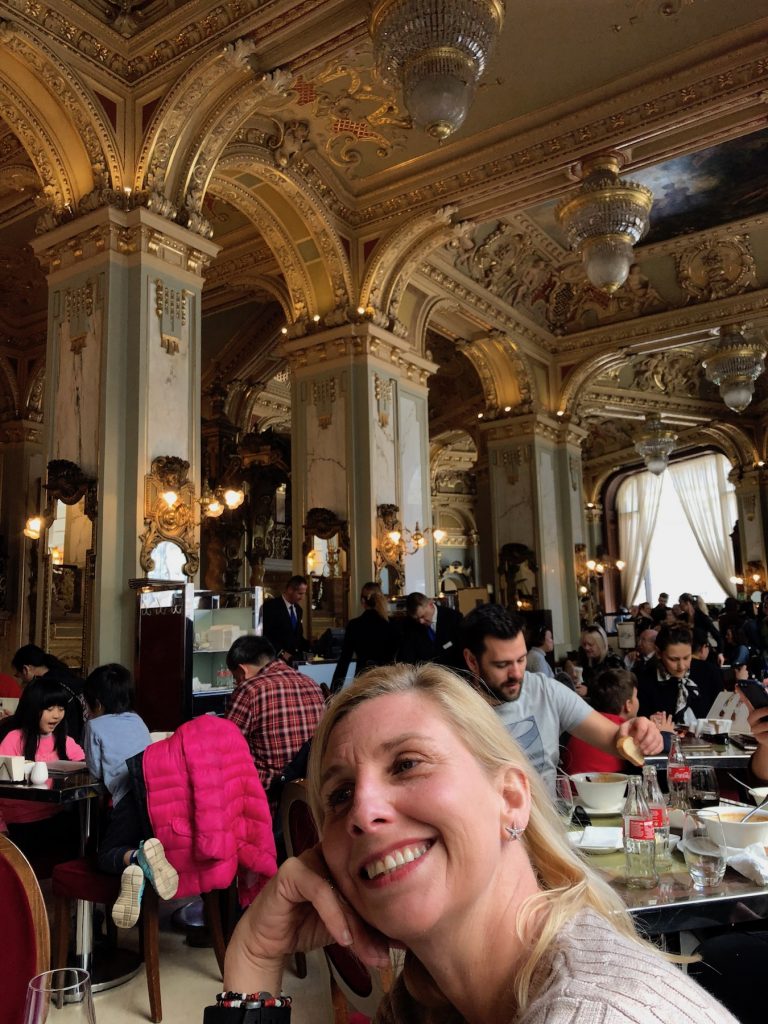
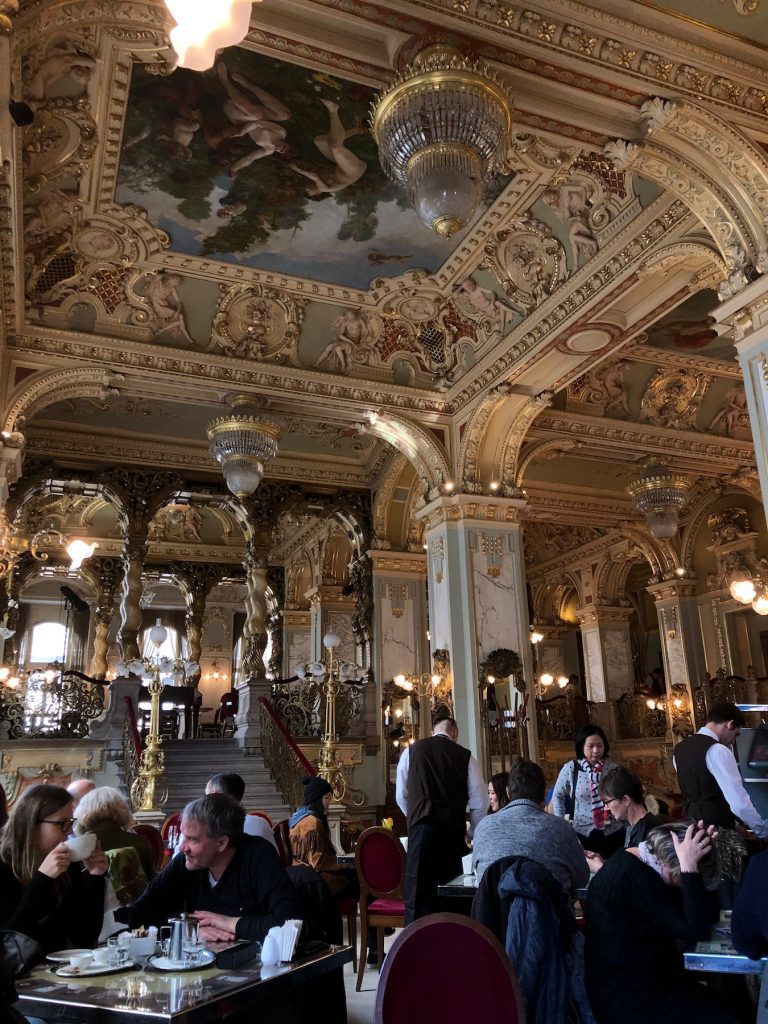
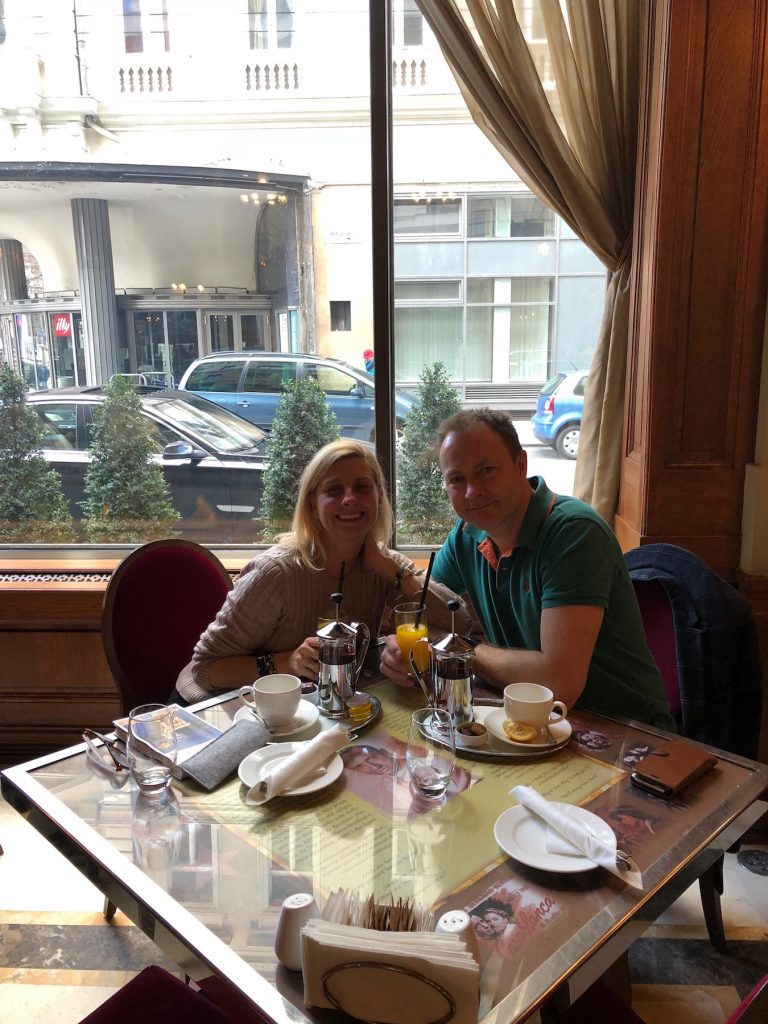
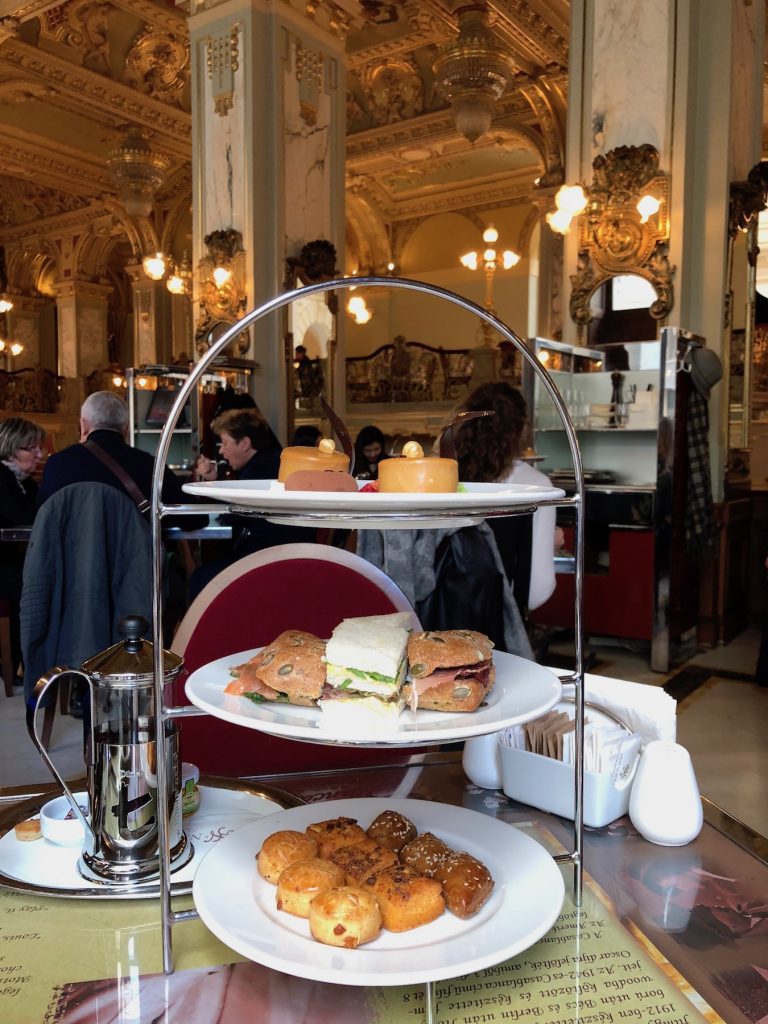
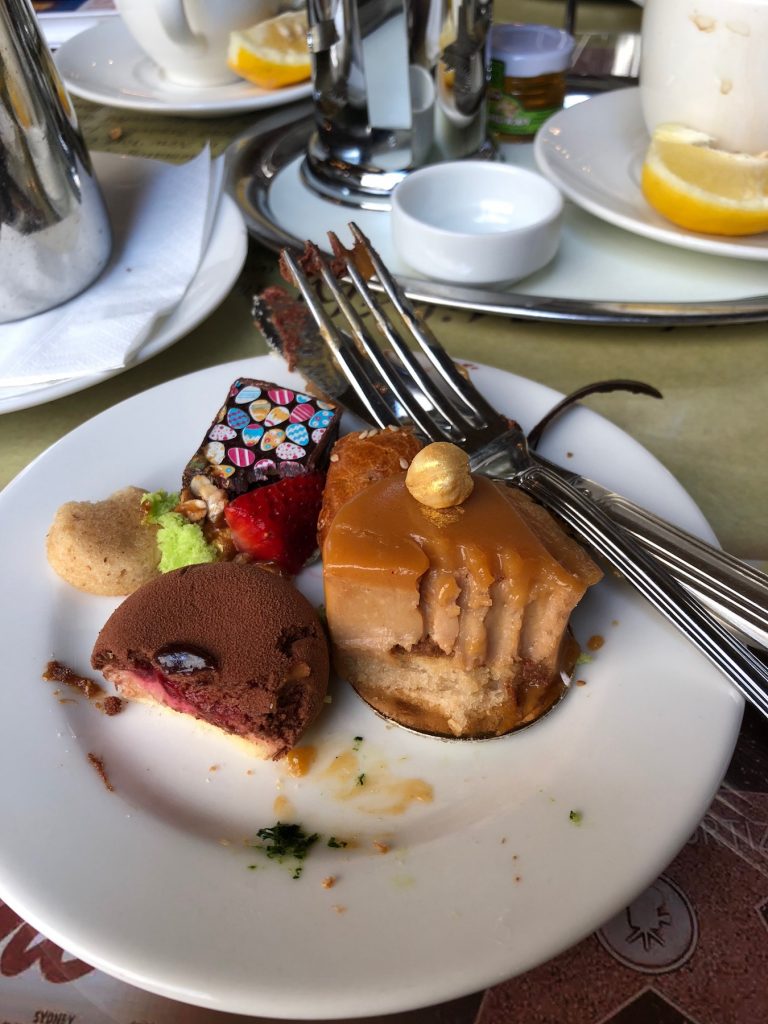
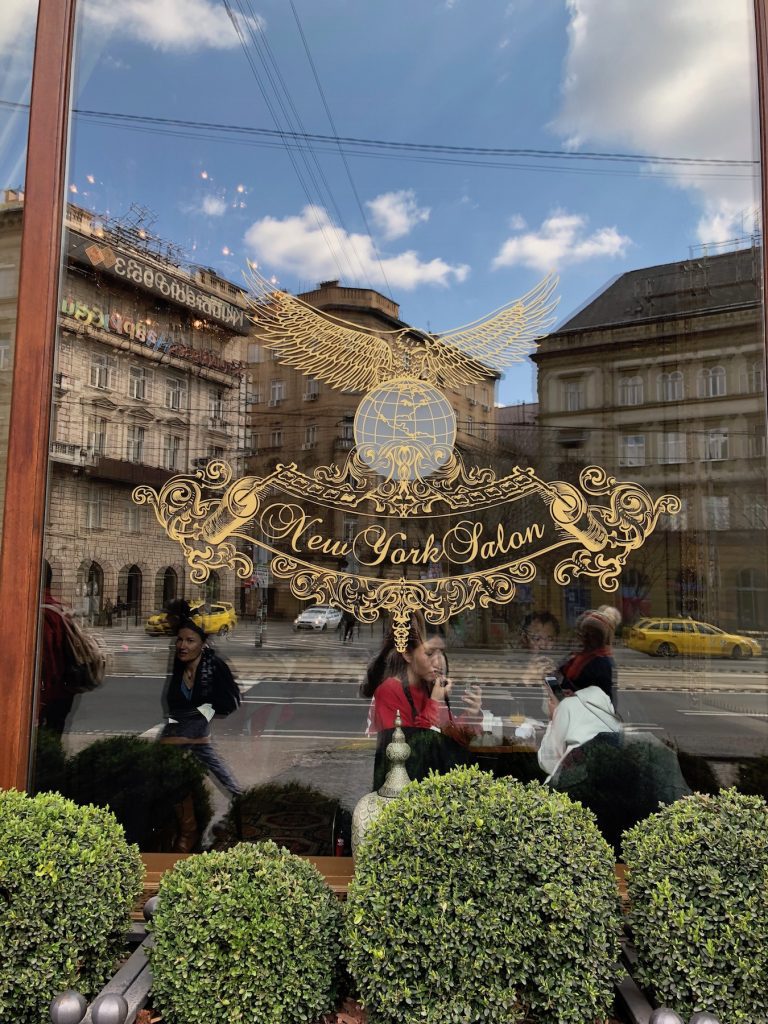
We now needed to walk off our delicious High Tea. We were interested to spot the Columbo statue, which is a life-sized bronze work on Falk Miksa Street depicting Peter Falk in the role of the fictional police detective Columbo. At the Columbo statue’s feet is a statue of Columbo’s dog, Dog… bizarre as there is no known relationship between the two Falks?!
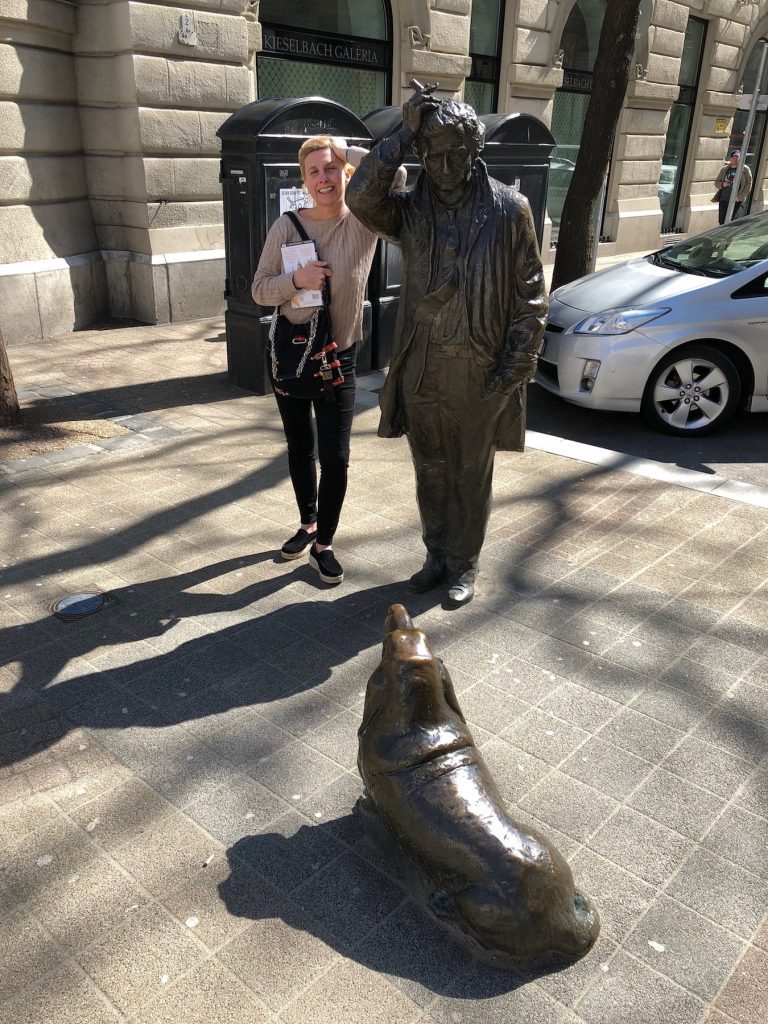
We took a train back to the centre and continued to walk along the Danube, crossed the river took the Venicular to the castle. We wondered around enjoying the views and stopped off for another snack of goulash and langos!
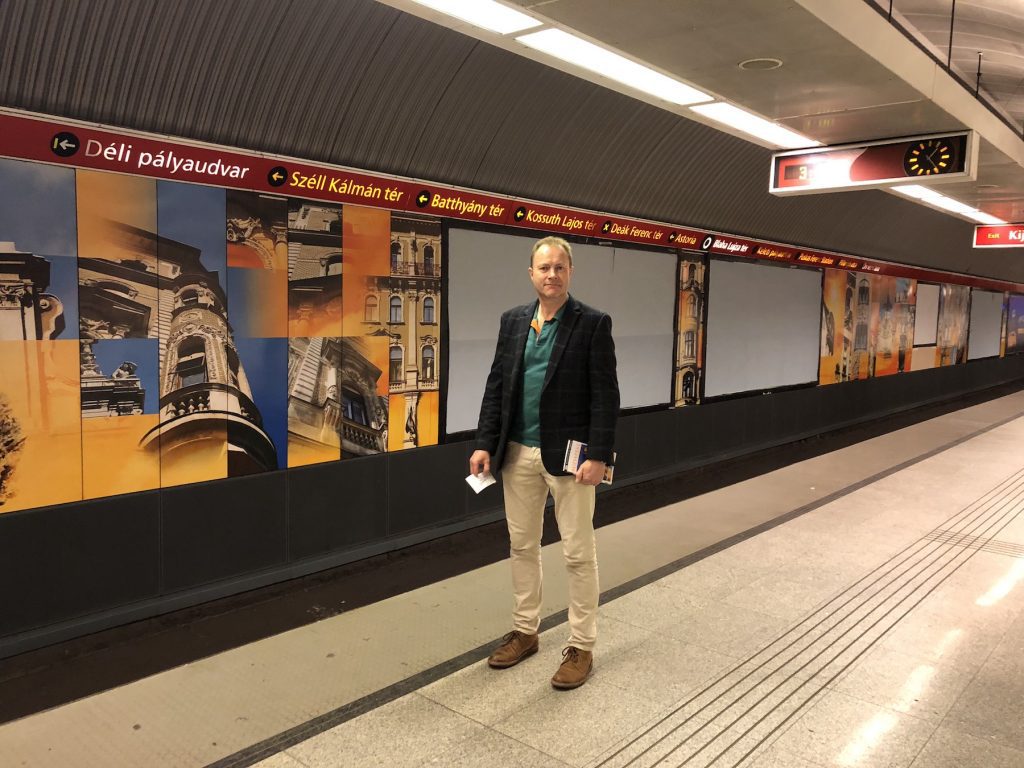
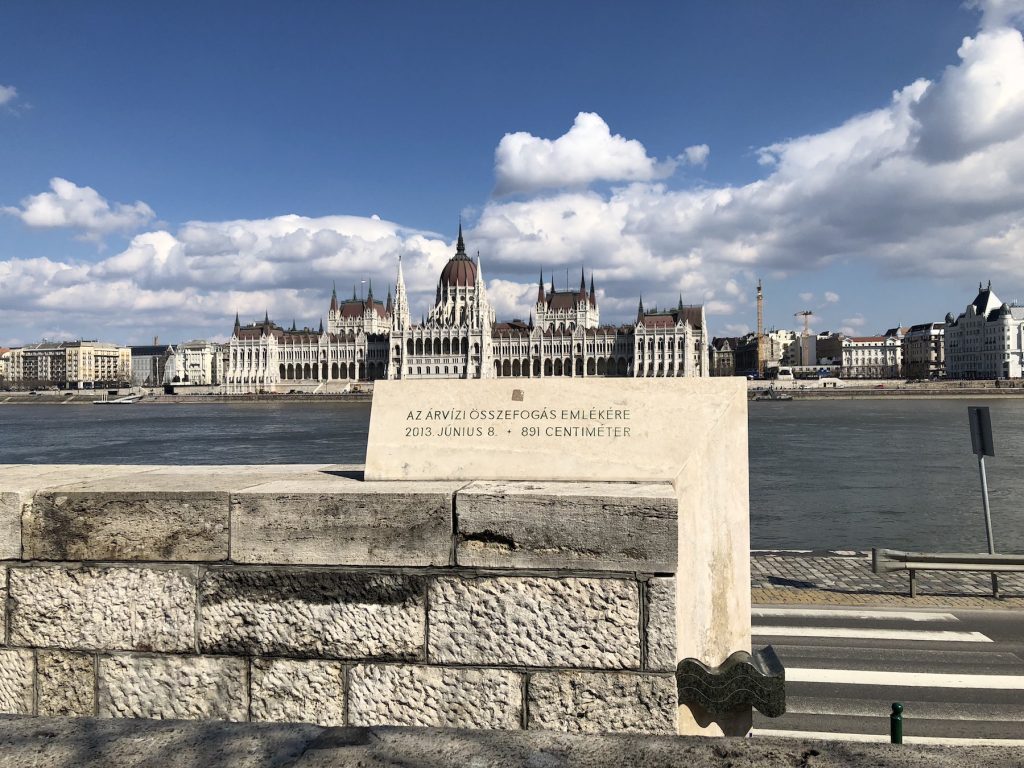
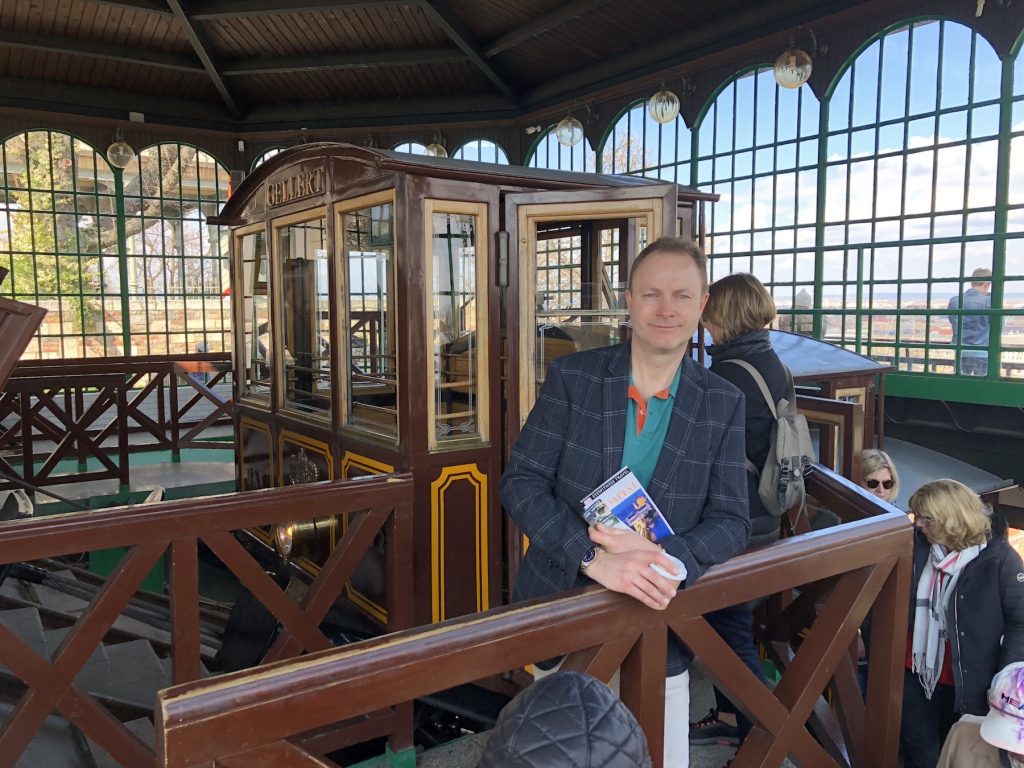
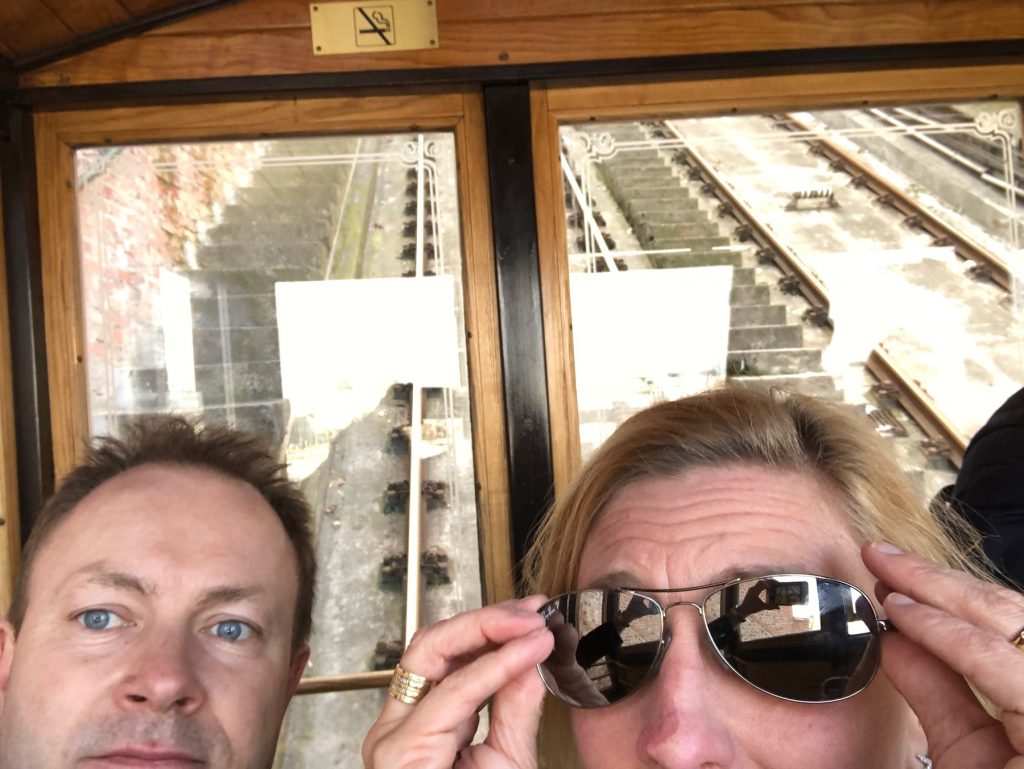
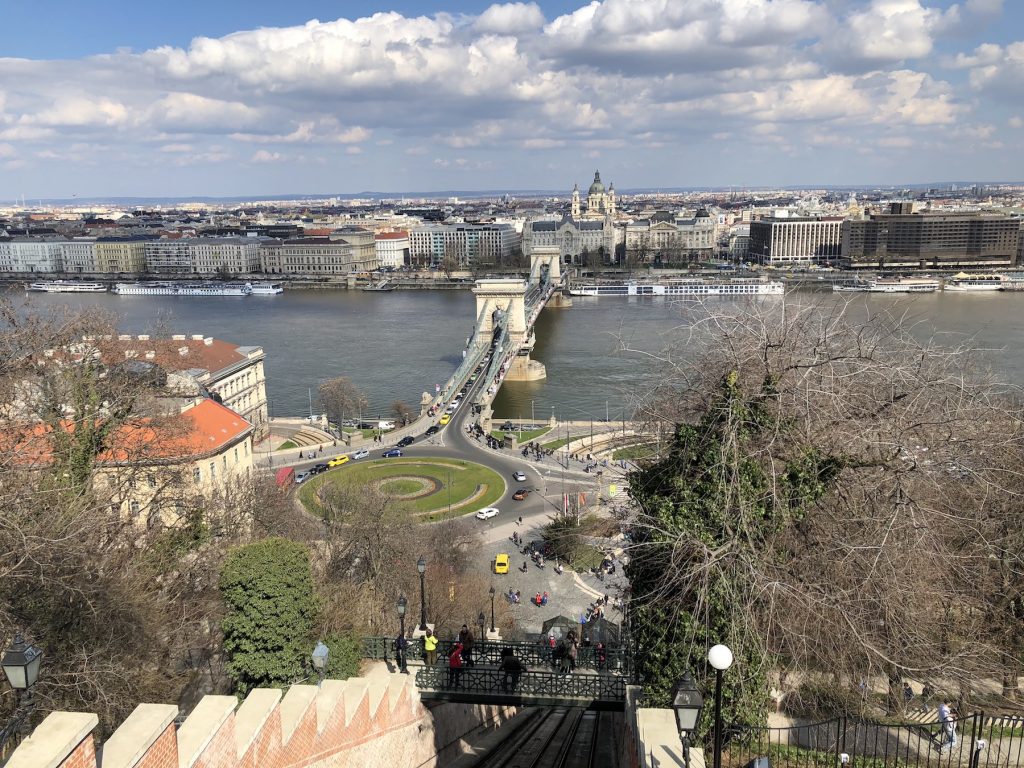
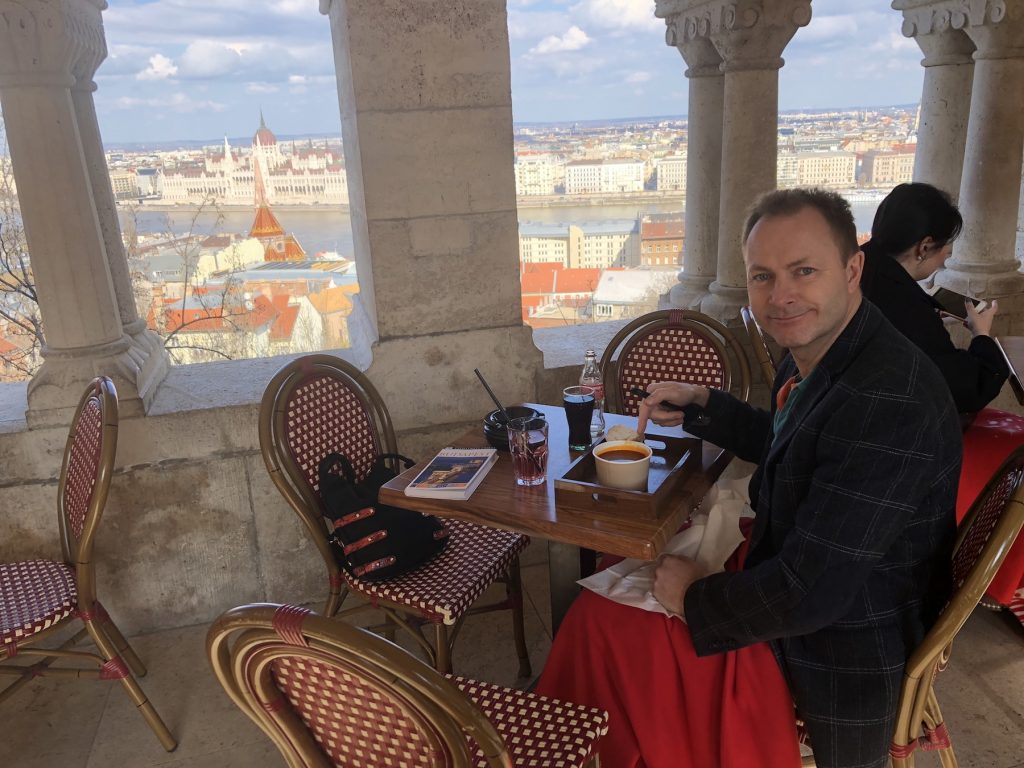
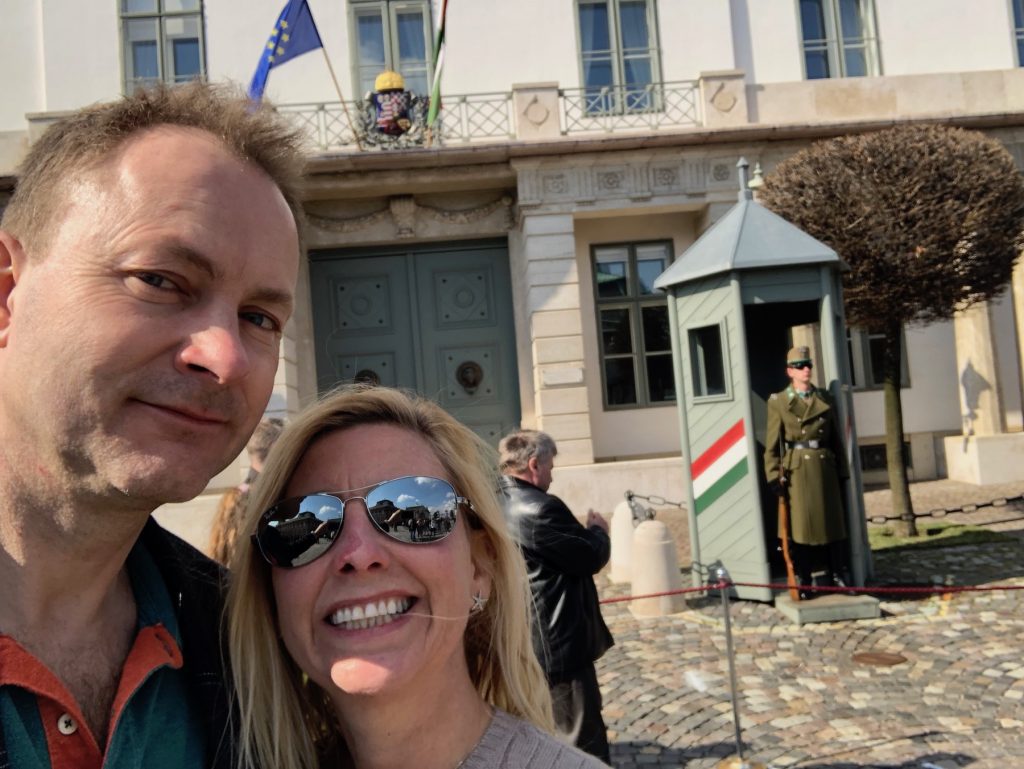
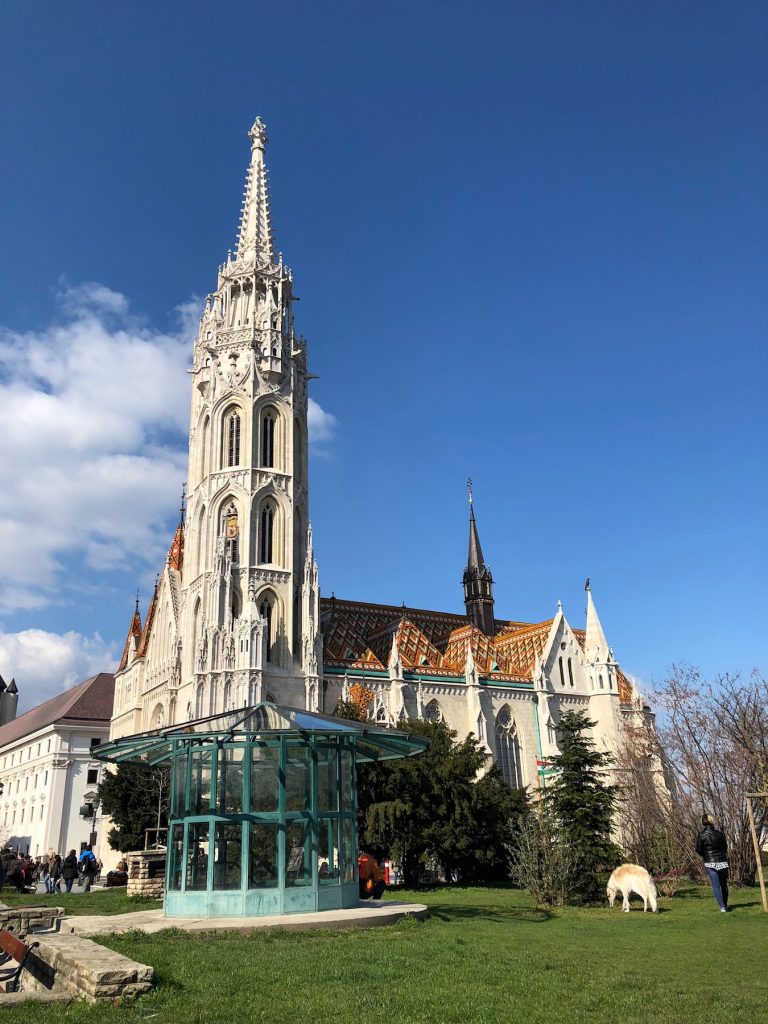
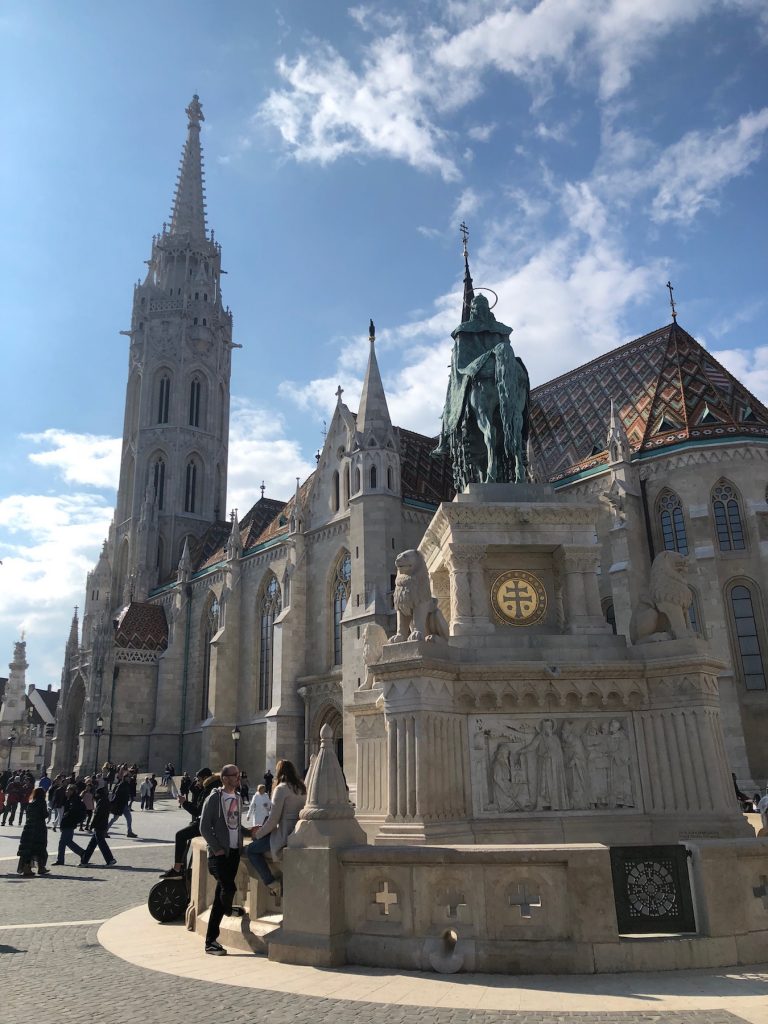
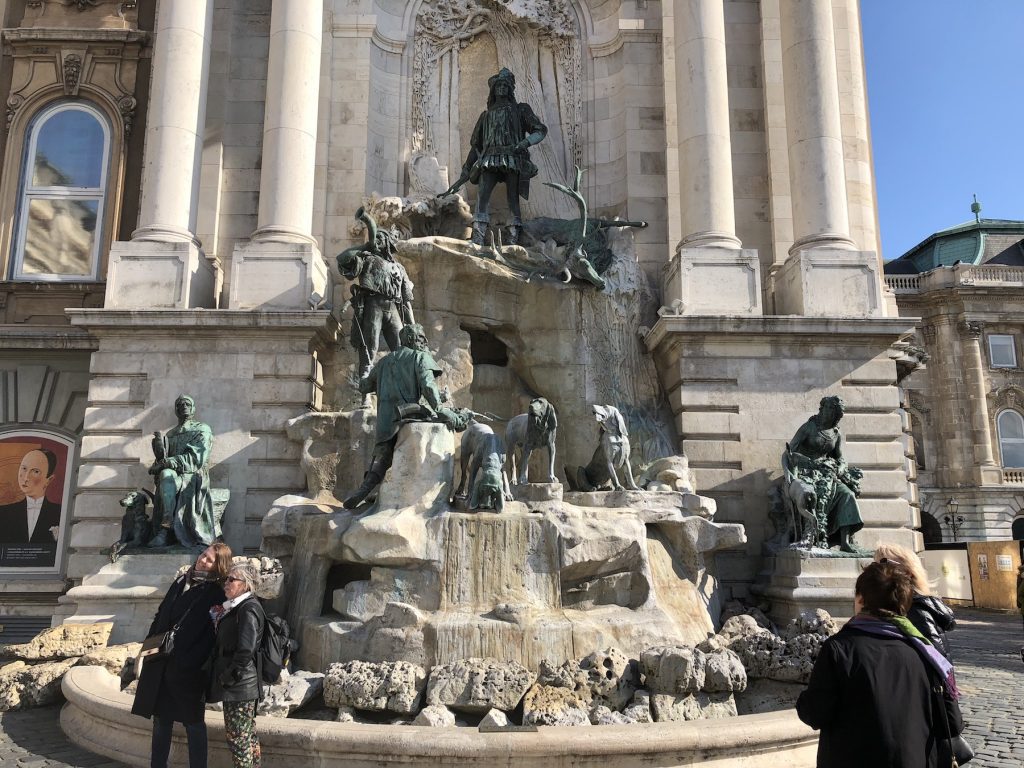
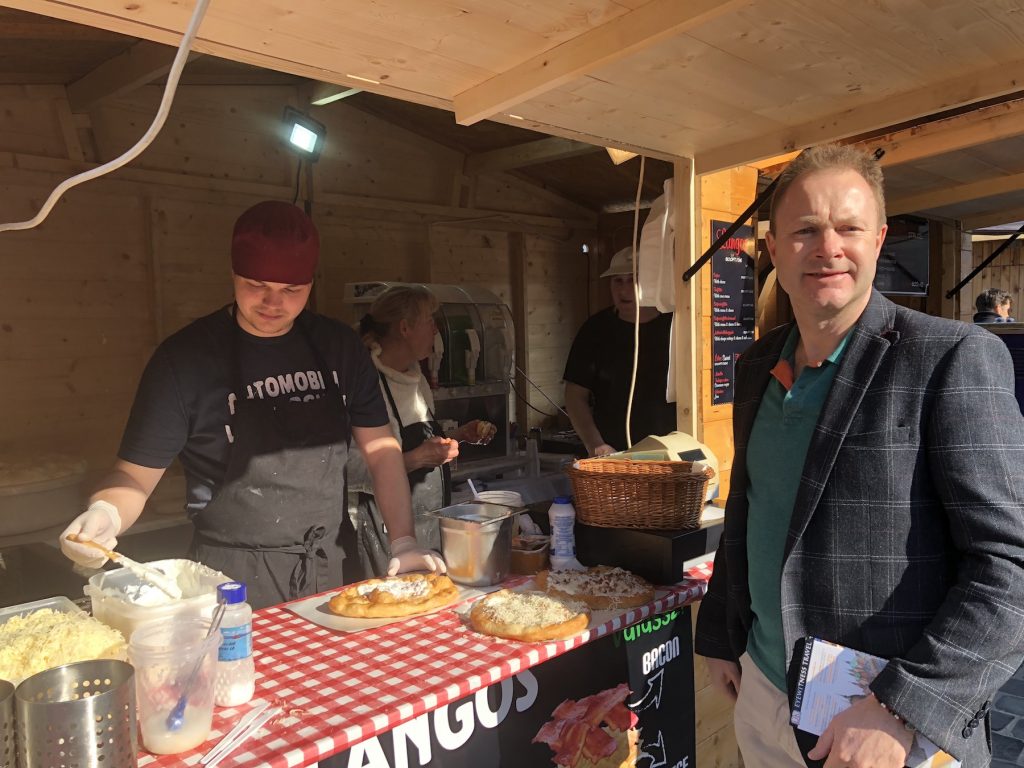
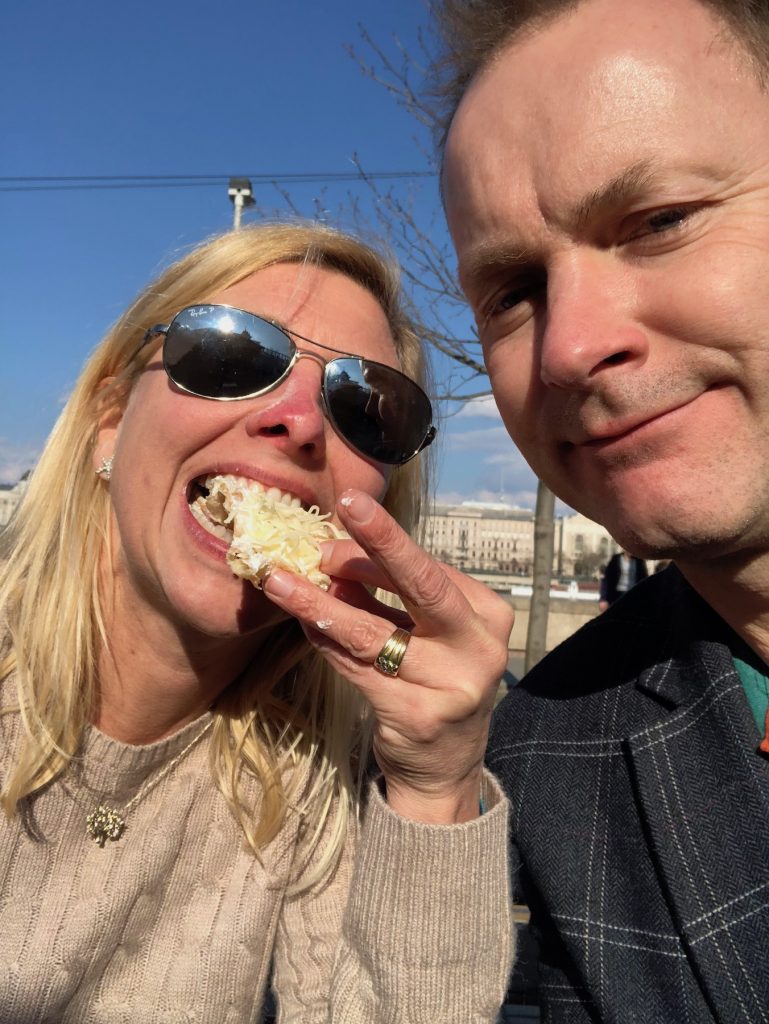
We then hiked to the top of Gellert Hill from our hotel. Stunning views and posing for pics.
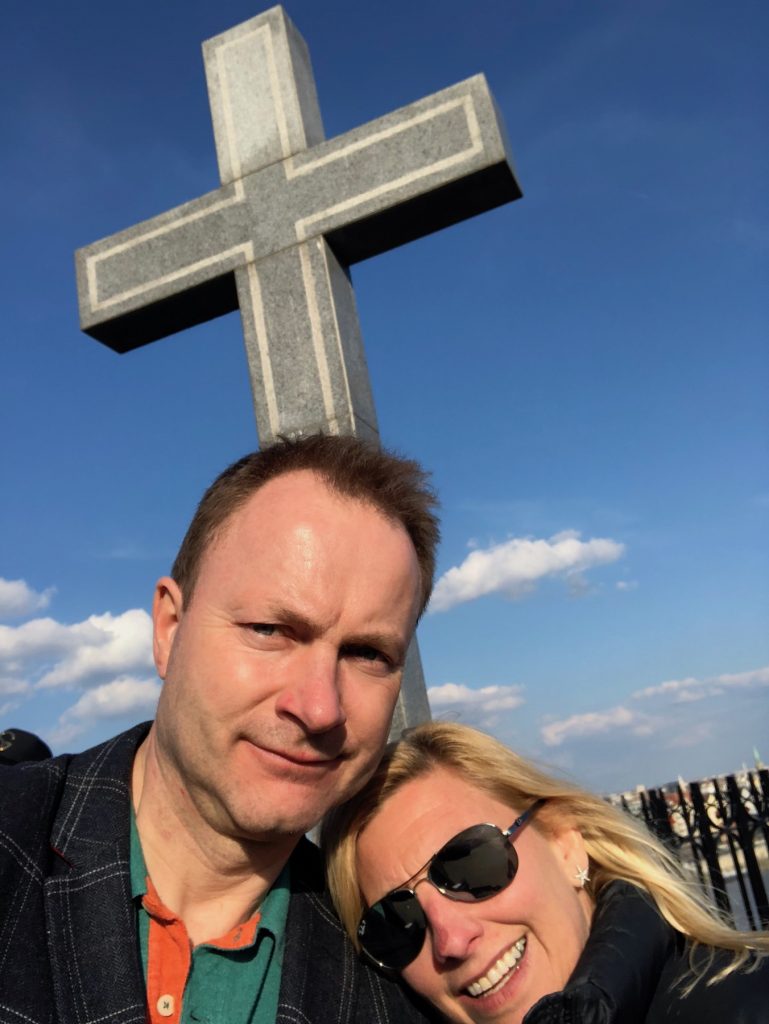
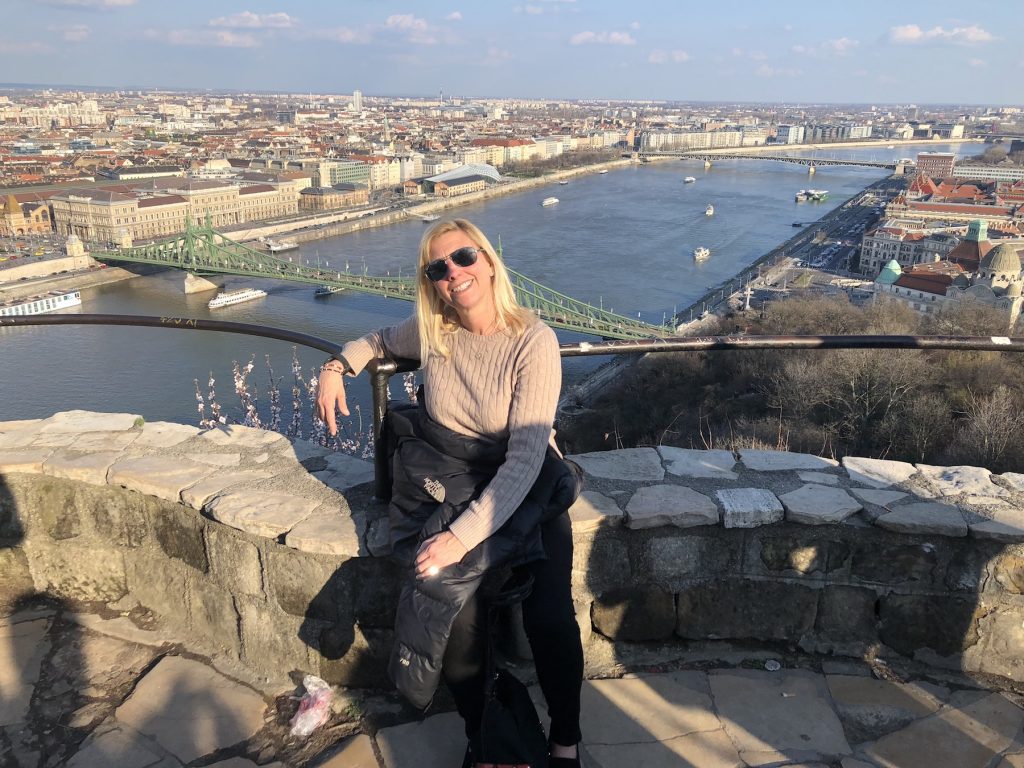
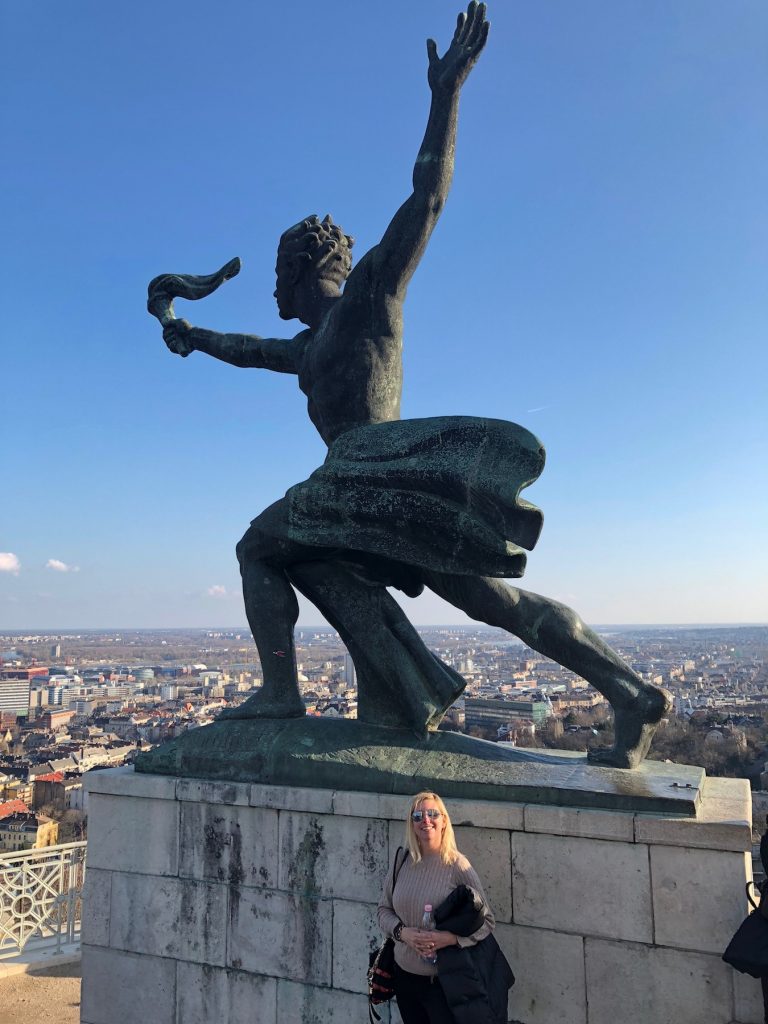
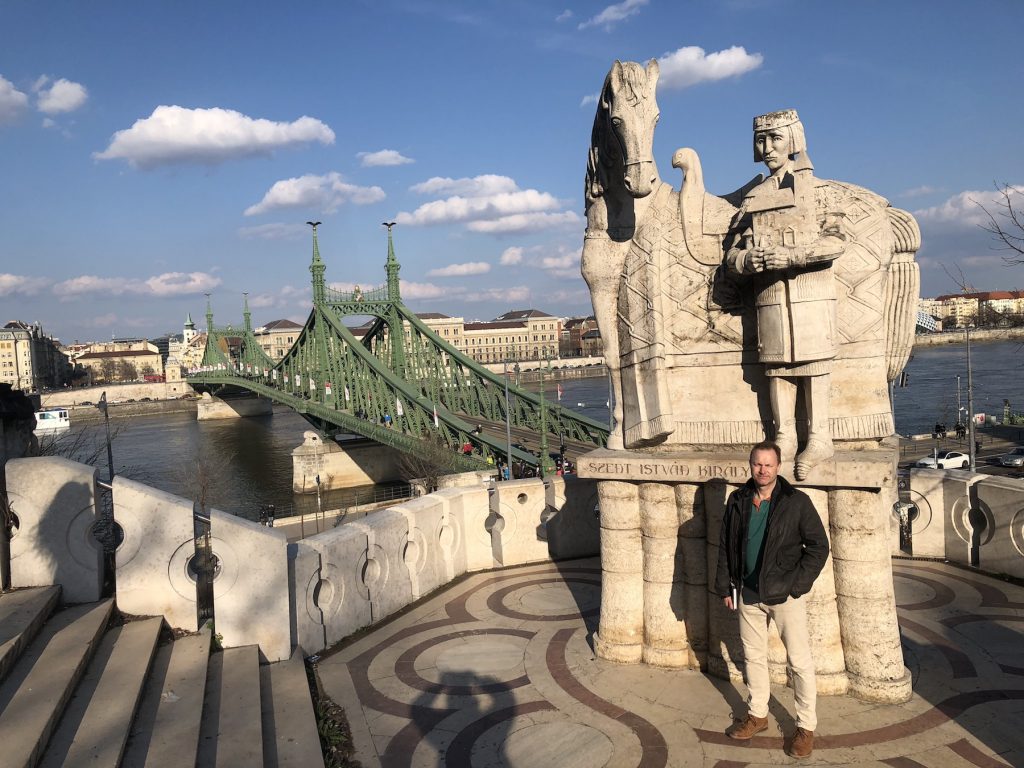
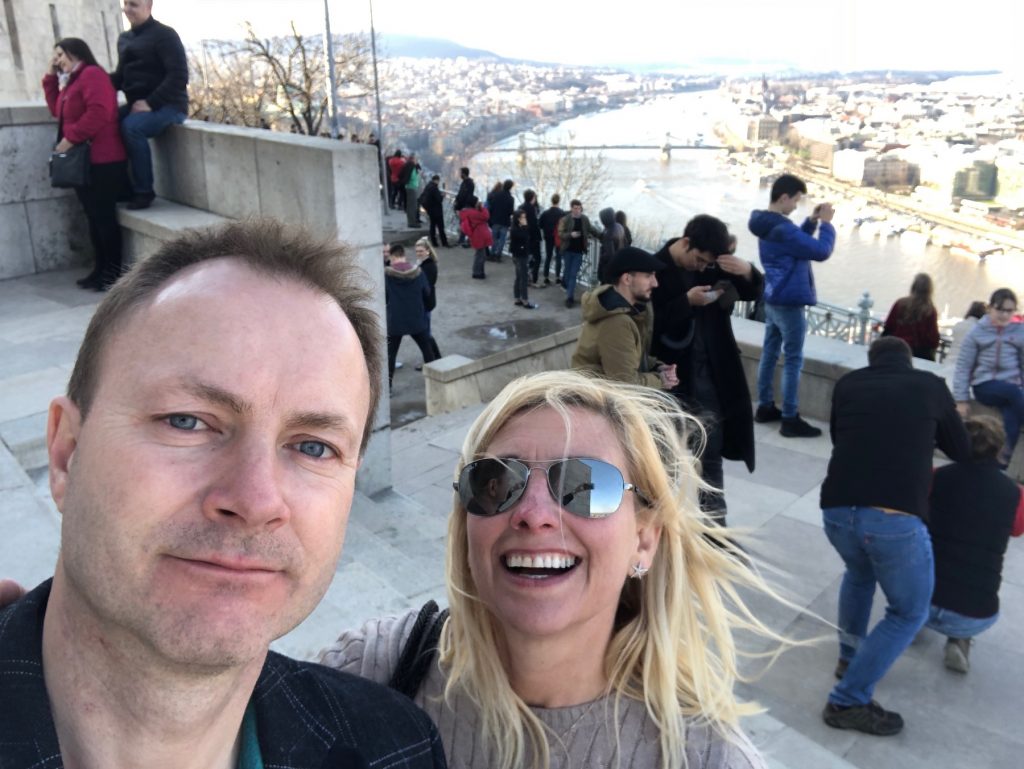
We then stopped by the Cave Church, a tiny church built into the Gellért cave system and the Citadel. Budapest Cave Church: Sziklatemplom ut. – a service was in full swing which was a privilige to witness.
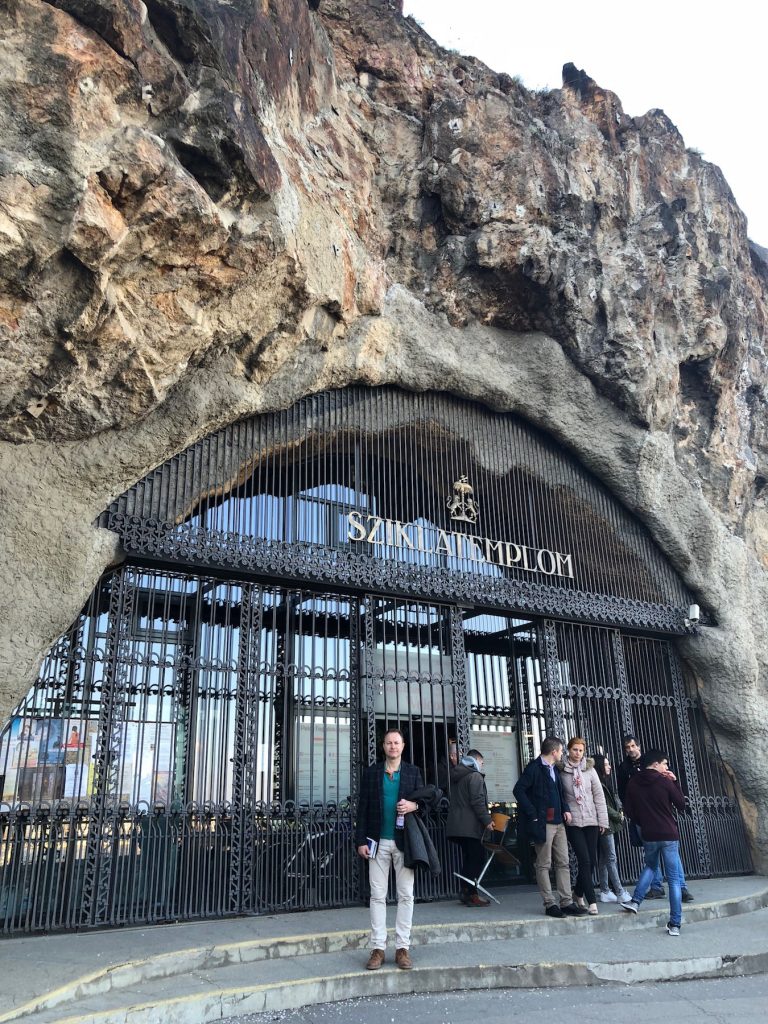
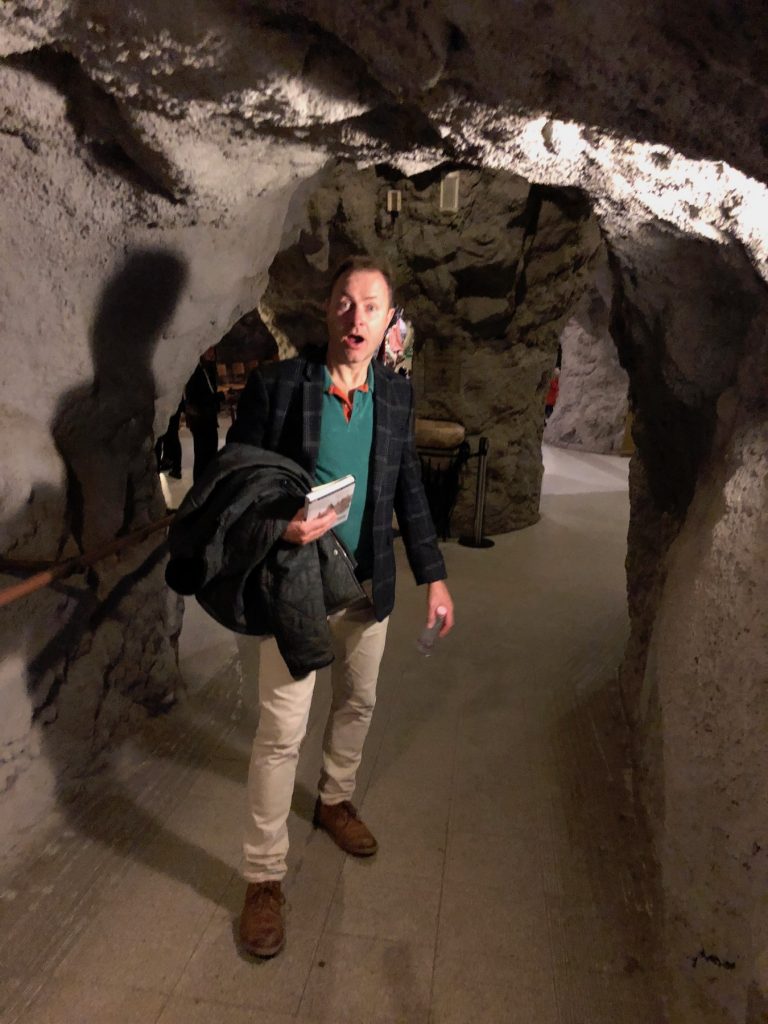
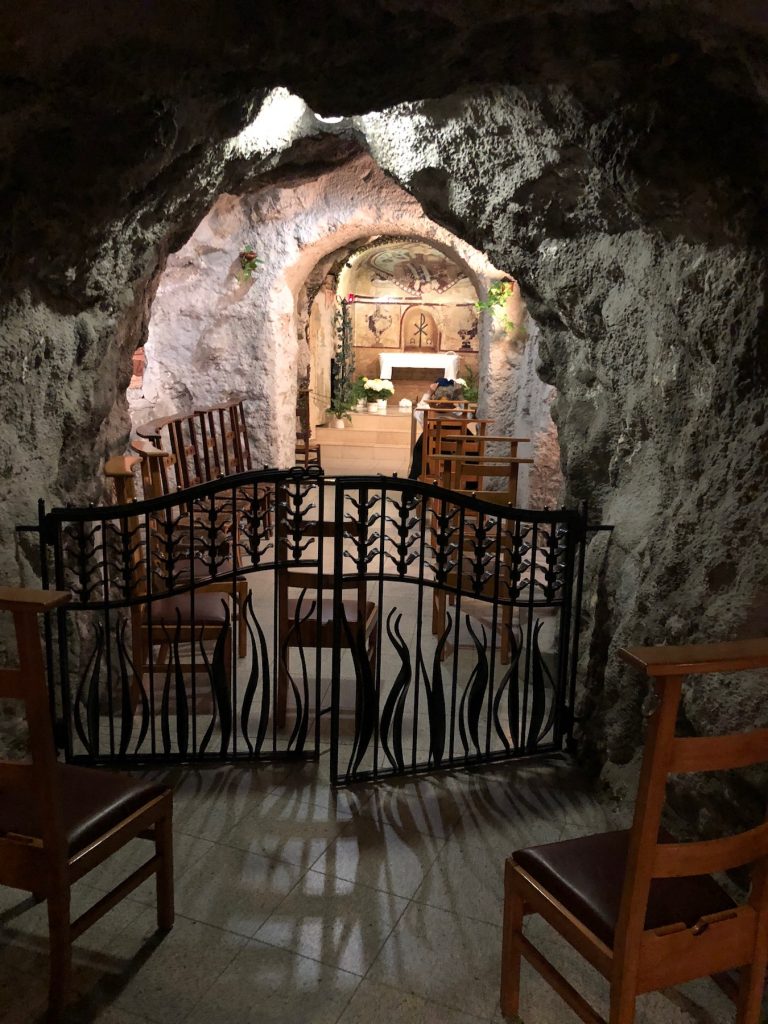
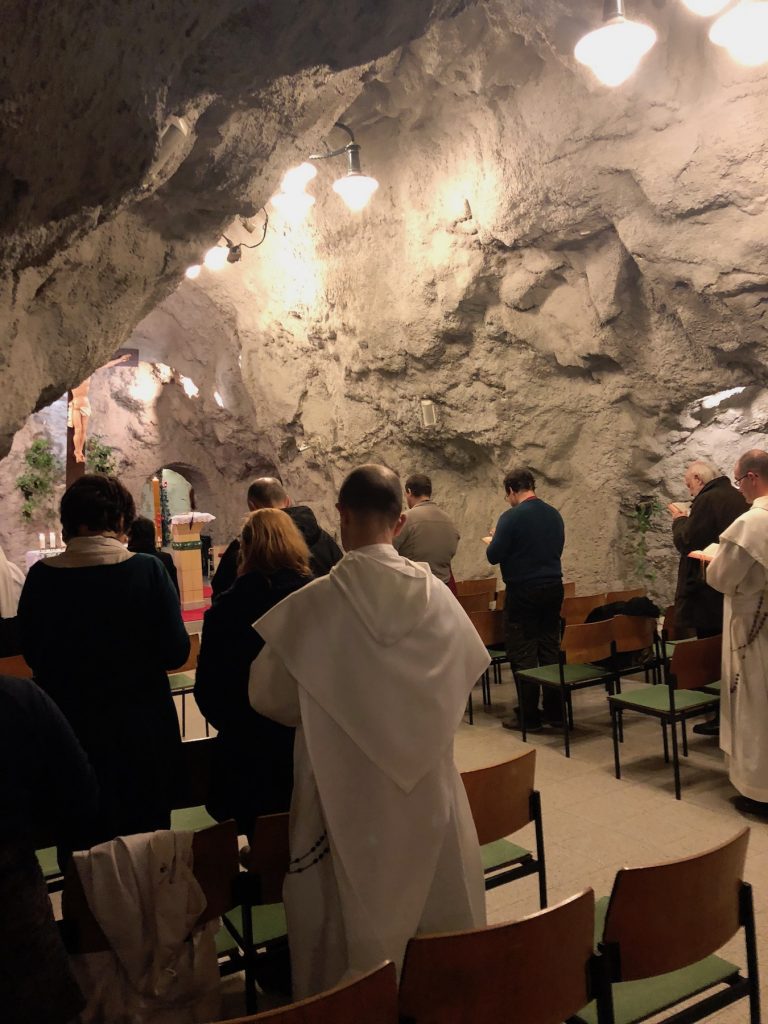
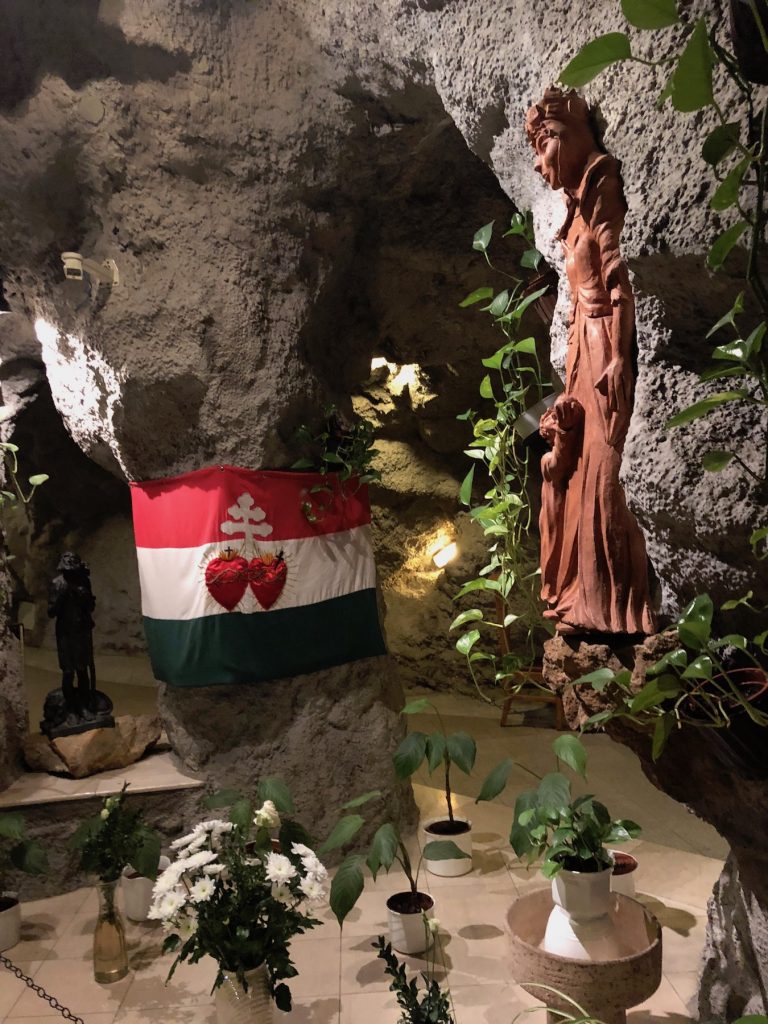
For our final evening in Budapest we had booked a wine tasting river cruise. Our expectations were low however, we actually had an excellent evening. Our table were great company and the views from the boat were spectacular. Food was fine, as was the wine and the live music kept us entertained – all in all a great success! A perfect end to a perfect long weekend filled with culture and great food and friendly people.
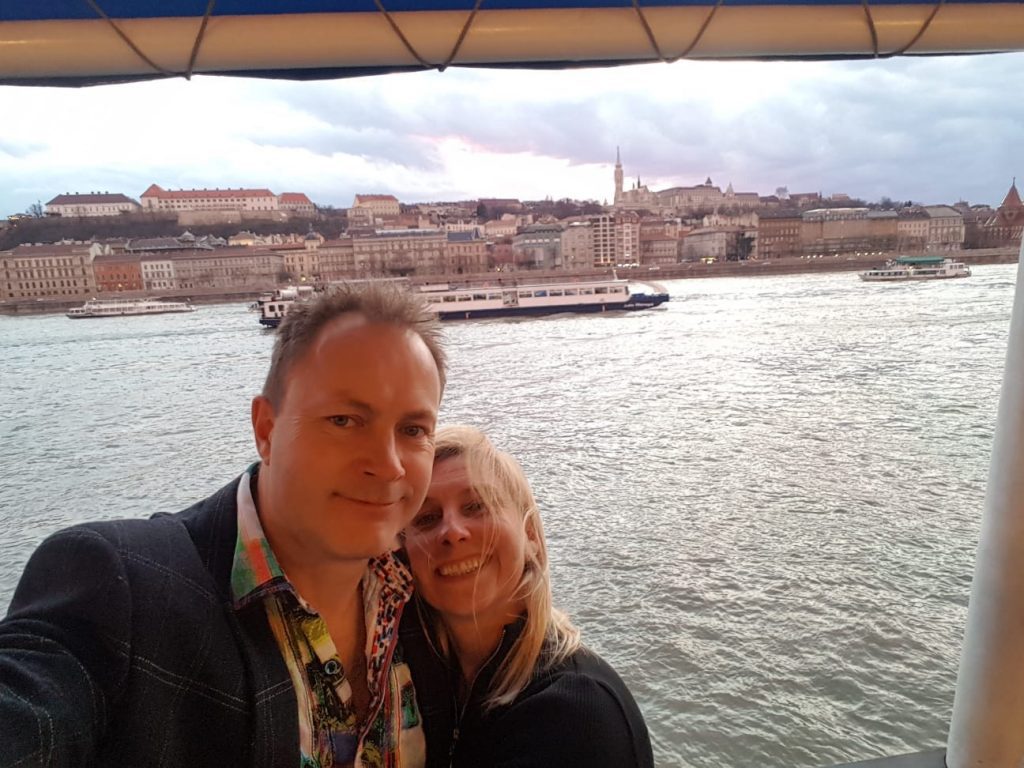
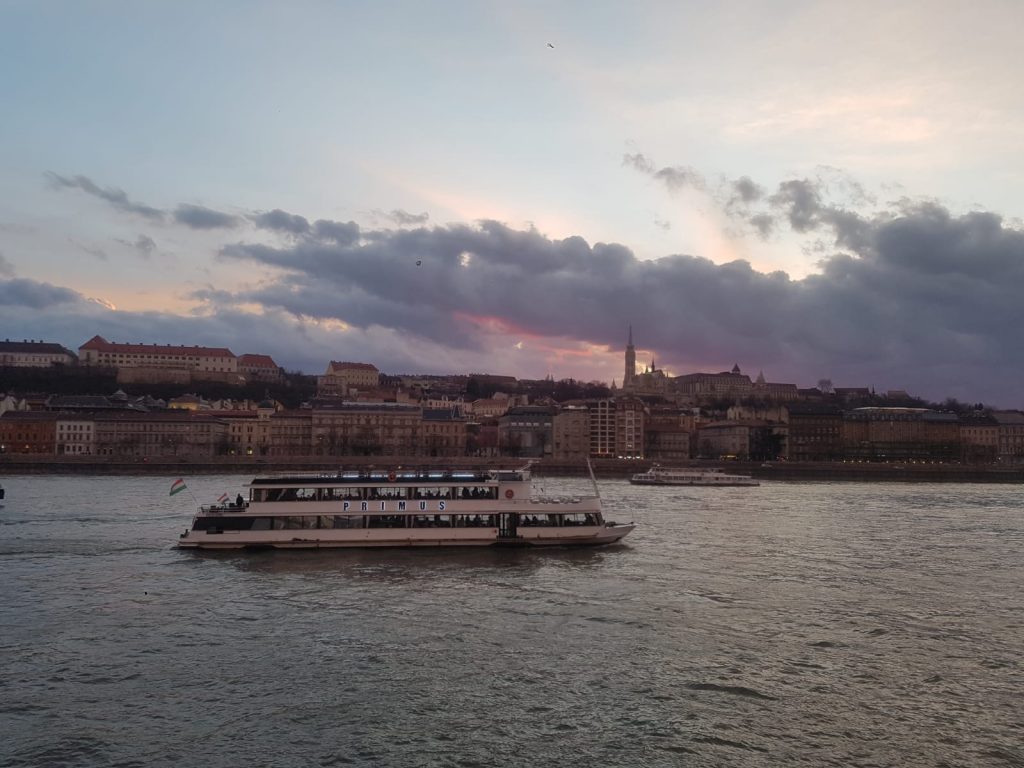
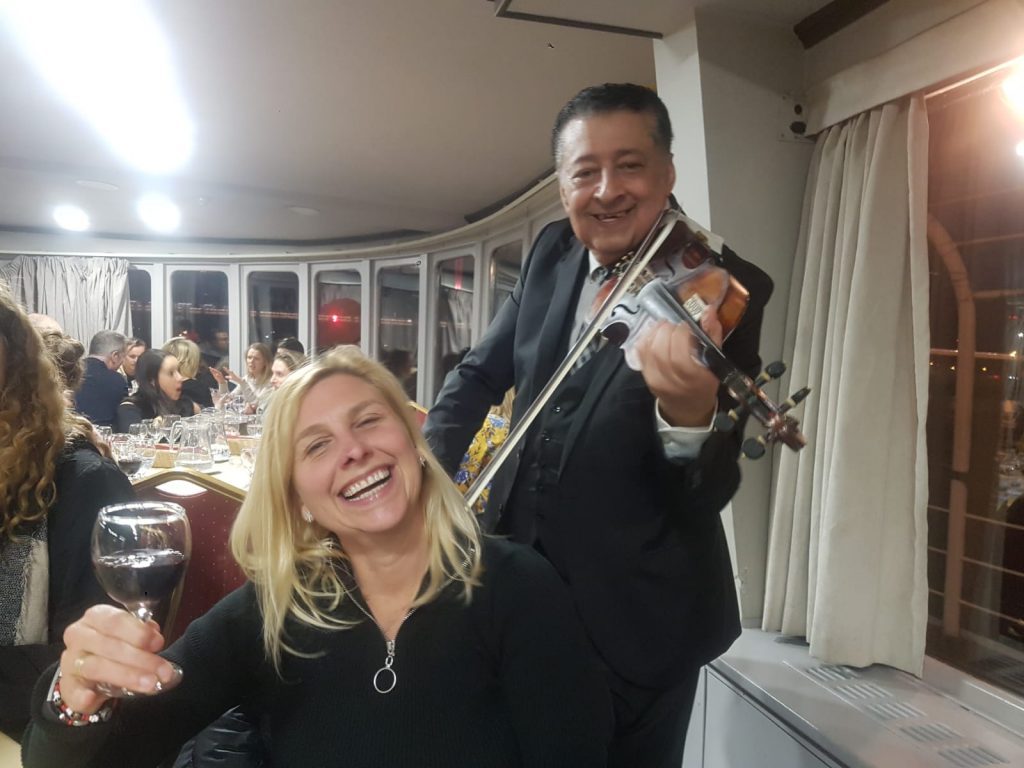
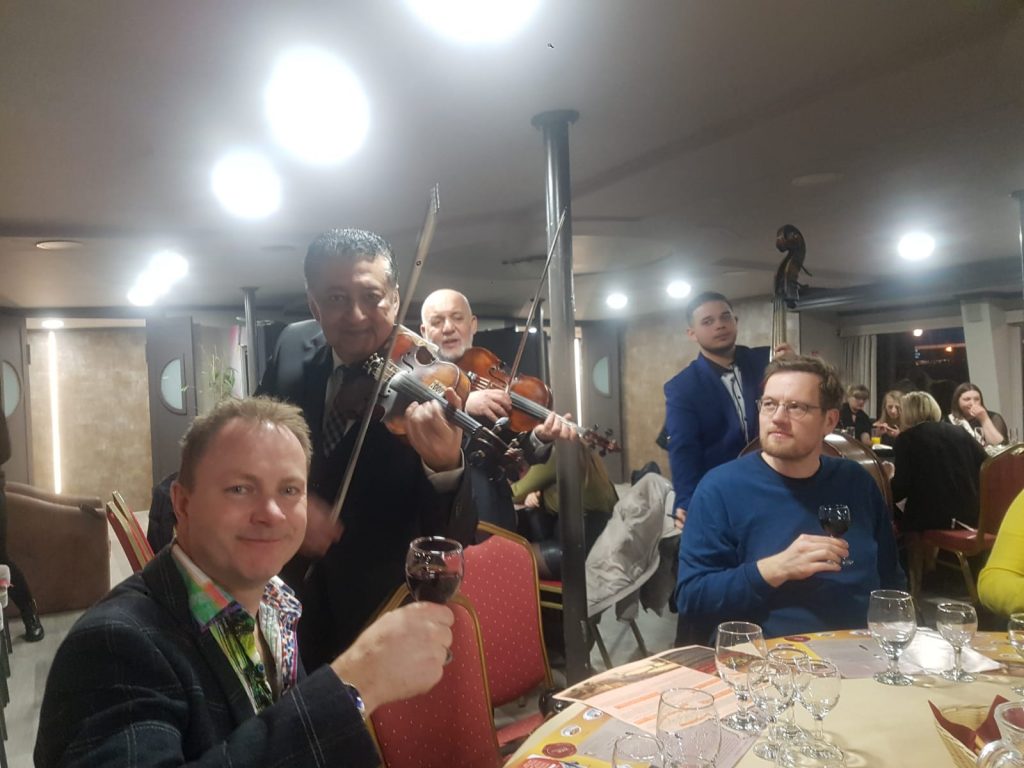
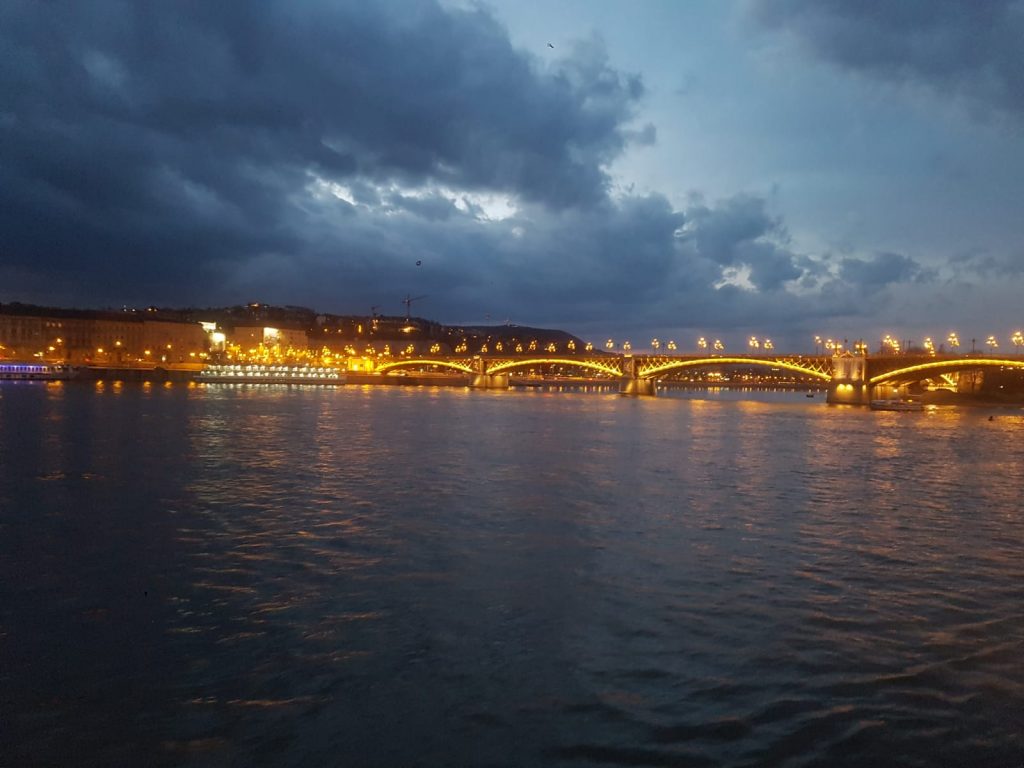
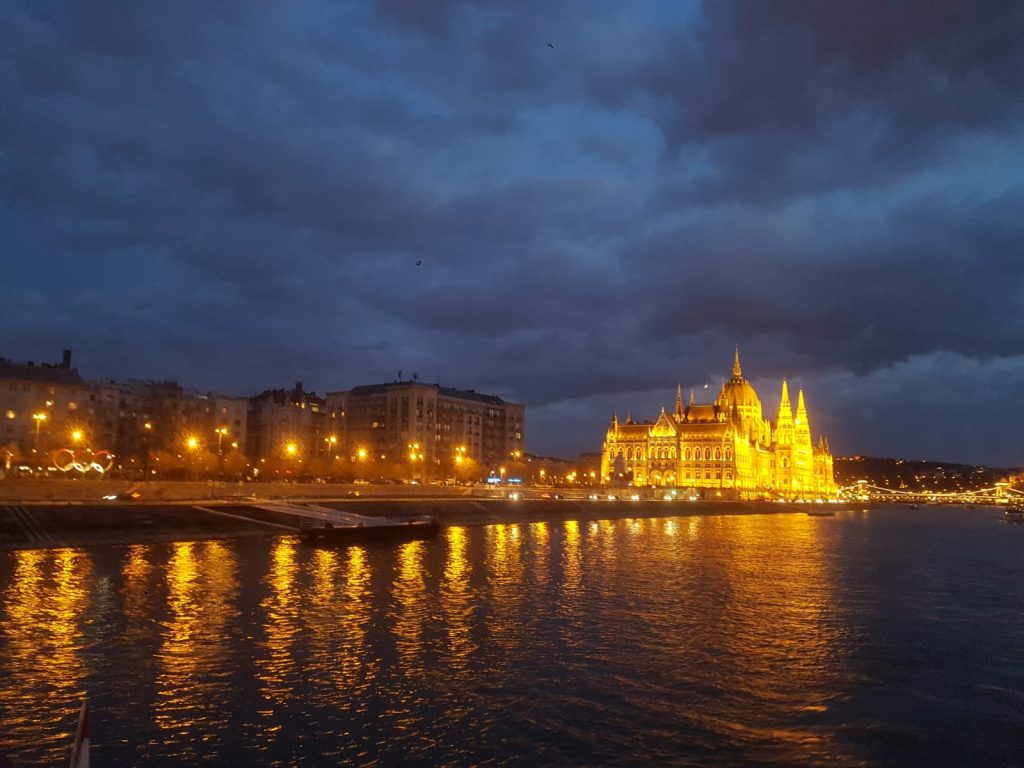
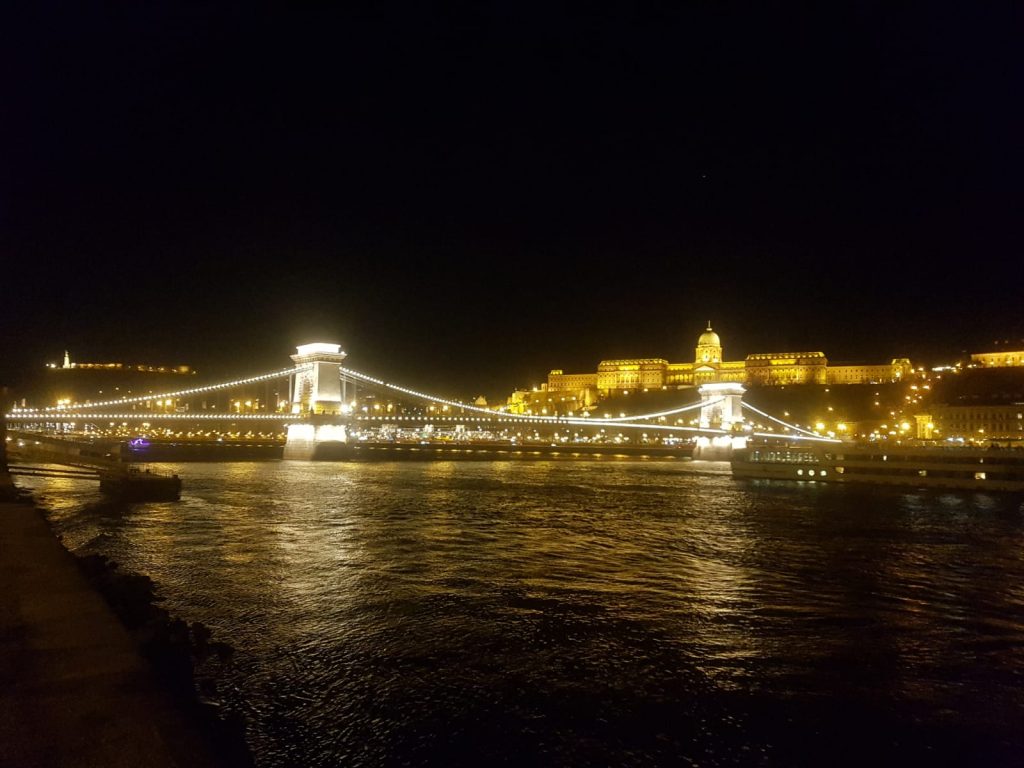
Go to: Hungary

